

30+ Portugal Travel Tips for First Timers & Must Knows Before You Go
Last Updated: July 20, 2023
*FYI - this post may contain affiliate links, which means we earn a commission at no extra cost to you if you purchase from them. Also, as an Amazon Associate I earn from qualifying purchases. Check out our Privacy Policy and Disclosure. for more info.
Take a single glance at Portugal and you’ll soon leap to the same conclusion as its millions of doting visitors: this is one of those destinations that seems to have it all.
From verdant valleys and golden beaches to fairytale castles and buzzy cities, visitors are swimming in choice as much as they are in sweet, custardy pastries.
But it’s not all custard tarts and photo opps. The truth is, Portugal often catches first time visitors off guard with random culture shocks, unexpected tourist traps and (sadly) even pickpockets and scams.
Luckily, I’ve learned all these the hard way (over 3 week-long trips) so you don’t have to.
So, from tactical tips for itinerary planning to assorted mistakes to avoid, here are my top Portugal travel tips and must knows for first time visitors. I hope you find them helpful!

Save this list of Portugal Travel Tips for later!
You’ll be very glad you did.
1. Go beyond the most famous Portuguese destinations
We’ll start with the basics: when planning your trip to Portugal, remember that there’s a lot to see beyond the coastal hotspots of Lisbon, Porto, and the Algarve.
Portugal is a (satisfyingly rectangular) country composed of 18 districts and two autonomous regions, with a myriad of places to visit beyond the most frequented, from its many historic cities up North (e.g. Braga, Guimares, Lamego) and inland (e.g. Coimbra, Evora, Elvas), to its spectacular nature in Peneda-Gerês National Park and on their many islands.
SO, all that to say, if time permits, definitely expand your itinerary beyond the most famous sights, because this will allow you to experience a bit more of the country, while dodging some of the popular areas’ notorious crowds at the same time.

2. Public transport is fine for city to city travel, but you’ll need a car for more remote areas
I’ve never rented a car in Portugal, and have found the public transport system to be simple and easy for getting from city to city.
But, truthfully, the most flexible way to get around and potentially explore off the beaten path is renting a car. Doing so will give you the best opportunities to control your own schedule, and find more remote areas like quieter nature spots or beaches (especially in the Algarve).
I did find the lack of car to be quite limiting when we wanted to get out to less popular areas, so if exploring more offbeat spots is a priority to you, then a car rental is something to consider.
This Portugal tip comes with a big disclaimer however: beware that driving in Portugal involves many tolls and a lot of close encounters with the country’s most notorious danger….. Portuguese drivers.
For a potential ‘in-between’ option then, I’d suggest looking into taxis/hiring a driver. I’ve found these services to be quite affordable in Portugal, with Uber being an especially easy option.

3. Consider flying in/out of different airports
In terms of arriving in Portugal, there are 3 international airports: Lisbon (LIS), Faro (FAO) and Porto (OPO).
And after personal experience at each of these airports, I have the following planning tip to offer: if you are visiting multiple destinations, consider booking flights into one city and then out of another (provided the price difference isn’t eye-gougingly painful).
This is because Portugal is small, but many of its most popular destinations aren’t that close together, so getting around does still take time, hence why you’d ideally want to avoid having to double back.
In the past, I’ve flown into Porto for instance and then spent 10 days going from there down to Lisbon, then down to Lagos in the Algarve and then departing via Faro Airport.
This made for a much smoother journey than going all the way back up to Porto, which meant more time spent soaking in views like these:

4. On a budget? Look into Europe’s low cost airlines
If you’re travelling Europe on a budget, then here’s a big Portugal travel tip: Portuguese airports are very well serviced by budget airlines like RyanAir and easyjet .
SO, if you’re planning a big Europe trip involving other countries, it may be worth looking into whether you can find cheaper flights into other European destinations, then flying into Portugal through a budget airline. This could potentially save you hundreds of euros!
You might want to check out my cheap flights to Europe guide for more.

5. Use the TAP Portugal Stopover to Save Money
Another potential money saver is looking into a TAP Portugal Stopover.
TAP Portugal is an airline that offers a really great deal where you can organize a free stopover in either Lisbon or Porto for up to ten nights en route to another destination.
So, if you plan properly, you can essentially get two destinations for the price of one!
NOTE: While this tip could potentially save you money, beware that TAP Portugal doesn’t have the best reputation, and is notorious for delays/other issues. One of my friends living in Portugal even told me that people say TAP stands for ‘Take Another Plane’ so be sure to keep these potential drawbacks in mind before booking.

6. Avoid visiting Portugal in July and August
Now as for when to visit Portugal, a good rule of thumb is to avoid July and August. I say this in my general Europe tips post for pretty much every destination.
This is when the crowds and heat are at their worst, with hyper inflated prices to match.
The same applies for major school holidays like Easter because Portugal is a very popular family vacation spot among Europeans.
Instead, aim to visit between May – June or September – October. I’ve been to Portugal before in both March and April and found it to be quite rainy both times, so shoulder season would be more ideal for dodging both crowds and biblical downpours.
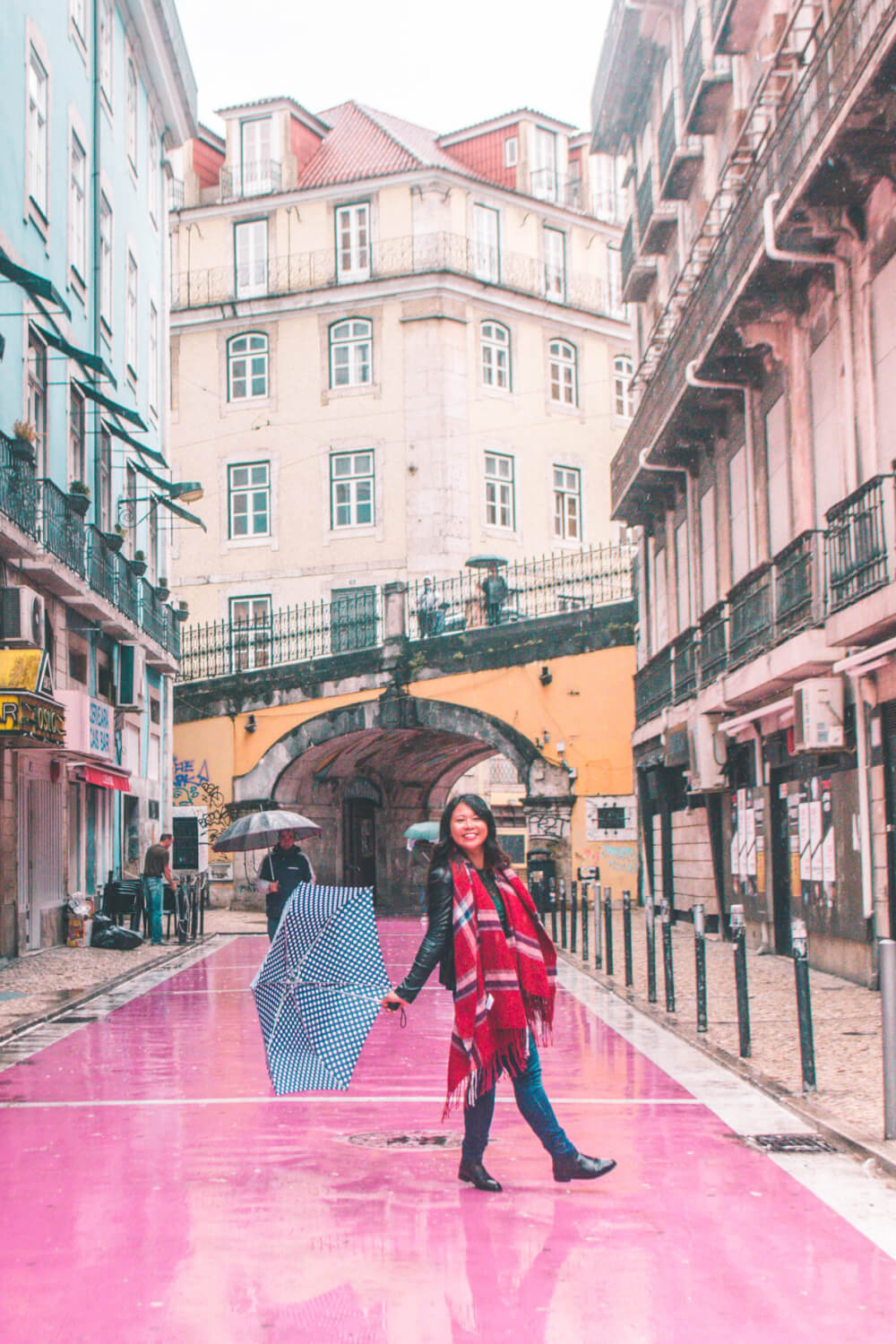
7. Beware that there will still be crowds in shoulder season
On that note though, I don’t want you to underestimate how crowded it can get in Portugal, even in shoulder season.
Portugal may still be seen as an up and coming destination among North American travellers, but it has been a go-to vacation spot among Europeans for YEARS and years and years…
So don’t be surprised when there’s a lot of people around. Even in March. or April. Sadly, there’s no true ‘off-season’ in Portugal these days!
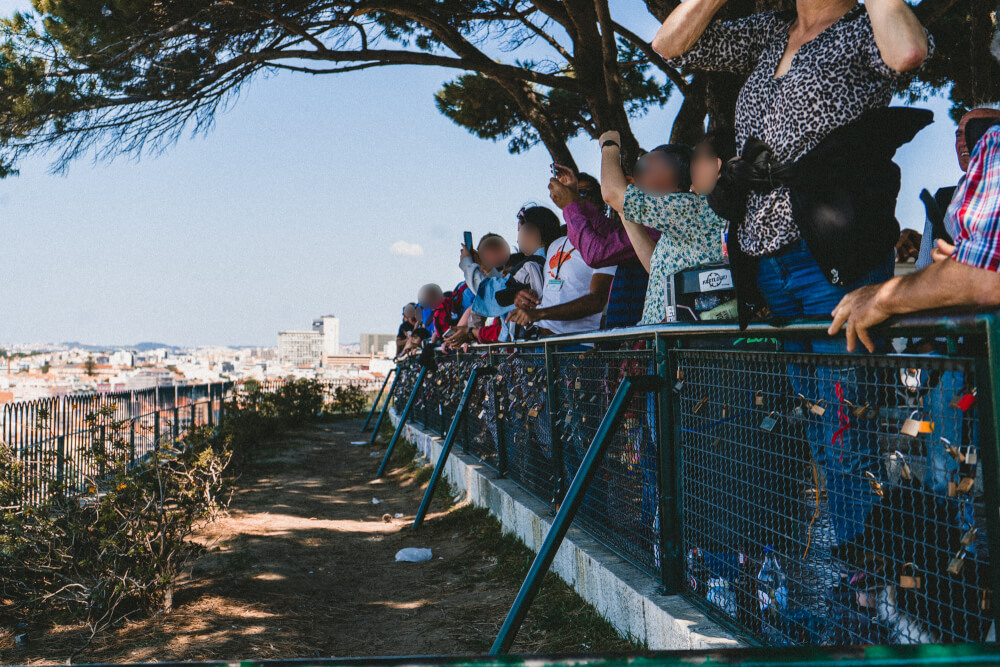
8. Book popular day trip destinations as overnight stays instead
Of course, in spite of the country’s frightening popularity, there are still ways to avoid crowds and outsmart your fellow tourists.
One of my top Portugal travel tips for this is booking popular day trip destinations as an overnight stay instead.
This will allow you to wake up really early to see the busiest sites before the day trip crowds arrive, and then enjoy them properly after they leave.
I did this for instance in Sintra, opting to stay for two nights instead of going as a day trip from Lisbon as most visitors do. The result? I was able to enjoy many of Sintra’s palaces without feeling like I was in a selfie stick mosh pit.
… So, I’d highly recommend doing popular day trips as overnight stays instead. Book early enough and sometimes accommodation in these areas is cheaper than in big cities!

9. Learn some Portuguese basics & have Google Translate handy
For first time visitors to Portugal, an immediate culture shock is often that English is not as widely spoken here as other tourist areas in Europe, especially among older residents.
And while getting with English is usually fine in larger cities, once you venture out into smaller towns, speaking no Portuguese can be a challenge… so I’d advise having Google Translate (one of my must-have Europe apps ) ready to go.
BUT more importantly: at the very least, you should learn how to say hello and thank you. So, memorize these! Tattoo them on your wrists:
- Hello is Olá, but it’s more common to greet according to the time of day so Bom Dia (Bong Dia) for good morning, Boa Tarde (Boa Tarht) for good afternoon and Boa Noite (Boa Noit) for good night
- Thank you in Portuguese is gendered, and the way you say it depends on if YOU are a man or woman. So men say Obrigado, women say Obrigada

10. Note that there’s differences between European and Brazilian Portuguese
Now, if you decide to go all-out and learn some Portuguese for your trip, it’s probably a good idea to make sure you’re learning European Portuguese pronunciation, as opposed to Brazilian Portuguese.
Like with most languages, Portuguese has various accents/dialects/variations, but I’ve heard the difference between European vs. Brazilian Portuguese can actually be quite stark, so to maximize your chances of being understood, try to make sure you’re learning European Portuguese.
One channel I came across that was great for this was Practice Portuguese, so give them a watch.
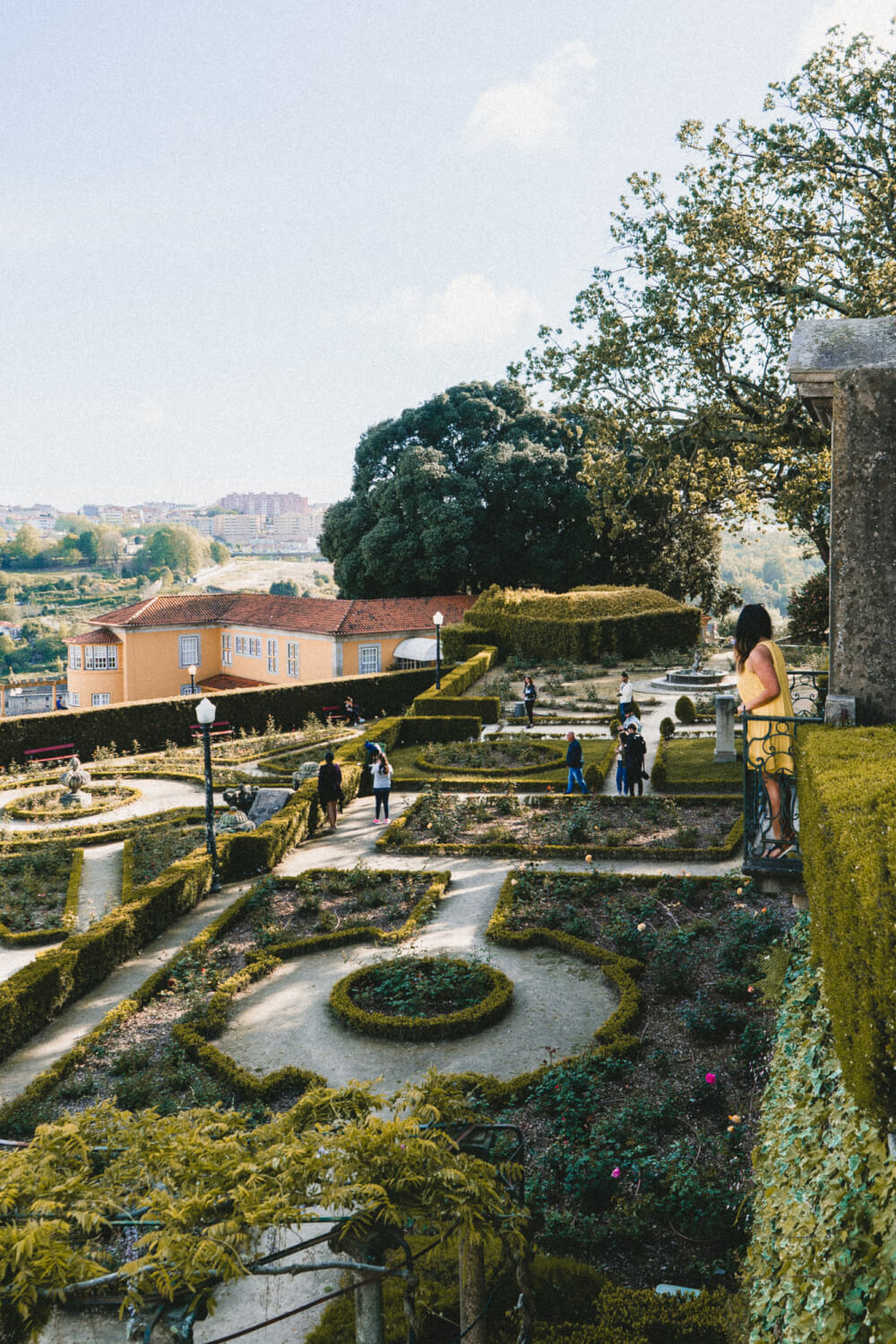
11. And… remember that Portuguese and Spanish aren’t the same
It feels silly that I have to say this, but I’ve anecdotally heard of many visitors busting out Spanish in Portugal, expecting to be understood.
Therefore let me clarify this most obvious Portugal travel tip: remember, in Portugal, they speak Portuguese, which may share some similarities with Spanish, but is an entirely different language of its own.
So keep in mind that while you may be somewhat understood, it’d be pretty rude to just randomly speak Spanish at people. So… let’s all just make a pact right now to not do that.

12. Learn to pronounce destination names in Portuguese
Apart from learning the basics in Portuguese, another important Portugal language tip is to learn how to properly pronounce your destinations in Portuguese.
This will save your life when it comes to asking for directions, because many places are pronounced differently to how they may be pronounced phonetically in English.
I found this video to be super helpful for this purpose.
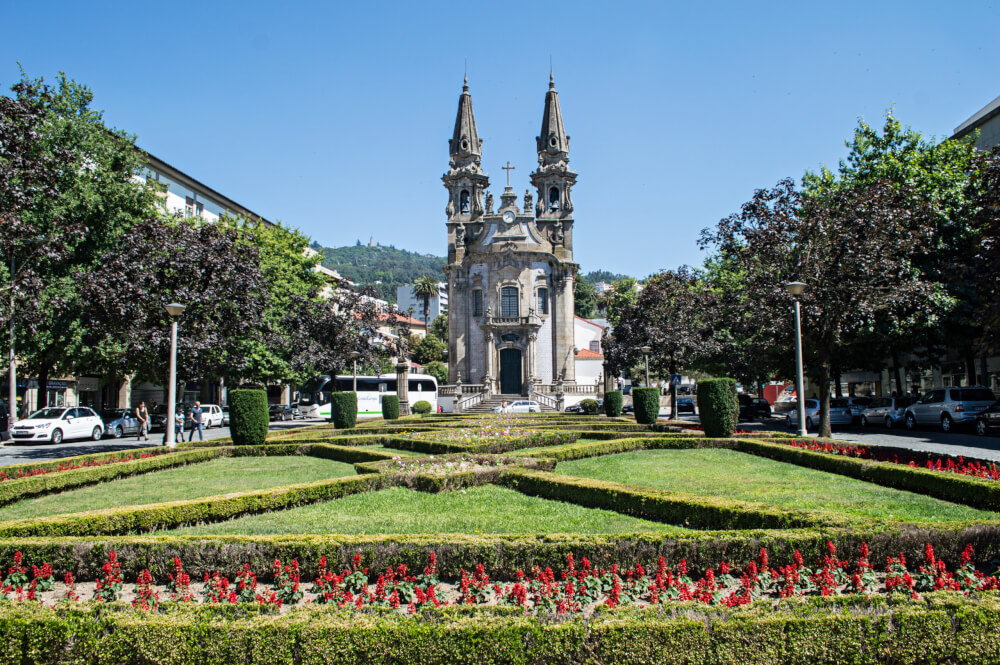
13. Beware of ‘Portuguese Time’
Another cultural difference is to beware of Portuguese time.
Unlike in some central European countries like Germany , Austria or Switzerland, punctuality isn’t really a huge priority in Portugal, and things tend to be more laidback in terms of time.
As a tourist, this probably won’t impact you that much unless you’re making plans with Portuguese friends, but just know that time is definitely a bit more flexible there, and so if you have tours that start a bit later than planned, just don’t be too surprised.
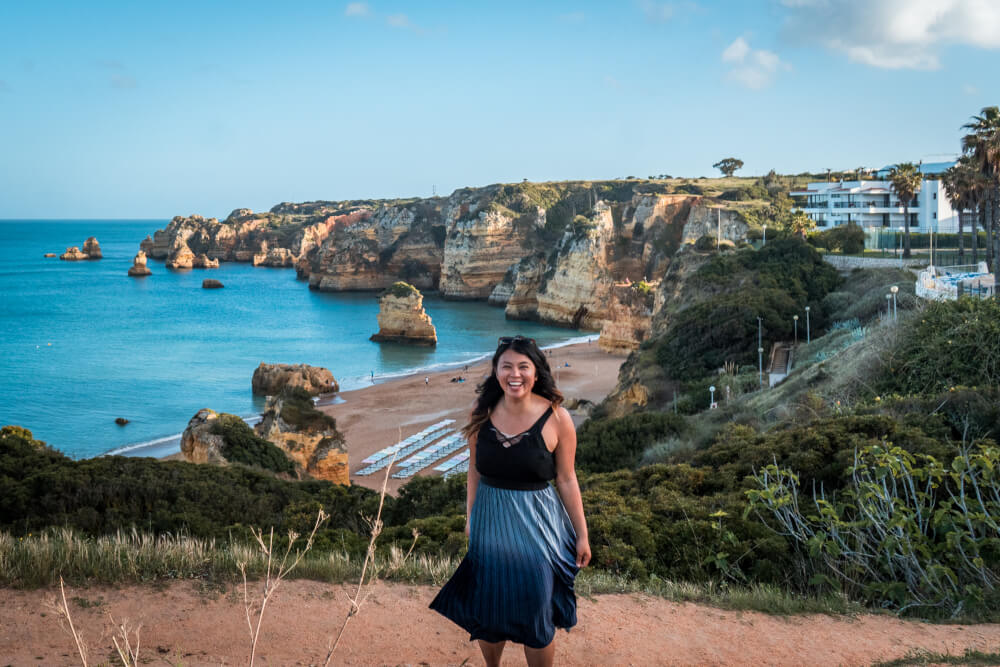
14. Be prepared to walk uphill a LOT
Now onto another Portugal travel tip that pretty photos fail to convey: prepare yourself for the leg workout of your LIFE.
Portugal is overall an incredibly hilly country, so you’ll be encountering plenty of ups and downs during your visit, especially if you visit Lisbon and Porto.
The cobblestones are also very slippery, especially when it rains so make sure you have good, solid footwear. Don’t say I didn’t warn you.
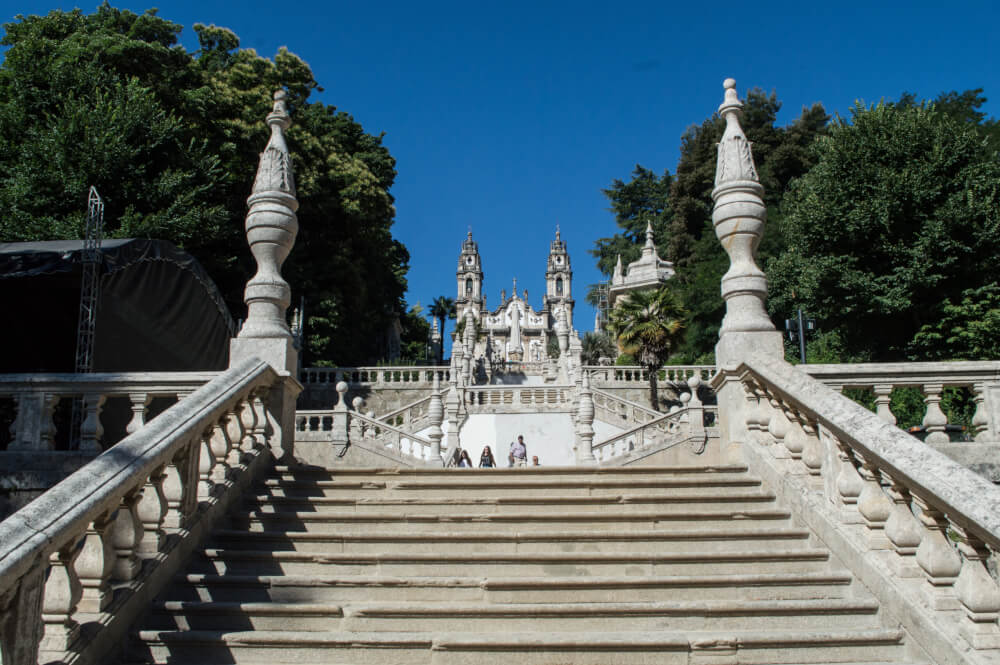
15. Consider attraction passes/cards to save money
If you plan to visit a lot of museums and paid attractions while you’re visiting Portugal, you should also look into attraction passes like the Lisbon Card and the Porto Card which offer you unlimited public transport and also admission to multiple attractions for one set price.
This can work out to a lot of savings, although to be honest, I’ve found many of the best things to do in these cities are free!
Especially if you’re not super into museums, this option may not be worth it, so just crunch the numbers and total up the price for your must-see attractions to see if the pass works out to be cheaper.
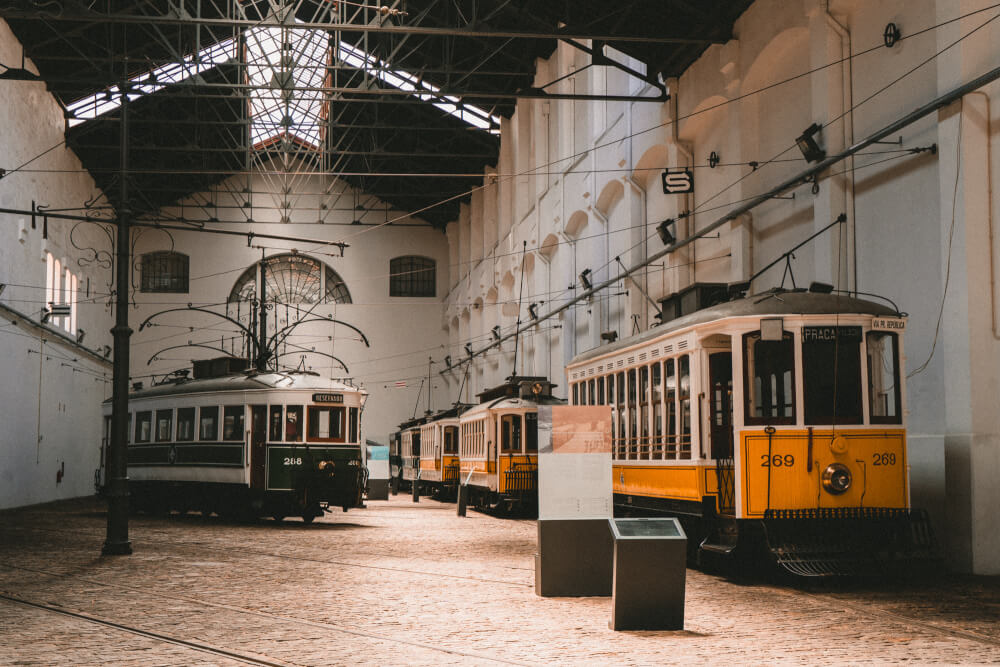
16. Beware of tourist traps
Okay, now it’s time for me to get a little controversial. I love Portugal as a destination, but I have to concede there are a lot of tourist traps (many of which are perpetuated by online guides/influencers) so I’m going to quickly share my opinion on some to be mindful of in the country’s most popular destinations:
Here are some tourist traps in Lisbon to keep in mind:
‘The Pink Street’: In real life, it’s just a street with restaurants and bars, and the pink isn’t nearly as perfect or vibrant as the photos make it look. It’s also usually crowded in the evenings… so don’t get your hopes up too much!
Tram 28: Super congested, super busy, lots of pickpockets, and you can enjoy the views much better if you just walk along the same route.
The Santa Justa Lift: Nice to look at, with great view from the top, but the lines are insanely long and you can easily walk up to the viewpoint for free and not have to wait in line. The best part of this attraction is really just seeing it and enjoying the view, so don’t think it’s a must do to actually ride it.
Here are some tourist traps in Porto to keep in mind:
Libreria Lello: Initially got famous because it was claimed that JK Rowling wrote Harry Potter there or was inspired by it (a claim she has now publicly denied). It is of course still a very pretty bookshop but unless you get there first thing in the morning or just before they close, it will not be magical at all because it is painfully crowded and almost impossible to get these nice photos without people in them because the shop is small. There’s also a 5 euro voucher you have to purchase to get inside, which gives you 5 euros off a purchase, but it’s not free to go in to take a look.
Private Property Viewpoints: Unfortunately, irresponsible Instagrammers have made a habit of taking photos from areas that are private property, so many of the most sought after views in the city aren’t actually open to the public. So, make sure you do your research before you set out!
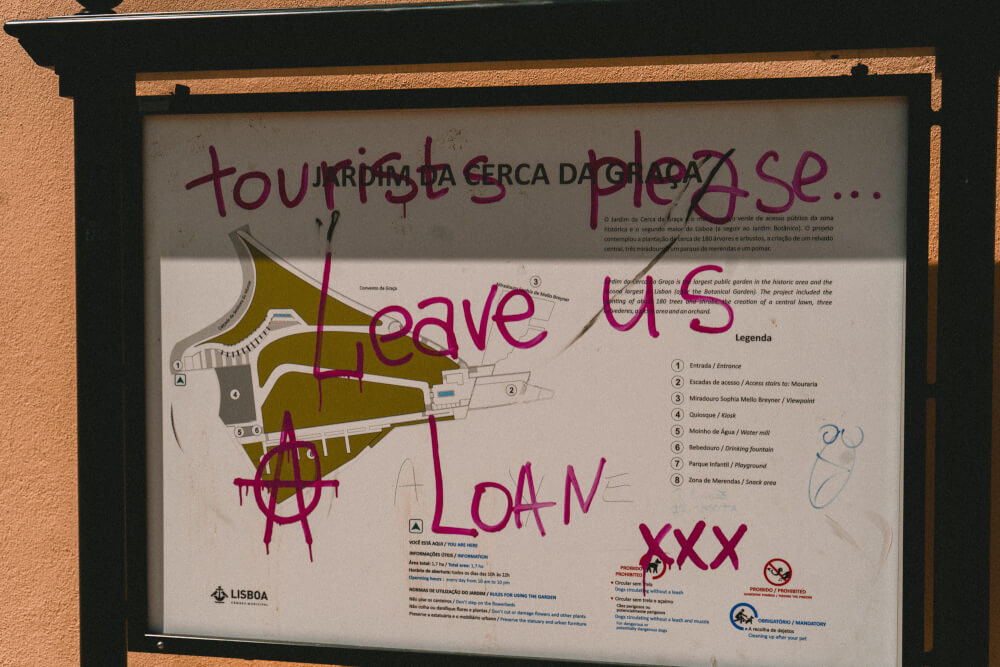
17. Look beyond social media to find unique hidden gems
So, on that note, it’s important to look beyond social media to find fun places to visit and cool activities in Portugal.
Most travel content about Portugal focuses on the same spots over and over, but the flip side of that is there are TONS of cool gems just everywhere that you can kind of discover along the way for yourself.
I would recommend doing research on Portuguese language blogs or check out local Portuguese bloggers to get an inside scoop on more offbeat places because there are so many, and I can’t wait to go back and see more for myself.
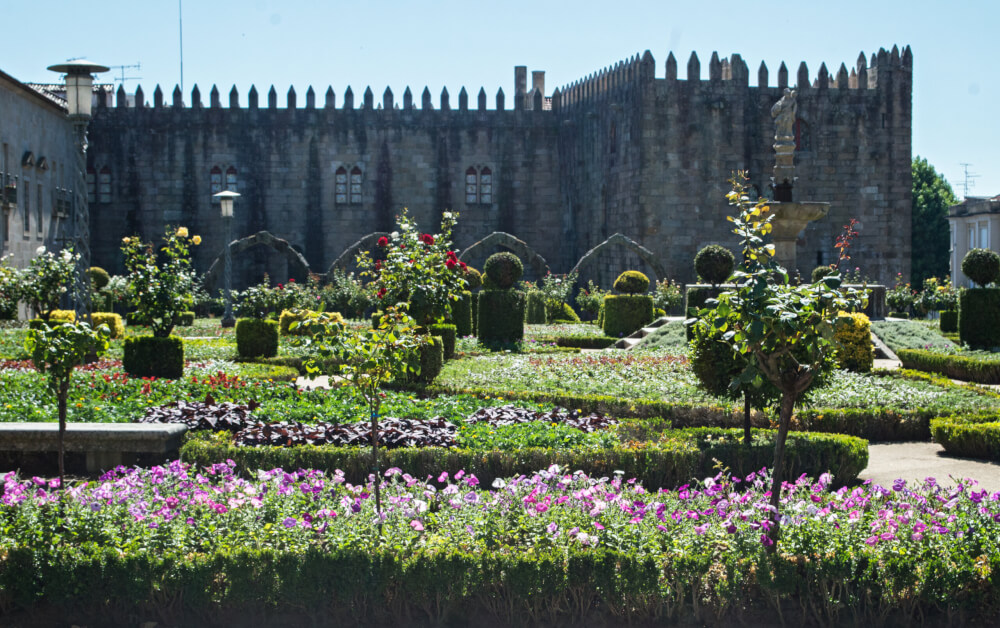
18. Seek out Miradouros everywhere you go
On that note, one really easy way to find beautiful places in Portugal is searching for Miradouros.
This is Portuguese for viewpoints and there are SO many of them especially in Lisbon.
So if you ever feel bored, just search Miradouro and go – guaranteed you’ll find a good view.
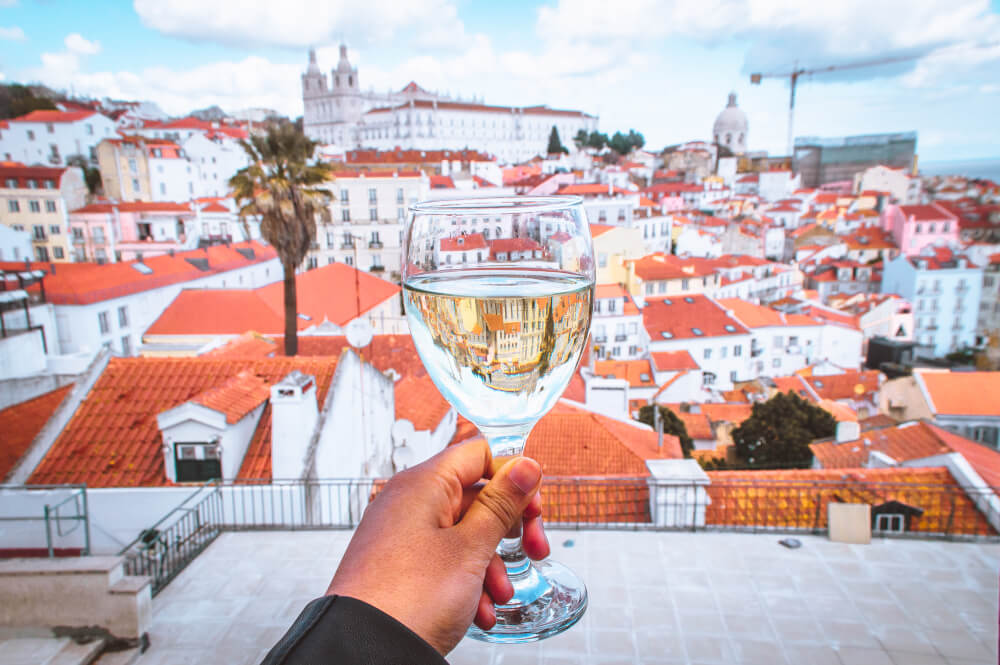
19. Beware that free museum days aren’t free for everyone
A lot of travel guides online have been perpetuating the Portugal travel tip that many museums are free on the first Sunday of each month in Portugal…
BUT it’s important to note that actually when you look at the fine print, many of these offers are only valid for residents of Portugal (e.g. here ) so keep that in mind and double check on official websites before you head out expecting your freebie.
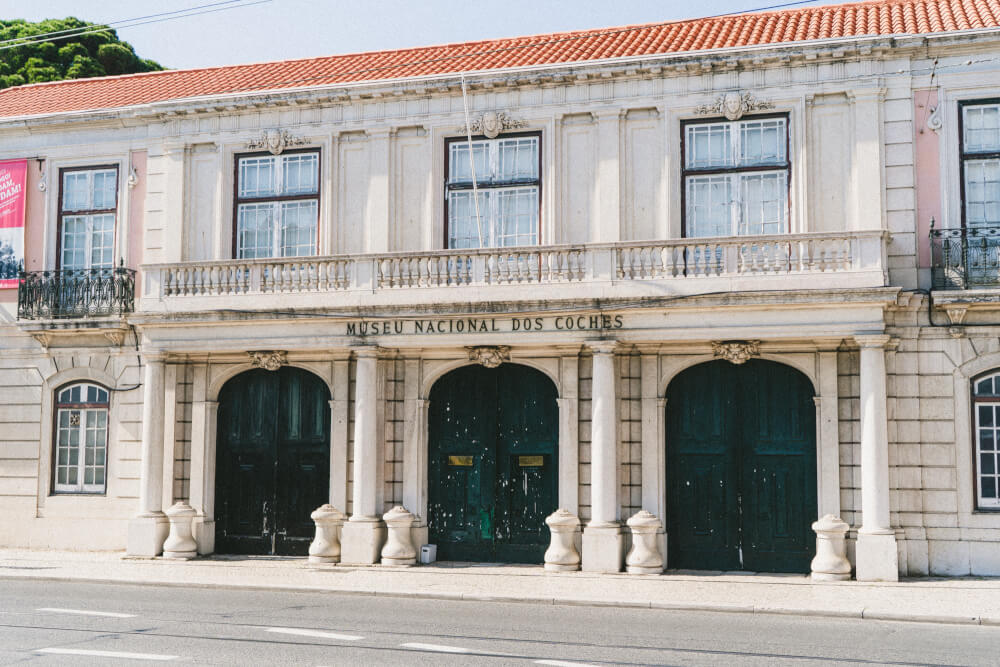
20. Make sure you try Vinho Verde
Moving onto Portugal tips for food and drink – AKA the most delicious and valuable section.
My first recommendation is to try Vinho Verde or green wine. I know it sounds weird, but the ‘green’ part of the wine has less to do with the wine’s colour, and more with its age.
In short, Vinho Verde is a young drinkable wine that’s not aged, and often a little fizzy, making it THE most delicious and refreshing accompaniment for a sunny terrace. I warn you though: this is some dangerously drinkable stuff, and you’ll be swallowing it by the gallon throughout your trip.

21. And avoid ordering Port wine with your meal
On the topic of wine, if you find yourself wanting to try the famous Portuguese Port wine, know that it’s a very sweet dessert wine that is usually enjoyed on its own after a meal (though sometimes before) and not one you sip during your meal.
… So avoid pairing your dinner with Port. That’s not the best way to enjoy it!

22. Research regional specialties before you go
Food-wise, Portuguese cuisine is super hearty and delicious, with many regional specialties depending on where you are in Portugal so be sure to Google the particular must-tries of your destination.
Of course, I can’t resist sharing a few quintessential recommendations.
First off, if you’re by the coast, fresh seafood is abundant and delicious, especially Bacalhau or Codfish which is available in literally hundreds of ways, including Pastéis de Bacalhau which are deep fried balls of potato and cod. So good!
In Porto, one very gluttonous must-try is the incomparable Francesinha – a thick sandwich stuffed with all kinds of meat and cheese then topped with more melted cheese, a dreamy sauce and often a fried egg.
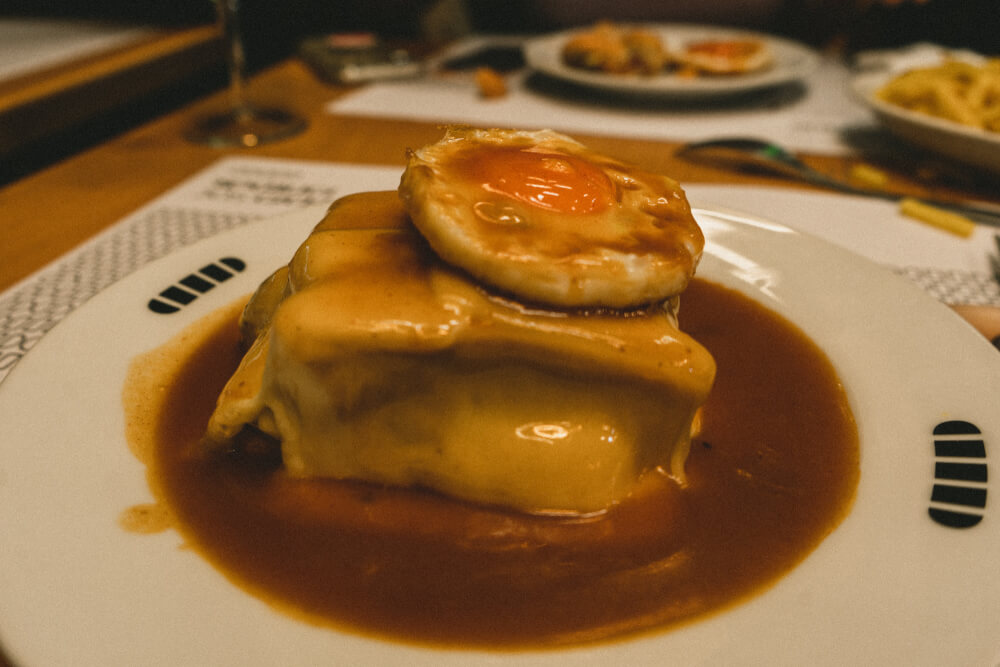
And, a specialty of Belem and Lisbon is the almighty Pastel de Nata. These are egg custard pastries that come in a crispy crust. They are absolutely incredible, and sure to be one of the highlights of your trip (and possibly life).

23. Consider ordering Petiscos to sample a variety of flavours
Not sure where to begin with Portugese cuisine? A great way to try a lot is by ordering Petiscos, which are small shareable bites similar to Tapas.
Of course, what is served as Petiscos can vary regionally as well, so be sure to do some research or ask for local recommendations, but overall, ordering a bunch can be a nice way to try a lot of different dishes and it can also be a more affordable alternative to getting full main dishes as well.
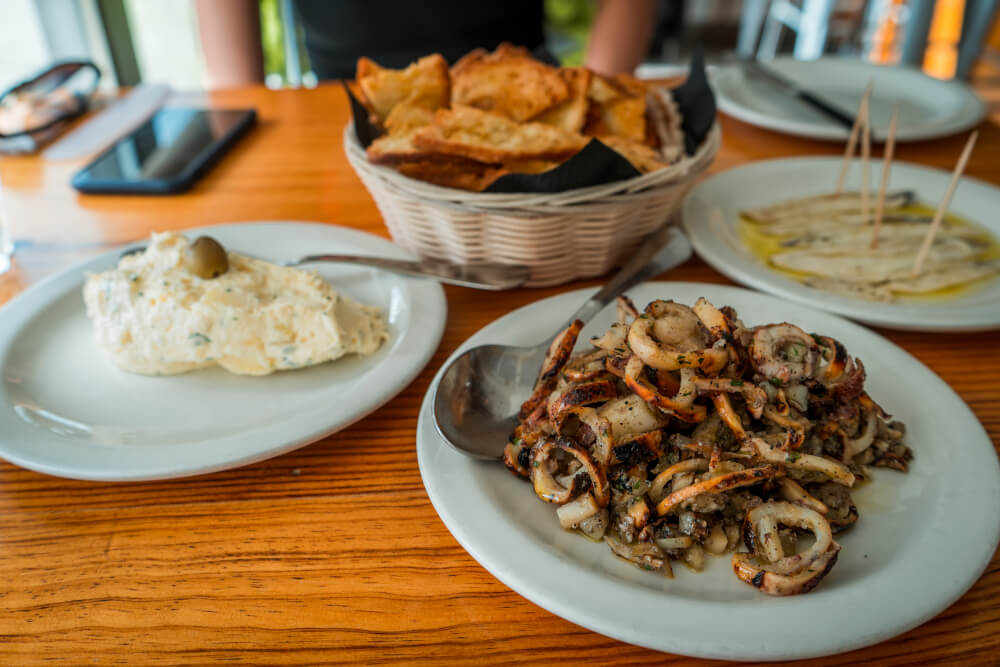
24. Prepare for late meal times
In terms of dining out, there are a few things you should know. First off – mealtimes in Portugal may be later than you’re used to.
It’s not uncommon for dinner time to be around 8 or 9pm or even later. Meals often last longer here too, taking several hours, so don’t feel any need to rush. Remember, Portuguese time is relaaaaaxed and fluid.
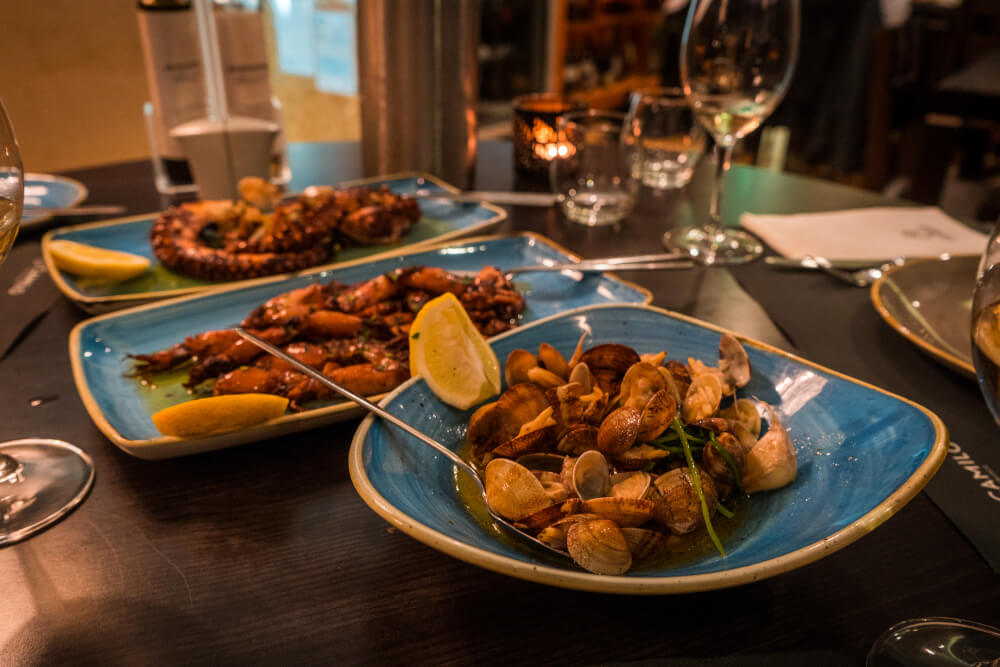
25. Do not expect continual service in restaurants
Another Portugal must-know is you should not expect continual service in restaurants here.
Often smaller local restaurants (or their kitchens) will be closed in the late afternoon to early evening, so from 2 or 3pm until 7pm, during which they only have some snack items or might not be open at all.
In larger cities, you’ll probably still find some places open but often these will be the ones that cater more to tourists.
So, keep these timings in mind so you can manage your hanger accordingly.

26. Learn how to spot tourist trap restaurants in Portugal
Speaking of restaurants that cater to tourists, there are a few easy ways to spot touristy restaurants in Portugal.
The first is if they’re in a particularly touristy area near a big attraction, you can probably expect prices to at least be a bit higher, and the value for money to be worse. A huge red flag is any place where there’s a host actively trying to get you to eat at their restaurant, as well as places with huge pictures or where the menu is a bunch of languages.
Often you can escape these by just walking a few blocks away from the main sights so be sure to look around a bit before committing.
Or if you want to enjoy the atmosphere because sometimes these touristy restaurants do have some great views and locations, just pop in for a drink, rather than a full meal.
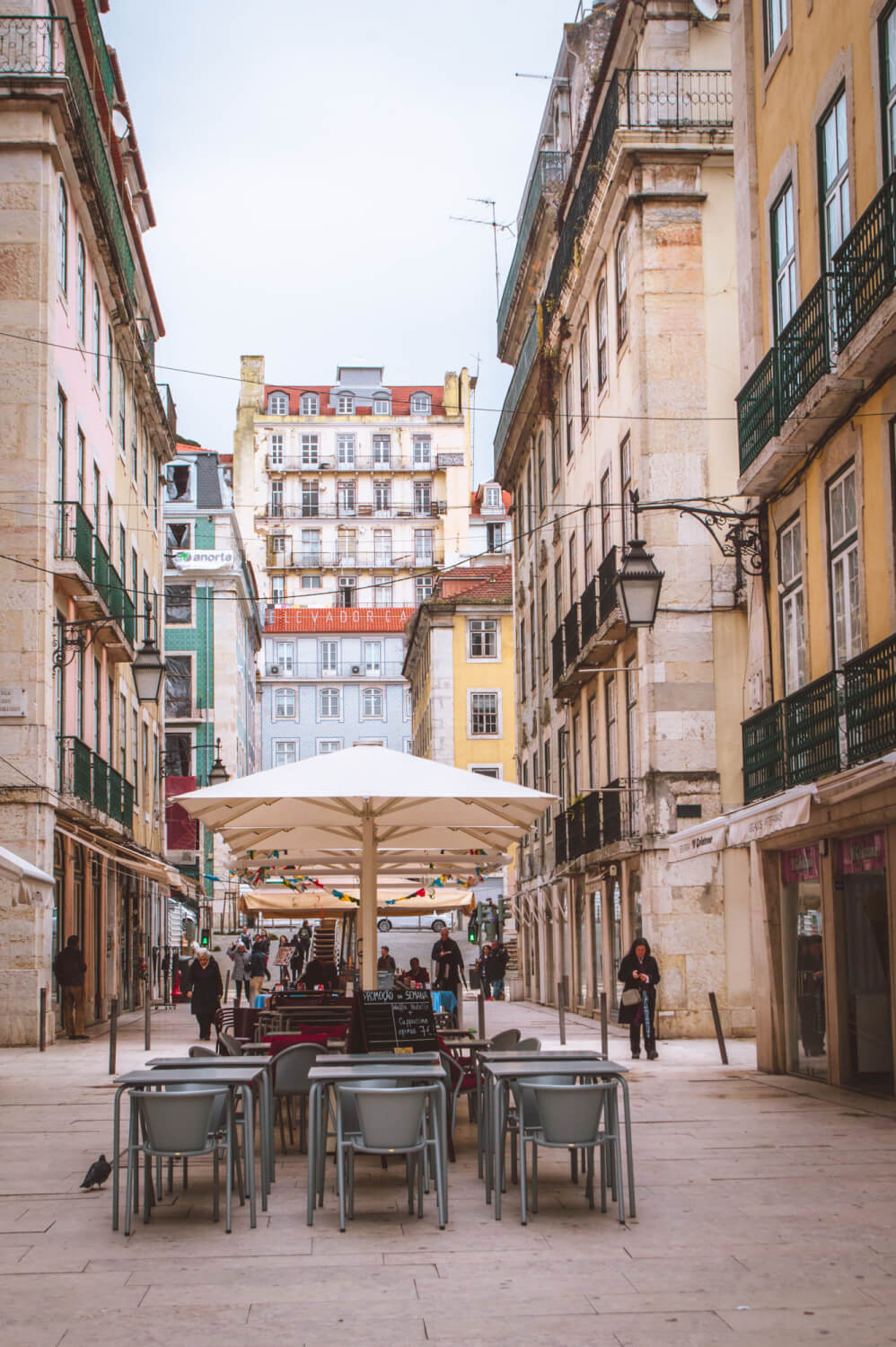
27. Know that your table snacks will probably cost extra
Another important Portugal must-know is that often when you arrive at a restaurant, there will be snacks like olives or bread put on the table.
To the surprise of many first time visitors, these aren’t actually included and come at an extra cost, known as “Couvert”, which is usually 1-2 euros per person.
Just know this isn’t a scam, it’s just a cultural difference in the way they charge for things so keep that in mind if you’re eating at a restaurant, and feel free to say ‘no thank you’ if you don’t want any, and you will not be charged for them. The price of the Couvert is also usually listed on the menu, so you can double check the cost before committing.
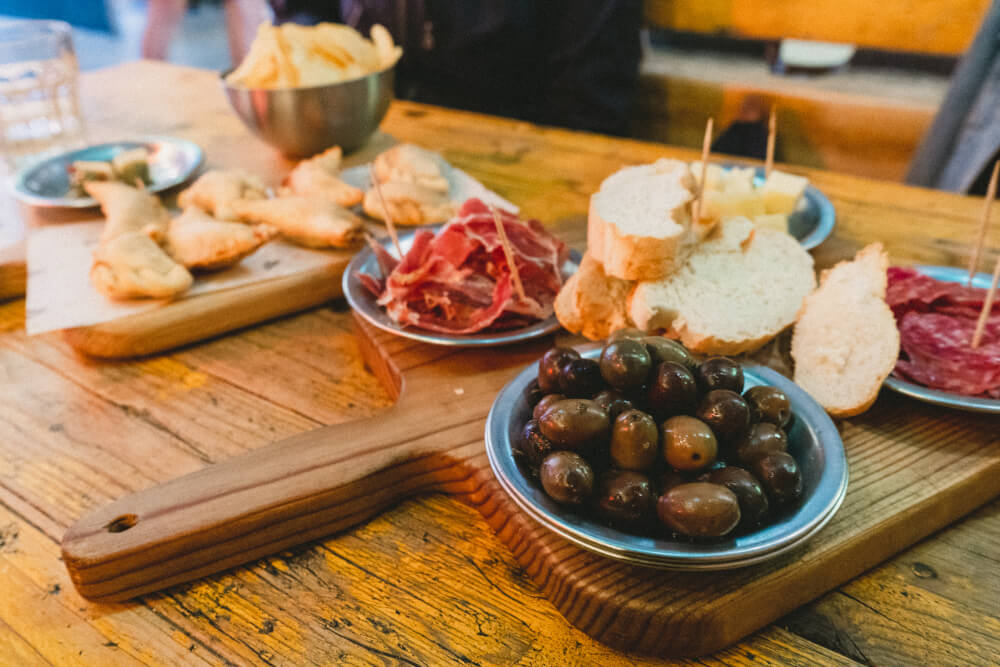
28. Learn Portuguese tipping etiquette
Tips aren’t expected in Portugal to the same extent as in North America, but if you want to, usually rounding up or doing 10 percent is fine.

29. Bring cash (in smaller denominations)
Another important Portugal must-know once you arrive is that you should make sure you have cash on you.
While many places are taking card now, paying with cash is still the norm in Portugal, especially with smaller bills. The smaller the denominations you can get the better, because I’ve found that smaller places like cafes don’t like to break large bills. Ideally, keep to ten euro bills or below.
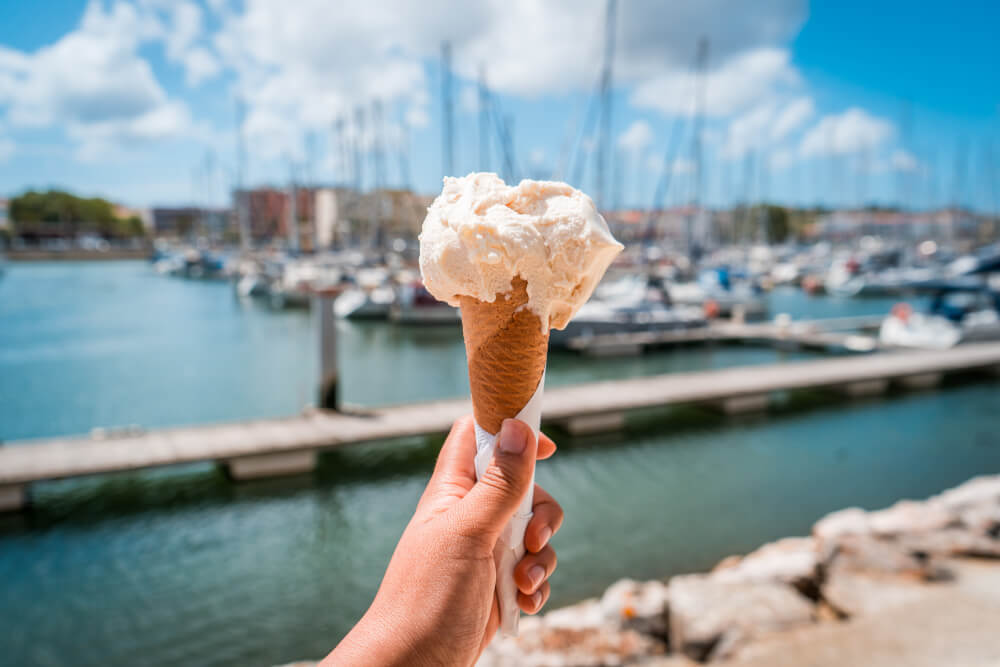
30. Don’t carry too much cash at once
That said, do not bring too much cash out with you at once, especially in touristy and busy areas in Lisbon, because pickpockets can be a an issue.
I’ve only been pickpocketed twice in my life and Lisbon was one of them so I’m still a bit sore about that.
So, go by my rule of thumb, which is to not carry more cash than you can stand to lose.
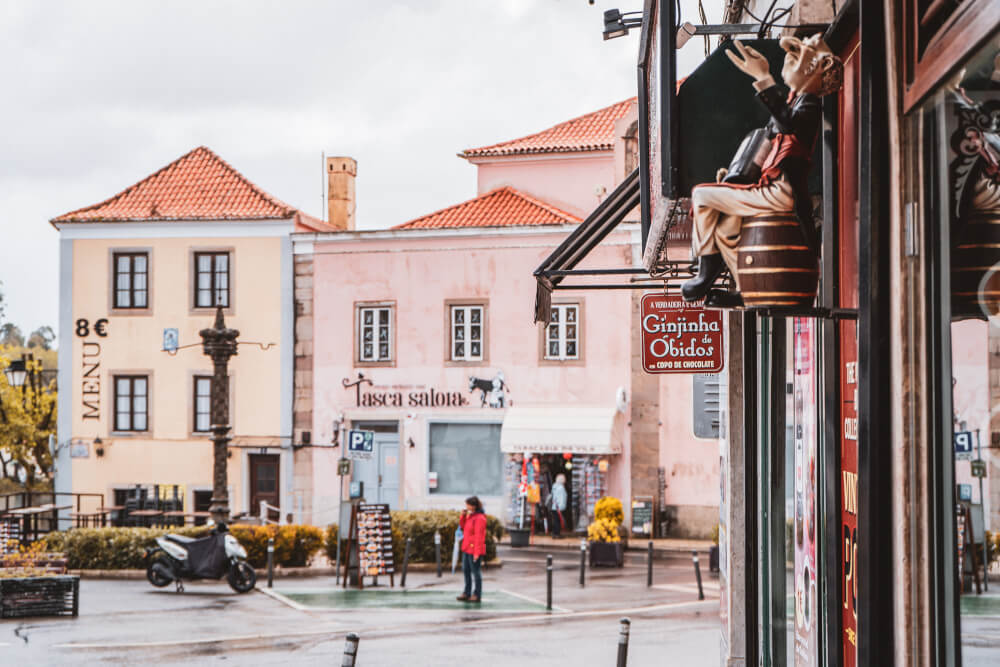
31. Beware of sketchy dealers
Another scam to look out for is dealers offering to sell you ‘illicit substances’ when you’re just out and about, minding your own business on the street.
This is of course mainly an issue in high-traffic tourist areas, as they always target silly tourists who don’t know better.
Here’s how it works: someone will come up to you and ask if you want something innocent like sunglasses, then they’ll follow up with whether or not you want said illicit substances. Apart from the fact that this already sounds sketchy, they’re also not selling real illicit substances, so no matter what, make sure the answer is no.

32. Be mindful of later opening times
Another thing to be mindful of when visiting Portugal is opening times.
(I’m talking of course about actual shops and restaurants, not those aforementioned dealers)
Overall, things run on a later schedule in Portugal relative to most of central Europe, so you can expect supermarkets to not open until 8am and close later as well, usually at 9 or 10pm.
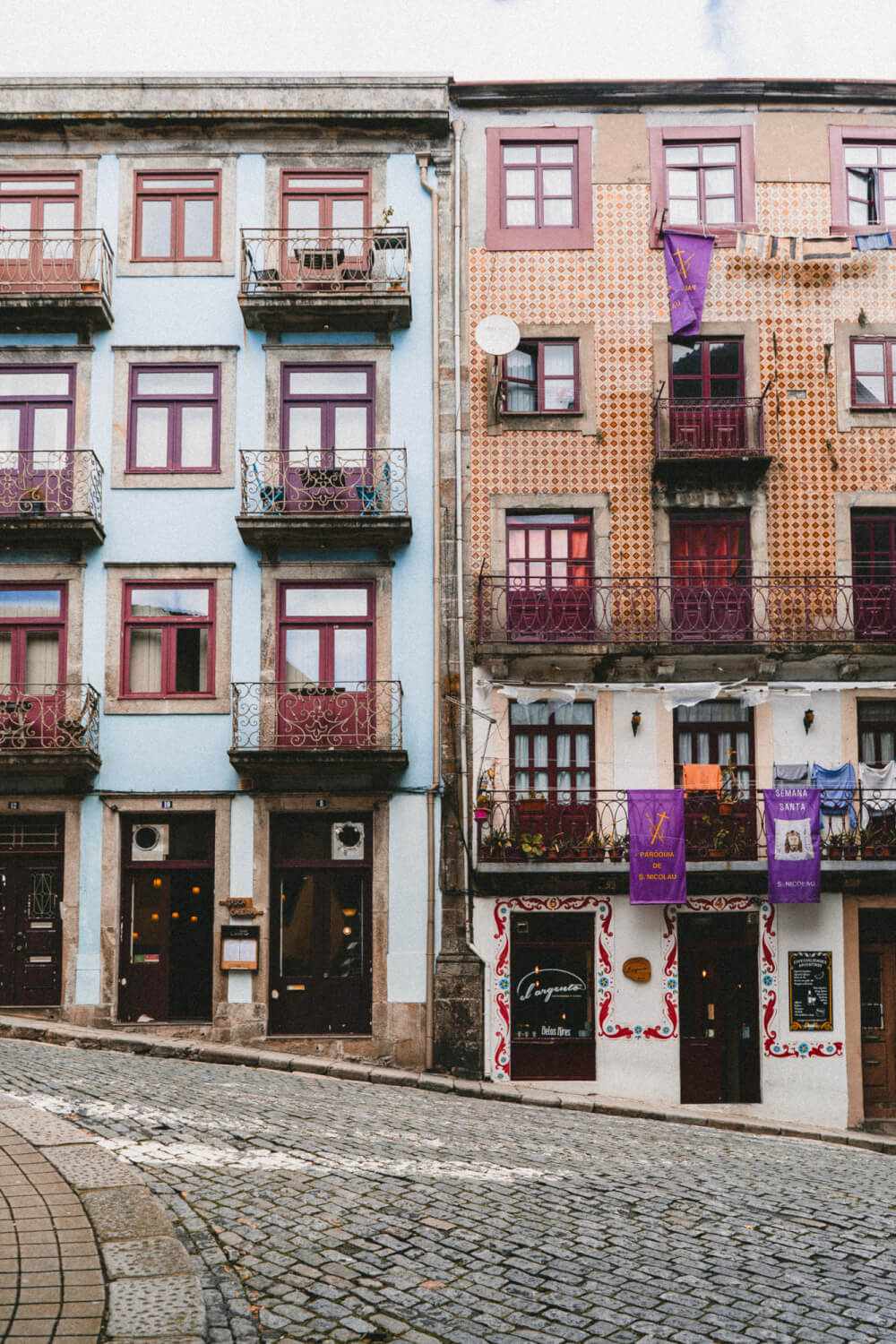
33. Pack warmer layers no matter when you visit
Okay final Portugal packing tip for you, be sure to pack some warmer layers, even if you’re going in the summer because the wind in Portugal (particularly along the coast) is vicious .
No – seriously. My trauma can attest! Portuguese wind can be really biting, especially when temperatures drop at night, so having at least one warm layer in your suitcase is a must.
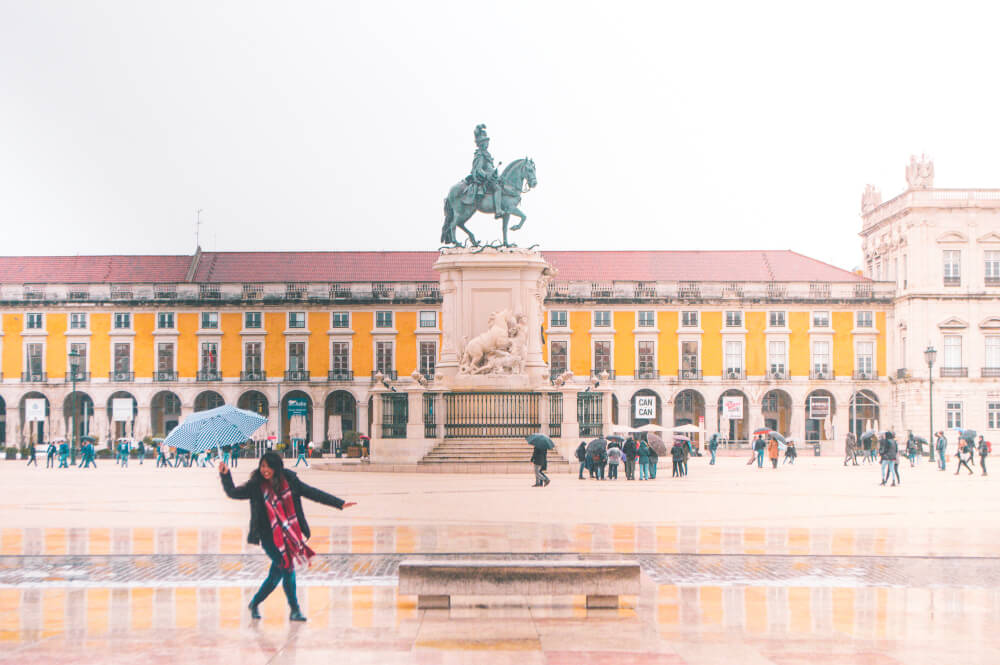
I hope this list of Portugal Travel Tips was helpful!
Congratulations on making it through the longest ever list of Portuguese travel tips. I admit this was already a VERY long list of tips for Portugal, but if you have any more questions, let me know in the comments.
My Go-To Travel Favourites:
🧳 Eagle Creek: My favourite packing cubes
💳 Wise: For FREE travel friendly credit cards
🍯 Airalo: My go-to eSIM
🏨 Booking.com: For searching hotels
📷 Sony A7IV: My (amazing) camera
✈️ Google Flights : For finding flight deals
🌎 WorldNomads: For travel insurance
🎉 GetYourGuide: For booking activities
1 thought on “30+ Portugal Travel Tips for First Timers & Must Knows Before You Go”
Thank you! I enjoyed the common sense approach. This was very helpful.
Leave a Comment Cancel reply
By using this form you agree with the storage and handling of your data by this website. *

Top 20 Portugal Travel Tips Every Visitor Should Know
Travelling to Portugal is exciting and intriguing because the culture and the language might not be what you are used to.
Here you will find the 20 most useful tips for planning your trip to Portugal.
I’ll give you tips on moving around the country or the city, what to do and what to eat, staying safe and what to do when you have to sadly leave the country.
Top 20 Portugal travel tips

When and where to go
1. avoid july and august.
Due to Portugal’s mild climate and proximity to the ocean, the summer vacation season is by far the most popular among travellers. You can clearly witness this in July and August, especially in Lisbon and in the Algarve, as the city centres get packed to the point that it is almost impossible to pass through the narrow Portuguese sidewalks (“calçadas”).
A good time to travel to Portugal is around May, June, September and October, when the sun is not excessively hot, but the weather is warm enough to go to the beach or simply visit the historical sites without overheating.
Moreover, the amount of tourists will be significantly lower and you will be able to enjoy the sights without having to queue up for ages.
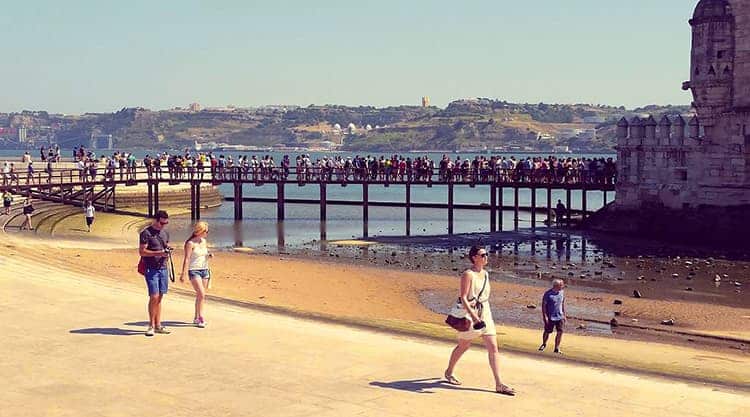
2. Book accommodation and flights in advance
Partially due to the previously discussed reasons, but also due to the size of the main attraction points, such as Lisbon, Porto and the Algarve, the number of accommodation options is rather limited compared to the amount of visitors, especially during the peak season.
Therefore, we highly recommend you to arrange a place as much in advance as possible. You will also save money by booking a rare and affordable find which is usually occupied throughout the year.
The same go for long-distance transport and international flights to Portugal .
Momondo , the travel comparison website, offers an insight tool that indicates the cheapest periods to travel to Lisbon (or any other worldwide destination), how many days in advance you should book and what’s the best day of the week to travel.
The website is available in several languages and from different destinations by changing the settings on the bottom right corner of the page.
3. Ask for a ventilator (fan) in the summer and a heater in the winter
While this might seem like an obvious add-on for any tourist accommodation, don’t take this for granted when visiting Portugal! Most of the houses were built to stay cool in the summer and keep the heat in the winter, therefore it’s not customary to have central heating or air-conditioning installed in most buildings.
Usually modern hotels will include this service, though if you’re staying in a rented apartment it is best to double-check with the landlords if air-conditioning or a ventilator are provided during the hot months and a heater is available during the winter months. This way you will avoid unpleasant stays in overly hot or cold apartments!
4. There is more to Portugal than Lisbon
We know, we know… Lisbon is highly spoken of on many media channels and strongly recommended by almost anyone who visits it. However, it is not the only great place that Portugal has to offer.
Other very worthwhile destinations in the north of Portugal are:
- Guimarães ;
- Vila Real ;
- Bragança ; and
For the south, you should try:
- Costa Vicentina; and
And of course not forgetting the stunning archipelagos of Madeira and the Azores in the Atlantic Ocean.
Since these alternatives are usually smaller cities compared to Lisbon, you could opt for organising a multi-city trip with one day stays, rather than spending an entire week in the same place.
Continental Portugal is well-connected with smooth highways as well as long-distance train and bus routes.
However, there are some hard to reach places such as Gerês and Costa Vicentina, for which we suggest renting a car or a van .
The same goes for the archipelagos, which do not have a well developed public transport system, though would require at least three days for visiting.
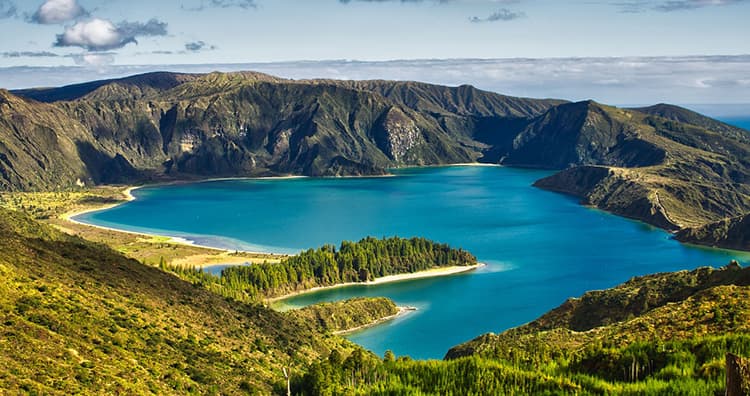
5. If you still decide to go to Lisbon…
…then be prepared for massive amounts of people in the city centre and the tourist attractions especially in the warmer months and peak season. Lisbon is definitely a must-visit place in Portugal and in recent years it has gone through a lot of changes due to increased tourism, which has also contributed greatly to the local economy.
However, the streets and houses weren’t built to host such large crowds, so you will very likely find yourself queuing just to cross the street.
How do you escape the tourist crowds?
Here are some not so well-known areas where you can enjoy the same cultural spirit of Lisbon.
Start from the area called Avenidas Novas with its wide avenues and neoclassical architecture style until you reach Fundação Calouste Gulbenkian , where you can enjoy a beautiful garden and fascinating art galleries; continue walking westbound until you reach the top of the vast Parque Eduardo VII, from where you can admire an endless viewpoint across the city, the river and Almada .
Then take the yellow (“amarela”) Metro line from Marquês de Pombal to Rato and walk up to Jardim da Estrela, a lovely oasis in the middle of old Lisbon, and then go to the nearby Basílica da Estrela, one of the most beautiful churches in Lisbon.
The next stop is the lookout (“miradouro”) at Panorâmico de Monsanto, a restaurant built in the 1960s on top of a large green hill, then abandoned due to bankruptcy and recently reopened to the public. We recommend taking a taxi up there, the view is really worth it.
When you head back down, finish off the day by visiting the Palácio Nacional da Ajuda , which stands at the foot of the hill and is the former residence of the Portuguese royal family.
Bonus tip for the tireless ones is the Museu Nacional do Azulejo , also known as the National Tile Museum. It is surprisingly one of the most interesting and beautiful museums in Lisbon, which tells the story of the traditional Portuguese tiles, their production and style over the centuries.
Getting around the country or the cities
6. rent a car if you’re planning a multi-city trip.
This tip is partially related to visiting more than just Lisbon, but it’s also valid if you want to want to organise a road trip across continental Portugal.
Those who live here will know that having a car can unlock many hidden gems that would otherwise be hard to reach with public transport.
Some of the suggested routes are:
A southbound journey along the coast from Lisbon all the way until the Algarve .
A city-hopping trip among the northern Portugal cities like the ones mentioned in tip number four.
A tour through one of the several natural parks, such as:
- Parque Nacional Peneda-Gerês ;
- Parque Natural do Douro Internacional;
- Parque Natural da Serra da Estrela ;
- Parque Natural da Serra de S. Mamede; and
- Parque Natural do Vale do Guadiana.
Visiting a vineyard for a day in the Setúbal, Alentejo or Douro region. You may need to find a designated driver for this trip if you plan to taste some of the sumptuous Portuguese wines .
You can easily rent a car directly from any Portuguese airport, however there are some restrictions which you can check in our article: Car Rentals in Portugal: Expert Advice to Save You Time and Money
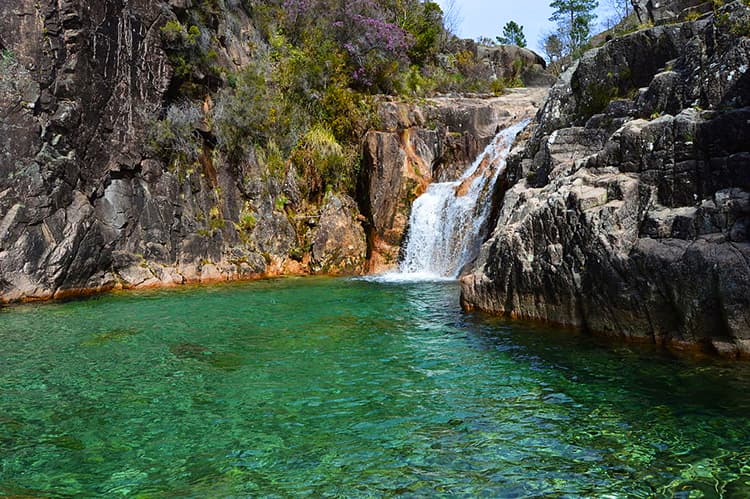
7. Get a rechargeable Metro card if in Lisbon or Porto
If you’re visiting Lisbon or Porto, which happen to be the only two cities in Portugal with a Metro system, we highly advise that you to use local public transport to move around the city rather than driving a car, as traffic can get pretty intense and finding parking may turn into an Odyssey.
The main advantage of the rechargeable Metro card is that you can use the same one on the Metro, local trains, buses, trams and even the ferry in Lisbon.
The disadvantage is that you can only charge it in specific authorised points, such as newspaper kiosks and Metro stations.
However, if you know someone in Portugal, they can charge your card at a Multibanco machine or for Lisbon’s Viva cards, they can charge it at home via the Viva website.
So make sure to top it up with some extra cash or simply pick the daily pass. Just keep in mind that you can use only one card per person and ticket controls are rather frequent.
In Lisbon, it is worth buying a 7 Colinas or a Viva Viagem card, which can be bought in any Metro station. The reusable 7 Colinas card can be purchased for one or five days. Both of these cards are valid for a whole year so hang on to it if you are planning on coming back to Lisbon. Each trip is about Є1.45 by using these cards and an average price per day would be about Є3.15.
8. Relax and learn how to be patient
This might sounds strange to some of you, but it actually is a very important tip: be patient and do not put other people in a rush. Portuguese people like to take things easy (especially in the countryside) and do not have an elaborate concept of doing things in a fast manner, which might be irritating for some people at first.
Instead try to embrace the slow pace of the Portuguese culture and use it as an excuse to unwind from the fast city life rhythm.
You’ll find yourself slowly strolling through the streets while embracing the magical light of Portugal, spending three hours at the restaurant finishing off a delicious meal with a glass of Port wine or a brandy (“aguardente”), or simply enjoying an espresso at a viewpoint while gazing into the horizon.
One thing is guaranteed: going back to work will be very, very hard upon your return.
9. Pack comfortable shoes
We previously mentioned the sidewalks in Portugal (“calçada portuguêsa”), so here’s a little tip related to it: it’s not the most friendly type of pavement, so pack your sneakers and leave your high heels at home.
Pavements in Portugal are usually made of small square cobblestones. The streets are covered in beautiful mosaic patterns symbolising the elements of nature and history of the country.
This type of construction has the purpose of being highly resistant to direct sunlight and heat, however, they get extremely slippery when wet or just on a steep hill.
We recommend you watch your step and wear your most comfortable pair of shoes while in Portugal.
10. Be careful of the strong sun
This tip is especially directed to the fair skinned traveller, like myself, who easily burn in the sun. Be prepared: the Portuguese sun can be very strong even in the winter!
So if you’re one of those who become red as lobsters after five minutes in direct sunlight, we suggest to stay in the shadows, use sunscreen with protection 50+ in the summer, and wear a hat and sunglasses especially if you’re spending the entire day out.
You can usually buy sunscreen at any pharmacy, supermarket or night shop, however a flask of 200 ml can cost more than €10, so it might be better to bring some from home in your checked in luggage.
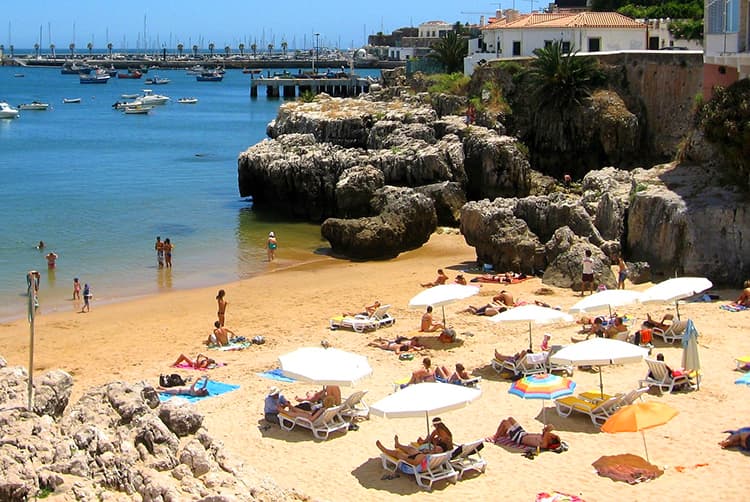
What to do and what to eat
11. museums are free on the first sunday of the month.
Many Portuguese cities have great museums with unique collections of art from ancient history to modern art. We recommend you to check their schedules beforehand as they’re often closed on Mondays and stop admitting visitors between 5 and 7pm.
What’s good to know is that many of them are free on the first Sunday of the month, though you should still check this information per museum as they do have exceptions.
For visitors to Lisbon, you might like: Top 15 Museums in Lisbon: For Lovers of History and Art
12. Avoid the tourist trap restaurants
This is particularly true for bigger tourist destinations, such as Lisbon, Porto and the Algarve, however with the increasing amount of visitors, you can notice the prices rising in many parts of Portugal.
How do you recognise a tourist trap restaurant?
They will usually have a very insistent host who will chase you down the street just to get you to eat at their restaurant, they will have a poorly translated menu with pictures of the food hanging at the door and completely inflated prices for drinks and side dishes or no prices displayed at all.
If you’re not sure whether the restaurant that you want to go is a tourist trap or not, always ask the price of anything that you order or is brought to your table and thoroughly check the bill at the end of the meal.
Tourists traps are easily spotted in the city centres and crowded streets and squares.
13. Couverts are not for free
As a continuation to the previous tip, you should know that the bread, cheese and olives waiting for you at the table at not for free. Ever!
If you decide to touch any of it, it counts as a consumption, so if you don’t want to pay for them, kindly ask the waiter to take them back. Some restaurants will count the couvert per person, so make sure to check the prices on the menu in case you can’t keep your hands away from these tasty little appetisers.
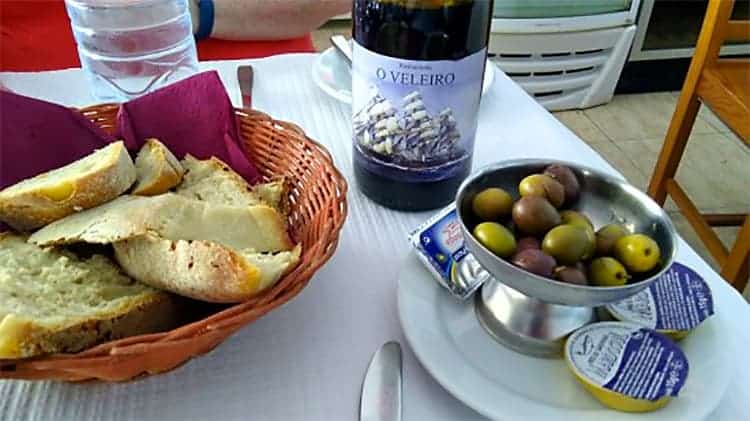
14. Tascas are a lifestyle
Tasca is a Portuguese word for “tavern” or “bar” which is very specific to our country due its distinguishing traits. For example, a Tasca is usually a small family run business with a grumpy, yet charming older lady as the cook and a seemingly rude but caring husband running the front bar.
The type of food you can expect is what a Portuguese person eats at their grandmother’s house in a small setting that resembles a living room.
Another recognisable element of a Tasca are the incredibly cheap prices. In Lisbon you can easily find a Tasca with a lunch menu for €7 including a main dish, a drink and a coffee!
While in Porto and other cities, the price can get as low as €5.
Disclaimer: if you’re not a meat or fish lover, then you’re probably going to have to settle with an omelette or a salad!
15. Vegetarians be careful!
As mentioned in the last point, unfortunately there aren’t that many options when it comes to vegetarian (not to mention vegan) food. While this type of cuisine is gradually evolving more and more in the bigger cities, don’t expect to find any vegetarian options in the countryside or small towns.
Moreover, be sure to ask for the ingredients of any dish that you order, because even vegetable soups are sometimes made with “chouriço”, a traditional Portuguese sausage used to give flavour.
Great vegetarian and vegan options can be found in the supermarket/cafeteria chain “Celeiro” in the main cities.
For more on vegan food, you might like: Being Vegan in Lisbon, Your Plant-based Food Guide for Portugal’s Capital
16. Enjoy the fresh fish and seafood
If you’re ok eating fish and seafood , don’t miss the chance to try them in Portugal! It’s the paradise for foodies thanks to the ample choice of products freshly delivered on the day even to the smallest Lisbon restaurants .
The most commonly known dish is “Bacalhau à Brás”, made from shredded salted cod, which is ironically imported from Norway yet considered to be the national Portuguese dish eaten throughout the year and especially on Christmas Eve.
Other options include:
- Creamy seafood risotto, usually made with the catch of the day such as shrimps and varieties of fish;
- Orata or bream, known in Portuguese as “dourada”; and
- Snook, called “robalo” by the locals.
If you happen to be in Lisbon around June, you must try grilled sardines, the symbol of the city and typically consumed on a piece of bread during the Popular Saints festivals (“Festas dos Santos Populares”).
Staying safe in Portugal
17. beware of pickpockets.
This is strongly notable in Lisbon, but can also happen elsewhere, that pickpockets are wherever the tourist goes. In order to avoid unpleasant situations, make sure you do not put any valuables in the pockets of your pants or jacket, avoid using open handbags, and keep an eye on your backpack.
Pickpockets in Portugal are not likely to be aggressive, but in case you catch one during the act, the best thing to do is not to fight them and simply call for help.
In the unfortunate event of losing a valuable belonging, immediately go to the local police. In some cases they might be able to retrieve a stolen wallet with your documents inside (though it will be cashless).
18. Parking helpers expect money
So you decided to rent a car in the city and now you’re on the Odyssey of finding a parking spot.
First of all, we wish you the best of luck!
Secondly, be careful of the people who volunteer to help you park. They are expecting money in return for their kind gesture. Unless you really can’t find any other place where to park, our personal advice is to give them some coins to avoid any bad reaction from their side, such as a scratched car or a broken window.
When you are leaving Portugal
19. avoid long queues at the airports.
It’s the end of your stay and you’re already starting to miss your vacation in Portugal. Oh, how much “saudade”!
Be prepared though, the airport controls are still ahead. Many flights connecting to the Lisbon , Porto and Faro airports are operated by low-fare airlines, which means they’re located in small and not so efficient terminals.
If you’re travelling during the high season, make sure to arrive at the airport at least three hours in advance as the queues for the security check in might be extremely long.
It often happens that visitors do miss their flight because of this and you definitely don’t want to be one of them (unless you’re subconsciously trying to remain in the county, in which case we totally get you).
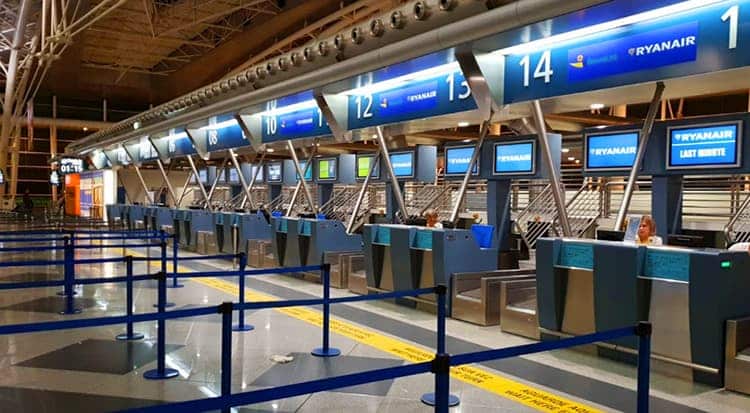
20. The best souvenirs are cheese, wine and olive oil
Forget about fridge magnets and bottle openers, the best souvenirs you can bring back home are food and drinks!
We strongly recommend you to spend a little extra on the checked-in luggage and go crazy on your food shopping in a local market, rather than buying the same products at the airport for double the price.
Make sure, though, that the cheese is vacuum packed as it can be confiscated at the security check. Portugal produces great creamy and curated cheeses. A must-try is Queijo da Serra and Queijo da Ilha, both commonly available in the supermarkets.
Bonus tip: Learn some survival Portuguese
You’ll be positively surprised at the level of English the younger generations of Portuguese people speak. In fact, TV shows in Portugal are not dubbed and therefore their English language education starts at an early age, so you’ll have no problem communicating with the locals.
However, they will really appreciate it if you could say at least a few words in their language as it shows an effort of understanding the Portuguese culture.
Here are some useful words and sentences for your stay in Portugal:
Hello = Olá Good morning = Bom dia Good afternoon = Boa tarde Good evening/night = Boa noite How are you? = Tudo bem? Goodbye = Adeus or Tchau! See you later = Até já Thank you = Obrigado if you are a man or Obrigada if you are a woman You’re welcome = De nada Help me = Ajuda-me Please = Por favor Sorry = Desculpe Excuse me/Pardon me (to ask to pass by someone) = Com licença I don’t speak Portuguese well = Eu não falo bem português I don’t understand = Eu não percebo Do you speak English? = Fala inglês? How much is it? = Quanto custa? Where is…? = Onde é…? Today = Hoje Tomorrow = Amanhã Yes = Sim No = Não One = Um for a masculine object and Uma for a feminine object Two= Dois for masculine objects and Duas for feminine objects Three = Três Breakfast = Pequeno-almoço Lunch = Almoço Dinner = Jantar The bill please = A conta por favor
If you would like to learn a few more Portuguese phrases, check out: Learning Essential Phrases in Portuguese for Your Visit to Portugal
Portugal is a top European destination
Portugal has become one of the most popular European destinations in the last years thanks to its favourable climate, affordable prices and timeless beauty. With over 23 million visitors in 2017, the main cities have quickly started to adapt for welcoming an increasing amounts of travellers.
That’s it for the 20 tips of travelling in Portugal! We truly hope that you will find them useful and enjoy your stay in this beautiful country.
Did this article help you plan for your trip to Portugal? Let us know in the comments below if you have any more tips for fellow readers.
Be sure to catch all the latest tips and advice from bePortugal for your visit to Portugal by subscribing to our FREE newsletter .
- Portugal travel tips
The European Summit in Cascais: The Best Event for Affiliates in Europe
Visit cascais: how to spend a perfect day by the sea.
14 things Portugal locals want you to know before you visit

Feb 25, 2024 • 7 min read
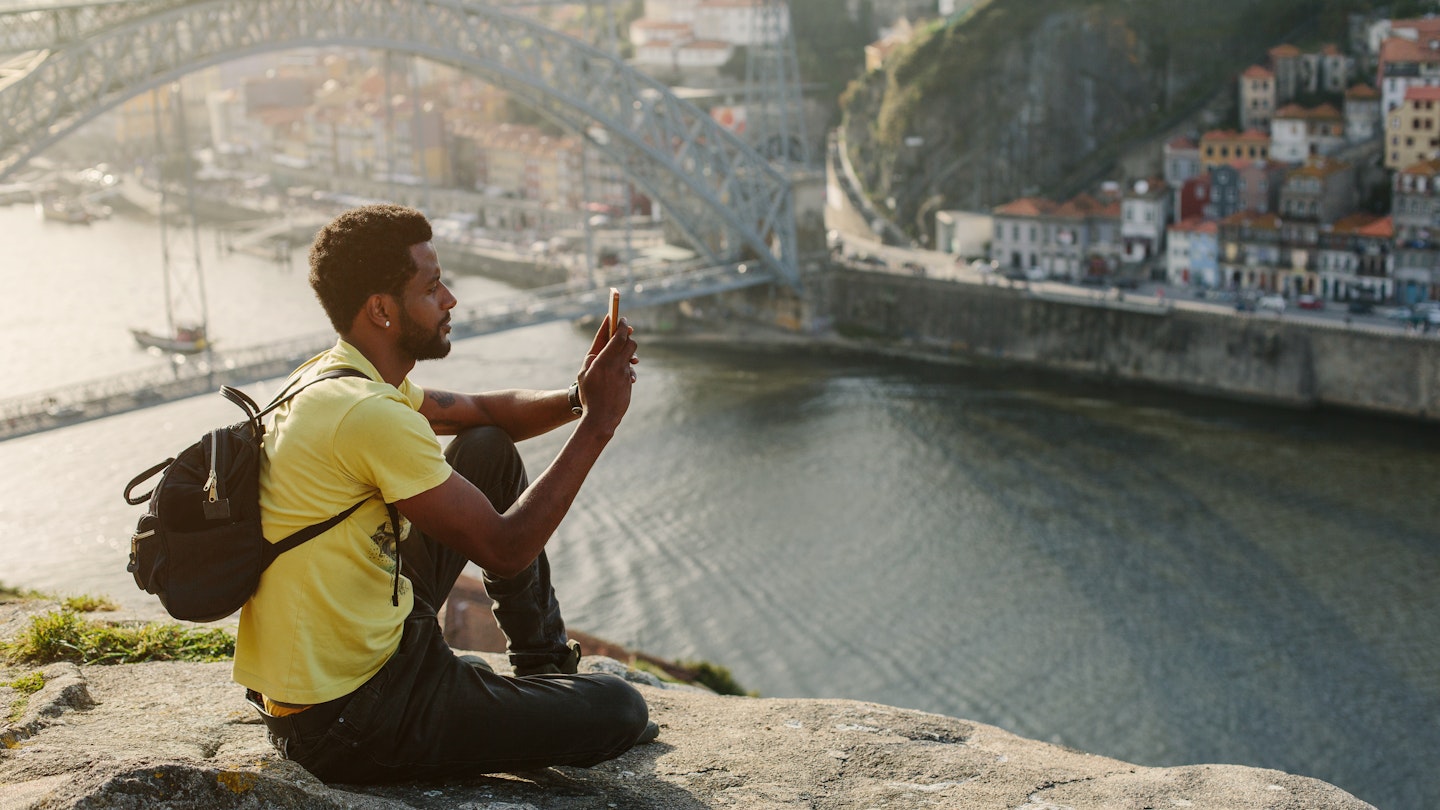
Learn how to act like a local in Portugal by following these key tips © AnnaTamila / Shutterstock
Many years ago, as a young backpacker, I made plenty of mistakes when traveling around Portugal – from trying to see everything on one trip to indulging in free appetizers that weren’t really free.
Since becoming both an honorary Lisboeta (Lisbon resident) and Tripeiro (Porto dweller), I have learned some essentials about the country. From the best methods for getting around to wardrobe essentials. Here are the key tips to help you make the most out of your trip to Portugal.
Don’t try to see it all in one trip
Portugal is a small country – roughly the size of the state of Indiana in North America and slightly larger than Scotland. But there’s a lot to see here , from hilltop villages in the Alentejo to remote UNESCO World Heritage sites , not to mention over 100 beaches in the Algarve. A rookie mistake is trying to see all of Portugal during one visit. Even if you have a few weeks to spare, you won’t be able to visit everything in this diverse country. Instead, pick one or two regions and focus your trip there, allowing yourself time to see both highlights as well as local markets, vineyards and other less-visited attractions.
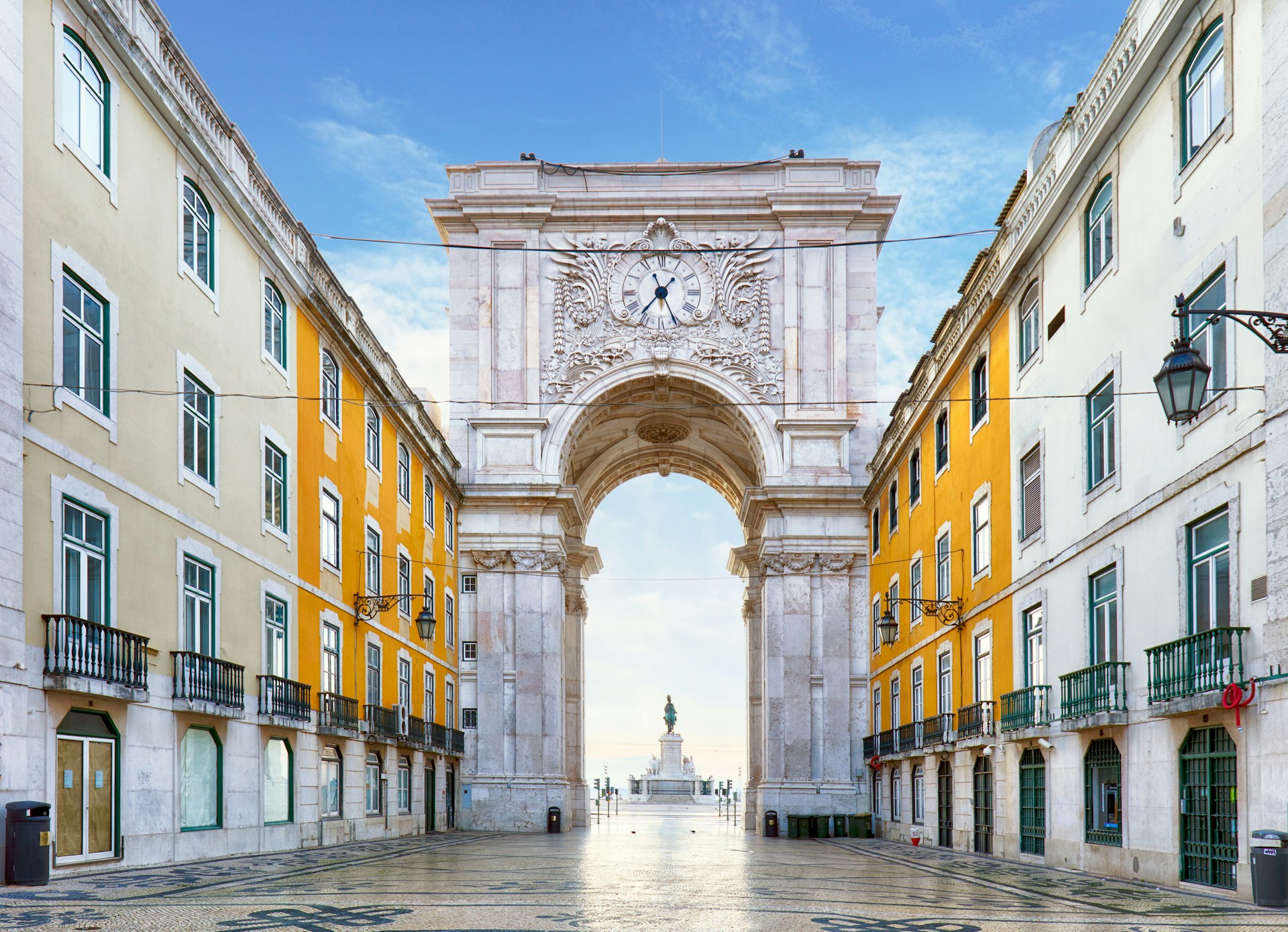
Decide where to go
The mountains, the seaside, cobblestone-lined city streets? Portugal has plenty of options when it comes to travel. With a week at your disposal, you can combine a bit of urban adventure with scenic getaways nearby. If you have Lisbon in mind, you can spend several days there, along with day trips to Cascais , Sintra and the beach-dotted Setúbal Peninsula , or spend a couple of days in Évora or on the lovely Alentejo coastline.
A great northern itinerary combines Porto with some vineyard visits along the picturesque Douro River . Beach lovers might skip city life altogether and spend their time in the Algarve , checking out cliff-backed beaches, hidden coves and quiet fishing villages. If you have something more active in mind, plan a hiking outing in the mountains of the Serra da Estrela , which you can pair with time spent exploring craggy villages like Manteigas and Linhares, as well as the university town of Coimbra .
Book your accommodation well in advance
Portugal’s growing popularity means some of the best places to stay get booked up months in advance. This is especially true if you’re traveling in the peak months of June through August . Once you have your itinerary organized, reserve your lodging. If you’re traveling off-season (November through March), you’ll have much more flexibility – so you can book your first few nights and plan your other nights on the go.
Lower your carbon footprint by traveling on trains and buses
You can go green by ditching the car and getting around by public transportation. Portugal has a decent train network that connects major cities like Lisbon, Porto, Coimbra and Faro. Buses help fill in the gaps to smaller towns across the country. Service has expanded in recent years, particularly in the south, where the new Vamus Algarve covers just about every part of the Algarve, from tiny beach villages on the central coast to the soaring sea cliffs near Sagres . Skipping the car rental also means you won't have to hassle with parking, toll roads and heavy traffic, among other things.
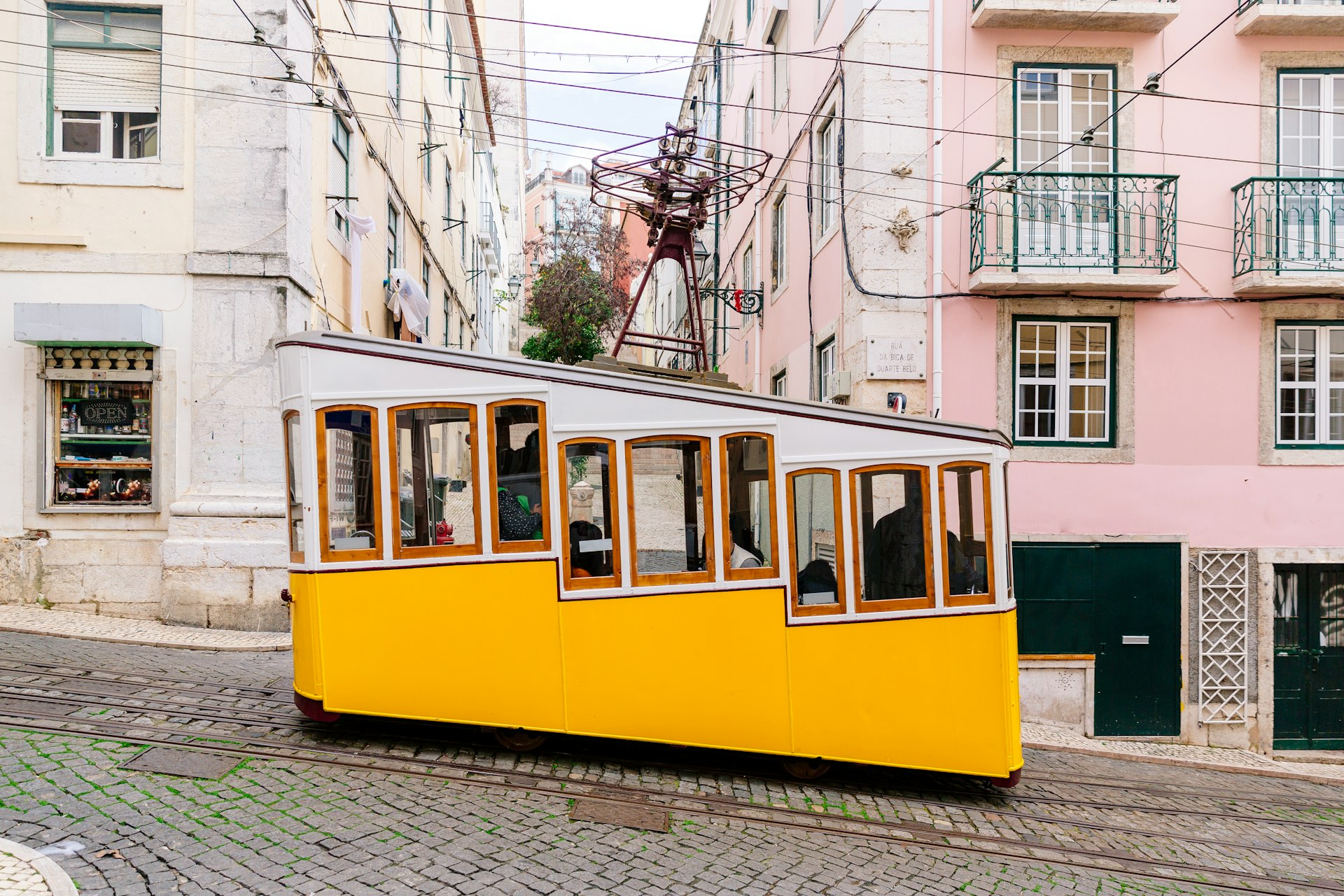
Don’t bother taking a taxi from the airport
Speaking of trains and buses, as soon as you arrive, you can save money and cut down on CO2 emissions by hopping on public transport from the airport. Portugal’s three international airports all have good options for whisking you into town. The Lisbon metro’s linha vermelha (red line) can get you into the center, as can the speedy Aerobus, while Porto’s metro (violet line E) runs from the airport to the heart of town. From Faro airport in the south, you can take the Vamus Algarve Aerobus, which shuttles into Faro and also to the key towns of Albufeira , Lagoa, Portimão and Lagos .
Remember the cardinal rule of dining in Portugal: nothing is free
Servers often bring bread, butter, olives and even cheese or other appetizers to diners before their meal. Keep in mind that these unordered items will always be added to your bill if you choose to partake. If you don’t want them, just send them away – a polite "no thank you" ( não obrigado/a ) will do the job. Prices for couvert range from €2 per person and upwards.
Bring a few smart-casual outfits
Shorts are fine on the beach, but if you wear them around the city, you’ll quickly brand yourself as a tourist. At nicer restaurants, bars and nightclubs, you’ll want to follow the local lead and dress things up a bit.
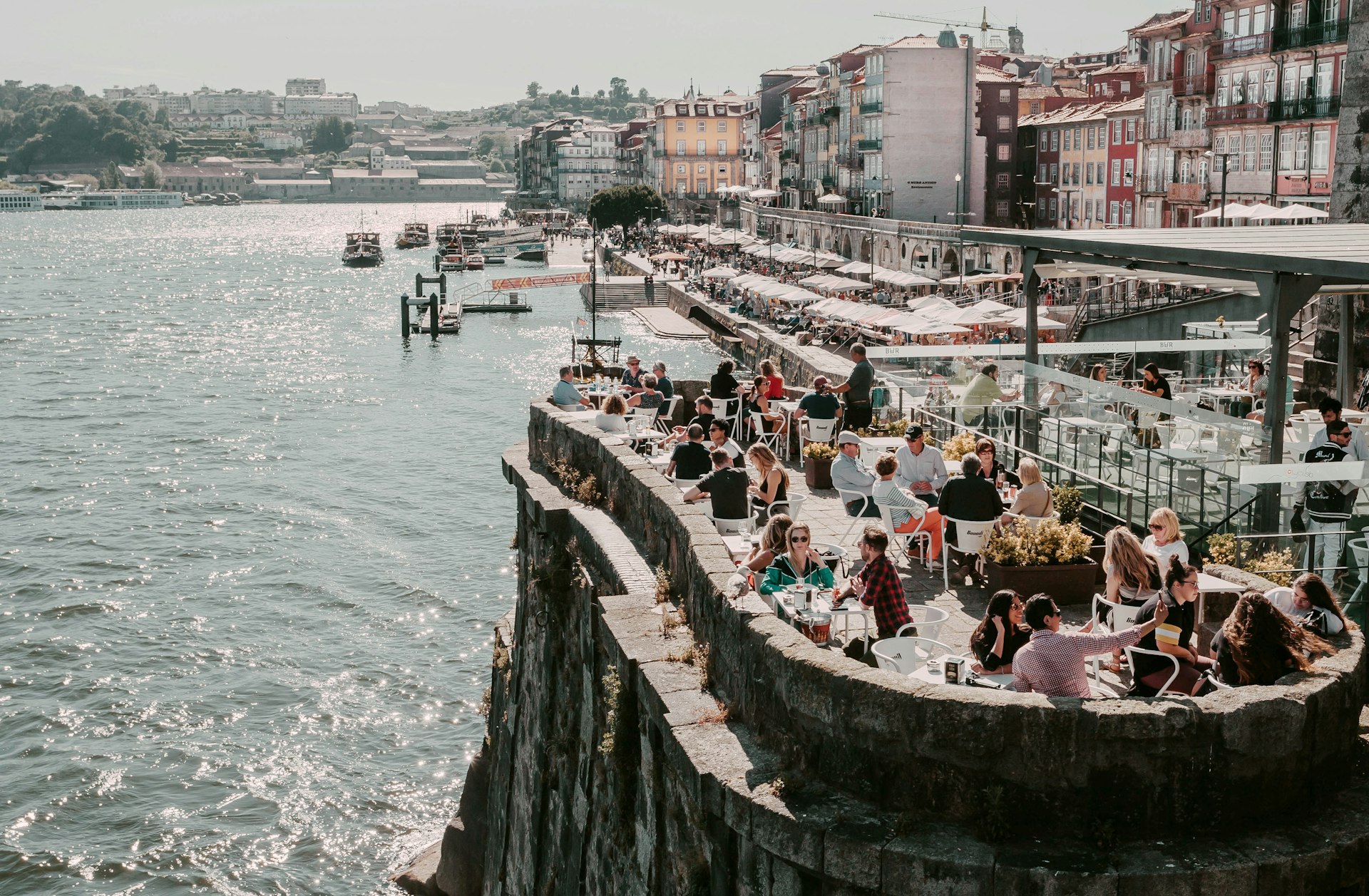
Become an expert on tipping etiquette
At restaurants in Portugal, many locals don’t tip at all or simply round up when paying for a meal. In more tourist-oriented establishments, a tip is more common – usually around 10% – and may even be added as a service charge. Tipping is not expected in cafes or bars. However, if you’re in a fancy high-end place, you should plan on tipping (along the lines of €1 for a specialty cocktail). Rounding up the fare is also common practice when taking a taxi or rideshare.
Bring your own bag to the market
Portugal has huge markets where you can see stalls of fresh fruits and vegetables as well as charcuterie, cheeses, olives, bakery items and other fare. Amid such culinary largesse, you can assemble a first-rate picnic, just be sure to bring your own bag to the market. You might want to throw in a corkscrew so you’re always prepared to pop open a bottle of vinho verde , an Alentejo red and other good-value Portuguese wines.
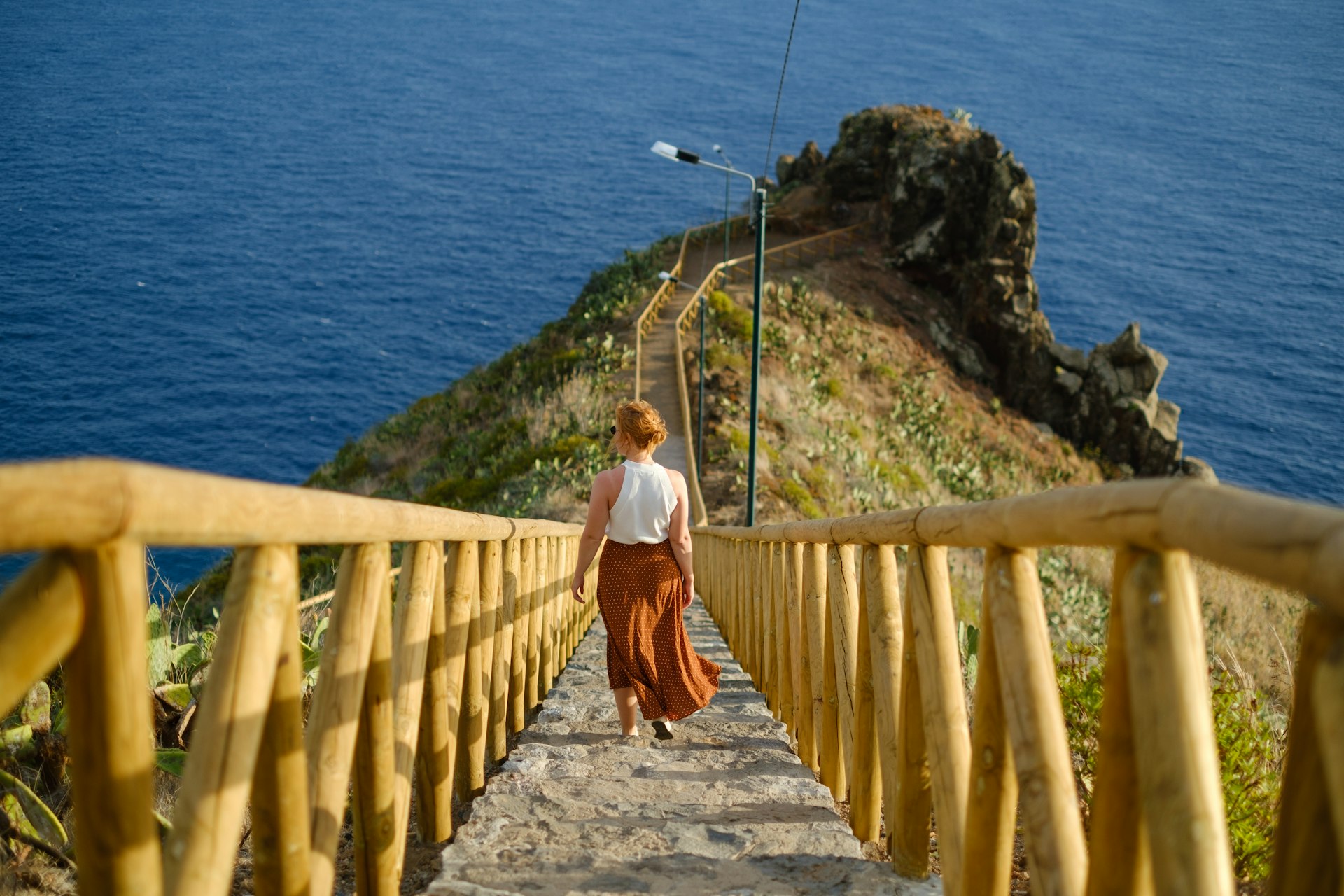
Pack sturdy shoes
Even if you limit your travels to the city, you’ll want to have good shoes. You’ll find steep streets, loose cobblestones and uneven sidewalks in Lisbon, Porto, Coimbra and many other towns. Save the heels and dress shoes for nicer restaurants and nightclubs. Good shoes will also come in handy when you want to take a walk beyond the town. Across the country, Portugal has some magnificent hikes , like the stunning clifftop trail of Percurso dos Sete Vales Suspensos – not difficult to do, but you need proper footwear.
Dress modestly when visiting churches
Save the shorts, short skirts and tank tops for the beach – keep things covered up when visiting the cathedrals ( Sés ) and monasteries of Portugal.
And don’t forget to throw in the swimsuit
No matter where you roam in Portugal, you’re never far from the beach or a sparkling inland lake or river. Porto and Lisbon both have lovely beaches within easy reach of the city center, while remote corners of Portugal – like Peneda-Gerês National Park have waterfalls and natural pools. It would be a mistake not to bring your swimsuit, even if you think you won’t need it.
Learn some Portuguese and use it
Outside of Lisbon, Porto and the Algarve, you might encounter people with limited English. For smooth sailing, it helps to learn some Portuguese. If nothing else, locals appreciate the effort to speak their language, however rudimentary your accent. When entering a room, it’s polite to say " bom dia " (good day) or " boa tarde " (good afternoon) to those around you.
Be mindful of petty crime
Portugal is generally a safe country to visit with a low overall crime rate – violent crime is extremely rare. Pickpocketing and bag-snatching are the main concerns to keep in mind, especially when traveling on the trams and metro in Lisbon or Porto. Avoid moving around during the crowded peak times, and don’t zone out on your phone. At night, be cautious walking around empty streets wherever you are: you’re better off taking a taxi.
Car break-ins can also happen, and rental vehicles are sometimes targeted. Don’t leave anything of value in your car, and it's best not to leave luggage or other items in the trunk/boot of your vehicle (yet another good reason to embrace public transportation).
This article was first published Aug 9, 2022 and updated Feb 25, 2024.
Explore related stories
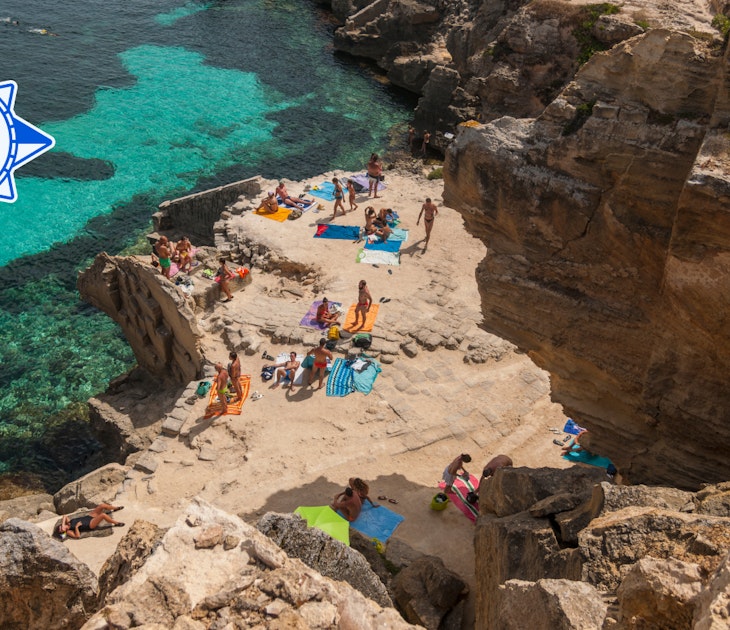
Tips & Advice
Apr 15, 2024 • 10 min read
From chilling on the beaches of Bora Bora to eating shellfish in Cape Cod, USA, here are the best places to visit in June.

Apr 4, 2024 • 4 min read

Mar 25, 2024 • 6 min read

Mar 3, 2024 • 6 min read
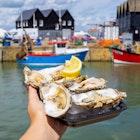
Mar 2, 2024 • 7 min read

Feb 28, 2024 • 9 min read

Feb 27, 2024 • 6 min read

Feb 27, 2024 • 3 min read

Feb 23, 2024 • 6 min read

Jan 27, 2024 • 15 min read
HELPING YOU PLAN YOUR PERFECT TRIP TO PORTUGAL
25 essential tips for your first trip to portugal.
This post may contain affiliate links, which means I may receive a commission, at no extra cost to you, if you make a purchase through a link. Please see my full disclosure policy for further information.

If you’ve never been to Portugal, you’re in for a treat. You might even fall a little bit in love, especially if you know what to expect. My insider Portugal travel tips can help you prepare and make your first trip go as smoothly as possible.
Knowing a little about local customs, especially in restaurants, will help you feel more confident and avoid that nasty suspicion that you’ve been ripped off.
If you’re still trying to decide if Portugal is the place you want to visit then read my Portugal: 15 Reasons To Make It Your Next Destination post.
Read on for my insider advice on planning a trip to Portugal including what to bring, what to expect when eating out and how you can save money on accommodation, transport, food, shopping and activities. This practical travel guide is based on my 16+ years of travelling around Portugal, and helping other people plan their ideal Portugal vacation.
👉ALL THESE TIPS AND MORE IN ONE HANDY EBOOK 👈
I’ve combined these 25 tips with a wealth of other insider insights and practical information to help you avoid costly mistakes and plan your ideal Portugal trip.

Before you book your first trip to Portugal
1 . Try to avoid the hottest, busiest and most expensive months of July and August if possible. You’ll find great deals, good weather (most of the time) and fewer crowds if you travel to Portugal off-season .
Weather-wise, May, June and September are usually hot but not unbearably so and although the risk of rain increases from October to April, and it does get cold at night, it’s possible to get lovely sunny days any time of year. If you’re travelling with young children, these slightly cooler months would make life a little easier – see my practical tips for family travel in Portugal .
Get the full low down on the best time to visit Portugal in this post .
2. Check travel times and distances between places if you’re considering visiting more than one region. It makes far more sense to take your time exploring one area properly and come back later to see another place than to spend half your holiday travelling between destinations.
If you feel you must cram as much as possible into one trip, you can save a few hours by flying between Faro and Porto. There are flights between Lisbon and Porto but when you factor in getting to and from the airport and security checks, I don’t think you save much time compared to train or road transport and it’s not great for the environment.
See my fully-managed Portugal itineraries if you don’t have the time or confidence to plan your own trip to Portugal.
3. If you’re making your own travel arrangements for touring Portugal, find out how to get from the airport to your accommodation before you book your flights. If you’re relying on public transport for transfers, especially between cities, you could get caught out if services finish earlier than you expected or don’t run at weekends.
You can pre-book an airport transfer if you’d rather keep things simple.
You may also want to get a SIM card on arrival so that you’re connected as soon as you arrive and can order an Uber/Bolt. You can buy data and normal SIM cards from the Vodafone shop at Lisbon and Porto airports or, if you intend to a lot of data-heavy work while travelling, an international SIM card may be a better option.
Read my post on why I believe it’s important to consult a travel expert when planning your trip .
Discounts on Portugal travel
4. More and more destinations in Portugal offer a tourist card, such as the Lisbon Card and Porto Card , which give free or discounted public transport and discounts on all manner of typical holiday expenditures.
That said, you need to make sure it’s actually going to save you money so find out which of the places you want to visit offer reduced entrance fees with the cards. If you are over 65, most museums give you 50% discount anyway.
Tip: Check the local tourist information website before you travel to see what’s available and start saving money from the moment you step off the plane.
My favourite sites for saving money on accommodation and car hire are here: Where To Find The Best Portugal Travel Deals .
See my Portugal accommodation guides to help you find a great place to stay
Note that major destinations in Portugal have introduced a tourist tax of €1-2 per person per night to cover the increased pressure on the local infrastructure. You pay this at your accommodation so budget accordingly.
Keep in mind that if you’re a non-EU resident you may be able to claim back the tax you’ve spent when shopping. For details check out my Tax free shopping in Portugal for Non-EU Residents post.
Documents to bring on your Portugal trip
5. Double check that your passport is in date – you may need it to be valid for at least 6 months beyond the date of travel if coming from outside the EU – and bring a couple of photocopies with you.
By law, you have to carry photo ID when in Portugal but won’t want to risk losing your precious passport so leave that in your hotel safe and keep a photocopy with you and carry some alternative form of photographic ID like a driving licence.
6. If you live in the EU, apply for and bring your European Health Insurance Card . It doesn’t substitute full travel insurance but will reduce the costs of emergency treatment. If you’re coming from elsewhere, you should make sure you have insurance to cover health emergencies as the costs can quickly soar. Get a quote from Yonder
7. The good news is that you don’t need any special vaccinations for visiting Portugal unless you’re coming from a Yellow Fever zone.
8. If you have an EU passport, you don’t need a visa to enter Portugal. Other passport holders should check Visit Portugal’s Entry Formalities although American, Canadian and Australian citizens can travel visa-free for 90 days (total) within the Schengen area.
9. If you plan on renting a car, don’t forget your driving licence – if you’re coming from certain countries, you may need an International Drivers’ Permit so check with the rental company and, if necessary, get one before your trip. Drivers with licenses issued in the UK, USA and Canada don’t need an IDP.
You need to have your licence with you when driving in Portugal plus the paperwork for the car and your ID.
See these essential tips for renting a car in Portugal

Money matters when visiting Portugal
10. I always like to have some local currency on me when I arrive in a foreign country but if you do land in Portugal without euros, there are ATMs (look for Multibanco signs) in all international airports and towns so you can withdraw euros directly from your bank account or top up your cash if you run out. Avoid Euronet machines as their charges can be extortionate.
11. Although credit cards are accepted in many places, smaller outlets, including some restaurants, only take cash. Note that if you pay by credit or debit card you will probably be charged for each transaction so check with your bank before deciding how you want to pay for purchases.
12. If you exchange money before travelling to Portugal, try to avoid bringing large bills, i.e. bigger than 50 euros. If your currency exchange provider has given you a stack of 100, 200 or worse, 500 euro notes, take them into a local bank when you arrive to get a stash of smaller notes.
Packing tips for a trip to Portugal
13. Clothes-wise, several thin layers are a good idea as they allow you to adapt to changeable temperatures. Loose, lightweight natural fibres will help you cope with the summer heat but you’ll need jeans/heavier trousers and sweaters in winter.
Bring comfy shoes or sandals, depending on the season, preferably with fairly thick non-slip soles. When you see the uneven cobbled pavements , you’ll understand why. Don’t wear spiky heels unless you want to ruin them or break your ankle.
For detailed advice about what to bring, read my guide to packing for Portugal .
If you’re coming to do a walking holiday, this article about what to pack for long distance hikes may be more relevant.
14. If you’re venturing deep into rural Portugal, you’ll need to be better equipped as local shops stock a more limited range of products. In the natural parks, shops of any description are few and far between.
15. It’s not standard practice for Portuguese accommodations to have tea-making facilities in guest rooms even if they do have a fridge. If you can’t live without your cuppa, pack a travel kettle and a few decent tea bags. Be warned that fresh milk is much harder to find than UHT in Portugal so you might prefer black or herbal teas.
16. Even if you’re travelling to Portugal in winter , you should bring sunglasses and use factor 30 sun cream as minimum if you have fair skin. Bring a fold-up umbrella too, just in case. You’ll need a hat in summer and insect repellent if, like me, you attract mosquitoes and other biting insects.
17. When visiting a major tourist destination like the Algarve, Porto or Lisbon, or basically any large town or city, don’t worry if you forget to pack something or are hampered by hand luggage restrictions. With the exception of obscure prescription medication, you can buy pretty much anything you’re likely to need in Portugal although some things, like sun cream and bug repellent, may be a little pricier.
Learn a little Portuguese
18. While it’s perfectly possible to get by in English in the major tourist areas, learning a few simple phrases in Portuguese will go a long way.
No one expects foreigners on holiday to be proficient in the language but just saying thank you in Portuguese is appreciated. It’s obrigado if you’re a man and obrigada if you’re a woman, by the way.
There are plenty of free and affordable resources to help you learn European Portuguese .
As for Portuguese phrasebooks , the best of the bunch is probably the Lonely Planet Portuguese Phrasebook & Dictionary , which has sections on eating and drinking as well as all the functional language you’d expect and help with pronunciation.

Eating out in Portugal – tips for travellers
The most common complaint I see on TripAdvisor is from people who think they’ve been ripped off by Portuguese restaurants. Most of the time, it’s simply a case of not knowing the local customs.
19. It’s standard practice for waiters to bring you little dishes of olives, bread, cheese and cold meats but they are not freebies unless they are part of a set menu.
If you don’t want them, just politely send them back untouched and you won’t be charged. Strictly speaking, you shouldn’t be charged for items you didn’t order but it avoids confrontation if you know how to deal with this in advance.
If you are tempted but worried about the creeping cost of your final bill, check the price before tucking in. The bread and olives are usually very cheap.
20. Super-fresh fish and seafood are among Portugal’s gastronomic highlights.
Seafood restaurants often have a selection of the catch of the day displayed on a bed of ice. You choose the fish and they grill it to perfection. In such cases, it’s hard to know how much it will end up costing as the fish is charged by weight. To get an idea of the price and avoid a nasty surprise at the end of a lovely meal, ask the waiter for an estimate during the selection phase.
Alternatively, order a Cataplana de Marisco (seafood casserole) or Arroz de Marisco (seafood rice) which are usually stuffed with ocean goodies for a fixed price.

21. Don’t be surprised if your main course seems lacking in vegetables. Many Portuguese people get their greens and other vegetables by starting a meal with a soup. Ask what the main dish is served with and order a side salad or vegetables if you feel the need.
22. Unlike in the UK where a waiter will usually take your drinks order while you’re contemplating the menu, food gets priority in Portugal. The waiter may bring some unsolicited (but not free – see above) appetisers to your table before taking your order but will often not ask about drinks until the food has been dealt with. If you’re parched and need a drink while deciding, you’ll need to initiate the drinks order when the waiter brings the menu.
23. A great way of economising on eating out is to do what the locals do and have a main meal at lunchtime with a menu do dia (set menu of 2-3 courses) or prato do dia (dish of the day). Check what is and isn’t included before saying yes to everything the waiter offers you but generally speaking, you can get a 3-course meal with wine for under 10 euros.
See this post about Portuguese food you should try
Read about wonderful Portuguese drinks, beyond wine.
More information in How To Order Like A Local At Restaurants, Cafés & Bars In Portugal
The first two of these books about Portuguese food have lots of practical information to help you be more adventurous when trying local dishes.
Festivals and sightseeing in Portugal
24. It’s well worth checking out some of the local events while you’re here. Every town, village and city has at least one food or saint-related festival at some point during the year, especially during the summer months.
My guide to Portuguese festivals and celebrations gives you a seasonal sense of what’s on.
The Visit Portugal website has details of major events including music festivals, sports championships and film festivals.
For smaller events, look out for somewhat garish posters on lamp posts and bus stops or check with the local tourist information office or regional tourism websites such as Visit Algarve to find out what’s on during your stay but don’t expect the information to be published more than a few weeks in advance.
25. If you intend to visit museums and monuments, there are two important things to consider. One is that some offer free admission on Sunday mornings or discounts with the local tourist card.
The other is that most are closed on Mondays so you’ll need to check and plan around this if you have your heart set on seeing something specific.
If you need help with your Portugal itinerary, I can get you on the right track with a range of trip planning services .
Bonus tip: Getting through customs in Lisbon airport
Sometimes there is a very long queue at customs when you arrive in Lisbon airport, often early in the morning when international flights arrive (don’t ask me why they haven’t organised staffing to deal with this!).
If you have an EU passport you can use the EU passport line to avoid the longer “All passports” queue.
If you don’t have that option, the Priority Passport Line, which is mainly for crew, is also an option for anyone who is disabled, pregnant, elderly or traveling with children under two.
If none of those apply, you could be in for a long wait so go to the bathroom before joining the queue.
When it’s time to leave Portugal, you may be able to claim tax back on shopping you’ve bought. To find out what you need to do check out my Tax free shopping in Portugal for Non-EU Residents post.
Looking for a Portugal travel guide book?
Click on the links below to see my top picks via Amazon
My first choice would be a DK Eyewitness Travel Guide to Portugal , partly because I’ve contributed to them in the past and partly because I like the pictures, maps and layout.
The Frommer’s Portugal Guide is written by two well-respected journalists who live in the Lisbon area, one Portuguese and the other British. Having met them both, I would certainly trust their recommendations.
I also like Rough Guides’ approach to travel guides and their Portugal travel guide is no exception.
You may also be interested in:
15 Fantastic day trips from Porto
How and when to explore the Douro Valley
25 things to do in Coimbra
Pin me for later!

First trip to Portugal? Here are 25 essential tips.
104 Comments
We are a family of 5 traveling in June to Lisbon to spend 4 days then 3 days in Porto, than back to Lisbon for 1 more day before we leave. Wondering if public transportation is the way to go to get around- WE are a family of 5 and not if that is the most cost efficient. Our kids are older teenagers’ and will want to indulge in food and wine and culture. Any recommendations would great be appreciated- Your site is great too
Thanks Ricardo, that means a lot to me.
Over to you. Please share your thoughts in a comment. Cancel reply
Content copyright © Julie Dawn Fox, 2010-2024 | Privacy Policy | Disclaimer & Disclosure | Advertising & Media | Terms & Conditions | Shipping, Refund & Returns Policy | Contact | Camino Português | Sustainability Policy
20 essential Portugal travel tips for year round trips
Book your individual trip , stress-free with local travel experts
- roughguides.com
- portugal-travel-tips
Plan your tailor-made trip with a local expert
Book securely with money-back guarantee
Travel stress-free with local assistance and 24/7 support
written by Rough Guides Editors
updated 17.04.2024
Anyone planning to travel to Portugal can use these Portugal travel tips. This is one of Europe’s oldest extant nations. It's an ancient kingdom defended by hilltop castles and dramatic walled towns. The coast covers 1793 kilometres. And the choice of beaches alone is vast. So take a look at our 20 top travel tips for Portugal. Avoid the crowds and get more for your euros. The information in this article is taken from The Rough Guide to Portugal , your travel guide for Portugal.
1. Think about visiting Portugal off-season
2. get off the beaten track in portugal, 3. portugal travel tips for eating and drinking like locals, 4. take a walk to find hidden portugal, 5. don’t assume the starters are free, 6. choose transport wisely in portugal, 7. portugal travel tips for vegetarians: beware soup, 8. budget travel tips for portugal, 9. get into local football, 10. bring your kids travelling in portugal, 11. you’ve heard of red, white and rosé wine, but green.
- 12. Watch out for Portugal's business hours
13. Take an epic trip by road, train, bicycle or on foot
14. pick up fantastic local products, 15. explore portugal’s first and only national park.
- 16. Browse the country's marvellous markets
17. Walk the halls of the oldest university in Portugal
18. experience what lisbon has to offer, 20. portugal travel tips for would be surfers, tailor-made travel itineraries for portugal, created by local experts.

7 days / from 3062 USD
Iberian Blend - Porto and Galicia
Neighbour countries - Portugal and Spain, different and similar at the same time, will surprise you with hospitality and loveliness. This itinerary includes the route of the Northwest part of Iberian Peninsula and offers you to meet beautiful Porto and stunning Vigo in Galicia/Spain.
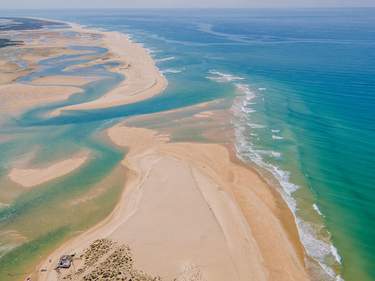
7 days / from 3019 USD
The Real Algarvian Experience
Experience and discover the real Algarve – taste local produce, drinks and traditional dishes, visit heritage sites and participate in culinary activities. If you are passionate about the people’s culture and gastronomy and want to learn more, this itinerary is for you.

11 days / from 1728 USD
A self drive to Portugal's North and Center
Starting in fascinating Lisbon, this trip allows you to discover Portugal both on your own as well as with guided tours. Driving further up north you'll explore Coimbra and Porto before heading to the Douro Valley and Alentejo.
Lisbon and the Algarve can be overcrowded and busy in high summer . Off-season they're surprisingly quiet.
- Visit the Algarve in autumn:
- Uncrowded beaches .
- October water temperatures average 21˚C.
- An average of seven hours of sun daily.
- Portuguese beach season is July and August.
Prefer to leave planning and booking to experts? Have a look at some sample itineraries. Both Complete Portugal or Portugal Itineraries offer inspiration. All Tailor-Made Trips can be modified together with your local expert, then booked for a stress-free holiday. Click 'Modify this itinerary' to contact a local Portugal expert.

Visit Algarve off season is top of the Portugal travel tips © Shutterstock
Get off the tourist trail in Portugal.
- Head inland to the border region in spring.
- Discover fortified towns like Marvão and Estremoz.
- Go north to Douro vineyards in autumn.
- Experience the grape harvest at Douro estates.
- For quieter summer beaches head to Alentejo and Centro district.
- Visit undiscovered west coast Algarve in summer.
Want to explore off the beaten track Portugal? Book a private trip round Evora and Estremov with local guides.
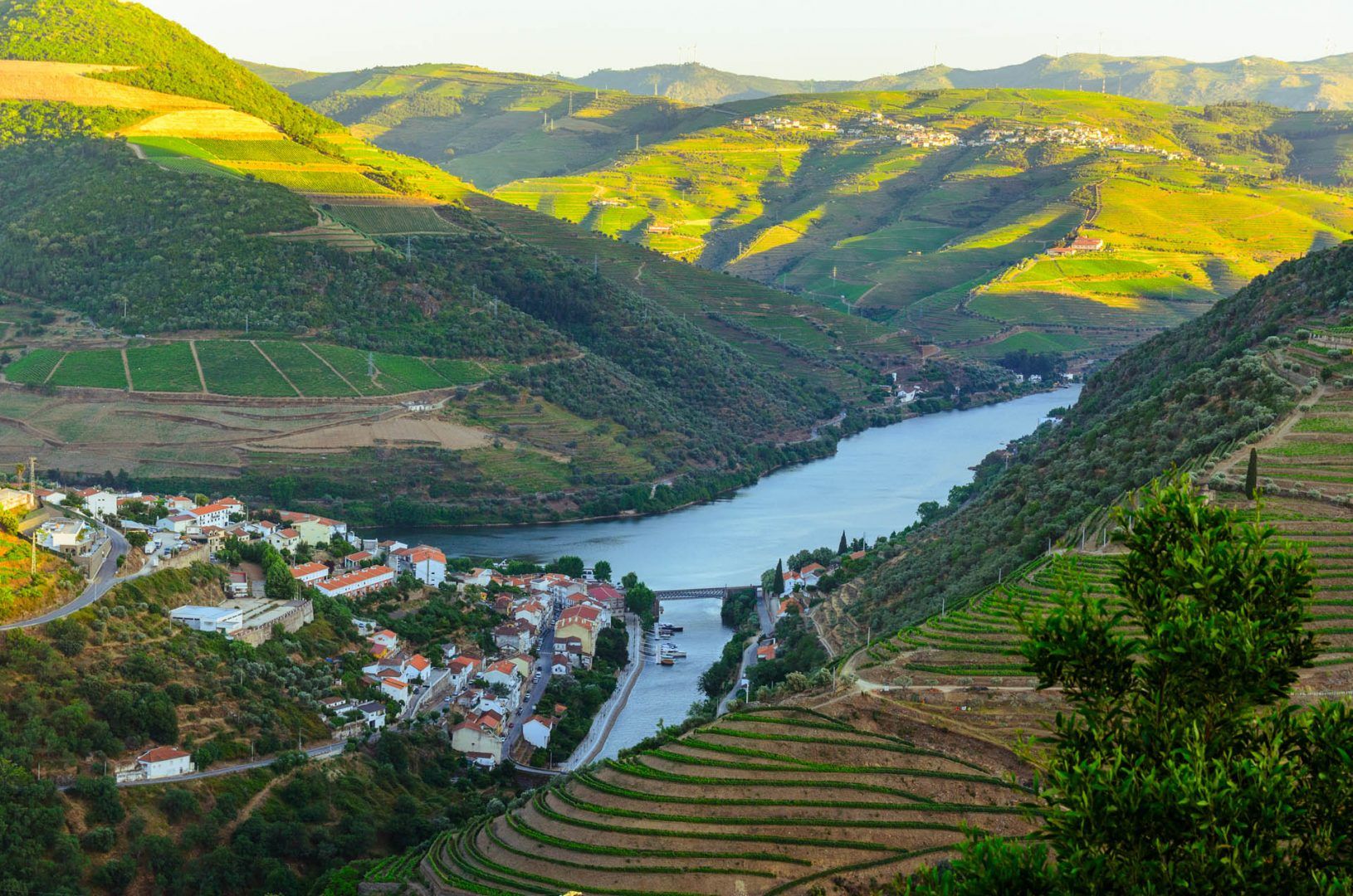
Douro valley © Shutterstock
Local food and drink is high quality in Portugal . It's also inexpensive. So stick to ordering local produce. You’ll find fresh fish and seafood everywhere. And Portugal's pork and cheese is excellent.
House wine will usually be good. And local beers and spirits are great value.
Like some food-specific Portugal travel tips? Try a traditional food tasting experience in Lisbon.

© Shutterstock
The Portuguese like their cars. So take a walk is one of our best Portugal travel tips.
Wander up a quiet track. Step away from the car park. Head down a country lane. Good chance you'll find a quieter beach or beauty spot.

Turquoise waters at Machico bay, Madeira © Balate Dorin/Shutterstock
Related articles from the blog

Most Portuguese restaurants bring you starters as you read their menu. These range from a simple bowl of olives up to a selection of seafood. They are not free. Anything you eat is added to your bill.
Some menus show a cover charge per person which usually includes bread. Others charge for individual items, even bread.
Don’t get too hung up. Most starters are cheap. Just remember fish and seafood can be expensive. Don't hesitate to check starter prices. And say 'no thanks' if you don't want something.

Portugal has one of Europe’s worst road safety records. Many of the country's roads are in poor condition. Conversely, toll-paying autoroutes are well-maintained and often quiet.
Be aware some toll roads use number plate recognition systems. Check the best way to pay these with your car hire company.
Trains in Portugal tend to be cheap. They can also be slow. Inter-city trains are speedier and more expensive. Or catch one of the fast coaches which which serve most main towns.

Caldo verde is Portugal's traditional vegetable soup. You'll find it on most restaurant menus. Just know it is not vegetarian. It almost always has sausage in it. Vegetarian choices in Portuguese restaurants can be limited. Expect to eat lots of salads or omelettes.
The Rough Guides to Portugal and related travel guides
In-depth, easy-to-use travel guides filled with expert advice.

Caldo verde popular soup in Portuguese cuisine © Fanfo/Shutterstock
There are a few ways to save in Portugal try;
- Eating your main meal at lunchtime.
- Look for midday set meals with wine and coffee.
- It's cheapest to drink at the counter in bars.
- Most museums are free on one day a month, or week.
On a budget. Swap hotels for hostels to save. Try Sant Jordi Hostels in Lisbon.

Eat your main meal at midday to save money in Portugal © Shutterstock
Live football is fun and family friendly. Match tickets are cheap and easy to get. Many Portuguese football stars started out at clubs like Porto or Sporting Lisbon. And they still discover major players. Expect live football on TV everywhere.
Missed a match? Take a tour of FC Porto Stadium and Museum instead.

© WineDonuts/Shutterstock
Got kids? You'll love Portugal. Travelling with children is a great way to connect with locals. Expect instant conversation with pretty much everyone.
But don’t be surprised to get parenting advice. Old ladies are shocked to see kids coatless and hatless, even on hot days.
Want to simplify sightseeing for kids? Try hop on hop off bus tickets for families in Lisbon.
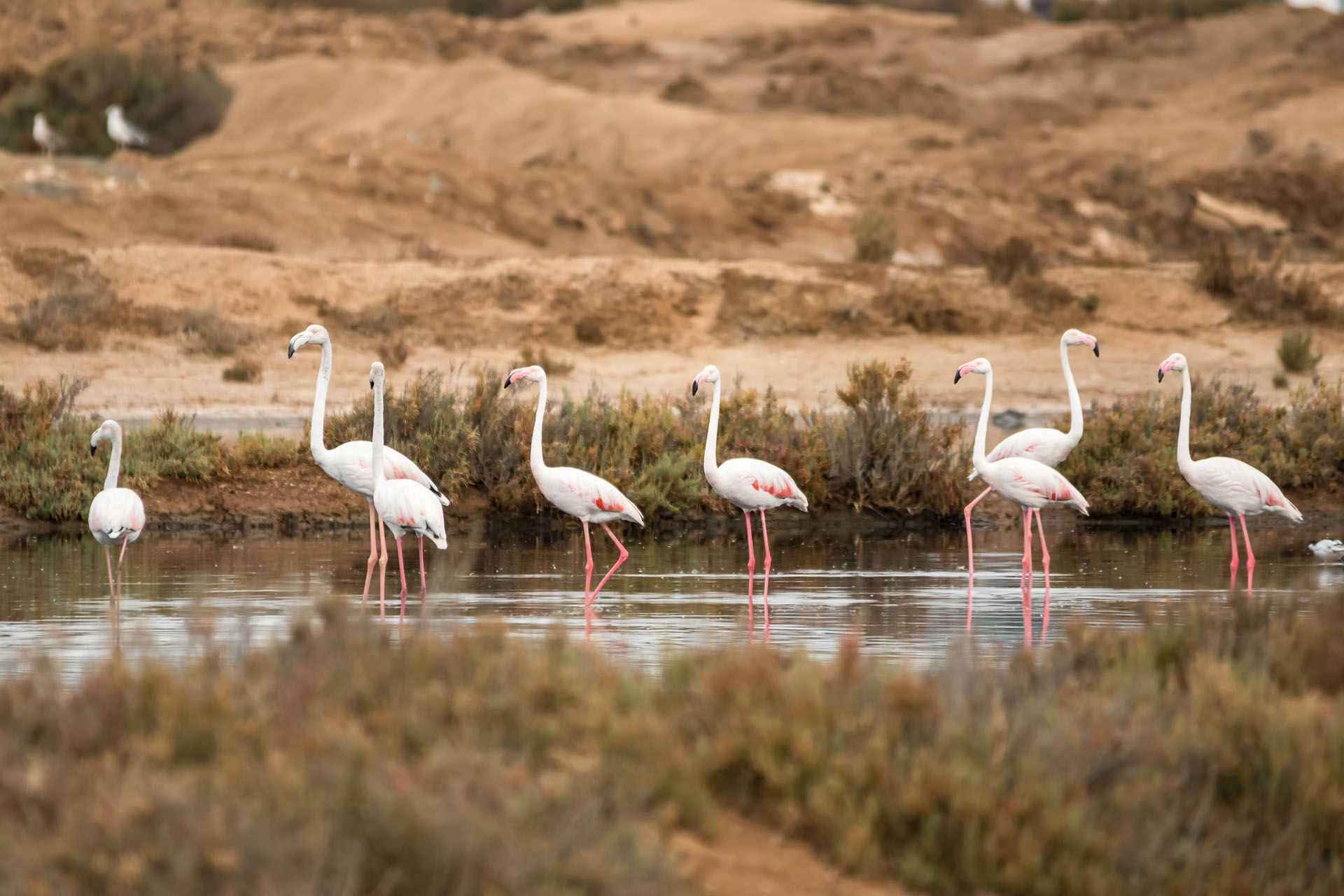
A group of flamingos in Ria Formosa © Taniaaraujo/Shutterstock
Portugal's famous for Port. But the country has a growing reputation for wines in general.
You might notice the word verde on wine lists here. It's not green coloured wine. Verde means young, acidic and slightly sparkling.
For more familiar wines, stick to maduro (“mature”).
Get to know Portugal's wines like a local. Take a full day Douro wine tour with lunch and a river cruise.

12. Watch out for Portugal's business hours
Businesses outside main towns can keep irregular hours.
Many shops, cafés, restaurants, museums and tourist offices open late or close early.
Bad weather can dictate opening hours. And some businesses will close if it's too quiet.
Factor all this into your travel plans.

Portugal's landscapes are very accessible try:
- A drive through Parque Natural de Arrábida on the N379-1.
- A train ride along the Douro from Porto to Pocinho.
- Mountain biking on the rugged Algarve coast.
- Hiking Rota Vicentina through Portugal's southwest.
Prefer to sail for a little? Book a kayak tour in Parque Natural de Arrábida with local guides.
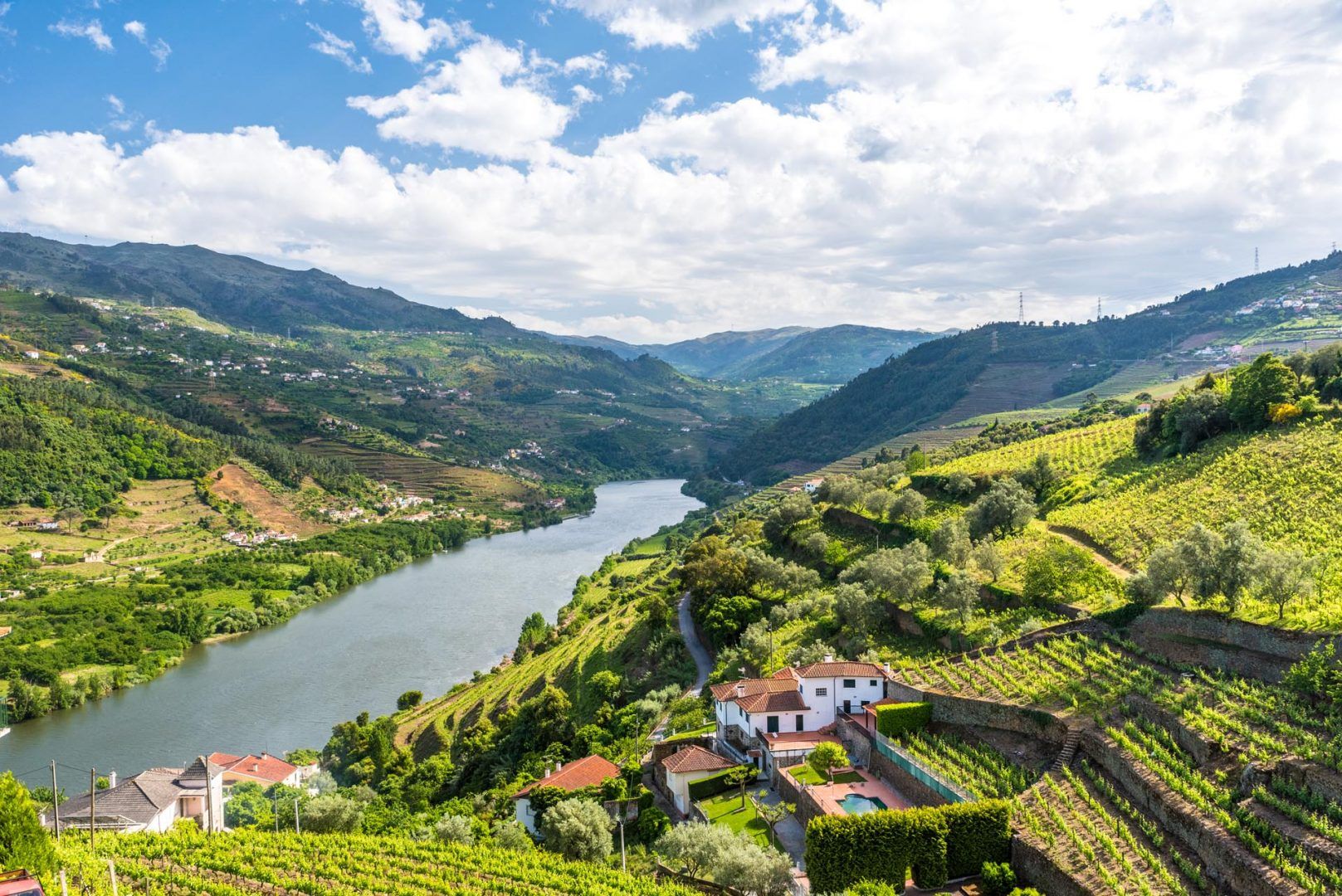
Explore accessible Portugal by road, train, bike or on foot © Shutterstock
Best place to buy traditional ceramics? Caldas da Rainha in Estremadura .
Want hand-stitched Arraiolos carpets? Head to Arraiolos in Alentejo . The world famous carpets are expensive. But nobody stops you 'just looking'.
Hunting down designer bargains? Pick up brand-name seconds at Portugal's weekly markets. For quality designer clothes? Head to Lisbon and Porto's malls and shopping districts.
Take a private tour of Evora and Arraiolos and factor in some shopping.

Famous handmade carpets of Arraiolos in Portugal © Melissa Schalke/Shutterstock
Discover Parque Nacional da Peneda-Gerês.
- Portugal's only national park.
- First opened in 1971.
- Covers 700 square kilometres.
- Protects natural habitats and traditional lifestyles.
- Contains 18 plant species found nowhere else on earth.
- Only natural habitat of the Serra do Gerês iris.

Cavado river and Peneda-Geres National Park in northern Portugal © Sergey Peterman/Shutterstock
16. Browse the country's marvellous markets
You'll find markets all over Portugal.
- Olhão market is best for fish and seafood.
- Estremoz market sells fine Alentejan crafts.
- Barcelos in the Minho is Portugal's most traditional market.
Searching for more local culture in Estremoz? Stay at historic Pousada Castelo de Estremoz for the night.

Coimbra is famed for its historic hilltop university.
- Velha Universidade dates back to 1290.
- Its Baroque Biblioteca Joanina contains 250,000 books.
- The oldest library books date back to the 1100s.
- University grounds and botanical garden are free to visit.
- Tickets and time slots for university buildings and library.
Book Hotel Botanico de Coimbra . It's good value and a short walk from the university.
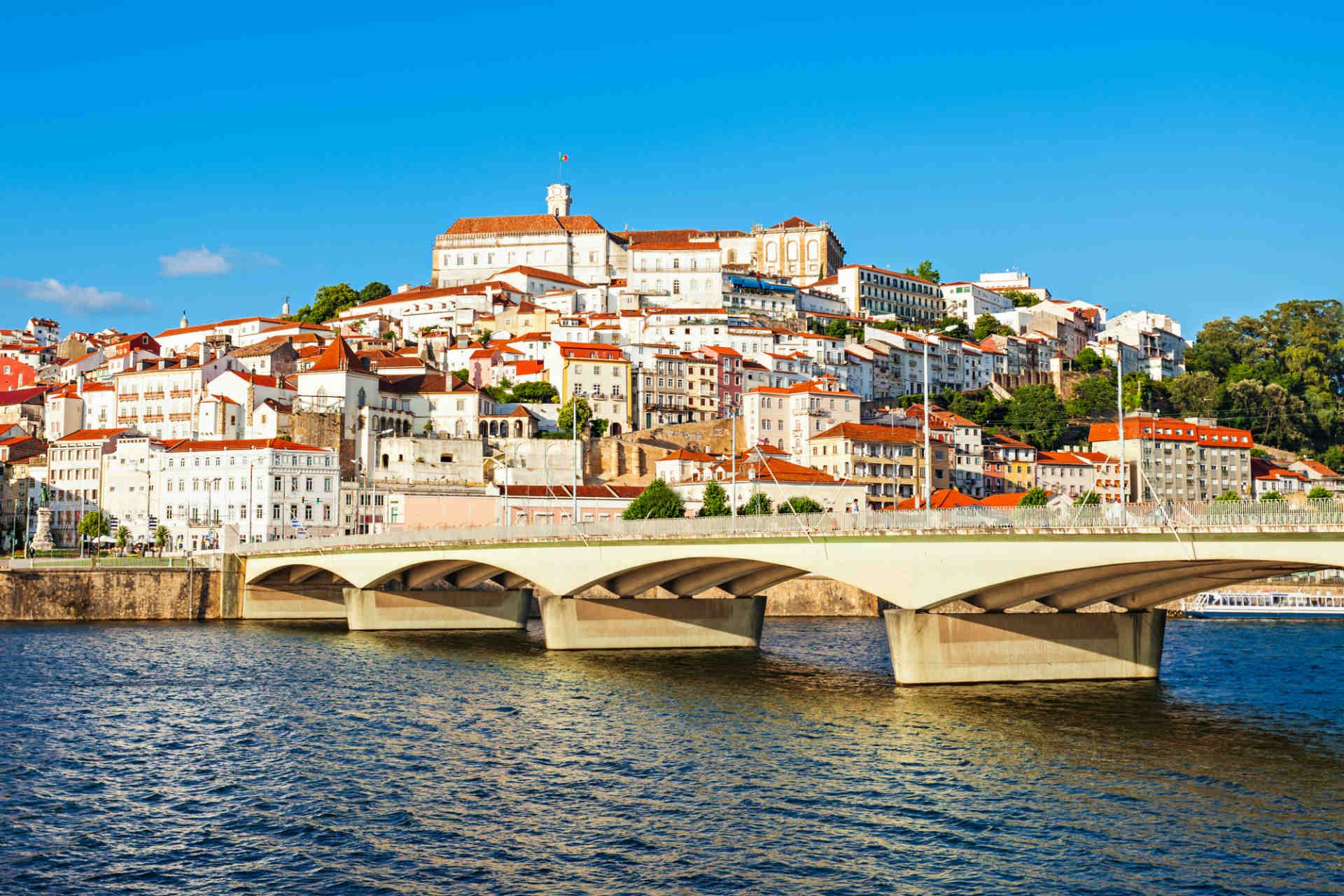
Coimbra, Portugal © Shutterstock
Lisbon has never been easier to explore.
- Direct flights from UK and US available to Lisbon.
- Discover atmospheric Alfama on foot.
- Dance until dawn at clubs in Bairro Alto.
- Eat traditional custard tarts from historic Pastéis de Belém .
- Visit World Heritage Sintra from Lisbon.
Try our best Lisbon budget stay. Lisbon Lounge Hostel in the city centre.

Fairy tale Sintra makes an easy day trip from Lisbon © Shutterstock
Portugal's known for its vast Atlantic waves. But beginners should ignore the breaks at Nazaré. Instead head to Sagres in western Algarve . The seas here are perfect for beginners. And more experienced won't be bored either.
Discover the wild western Algarve coast. Take a full day mini-van tour with local guides.

Nazare, Portugal © Shutterstock
Ready for a trip to Portugal? Read more about the best time to go to Portugal , the best places to visit and best things to do in Portugal . For inspiration use the Portugal Itineraries from The Rough Guide to Portugal and created by our local travel a gents in Portugal . A bit more hands on, check out the map of Portugal and learn about getting there , getting around the country and where to stay in Portugal once you are there. And don't forget to buy travel insurance before you go.
We may earn commission when you click on links in this article, but this does not influence our editorial standards - we only recommend services that we genuinely believe will enhance your travel experiences.
- Travel Tips
Planning your own trip? Prepare for your trip
Use Rough Guides' trusted partners for great rates
Travel advice for Portugal
From travel safety to visa requirements, discover the best tips for traveling to Portugal
- Eating and drinking in Portugal
- How to get to Portugal
- Getting around Portugal: Transportation Tips
- Shopping tips for Portugal
- Travel Tips Portugal for planning and on the go
- Best time to visit Portugal
Find even more inspiration for 74 here
Ready to travel and discover portugal, get support from our local experts for stress-free planning & worry-free travels.
- Where to stay
- Itineraries
- Travel advice

18 Portugal Travel Tips That Are Actually Useful

The small print: Portugalist may generate a commission from mentioned products or services. This is at no additional cost to you and it does not affect our editorial standards in any way. All content, including comments, should be treated as informational and not advice of any kind, including legal or financial advice. The author makes no representations as to the accuracy, completeness, suitability, or validity of any information on this site and will not be liable for any errors or omissions or damages arising from its display or use. Links to external websites do not constitute an endorsement. [Disclaimer Policy]
Embarking on a journey to Portugal? Prepare to be captivated! This charming country, with its rich history, stunning landscapes, and delightful cuisine, offers an experience like no other. But, as with any new adventure, a bit of insight can elevate your trip from good to unforgettable. That’s where my travel tips come in, guiding you to navigate Portugal like a seasoned traveller.
I have travelled to every part of Portugal. That’s right! From north to south, east to west. I’ve also visited Madeira and every single one of the 9 islands in the Azores. Based on all of that, here’s some of my top tips for making the most of your time in Portugal.
If you love it, you can move here
Did you know that Portugal is one of the easier places in Europe to move to? That’s right! Portugal offers a number of residency visas for retirees , digital nomads or remote workers , and entrepreneurs .
A lot of people who come to Portugal fall in love with the warm weather, beautiful buildings, and feeling of safety. Well, don’t just make it a travel destination: consider making it your forever home.
Want to know more? Check out my book Moving to Portugal Made Simple .
Try to Avoid Visiting in July & August
I don’t want to say avoid July and August completely because this is often the only time some people can travel. I’ve also travelled around a lot of Portugal during these months and it hasn’t been too hot, too crowded, or too expensive.
That said, it is the hottest and most expensive time of the year, particularly in places like Lisbon and the Algarve. If you’re visiting these places, consider visiting a little out of season (for example: September or June). Accommodation will be cheaper and the cooler weather is much better for sightseeing.
I personally love the shoulder months (June and September) or even to visit parts of Portugal, like the Algarve, in winter.
Avoid Speaking Spanish
While Spanish is widely understood, it’s important to remember that Spanish and Portuguese are different languages and that this distinction is important to the Portuguese. Saying ‘gracias’ instead of ‘ obrigado (for men) or obrigada (for women)’ can offend some people as it insinuates you see Portugal as just a part of Spain.
That said, Spanish is widely understood. If it’s your first language or you’re fluent in it, don’t be afraid to speak it. Many Portuguese people will reply to you in Spanish or in a Portuguese-Spanish hybrid that people often refer to as Portuñol .
Always Carry Some Cash
Although more and more places accept foreign bank cards, a lot still don’t (particularly outside of places like Central Lisbon and the Algarve). It’s even common for some machines in metro stations or on the toll roads to not accept foreign bank cards.
Basically, it’s always a good idea to carry some cash on you, just in case.
Watch Our For Euronet ATMS
These ATMs typically charge you between 7.5% and 20% of whatever you’re withdrawing, so avoid at all costs. They’re appearing all over Portugal, and are easily identifiable by their bright blue and yellow colouring.
If you can, look out for ATMs that have the word ‘ multibanco ‘ on them as these are an easy way to identify the normal Portuguese ATMs.
Of course, if you don’t mind paying a big fee for convenience, feel free to use these ATMs. They’re located all over the country and it’s often easier to find one of these than it is a ‘normal’ ATM.
The ‘Couvert’ isn’t free but it’s cheap
At the start of a meal, the waiter will probably bring over bread, butter, and maybe cheese. This is known as the couvert . It’s normally quite affordable and will usually only add a few euros to your meal, but you don’t have to take it if you don’t want it.
Tip: You can check the prices inside the menu before deciding.
Many Places Won’t Have AC
AC isn’t as common in Portugal as it is in other parts of the world, like North America and Asia. This means that if you rent an Airbnb or stay in a hotel, you should check that it has AC if this is a priority for you. Summer temperatures can get close to 40°C (around 104°F), particularly in the south of the country.
Similarly, most properties don’t have heating (or an AC with a heating option). This means that properties can be quite cold during the winter months, particularly if they don’t have an AC unit with a heating option.
Sunscreen is Cheaper in Lidl
Sunscreen (and most branded or medical products) is really expensive in Portugal, but you can get a bottle of sunscreen for around €3-4 in Lidl. Otherwise, expect to spend around €10 in supermarkets like Continente and Pingo Doce.
Tipping Isn’t the Norm But Is Always Appreciated
Tipping isn’t particularly common in non-touristy parts of Portugal but, as with anywhere, it’s always appreciated. Portugal has the lowest wages in Western Europe and with a cost of living that’s continuously increasing, every little helps.
There is a standard amount to tip if you decide that you want to, but most people either tip 10% or round up. Of course, if you want to tip the standard American 20%, that’ll definitely be appreciated.
Look Out for Restaurants with a Menu do Dia
To save on dining costs in Portugal, embrace the local custom of enjoying your main meal at lunch. Many restaurants offer a menu do dia (menu of the day) or “prato do dia” (dish of the day), which typically includes 2-3 courses.
More often than not, these lunch deals include a starter, a main course, and a dessert, sometimes even accompanied by coffee or a glass of wine as well. Remarkably, these complete meals often come at a cost of around €10, offering a substantial saving compared to evening dining prices.
Carry Photo ID
In Portugal, it’s a legal requirement to carry photo identification at all times, although you’re unlikely to be asked for it.
Of course, carrying your passport everywhere poses the risk of losing it, which can lead to a host of complications while travelling. A practical solution to this is to leave your passport securely in your hotel safe and instead carry a photocopy of it with you when you’re out and about.
Train Tickets Are Cheaper in Advance
Trains can be booked through cp.pt and can be very affordable, especially when compared to other European countries. Some of the longer routes have discounts of around 40% if you book in advance.
There are lots of Places to Store your Bags
If you don’t have somewhere to leave your bags for the day (i.e. your hotel), there are lots of apps (like Luggage Hero and Bounce) which allow you to store your bags in bars, restaurants, and cafes for a small fee.
These apps don’t operate everywhere in the country, but are common in popular locations like Lisbon and Porto .
Say Yes to the Toll Transponder
When you rent a car in Portugal, you’ll be asked if you want a toll road transponder. Say yes! Although you don’t need to have one, if you want to pay your tolls on the electronic toll roads you’ll most likely need to queue up in the post office and that can be quite time-consuming.
Although it’ll cost you a few extra euros, it’ll be much less time-consuming than queuing to pay the toll fees. It also means that if, for whatever reason, the post office doesn’t have a record of the toll usage when you go to pay, they’ll be able to charge your credit card later on.
Take advantage of Solo Travel Discounts
Traveling solo can be an enriching experience, and it also offers unique opportunities for savings, particularly when it comes to accommodation.
When using hotel booking platforms like Booking.com, it’s important to specify that you are traveling alone by selecting the “1 guest” option. This simple step can sometimes unlock discounted rates for solo travellers, which are slightly more affordable compared to rates for couples or groups.
Ask permission to take a photograph
A lot of Portugal is incredibly photogenic, and many of the things that make a great photo are of Portuguese people going about their daily life for example shopping in the markets, sitting on benches, and sitting at cafés (yes, there’s a lot of sitting down in Portugal).
It’s polite to ask people before taking a photograph. Most people, if you ask them, are more than happy to oblige, and even more happy if you support their business in someway (for example buying something from their stall).
Dress in layers
In Portugal, you’ll notice that the temperature can drop significantly in the evening. You might start the day in shorts and a t-shirt but while you’re having dinner, the temperature will drop to the point where you wish you were wearing at least another light layer. This happens in both summer and winter.
To get around this, be sure to pack a few layers. Pack trousers and a light top for the summer and warmer wear for the winter time.
Wear Practical Footwear
Most Portuguese streets are cobbled and don’t lend themselves well to high heels. In fact, they don’t lend themselves well to anything that isn’t practical and that doesn’t have a good amount of grip, particularly in hilly places.
Forgo the fashion demands and go for practical instead.
Spotted a mistake? Suggest a correction
Hi James, My family are traveling to Lisbon over Christmas/New years. I noticed you said it will be grey and wet in Porto. Is that typically the weather in Lisbon as well? Also any suggestions what to do New years eve? Not looking for a big bash as we are not big partiers, but would like an enjoyable evening. Children are 19 and 21. thanks!
Hi Jennifer,
It is impossible to predict whether or not the weather will be good, unfortunately, but Lisbon definitely gets much better weather than Porto. Last year was quite mild and didn’t rain.
As for things to do, I’ve written about NYE a little bit in this article: https://www.portugalist.com/new-years-eve-lisbon/
I would suggest going out for dinner and then going to Praça do Comércio to see the fireworks.
Hi James. Great website!!! very helpful for us, as first time travelers to Portugal.
My boyfriend and i are going to Portugal in december, and we’re not too sure about the weather… what kind of clothes to pack.
Also we planning on staying in Porto for a few days… where is the best place/area to stay in?. looking for more of a vibe, party area thats central to the main spots as well as the train station.
Hi Sevania,
For Porto, I would assume it would be cold and damp. You might get lucky and get a bit of winter sun, but it’s normally quite grey and it can rain during December. Hope for the best but plan for the worst 🙂
I really like Porto in December, but it’s always good to be prepared.
As for areas to stay in, Porto really isn’t that big. The last time I was there, I stayed at Vibrant Porto Apartments which I really liked and it was roughly a 20-minute walk from most of the city centre.
Hi James – – thank you for the fantastically useful site! We will be in Lisbon the first week of October (staying right near Alfama) and are planning to visit Sintra as a day trip. Should we expect Sintra to still be super touristy/crowded? what would be the best travel strategy (train, bus) and should we plan this to be a full day? Thank you so much!
I just discovered your blog and it’s been super helpful!
I’m going to be in Porto the first week of October. I would be interested in doing some hiking while I’m there. Can you recommend any hiking trails near Porto?
Just read your site and glad to learn the travel tips. Three of us will travel to Portugal for a couple weeks on next Thursday. We will rent a car and visit Lisbon, Sintra, Evora, Algarve, Obidos, Alcobaca, Fatima, Coimbra, Guimaraes and Porto. Do you think our itinerary is too aggressive? After leaving Evora, we are debating if we should visit the coastal route of Atlantic Ocean to reach to Lighthouse of Cabo de São Vicente or just take N125 highway. Your help is greatly appreciated. Obrigada.
hi i forgot to ask if we go with uber should we book it now from canada or wit until we get into porto airport thank you
hello we are flying into porto airport on sept 14, an have 3pcs of luggage with us, the hotel we are staying at is AC PORTO. how far away is the hotel from the airport, i heard uber taxis is the cheaper taxis to take,also we have a flight on sept 16th to barcelona an it is at 630am what time should we be at the aiport for this flight. thank you
Hi, we are considering a Spring 2020 holiday at Vila Gale Praia in Albufeira, any comments welcomed. Thanks Mike
Thanks James!!
I just discovered this site today and am wishing I had known about it a while ago. I leave on the 5th of Sept., heading to Porto/Amarante and Lisbon for a day. First part of the trip is for Habitat for Humanity and I’ll be in Amarante. Then my husband is joining afterwards for a week of sightseeing, around Porto, a train trip down to Lisbon for a long day, etc.
Of course we plan on wine/port tasting, the more the merrier. I guess my main question is: Do you have any idea how much port or wine we are allowed to bring back to the States? It would be for personal use, not for sale.
2nd question – where is the best place to exchange dollars for euros, as soon as I get there. (Am actually there 2 days early before joining Habitat people) Thanks for any input!! Really excited about this trip! Kristin
We are a family of 12 ages 5y to 75y that get together once a year and June 2020 it will be Portugal. My family of 4 plans to arrive in Lisbon then travel by train to Porto for 2 day then we will meet the rest of the crew somewhere in the southern region. There we are looking for a place (on AirBnB) we can get around to restaurants/sites without a car, is not “touristy,” has access to a beaches, and where the grandparents and kids can then travel to Spain for a few weeks while my husband and I return to work. Any ideas of this perfect town to relax and enjoy our family – so far I have searched around Lagos, Alvor, Conceição de Tavira (this one seemed very remote), Santa Luiza. Thank you in advance – any help narrowing down the search would be greatly appreciated.
Hello James
We are a party of 6 visiting Portugal this October and are based in Albufiera for a couple of weeks. Can you suggest any 1 – 2 day trips in and around this area and possibly to Seville and/or Gibralter. Thanks Brian
Hi James, My wife and I will be traveling to Lisbon and Porto in October. We will be staying at Hotel Riverside Alfama in Lisbon and The House Ribeira Porto in Porto (walking distance from the Sao Bento station). Can you recommend train station from Lisbon closest to our hotel with the shortest travel time? Also, would reserving train tickets online save any money? thanks, Ed
Many thanks James,
Yes, mixed results from rental company. Standard quick reply pointing me to their FAQs page instead of giving an answer to my specific questions.
I am 70 years old do I get the senior discount if I buy the ticket at the orients station in Lisbon on the day before I travel to Porto? I will be traveling there in late October.
I am flying with my family into Lisbon this Friday We are renting a car. Due to the petrol tanker strike have you or anyone heard of any difficulties vis a vis how the rental companies are dealing with this and how bad is the rationing(empty petrol pumps) is. Planning to drive to Colares.
thanks Michael
Love your site! We are visiting Porto for a week in September. In much of Europe we were advised to dress conservatively and to wear pants, not shorts. What do you advise?
Also I usually get euros at the airport atm on arrival. Good idea in Portugal or not?
Thank you! We are so excited!
We are keen to spend 5-6 days relaxing and visiting vineyards in the Douro Valley in August (staying in one or two places). We could either rent a car or use trains or busses from Porto. Any suggestions of areas to stay, vineyards to visit and how to get around would be welcome. Thank you
I have medical condition concerning my eye. The treatment requires an injection into the eye every 6 weeks. How would I find a qualified Retina specialists to perform this procedure. I speak English only. I’m positive my specialists in the US would coordinate if I could point him in the right direction.
Just discovered Portugalist. Love it. What’s the weather like in September?- we are visiting Lisbon/Coimbra/Fatima/Porto. Any tips regarding the weather and choice of clothes? obrigada Will appreciate a reply when you can.
Hi, We are 6 adults visiting Portugal in first week November. We have planned 4 nights each in Lisbon & Porto and 2 nights at serra de Estrela or Duoro valley. After this we push off to Seville. Since we are not self driving, can you please suggest the best way to travel from Estrela or Duoro to Seville (chauffered vehicle too expensive?). Or do you think we should spend 2 days in Lagos/Tavira (instead of Estrela) and onwards to Seville (better connections). Also, will the boat rides in Benagil caves be operational in mid November? Pooja
Ola, We will be a party of 5 adults traveling via train from CoimbraB to Lisboa Oriente and on to Sintra. Can you advise whether tis best to take Uber (would probably need 2 of them) rather than dealing with our suitcases on an urban train? Not a ton of luggage (3 of the 5 are carry on only, but still – could be stressful situation). Obrigada
Hi. We would like to visit Portugal for New Years, is it a good idea for about 10 days? We’d like to start from the North…Porto, Douro, Algarve, Lagos, Lisbon, Sintra and Faro. Visiting the Bengali caves is high on the itinerary and may give Portugal a miss if it’s not possible. Need genuine advice and any other must-dos that you suggest. Which could include high adrenalin sports. TIA, all help is much appreciated.
Going to Portugal for the first time in October. Actually first trip to Europe ever. You mentioned to carry cash, but not everywhere takes foreign bank cards. What is the best way to get cash in Portugal?
Definitely need a lot of HELP!! How many questions am I allowed? Is 1000 too many just asking.!!! Selling everything , moving to Portugal. Either by myself or with my sweetheart. Sent question previously re: visit and then apply for visa awaiting reply. Thanks in advance.
I am holidaying in Tavira 23rd August until 4th September to celebrate my 60th Birthday. I would like to know about any events,festivals during that time. Also I would like to have a lovely birthday dinner somewhere extra special,can you recommend somewhere.
Kind Regards Karen
Just discovering your site and finding it so helpful. Great tip on not trying to use my Spanish (I def would have done that). On the same token- I read your article about pesticos and it really had me wondering if the Portuguese have a similar social culture to the Spanish- I love how common it is for people to go out for tapas w friends any time any day. We would also be traveling w our 1 year old and hoped it is culturally acceptable to bring with to bars and restaurants.
Thanks for any insight!
Hi Find your love of Portugal inspiring We are looking to get an apartment in Faro City ( maybe even the old town ) but don’t seem to find much on traditional web sites even airbnb.any other ideas.please Katharine
ok so on your “Don’t speak Spanish” comment is it better to speak English? I am Spanish and traveling to Portugal and feel i can communicate better speaking Spanish as some of the words are similar. I don’t know how to speak Portuguese only a few phrases and common words. Is speaking Spanigh frowned upon in Portugal?
Are there any walking tours through the vintage/second hand shopping neighborhood of Lisbon? Thanks 🙂
Leave a Comment Cancel reply
Save my name, email, and website in this browser for the next time I comment.
This site uses Akismet to reduce spam. Learn how your comment data is processed .
Find Portugalist on Facebook | X | Instagram FR | DE | ES | PT
Nomadic Matt's Travel Site
Travel Better, Cheaper, Longer
Portugal Travel Tips
Last Updated: September 1, 2023
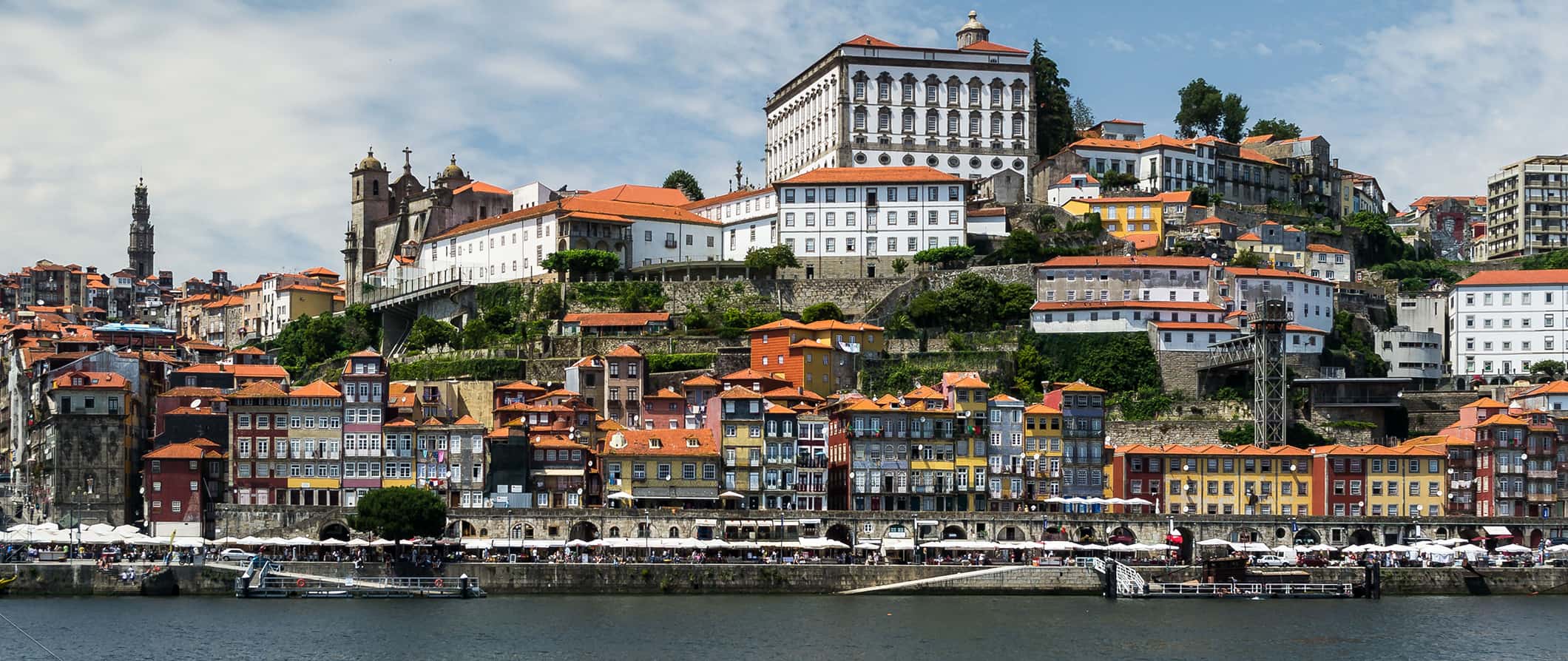
I’ve been to Portugal many times over the years and I never tire of it . It’s one of the most unappreciated countries in Europe and sees a fraction of the tourists that its neighbors do.
Sure, in recent years Lisbon has become a hub for digital nomads, expats, and retirees thanks to its low cost of living. But, in the rest of the country, not much has changed.
Best of all, fewer crowds mean a better, more local experience that won’t break the bank.
This Portugal travel guide can help you plan your trip, save money, and make the most of your time in this stunning and underrated European gem!
Table of Contents
- Things to See and Do
- Typical Costs
- Suggested Budget
- Money-Saving Tips
- Where to Stay
- How to Get Around
- How to Stay Safe
- Best Places to Book Your Trip
- Related Blogs on Portugal
Click Here for City Guides
Top 5 things to see and do in portugal.
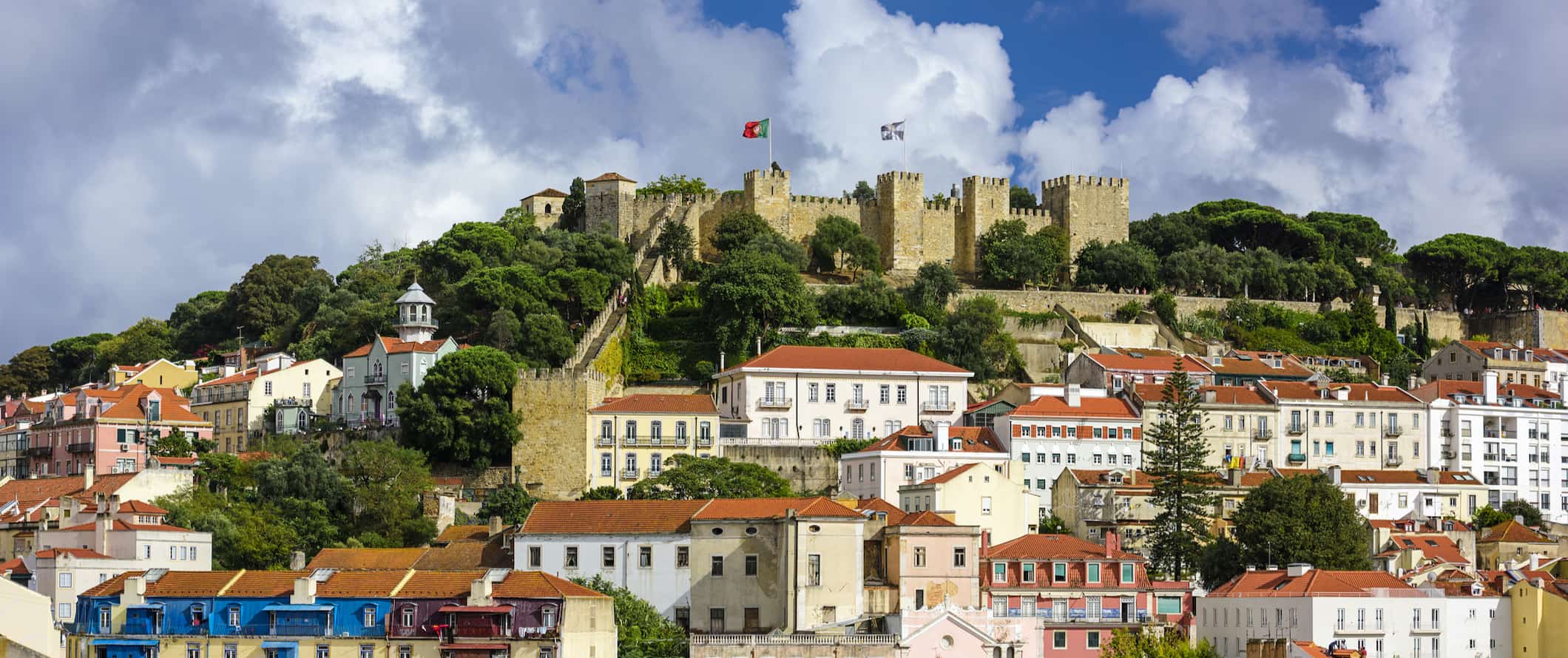
1. Admire Lisbon
Lisbon is gorgeous. I instantly fell in love with it. It has mystique, history, and great food. Take a trip to the Castle of St. George, see the 16th-century UNESCO Belem Tower, admire the churches (specifically the Sé de Lisboa Cathedral), listen to some traditional Fado music, and enjoy the delicious cuisine. It’s one of the most affordable and underrated capitals in Europe!
2. Visit Batalha Monastery
Batalha is a town located just 90 minutes by car from Lisbon. The town is home to Batalha Monastery, officially known as the Monastery of Saint Mary of the Victory. Built in 1388, it’s one of Europe’s greatest Gothic masterpieces and makes for a popular day trip from Lisbon. The monastery took 131 years to build and is now a UNESCO World Heritage Site. Walking through the gigantic gothic doorway and seeing the towering interior (which is lined with 16th-century stained-glass windows) is absolutely breathtaking. Admission is 6 EUR, but you can also purchase a combo ticket to see The Convent of Christ in Tomar and The Abbey of Santa Maria for 15 EUR.
3. Explore the Azores
These 9 islands lie 1,500 kilometers (930 miles) from Lisbon in the Atlantic Ocean. Each of the islands offers a slow-paced way of life, unique wildlife, and stunning beaches. These islands are very off the beaten track and a good “out of the way” place to go. São Miguel is great for hiking and road trips, Pico has great wine, and São Jorge has incredible nature, but you can’t go wrong with any of the islands here!
4. Party in Lagos
Lagos is the place people go to party in Portugal. It’s an excellent destination to soak up the sun. During the summer, this is one of Europe’s premier party destinations for young travelers. there are also incredible beaches, great surfing, and lots of historic churches here. The city is also home to Europe’s first slave market, a sobering sight that dates back to 1444.
5. Enjoy Porto
Porto is one of Portugal’s most colorful cities. Spend some time getting lost and meandering the narrow alleyways and steep staircases that lead to the scenic Douro River. Hop on a river cruise, visit the iconic Lello & Irmão bookstore, tour the museums, and visit the surrounding Duoro Valley and its many vineyards (this is the region where port wine comes from, hence the name). It’s also one of the main launching points for the famous Camino Portugues hike that leads to Santiago de Compostella in Spain (which takes 10-14 days, though you can definitely just do a day hike or a smaller section of the trail).
Other Things to See and Do in Portugal
1. journey to evora.
One of Portugal’s many UNESCO World Heritage Sites, Evora is a small town that offers an array of beautiful and historic buildings. Located 90 minutes east of Lisbon, Evora’s most famous landmark is the Temple of Diana, a Roman temple and UNESCO site from the 1st century. But there is also the Praça do Giraldo, the town’s main square, which is a charming spot to people-watch and embrace the local pace of life. This is small-town Portugal at its best.
2. See the Religious Monuments in Braga
Located one hour north of Porto, the beautiful city of Braga boasts numerous Baroque monuments, including one of the country’s best-known sights: the Bom Jesus Sanctuary (a Catholic shrine and pilgrimage site). The old and the new city are connected by the main square, Praça da Republica, which is a great place for a stroll. The city’s cathedral is also very much worth a visit, as it is the country’s oldest (construction started in 1509).
3. See the Abbey of Santa Maria
Located between Lisbon and Porto, the Abbey of Santa Maria is Europe’s largest Cistercian building (the Cistercians are a Catholic order of monks and nuns, founded in 1098). You can wander around the abbey at your leisure to learn more about its cloisters, dormitories, library, and more. The church is free to enter but the monastery costs 6 EUR. You can save money by purchasing a combo ticket to the Convent of Christ in Tomar and the Batalha Monastery for 15 EUR.
4. Head to Sintra
Lord Byron, an English poet writing in the 18th century, said that Sintra was “perhaps in every respect the most delightful [place] in Europe.” If you are visiting Lisbon, you should definitely make an effort to come here to see its palaces, wonderful views, and museum collections. It’s one of the most beautiful places in the entire country. The train takes about an hour from Lisbon and costs under 5 EUR.
5. Learn about the Knights Templar in Tomar
The big attraction in the town of Tomar is the Templar Castle and Convent of Christ. It was the headquarters for the Knights Templar in the 12th century (they were a Catholic military order founded in 1118 that fought in the Crusades). The castle, a UNESCO World Heritage Site, was an important defensive stronghold against the encroaching Moors (Muslims from North Africa who eventually conquered parts of Spain and Portugal). Admission is 6 EUR or 15 EUR with a combo ticket.
6. Hit the water
Aveiro, located 72 kilometers (45 miles) south of Porto, lies on what’s known as the Silver Coast. This small university town has a historic center built on canals, giving rise to its nickname “the Venice of Portugal.” The winds here create good opportunities for windsurfing and surfing too. You can rent surfboards for as little as 15 EUR per day, while kitesurfing and windsurfing rentals around 50 EUR. If you want lessons, most two-day courses cost around 130 EUR.
7. Get lost in Coimbra
Another university city, Coimbra is located between Lisbon and Portugal and is home to one of the world’s oldest universities (the university was founded in 1290 and moved to Coimbra in 1537). There is a famous and beautiful old library that you can tour, but the real thing to do in Coimbra is just wander through its many historic streets. There are plenty of churches and gardens to take in as you stroll around soaking up the history. It’s a postcard-perfect destination.
8. Attend a Fado performance
Fado is a local type of music that originated in Lisbon. It’s a rather haunting, mournful style often focused on the hardships of the poor or life at sea. The music first appeared in the 19th century and was popular with the working class (especially sailors). The word “fado” likely stems from the Latin word for fate, which is why many of the songs focus on the inevitability of misfortune and suffering. While melancholic, the music is also beautiful and poetic.
9. Check out Faro
Faro is a common starting point for tours of the Algarve region, a southern region brimming with great beaches, tasty seafood, and plenty of tourists. Faro itself isn’t a beach city, but has a lovely old town and is a great place to spend a day before you explore the coast. Don’t miss the cathedral and the municipal museum to learn more about the city.
10. Stand at the edge of Europe
Cape Sagres is the most southwestern point on the European continent. It was here that Henry the Navigator, one of Portugal’s most revered figures during its empire, had his famous navigation school. He was one of the central figures to kick start the Age of Discovery in the 15th century that put Portugal on the map (literally). His development of lighter caravel ships allowed explorations in West Africa, which also launched the slave trade.
11. Try a Pastéis de nata
This pastry is a Portuguese staple. You’ll find these delicious custard-filled tarts at every bakery. They’re a must for an authentic food experience and cost around 1 EUR.
12. Walk the Templar Stairs
Located in Sintra, Quinta da Regaleira is a UNESCO World Heritage Site composed of several historic buildings, including a huge palace and chapel. But the highlight is the Initiation Wells, two massive wells that stretch far underground. They were built by the Templars for their initiation rituals. Would-be knights would have to travel down a winding staircase into the massive wells blindfolded and navigate a labyrinth before coming back to the light. Today, you can tour the wells and explore them yourself. Admission is 10 EUR.
The Camino Portugues (The Portuguese Way) is a pilgrimage trail that stretches from Lisbon to Santiago de Compostela in Spain. It’s the second most popular Camino, after the main French Way, though it sees a fraction of pilgrims compared to the main route. Most hikers start in Porto, with the 280 kilometers (173 miles) journey taking around 10-14 days, though it’s also possible to start in Lisbon for a longer trek.
For more information on other destinations in Portugal, check out these guides:
- Lagos Travel Guide
- Lisbon Travel Guide
- Porto Travel Guide
Portugal Travel Costs
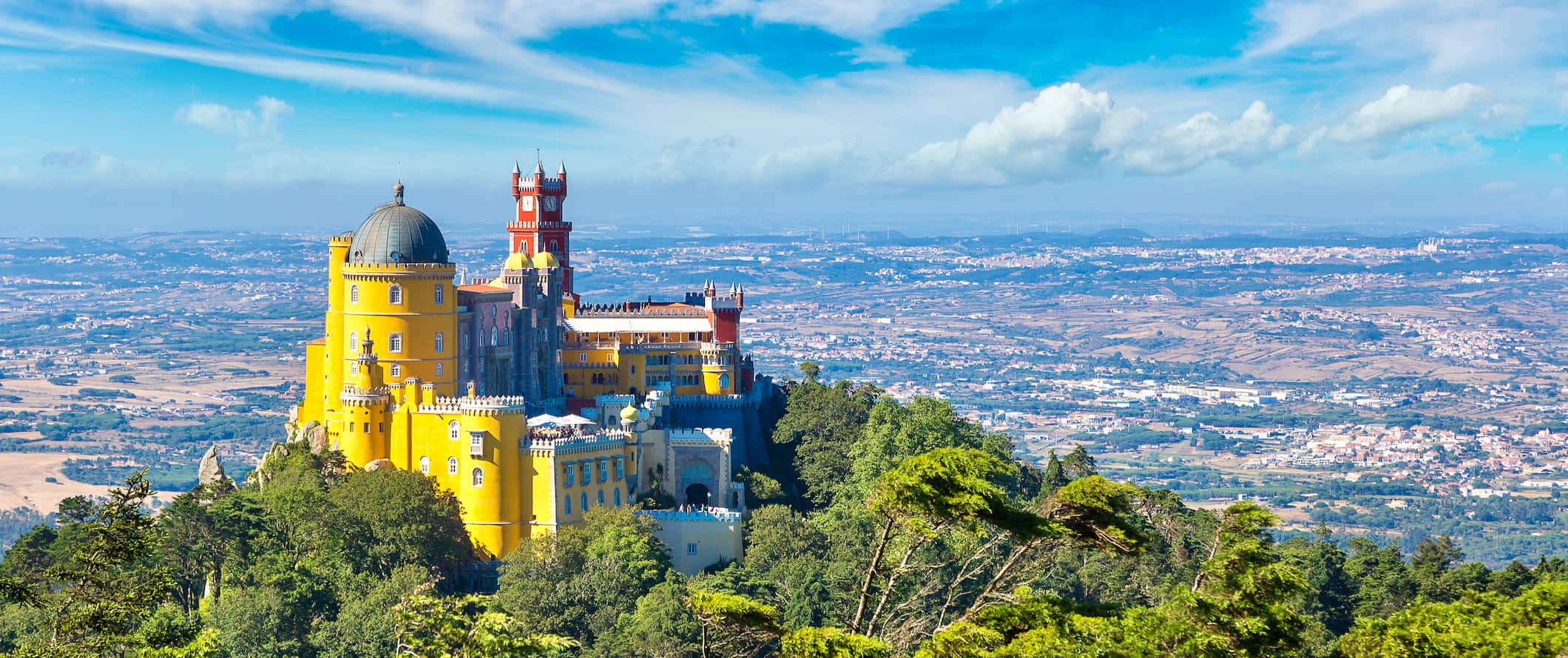
For those traveling with a tent, camping is available around the country for 10-20 EUR per night for a basic tent plot without electricity.
A room in a two-star budget hotel costs between 40-75 EUR per night. Expect basic amenities like free Wi-Fi and TV. Free breakfast is sometimes included as well.
On Airbnb, private rooms start at 30-50 EUR per night while entire homes/apartments average around 100 EUR.
Food – Fish and seafood form the backbone of Portuguese cuisine (Portugal eats the most seafood per capita in Europe). Cod, sardinhas assadas (grilled sardines), sea bass, and shellfish are some of the most common staples. Other popular dishes include cozido à portuguesa (boiled stew), peixinhos da horta (breaded and fried vegetables), and cured ham. Be sure to also try the prego (beef sandwich) or the bifana (pork sandwich). You can find them at local cafes for just 5 EUR.
You can find snacks in bakeries for 2 EUR or less, light meals and sandwiches for around 8-10 EUR, and fast food for around the same price.
If you want a three-course meal with drinks, you’re looking at spending closer to 20 EUR. After that, the sky is the limit!
For a casual restaurant meal, expect to pay around 10 EUR.
Beer is around 3 EUR while a latte/cappuccino costs around 2.50 EUR. Bottled water is less than 1 EUR.
If you’re cooking, groceries cost around 35-45 EUR for a week’s worth of food. This includes staples like pasta, rice, produce, and some meat or seafood.
Backpacking Portugal Suggested Budgets
On a backpacker budget, you can visit Lisbon for around 45 EUR per day. On this budget, you’ll be staying in a hostel dorm room, cooking all of your meals, limiting your drinking, using public transportation to get around, and sticking to free activities like free walking tours, enjoying the beaches, and exploring the Old Town. If you plan on drinking, add 5-15 EUR per day to your budget.
On a mid-range budget of 125 EUR per day, you can stay in a private Airbnb or private hostel room, eat at cheap local restaurants and cook some meals, use public transportation and take the occasional taxi, visit paid attractions like the botanic gardens and Belem Tower, and enjoy some drinks at the bar.
On a “luxury” budget of 235 EUR or more a day, you can stay in a hotel, eat out for every meal, drink what you want, rent a car to explore the region, and visit as many museums and attractions as you’d like. This is just the ground floor for luxury though — you can easily spend more if you really want to splash out!
You can use the chart below to get an idea of how much you need to budget daily. Keep in mind these are daily averages – some days you spend more, some days you spend less (you might spend less every day). We just want to give you a general idea of how to make your budget. Prices are in EUR.
Portugal Travel Guide: Money-Saving Tips
For the most part, Portugal is an incredibly affordable destination. Food, accommodation, wine – it’s all very cheap (especially when compared to other EU countries). As long as you’re not splurging on a ton of booze or eating at the overpriced tourist restaurants, you’ll find it easy to save big while still enjoying yourself. Here are a few more ways to save money in Portugal:
- Look for free museum visits – Some museums are free on Sundays. Check with the local tourism board or the museum’s website for more information on free/discounted hours.
- Skip the taxis – Taxis add up so if you’re on a budget, skip the taxis and use the metro or bus system to go where you need to.
- Say “no” to bread – When eating out, a selection of bread and olives may be brought to your table before your meal. These aren’t free, so just say no if you’re on a budget.
- Stay at a pensão – These family-run inns offer decent lodgings for very little money and are a great alternative to hotels.
- Get a tourist card – Certain cities, like Porto and Lisbon, offer tourist cards that provide unlimited access to public transportation (normally for one, two, or three days) and free or discounted access to museums and monuments. If you plan to see lots of sites, be sure to go to the local tourism office and pick up one of these cards!
- Stay with a local – If you plan ahead, you can usually find Couchsurfing hosts all throughout the country. This way, you not only have a free place to stay but you can connect with a local who can share their insider tips and advice. Just send your requests early in the summer.
- Cook your meals – Restaurants here are cheap, but eating out all the time adds up. Visit the local market to stock up on groceries and cook a few meals. You’ll save a ton!
- Bring a water bottle – The tap water here is safe to drink so bring a reusable water bottle to save money and reduce your plastic use. LifeStraw is my go-to brand as their bottles have built-in filters to ensure your water is always clean and safe.
Where to Stay in Portugal
Budget accommodation is plentiful in Portugal. Here are my suggested places to stay:
- Lookout! Lisbon Hostel (Lisbon)
- Lisboa Central Hostel (Lisbon)
- Yes! Lisbon Hostel (Lisbon)
- Rising Cock Party Hostel (Lagos)
- Gold Coast Calm Hostel (Lagos)
- Casa D’Alagao (Faro)
- HI Hostel Faro (Faro)
- Rivoli Cinema Hostel (Porto)
- Gallery Hostel (Porto)
- Pilot Design Hostel & Bar (Porto)
How to Get Around Portugal
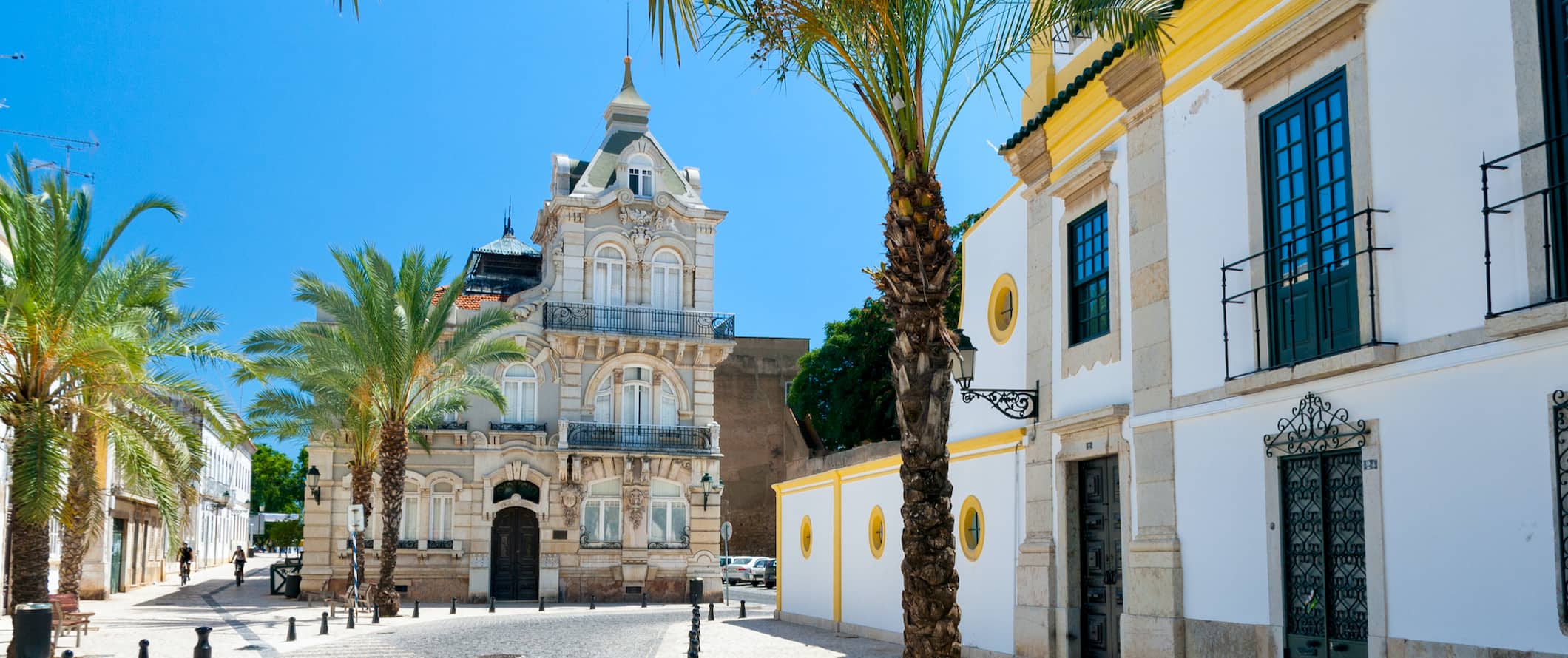
Train – Portugal has a great rail system. Tickets are affordable, with a ride from Porto to Lisbon costing around 25 EUR. Even the high-speed rail is affordable (unlike in many other European countries); it’s about the same price between Porto and Lisbon as the regular train. A train trip between Braga (in the far north) to Faro (at the southern tip) costs between 65-75 EUR.
Bus – Buses are the cheapest way to explore, and they’re also not super time-consuming since Portugal isn’t a huge country. A cross-country bus from Lisbon to Lagos costs between 15-20 EUR, while an eight-hour journey from Braga to Faro costs around 30 EUR.
Lisbon is the main hub for budget-friendly Flixbus routes around the country. It’s the cheapest way to get from Portugal and into the rest of Europe. A bus to Madrid, Spain costs around 30 EUR.
Flying – Flying is the best way to get to the Azores, though it’s likely not worth it for getting around the mainland. A flight from Lisbon to the Azores costs as little as 50 EUR, while Lisbon to Madeira starts at about 40 EUR. TAP Air is Portugal’s official airline.
Taxis – Taxis start at 3.50 EUR and go up by about .80 EUR per kilometer. Skip them if you can as they add up fast!
Ridesharing – Uber is available in Portugal’s larger cities but it’s not much cheaper than taxis. I’d still skip ridesharing altogether if you’re on a budget.
Bike rental – Locals like to get around by bike and bike rentals are available in all the major cities. You can rent a basic city bike for around 10-15 EUR per day.
Car rental – Car rentals cost as little as 25 EUR per day for a multi-day rental. It’s a super affordable way to explore if you have someone to split the cost with (especially in the Azores). Drivers need to be at least 18. For the best rental car deals, use Discover Cars
When to Go to Portugal
Peak season in Portugal is during the summer months of June-August. Temperatures hover around 23°C (74°F) and popular destinations like Porto and Lisbon experience an influx of visitors. Prices increase during this time as well. But the overall atmosphere and weather are great, so it’s still worth visiting during peak season.
Personally, I think the best time to visit Portugal is the shoulder season in the spring and fall (April-May and September-October). Temperatures range from 18-22°C (65-71°F) so it’s still warm enough to explore and enjoy the outdoors. There aren’t as many crowds and prices are cheaper, making it an ideal time for budget travelers.
Winter is from November to February. It gets cold and tourist crowds thin out considerably. Temperatures vary quite a bit from place to place, but overall, the temperature averages around 12°C (53°F). I’d avoid visiting in the winter if you can, however, if you’re on the continent already Portugal is one of the warmer places to spend the winter.
How to Stay Safe in Portugal
Portugal is very safe for backpacking and solo travel as violent attacks are uncommon. Pickpocketing is the most common crime and can occur in touristy areas and on public transportation. Be aware of your surroundings when you’re in markets, on busy streets, and when using the metro. Always keep your valuables secure and out of sight just to be safe.
Drugs here have been decriminalized, but it’s best to avoid them as selling drugs is still illegal. If approached and offered drugs, politely decline and continue on your way
You won’t find a lot of travel scams in the country but read this article on common travel scams to avoid just to be safe.
Solo female travelers should generally feel safe here, however, the standard precautions apply (never leave your drink unattended at the bar, don’t walk home alone at night if intoxicated, etc.).
If you experience an emergency, dial 112 for assistance.
Remember: always trust your gut instinct. If a taxi driver seems shady, stop the cab and get out. If your hotel is seedier than you thought, get out of there. You have every right to remove yourself from the situation. Make copies of your personal documents, including your passport and ID. Forward your itinerary along to loved ones so they’ll know where you are.
The most important piece of advice I can offer is to purchase good travel insurance. Travel insurance will protect you against illness, injury, theft, and cancellations. It’s comprehensive protection in case anything goes wrong. I never go on a trip without it as I’ve had to use it many times in the past. You can use the widget below to find the policy right for you:
Portugal Travel Guide: The Best Booking Resources
These are my favorite companies to use when I travel. They consistently have the best deals, offer world-class customer service and great value, and overall, are better than their competitors. They are the companies I use the most and are always the starting point in my search for travel deals.
- Skyscanner – Skyscanner is my favorite flight search engine. They search small websites and budget airlines that larger search sites tend to miss. They are hands down the number one place to start.
- Hostelworld – This is the best hostel accommodation site out there with the largest inventory, best search interface, and widest availability.
- Booking.com – The best all around booking site that constantly provides the cheapest and lowest rates. They have the widest selection of budget accommodation. In all my tests, they’ve always had the cheapest rates out of all the booking websites.
- HostelPass – This new card gives you up to 20% off hostels throughout Europe. It’s a great way to save money. They’re constantly adding new hostels too. I’ve always wanted something like this and glad it finallt exists.
- Get Your Guide – Get Your Guide is a huge online marketplace for tours and excursions. They have tons of tour options available in cities all around the world, including everything from cooking classes, walking tours, street art lessons, and more!
- The Man in Seat 61 – This website is the ultimate guide to train travel anywhere in the world. They have the most comprehensive information on routes, times, prices, and train conditions. If you are planning a long train journey or some epic train trip, consult this site.
- Rome2Rio – This website allows you to see how to get from point A to point B the best and cheapest way possible. It will give you all the bus, train, plane, or boat routes that can get you there as well as how much they cost.
- FlixBus – Flixbus has routes between 20 European countries with prices starting as low 5 EUR! Their buses include WiFi, electrical outlets, a free checked bag.
- SafetyWing – Safety Wing offers convenient and affordable plans tailored to digital nomads and long-term travelers. They have cheap monthly plans, great customer service, and an easy-to-use claims process that makes it perfect for those on the road.
- LifeStraw – My go-to company for reusable water bottles with built-in filters so you can ensure your drinking water is always clean and safe.
- Unbound Merino – They make lightweight, durable, easy-to-clean travel clothing.
- Top Travel Credit Cards – Points are the best way to cut down travel expenses. Here’s my favorite point earning credit cards so you can get free travel!
- BlaBlaCar – BlaBlaCar is a ridesharing website that lets you share rides with vetted local drivers by pitching in for gas. You simply request a seat, they approve, and off you go! It’s a cheaper and more interesting way to travel than by bus or train!
Portugal Travel Guide: Related Articles
Want more info? Check out all the articles I’ve written on Portugal travel and continue planning your trip:
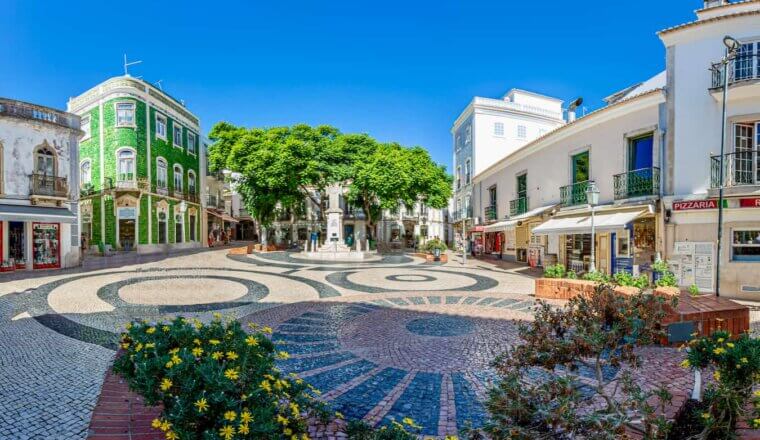
The 4 Best Hostels in Lagos, Portugal
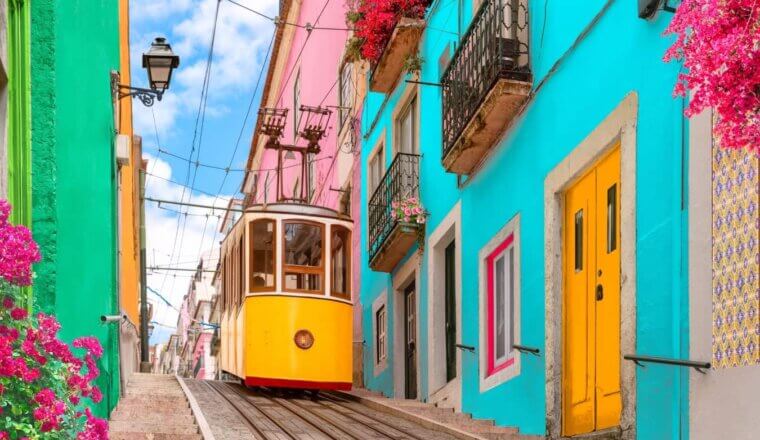
The Best Walking Tours in Lisbon
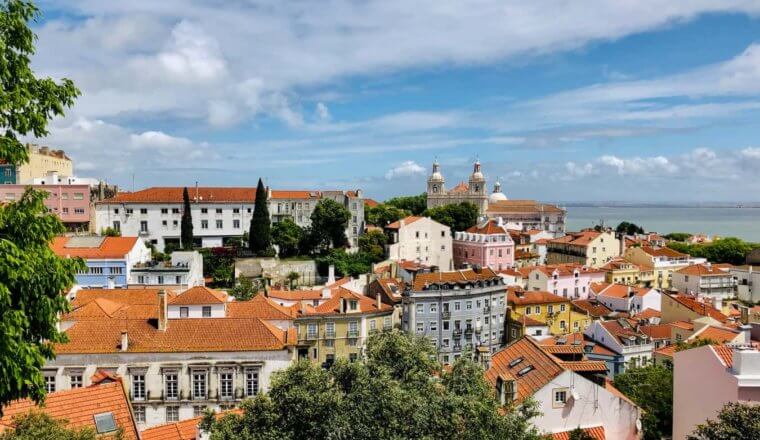
Where to Stay in Lisbon: The Best Neighborhoods for Your Visit
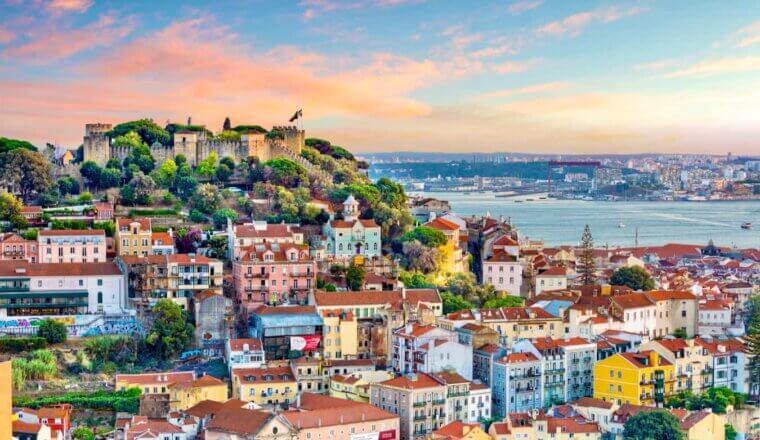
The 9 Best Hostels in Lisbon
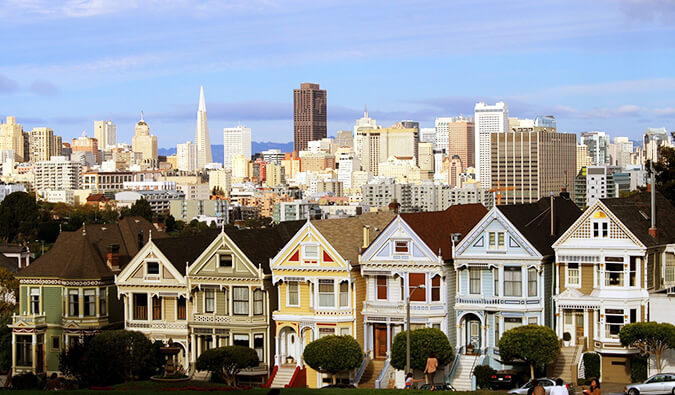
When Three Days Is Not Enough Time
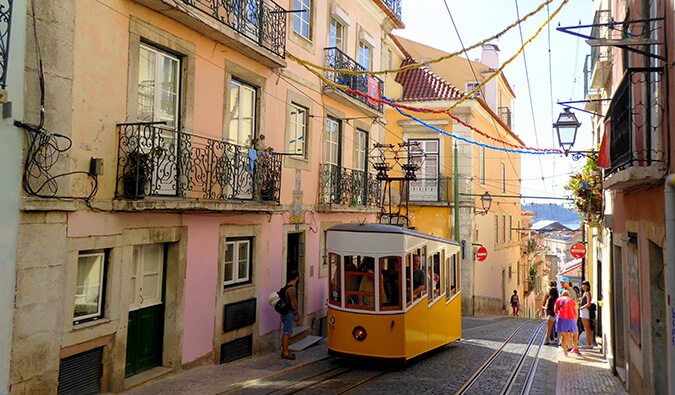
Lisbon: Even Better the Second Time
Get my best stuff sent straight to you, pin it on pinterest.
- Where To Stay
- Transportation
- Booking Resources
- Related Blogs
You will be redirected to your dashboard shortly. We will also call you back in 24 hrs .
- 14 Top Travel Tips For Portugal That’ll Help You Plan A Better & A More Hassle-Free Trip
23 Mar 2023
Portugal is a stunning travel destination for all the travel enthusiasts out there with its magnificent beaches, stunning cityscapes, welcoming locals, and the delicious European cuisine. If you are travelling to Portugal for the first time, you will definitely fall in love with the place. It has many beautiful destinations that are worth visiting and with these best travel tips for Portugal mentioned below, your trip to the country will surely be more enjoyable and convenient. Take a look at our list of travel tips to Portugal to make the most of your Portugal vacation!
14 Top Travel Tips To Portugal
These 14 best travel tips for Portugal will come in quite handy on your next EuroTrip. Take a look and do take notes for planning an impeccable vacation with your loved ones.
1. Travel out of peak season
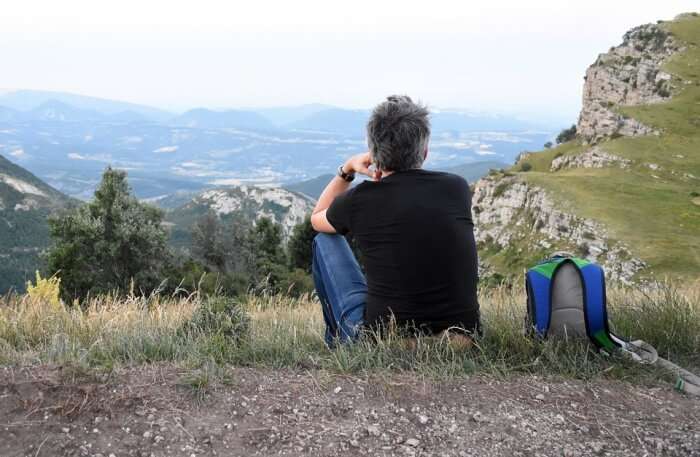
Image Source
Though June till September is the best time to visit Portugal, but the beautiful beaches and tourist attraction spots are usually overcrowded during this time of the year, so the best thing to do would be to visit Portugal during the shoulder season like autumn when the beaches are generally less crowded during these times and so you can enjoy a quiet time at the beaches and unwind yourself at peace.
Must Read: 9 Best Churches In Lisbon That’ll Make Your Portugal Holiday More Memorable
Europe Holiday Packages On TravelTriangle
Explore the most beautiful places to visit in Europe, from Paris to the Venice canals and from the Greek islands to the Swiss alps. Book customized packages by expert agents on TravelTriangle. Inclusive of airport transfers, cab, resort, sightseeing and meals. Best holiday experience Guaranteed. Book Now

Magnificent Switzerland Holiday 6D/5N Package @ Rs 69,999
Plan your trip today!

Magnificent Europe Tour 7D/6N Package @ Rs 70,975
Get quotes from multiple travel experts.

France & Switzerland Tour Package 8D/7N @ Rs 90,000
Compare & customize quotes before booking.

Scintillating Spain & Portugal Tour 11D/10N @ Rs 101,150
Have Questions? Talk to our travel experts today.
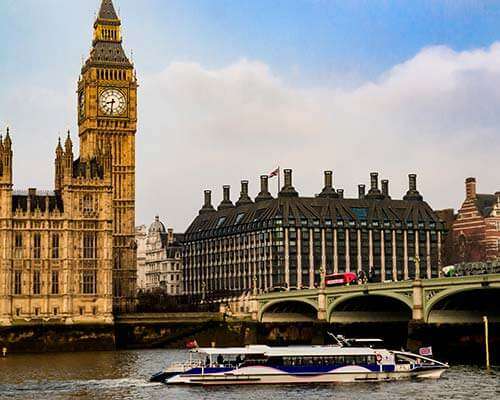
6 Country Europe Tour Package 12D/11N @ Rs 118,650
Best prices guaranteed. EMI option available.

See more at TRAVELTRIANGLE.COM
2. Keep important documents
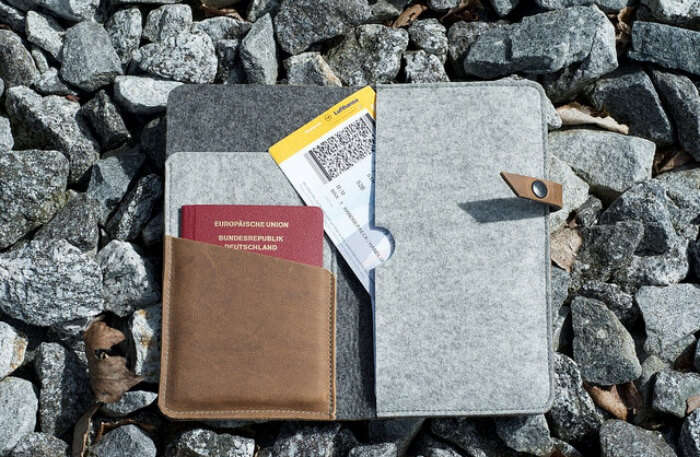
Before travelling to Portugal make sure that your passport is up to date and you might need at least six months if you are visiting from any part out of EU. Also by Portuguese law, you always have to carry a photo ID like driver’s license with you while on your trip to Portugal. If you are a resident of EU then you are required to bring your European Health Insurance Card.
Suggested Read: A 2022 Guide To Help You Plan Your Portugal Honeymoon
3. Be cautious at the beach

Towns in Portugal like Ericeira, Peniche and Nazare re famous surf destinations and that is not for nothing. The beaches in these locations are popular for producing gigantic waves and some of them could be detrimentally large so much that they can even knock adults over. So while on these beaches practice precaution and keep an eye on your kids and not let them go very near the water edge.
Suggested Read: Azores Islands: A Handy Guide To This Nature’s Gorgeous Marvel In Portugal
4. Travel light to Lisbon
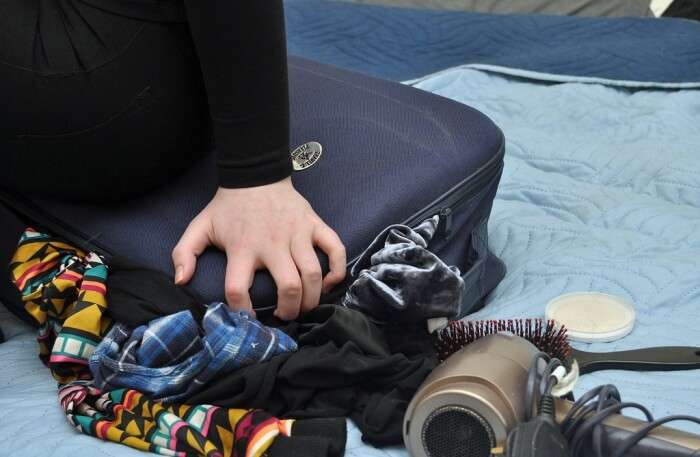
While travelling to the beautiful capital city of Lisbon, Portugal travel tips to remember would be to wear comfy footwear. Now, this might seem a bit absurd but especially if you are visiting the beautiful hilly city of Lisbon, the streets are cobblestone lined which might create an unstable footing and also makes the roads quite slippery. Also you need to carry on most of your outings on foot so be sure the most comfortable pair your shoes.
Another pro tip for travelling to a major destination like Lisbon, pack light. Carrying around a cumbersome luggage with you can be quite tiring. You can find pretty much anything you need in Lisbon, so the good idea is to carry only a travel backpack with the bare essentials.
Suggested Read: 10 Gorgeous Portuguese Islands That One Should Visit In 2022
5. Vegetarians – beware of the soups

Vegetarian options in Portugal restaurants are actually quite limited. You have to be prepared to eat a lot of salads. A very famous soup that you’ll find in many restaurant menu is ’Coldo Verde’ a very famous, tasty and traditional dish in the country. Although the soup is considered vegetarian and the waiters will also tell you the same but mostly there are a few chunks of sausage in the soup.
Suggested Read: Lisbon Nightlife: 10 Best Places To Enjoy Portugal Nights To The Fullest
6. Use sun protection

If you are visiting Portugal, you are definitely going to visit the beaches. Whether you are strolling around the sand or laying on the beach or simply wandering around the cities, don’t forget to use a sun block, especially between 12 P.M to 3 P.M. This is the hottest time of the day and you need to protect yourself from the heated rays of the sun.
7. Brush up your Portuguese
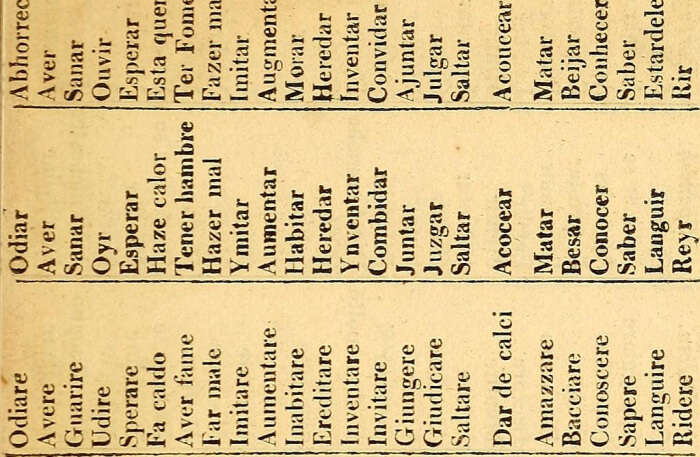
Although English is widely used in many regions of Portugal including Lisbon, Algarve and Porto, but it is not possible that every person that you come across in Portugal is versed in English and as you go outside from these major zones, you’ll fewer people speaking English. So, it is recommended that before you go travelling around Portugal, brush up on your Portuguese speaking skills.
Suggested Read: 5 Best Villas In Portugal That Will Add Stars To Your Holiday Experience
8. Check travel time duration between locations

If you are planning to visit more than one location it is necessary to check the travel time and distance between the locations that you visit. It doesn’t make sense to spend your entire holiday rushing between destinations due to improper knowledge of travel itinerary.
9. Portugal Money

Money matters in Portugal and it is a great destination for budget travelling. There are ATMs in all the international airports in Portugal that that you can directly withdraw euros from. Credit cards are accepted in majority part of the country but the smaller outlets prefer taking cash only. Also keep note of the fact that every purchase that you make from your debit card will be charged, so it is necessary that you keep a tab on your expenses.
Suggested Read: 11 Best Places To Visit In Portugal, The Hidden Gem Of Europe

Although Portugal is one of the safest place around the globe, but it doesn’t harm to take some precautions and know where to ask for help. If you are need of any emergency medical service or contact the police, dial 211. It is Portugal’s equivalent of 911 and this number is also toll free and does not incur any charges.
11. Make use of your G.P.S

Portugal is hands down a beautiful location to explore. But also you need to be prepared for getting lost in the midst of nowhere, especially people travelling from abroad countries, who are not used to driving on European roads and can easily be confused by the road signs and signals. G.P.S comes in handy in such situations as you can weave out of nowhere and find the road to your destination again.
Suggested Read: 14 Terrific Things To Do In Portugal To Soak In The Rich Portuguese Flavor
12. Choose transportation wisely

If you are on budget travelling, you have to make wise decisions while choosing the mode of transport for your travelling. While car rentals and other such transportation modes can be quite costly, you can opt for travelling via the rail routes that are relatively cheaper and save a lot of your money.
Suggested Read: 17 Spots For Snorkeling In Europe Every Underwater Enthusiast Must Visit In 2022
13. Dine like the locals

Portuguese cuisine is generally of very supreme quality and high value so you can without any doubt stick to and anything that is grown or made locally. Also the fish and seafood in Portugal are fresh and very fine. Not to mention the equally excellent local wine. So while in Portugal you can rely on the local Portuguese food and drinks to enjoy a good meal.
14. Plan at the best time
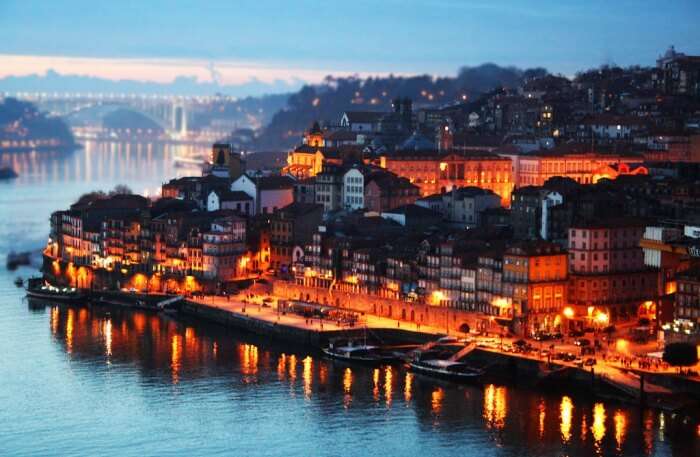
Although you can visit Portugal all throughout the year as per your preference but if you want to enjoy a lot of outdoor fun and hanging around the beaches then you should avoid visiting Portugal during the winter months. The best time to visit Portugal would be in the summer months between June to September when weather is warm and the ocean temperature is also relatively warm, so that you can enjoy your visit to Portugal to the fullest.
Further Read: 31 Festivals In Europe That Will Up The Fun Factor Of Your Euro Tour In 2022
Travelling to Portugal can turn out to be a very exciting and worthwhile experience. You can relax in the scenic beaches and roam around in the major cities exploring the beauty that the country is. So, make sure you take a note of these tips to plan a perfect Europe trip with TravelTriangle with your loved ones.
Disclaimer: TravelTriangle claims no credit for images featured on our blog site unless otherwise noted. All visual content is copyrighted to its respectful owners. We try to link back to original sources whenever possible. If you own the rights to any of the images, and do not wish them to appear on TravelTriangle, please contact us and they will be promptly removed. We believe in providing proper attribution to the original author, artist or photographer.
Please Note: Any information published by TravelTriangle in any form of content is not intended to be a substitute for any kind of medical advice, and one must not take any action before consulting a professional medical expert of their own choice.
Frequently Asked Questions About Travel Tips For Portugal
Which is the best time to visit Portugal?
The best time to visit Portugal is between March to June and September to November. During these times, you can enjoy warm weather, fewer crowds and great deals on flights and hotels.
Which are the best places to visit in Portugal?
Some of the popular places to visit in Portugal for an amazing vacation are: 1. Jeronimos Monastery 2. The Lisbon Oceanarium 3. News Museum 4. Porto Bridge 5. Cais da Ribeira
What should I know before traveling to Portugal?
A few useful things that you should know before traveling to Portugal are: 1. Don’t assume starters to be free 2. Prefer local food as they would be fresh, healthier and more inexpensive. 3. Prefer traveling during the shoulder season as you can get better deals on hotels and flights. 4. Not all vegetarian soups in Portugal are actually vegetarian and you can find small chunks of sausages in it.
Should you tip in Portugal?
You are under no obligation to tip in Portugal and is a matter of your choice. If you wish to tip the attending staff for the restaurant for their excellent service, a tip amount of 10% of the total bill is what would be expected as a tip.
Which are the places to avoid in Portugal?
Places such as Libson are where you can encounter drug dealers, and it’s advisable that you avoid any conversation or eye contact with them and if possible avoid visiting this place alone at night.
Is traveling in Portugal safe for solo female travelers?
Portugal is considered the safest place for solo travelers, and if you are planning to travel all alone, there you can be assured that you have nothing to worry as the crime rates in Portugal is petty low.
Looking To Book An International Holiday?
Book memorable holidays on TravelTriangle with 650+ verified travel agents for 65+ domestic and international destinations.

Trip to Sri Lanka at Rs 13,500/-
Plan Your Vacation Today!

Trip to Singapore at Rs 20,499/-
Get Quotes From Local Experts

Mauritius Holiday Starting at Rs 65,000/-
Talk to Our Experts Today

Maldives Honeymoon Trip at Rs 39,800/-
Pay with easy EMI Option

Europe Trip at Rs 89,999/-
All Inclusive Deals

Vacation in Dubai at Rs 27,499/-

Hong Kong Holiday at Rs 24,999/-
Money Safe Guarantee

Thailand Holiday at Rs 7,999/-
Flights Excluded
Recent Posts
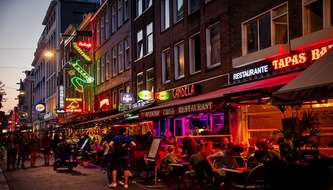
Meilleure vie nocturne d’Europe: 9 villes pour faire la fête comme si de rien n’était

11 Villages In Finland: Experience The Thrill Of Offbeat Adventures

5 Endroits à visiter en Europe en juin pour une expérience merveilleuse

Les meilleurs 27 des endroits à visiter en Grèce en 2024 pour des vacances parfaites en Méditerranée
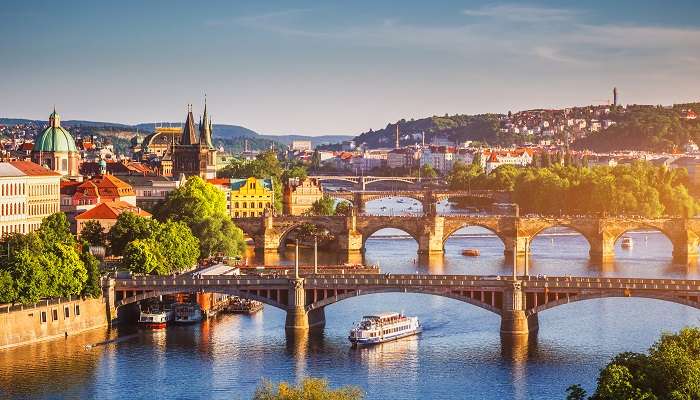
8 Pays européens les moins chers à visiter depuis l’Inde.

10 Fabuleux endroits à visiter en Europe en juillet 2023 pour des vacances que vous n’oublierez jamais.
Trending Blogs

20 Mysterious Places In India To Visit In 2023 More Bizarre Than The Bermuda Triangle

10 Scariest Roads In India That Are A Driver’s Nightmare

101 Places To Visit In India Before You Turn 30 in 2024

35 Exotic Places To Visit In December In India 2024 To Enjoy A Surreal Vacation

60 Best Honeymoon Destinations In India In 2024

95 Best Honeymoon Destinations In The World In 2023 For A Romantic Escape!
Best Places To Visit In India By Month
Best places to visit outside india by month.
- TravelTriangle
- International
- Europe » Portugal »
- Tour Packages
- Honeymoon Packages
- Family Packages
- Budget Tour Packages
- Luxury Tour Packages
- Adventure Tour Packages
- Group Tour Packages
- Maldives Tour Packages
- Bali Tour Packages
- Dubai Tour Packages
- Singapore Tour Packages
- Thailand Tour Packages
- Europe Tour Packages
- Sri Lanka Tour Packages
- Tour Packages From Delhi
- Tour Packages From Mumbai
- Tour Packages From Bangalore
- Tour Packages From Chennai
- Tour Packages From Kolkata
- Tour Packages From Hyderabad
- Tour Packages From Ahmedabad
- Thailand Tourism
- Bali Tourism
- Singapore Tourism
- Maldives Tourism
- Mauritius Tourism
- Dubai Tourism
- Europe Tourism
- Hotels in Thailand
- Hotels in Maldives
- Hotels in Mauritius
- Hotels in Bali
- Hotels in Dubai
- Hotels in Singapore
- Hotels in Sri Lanka

Portugal Travel Tips: 16+ Things You Need to Know Before Travelling to Portugal
Planning a trip to Portugal and wondering what to expect? This comprehensive guide has got you covered, including all the Portugal travel tips and tidbits you need to know before you go.
If you’ve been following my travels for some time now, you probably know how much I love visiting Portugal .
I remember my first trip to Portugal (many moons ago). And I also remember asking questions like when should I visit? What do I need to get ready before I go?
Well, guess what? That’s why I wrote this handy article about the dos and don’ts in Portugal.
You’re welcome. Read on to discover the things to know before visiting Portugal.
Top 5 Portugal Travel Tips
Convert your cash to euro and carry some with you.

One thing I like to plan well ahead of any vacay is the logistics of paying for my travels. And while many places in Portugal accept credit cards, carrying cash is always a good idea.
The currency in Portugal is the Euro, so if you’re visiting from the USA or other countries around the world, you’ll want to keep this in mind.
One of the best things to know when travelling to Portugal is that you should always have cash in case a restaurant, cafe, or tour doesn’t accept credit cards. This is especially true if you’re eating at tiny, local spots – which you definitely should.
You can find a cash machine in all major cities and most small towns, but do yourself a favour and monitor your cash inventory daily, so you’re never left without enough.
Portugal Doesn’t Require Visa Entry for Many Travellers
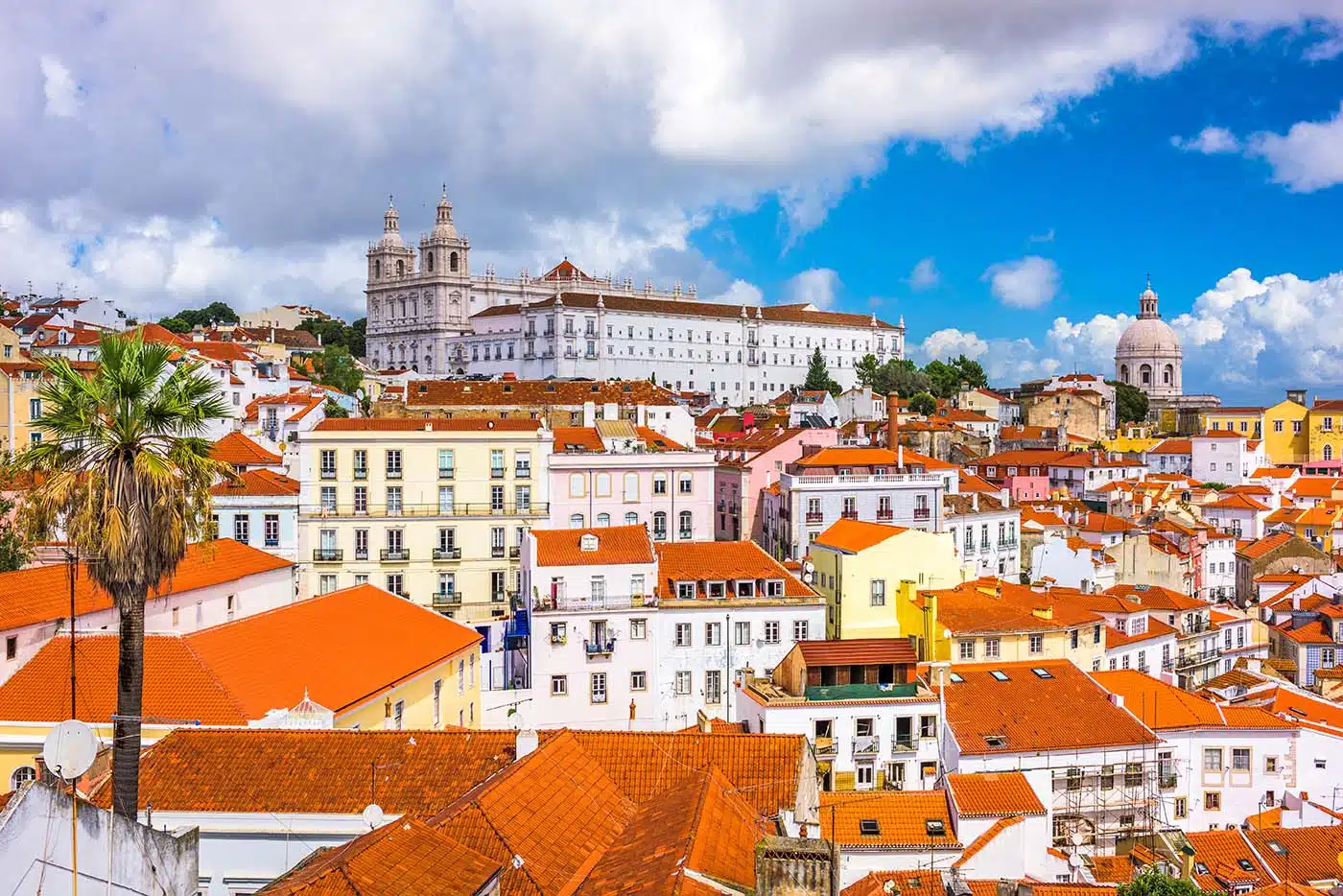
One thing I love about Portugal (OK, there are many things I love about Portugal) is just how easy a Portugal trip is to plan.
If you live in the United States or a country that’s a member of the European Union (along with a few other destinations ), you won’t need to worry about a visa if you’re planning a Portugal holiday, as long as it’s under 90 days (in a 180-day timeframe).
Brush Up on Your Portuguese
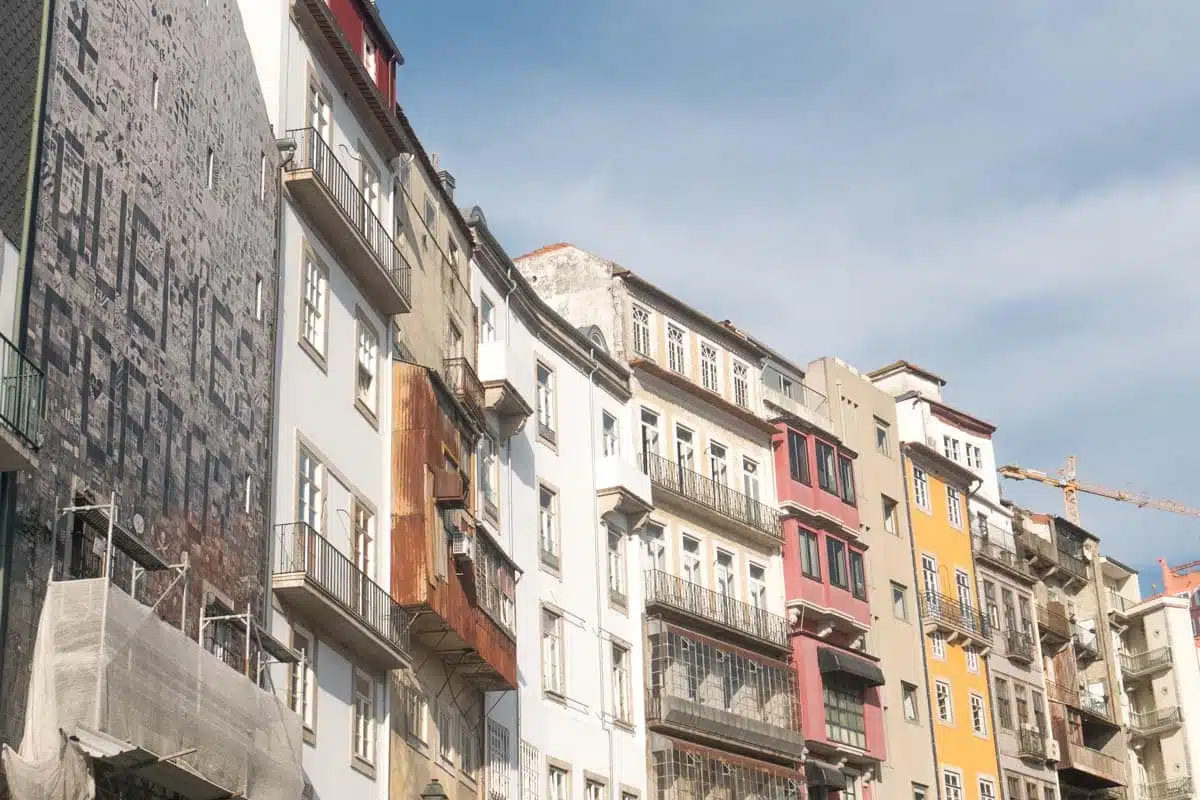
Some people speak English in Portugal; however, the official language is Portuguese. So do yourself a favour and learn the basics before you go. You know, things like “hello,” “please,” and “thank you.”
Consult a guidebook or good old Google Translate, especially while visiting secret spots in Alentejo and other regions that are less touristy and more rooted in local cultures, traditions, and language.
I found this helpful when visiting smaller villages and ordering food in one of my favourite winter sun destinations , Madeira.
It’s one of my travel tips for Portugal that I can’t emphasise enough, as even knowing a little of a country’s language can come in handy. And, if you’re lucky, you may learn some new favourite destinations from locals you meet along the way.
Best Time to Visit

Looking for helpful tips for Portugal travel? Time your holiday around the activities you want to do.
When is the best time to visit Portugal ? Some of the most valuable advice I can give you is to take a long look at exactly what you want to do while you’re visiting Portugal and decide what time of year you want to go based on the activities you plan to do.
For example, if you plan to go hiking in Portugal, you’ll want to do your best to figure out if that region experiences scorching summers or harsh winter weather.
Or, if you want to see the top landmarks in Portugal , you’ll want to plan many of them during shoulder season when it’s not as busy to avoid long queues and higher prices at hotels.
Is Portugal Safe to Visit?
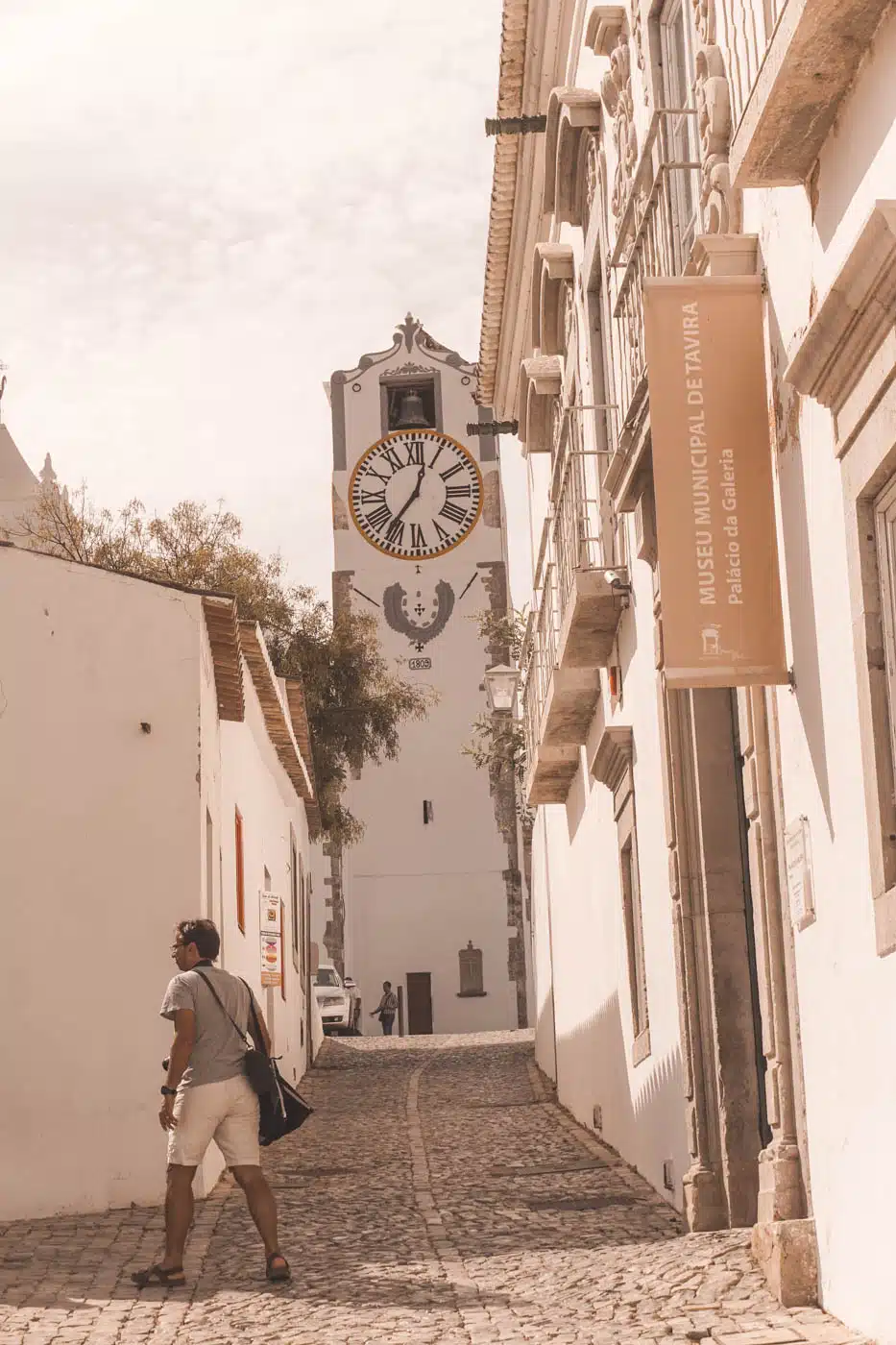
Anytime I plan a holiday to somewhere I haven’t been, I like to get a good idea of potential safety issues. So if you’re wondering how to travel safely in Portugal, we think alike.
Luckily, Portugal is a very safe place to visit. Aside from some basic precautions you’d likely take in any destination, there isn’t much to add for security measures when visiting Portugal.
If you’re visiting bustling areas, keep your purse or wallet close, as pickpocketing may happen from time to time. Similarly, don’t store your valuables inside when renting a car if you want to remain on the safe side.
You don’t need me to tell you to use common sense, I know.
Travelling to Portugal: Tips You Need to Know Before You Go
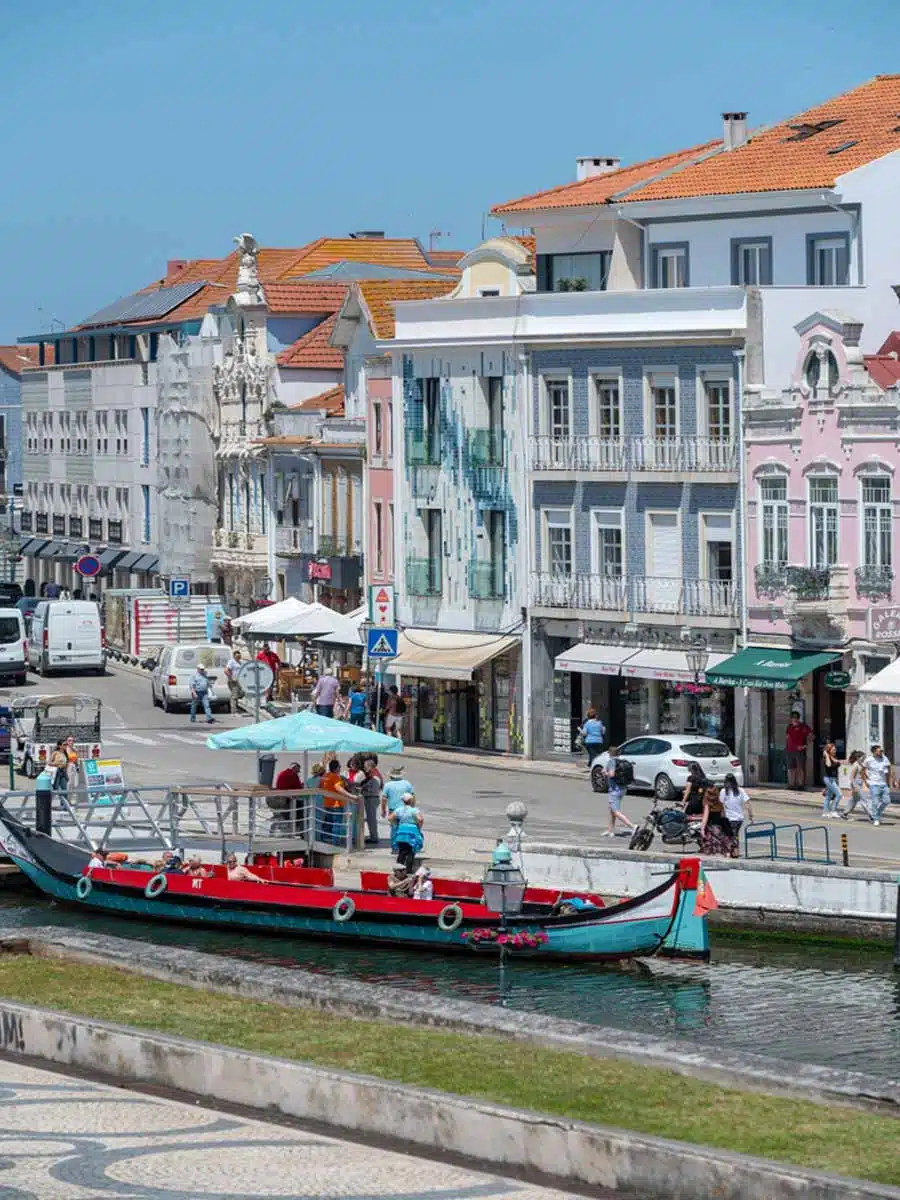
Visiting Portugal is a lot more fun when you prepare ahead of time. Reading a few Portugal travel blog articles like this is a great start (good for you). So let’s consider a few necessary things before planning your Portugal holiday.
How to Get to Your Hotel
When you arrive on your Portugal trip by aeroplane, train, or cruise, you may be wondering the best way to safely get to your hotel, especially if you’re travelling alone.
Portugal is generally a safe country to visit and travel around via taxi, private transfer, and rideshare.
While taxis are perfectly fine and generally safe, I prefer using rideshare in Portugal since there are a few options to choose from; it’s reliable and safe.
When to Book Your Room
You can book your resort or hotel room for your Portugal trip about six months ahead of time and get some great rates while knowing you have a place to stay. But if you want to get the best deal, I’ve found some surprisingly great deals in Portugal by booking at the last minute, but this strategy isn’t for the faint of heart.
Check Hotel Rates and Book Accommodation on Booking.com
Buy a SIM Card Before You Travel
While you can use your cellphone provider through roaming charges, those fees can add up quickly. I like setting up my SIM card ahead of time, and MEO has some great choices at reasonable prices.
If you decide to wait until you arrive, no worries. You can purchase a SIM card around town, often starting at around €10 for 5GB. There’s even a kiosk at the Lisbon airport if you want to take care of it upon arrival, but you’ll pay a higher rate.
What to See in Portugal
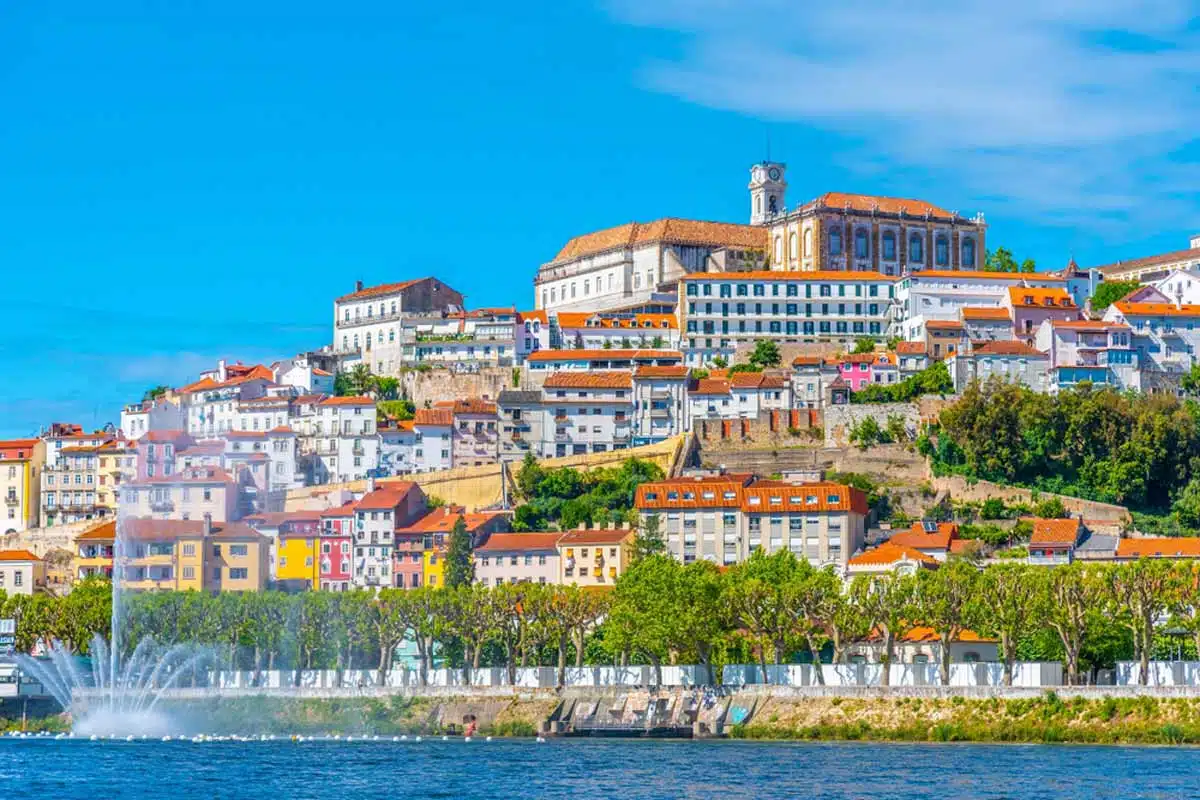
If you’re travelling to Portugal for the first time, choosing your exact destinations and activities might feel a bit challenging.
Not to worry, there are loads of cool things to do in Portugal .
The best advice I can give about what to see when you visit Portugal is to research ahead. Then you can choose which city you’re going to travel to and plan which landmarks, hikes, and events you plan to see in Portugal around your home base.
Where to Stay on Your Portugal Trip
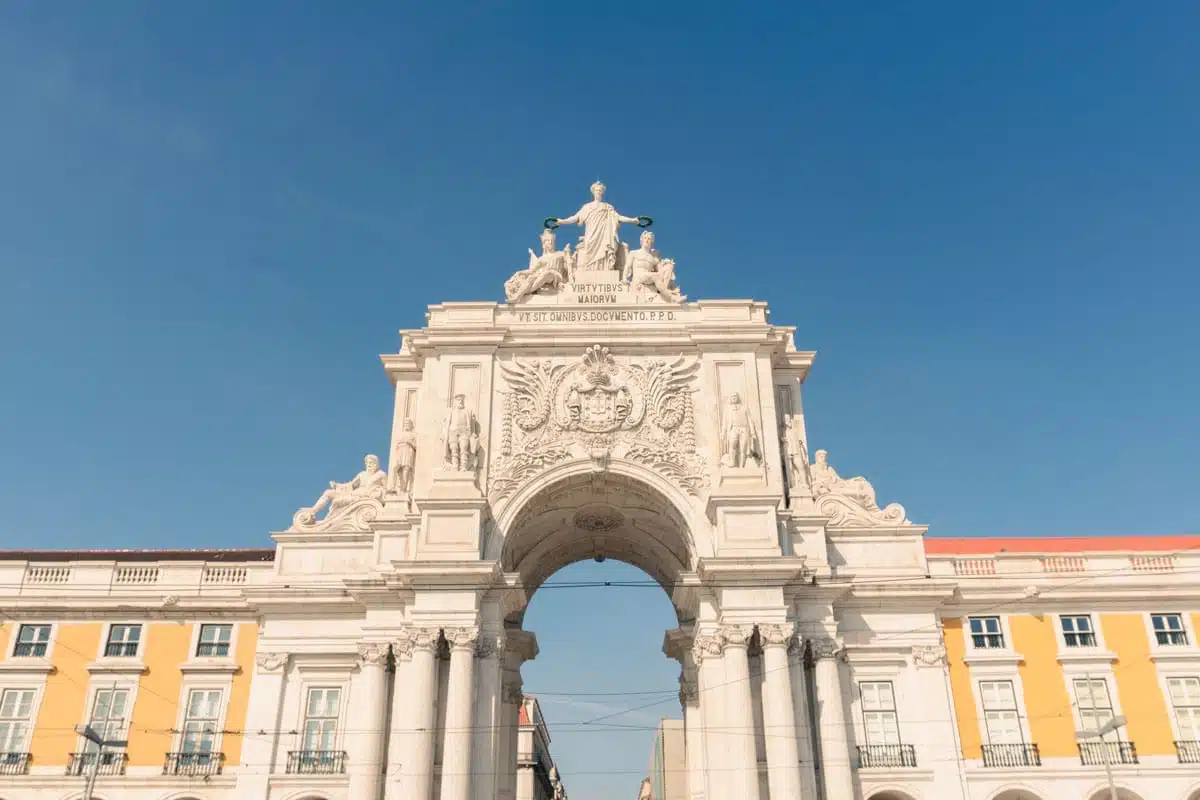
Honestly, there are so many brilliant locations to choose from that it’s hard to go wrong when deciding which destinations to add to your Portugal itinerary .
Determining where to stay in Portugal depends on what you want to see while you’re here. So let’s look at a few of my favourite locations to start your Portugal trip.
Most international travellers will likely begin their journey in Lisbon (which, by the way, is one of my favourite cities and the perfect place to begin your Portugal holiday).
It’s a location where you can find some of Portugal’s best music, food, museums, and hotels – so clear your schedule and add some time in Lisbon to your Portugal holiday.
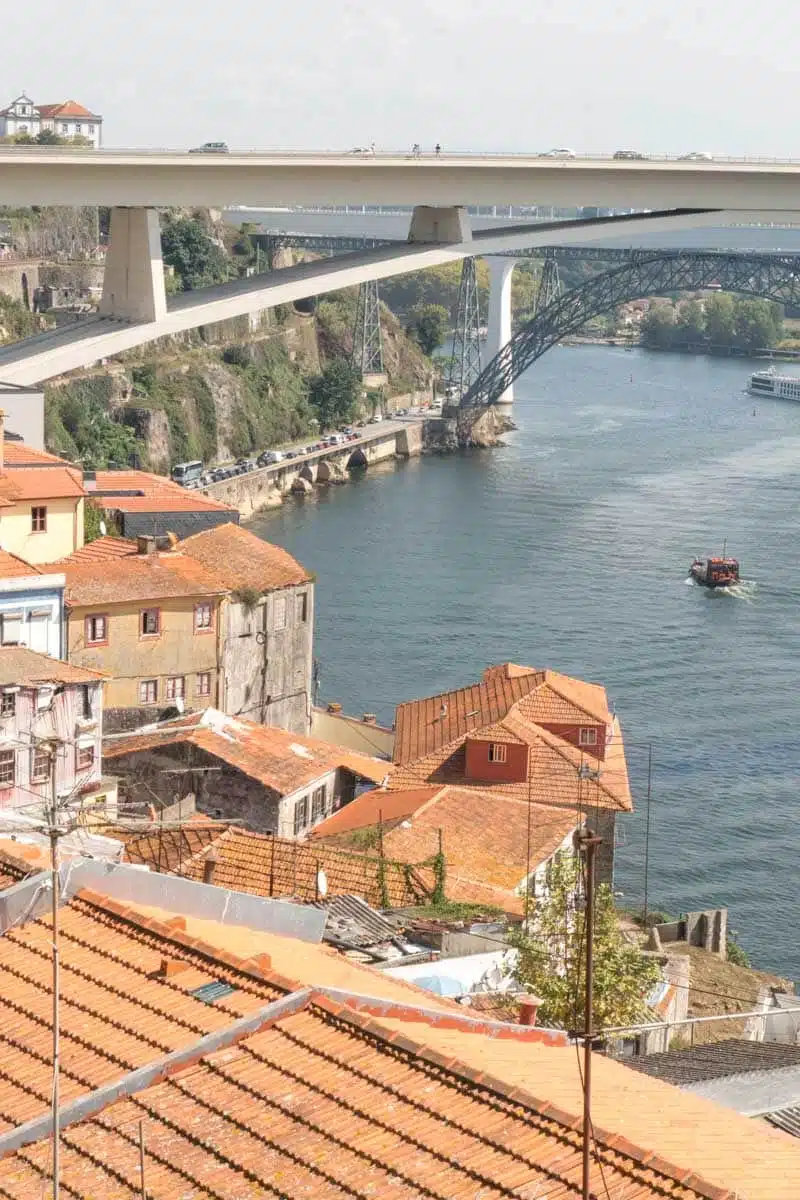
Porto is home to incredible culture, cuisine, and architecture, which makes it no surprise it’s on my list of where to travel in 2023 .
It’s also near dozens of brilliant day trips you can reach via car, private transfer, and guided tours, making Porto a perfect home base when visiting Portugal.
The Algarve
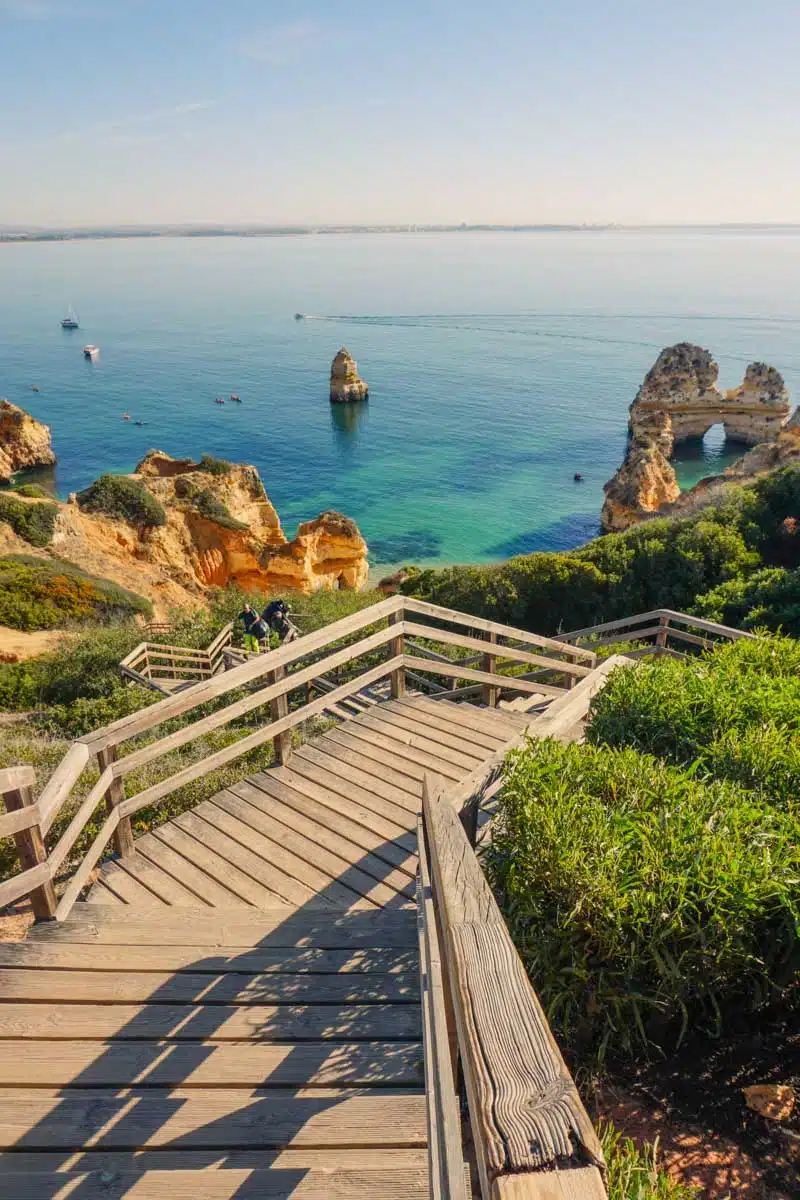
Travelling in Portugal is loaded with unique destinations, but the Algarve is easily one of my top choices for a Portugal holiday.
The Algarve is a great choice to experience local food, nightlife, hiking, and beaches in Portugal.
Plan to Have Some Time With No Plans
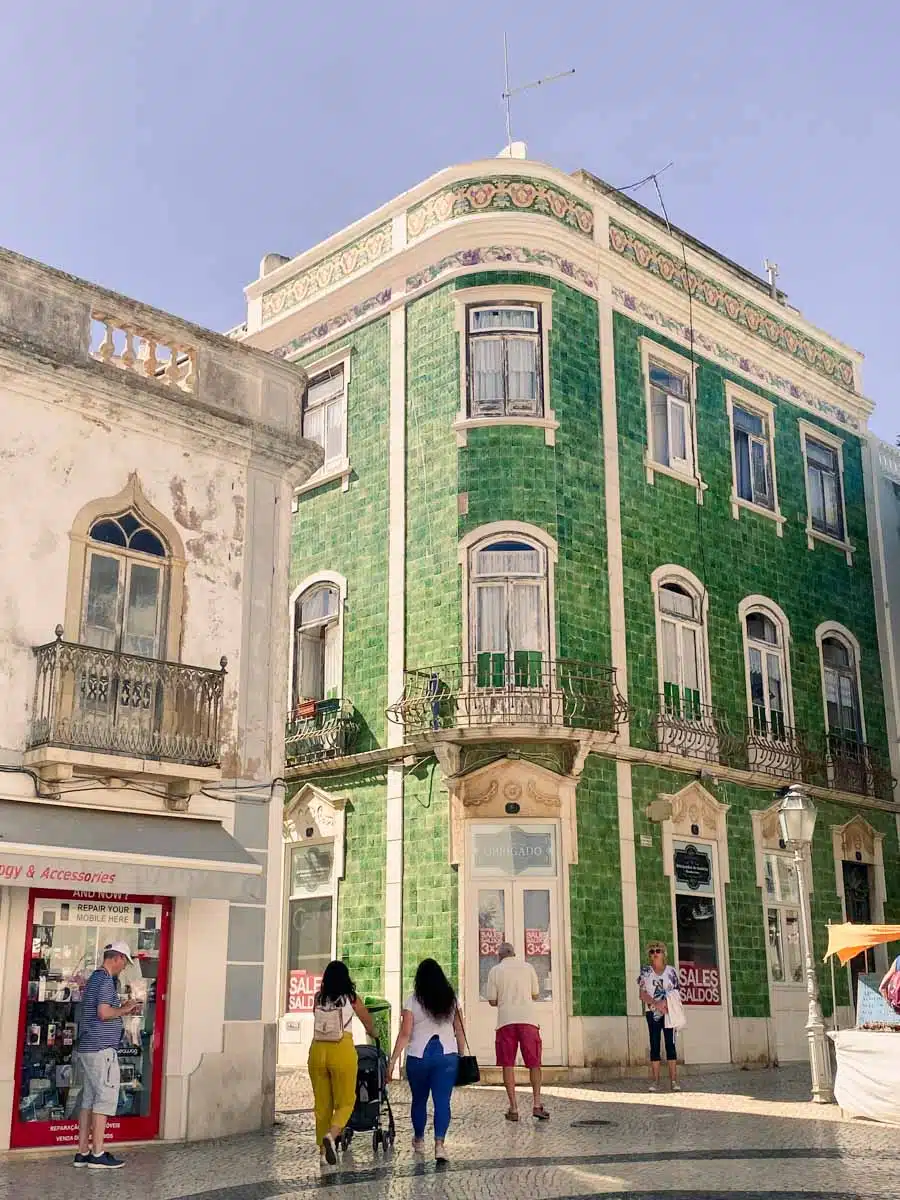
One thing I love to do, especially when visiting Portugal, is to have some free time to explore locations on foot and see what surprises I can discover on my own
I’ve found some of the most exciting restaurants , live entertainment, and open-air markets by walking around Portugal with no agenda other than to learn about whichever area I’m visiting. I can’t recommend enough that you do the same when travelling in Portugal.
Bring a Plug Adaptor
If you’re travelling from the USA, you’ll need a voltage and wall plug adaptor.
I love this adapter as it’s compact and works nearly anywhere I go. But any Plug C or F adaptor will work just fine.
Do I Need an International Driver’s Permit?
You can use your driver’s licence if you’re travelling from the USA, UK, or Canada, but if you’re on holiday from anywhere else, you’ll want to get an IDP ahead of time.
Best Travel Tips for Portugal: Frequently Asked Questions
Planning a trip to Portugal and stuck trying to prepare for it? Well, this guide is a great starting point. Start by booking early and choosing off-peak seasons for the best rates. Also, schedule tickets or tours to any must-see landmarks or museums in advance to avoid waiting in line or, worse yet, finding out they’re closed on a day you intend to go.
Generally speaking, when you visit Portugal, I recommend you stick with common sense rules and behaviour you’d practise, well… anywhere. Don’t get blackout drunk, attempt to speak the local language (it’s Portuguese, not Spanish) , and be patient and friendly when you’re interacting with others. You also want to avoid walking in unfamiliar areas late at night, but it’s safe to say that applies to just about anywhere you travel to.
Choosing what to pack for your Portugal trip depends on where and when you’re going. In the summer, you’ll want plenty of options for staying cool, whereas you’ll need some jackets and warmer gear in the winter.
Read More Portugal Travel Guides
- When’s the Best Time to Visit Portugal?
- Where to Stay in Portugal
- Unmissable Landmarks in Portugal
- Brilliant Hikes in Portugal
- Lisbon City Break Travel Guide
- Visiting the Algarve: What to Know
- Tipping in Portugal: Your Go-To Guide
Love This? Save and Share on Pinterest
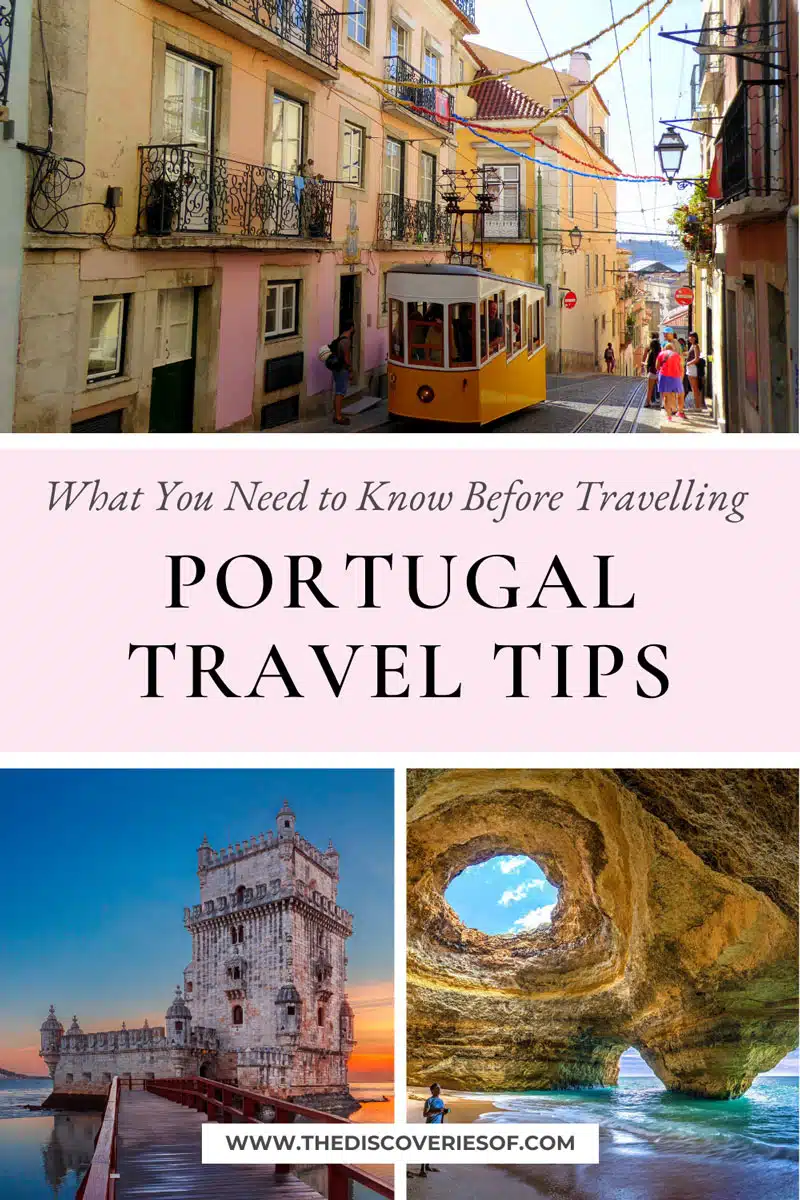
I’m Julianna Barnaby - a professional travel writer and geek extraordinaire. I started The Discoveries Of to help you to discover the best of new destinations from around the world.
Discovering new places is a thrill - whether it’s close to home, a new country or continent, I write to help you explore more and explore differently.
Related Posts

The Best Airbnbs in Lisbon
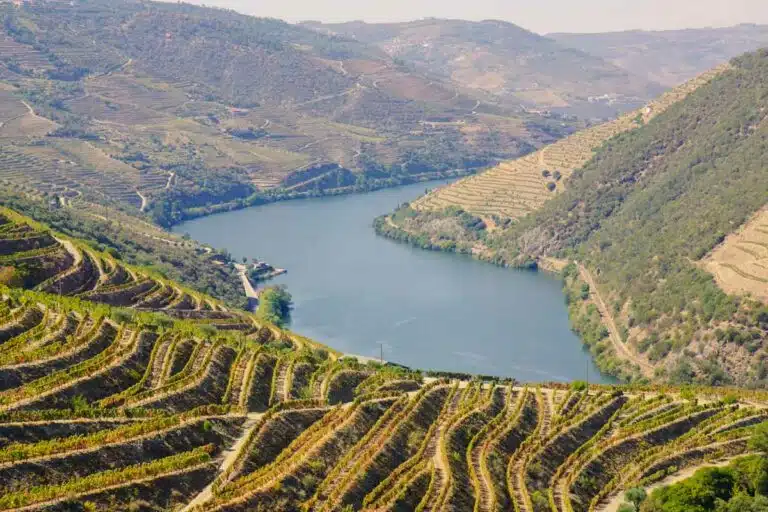
20 Brilliant Day Trips from Porto
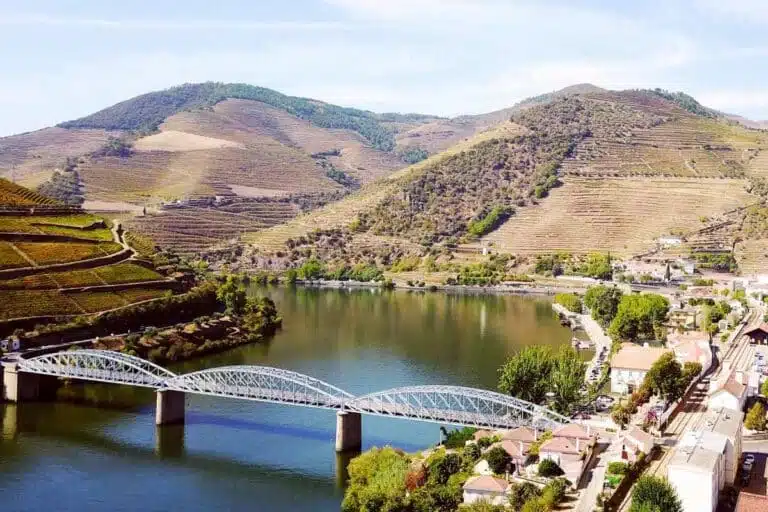
Where to Stay in Portugal: The Best Areas + Hotels For Your Trip
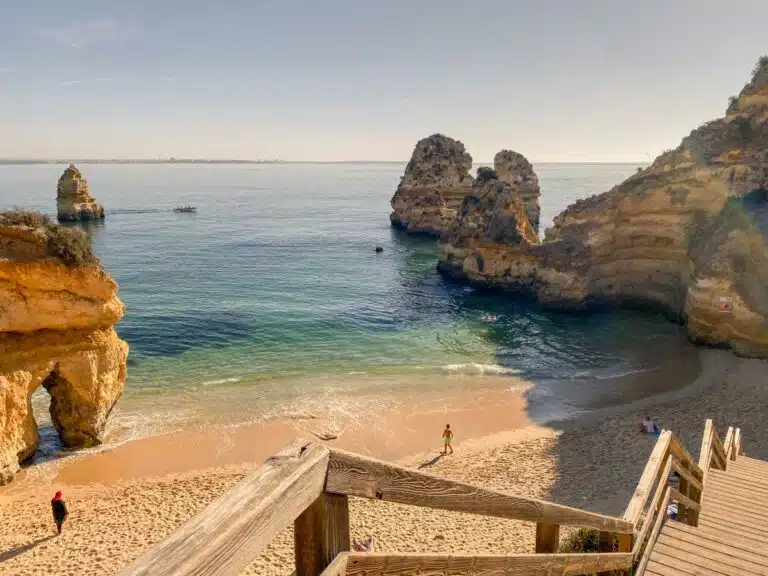
The Best Things to do in The Algarve, Portugal

Follow me on Instagram for travel inspiration, tips, and guides.

11 Portugal travel tips to know before you visit
Sometimes, the smallest countries can pack the biggest punch—and that is definitely the case when it comes to Portugal. This gem on the Iberian Peninsula has all the history, food, and views your travel-loving heart could desire, which makes it one of the top destinations to visit in the year ahead. (We’re not kidding—you should add one of our Portugal tours to your bucket list before everybody else catches on!)
To help you make the most of your trip, here are 11 Portugal travel tips to keep in mind before touching down on tour, straight from our expert staffers who have visited the country. Here’s one, just to kick us off: “Before I went to Portugal, I wish I knew it was going to be my favorite country out of the more than 20 countries I’ve visited in Europe!” said staffer Gustavo.
Sightseeing tips while visiting Portugal

Discover Portugal on tour

4.8 out of 5 stars

4.7 out of 5 stars

4.9 out of 5 stars

4.6 out of 5 stars

5 out of 5 stars

4.5 out of 5 stars

4.3 out of 5 stars

More Portugal travel inspiration

Traveling to Portugal: 7 things to know before you go
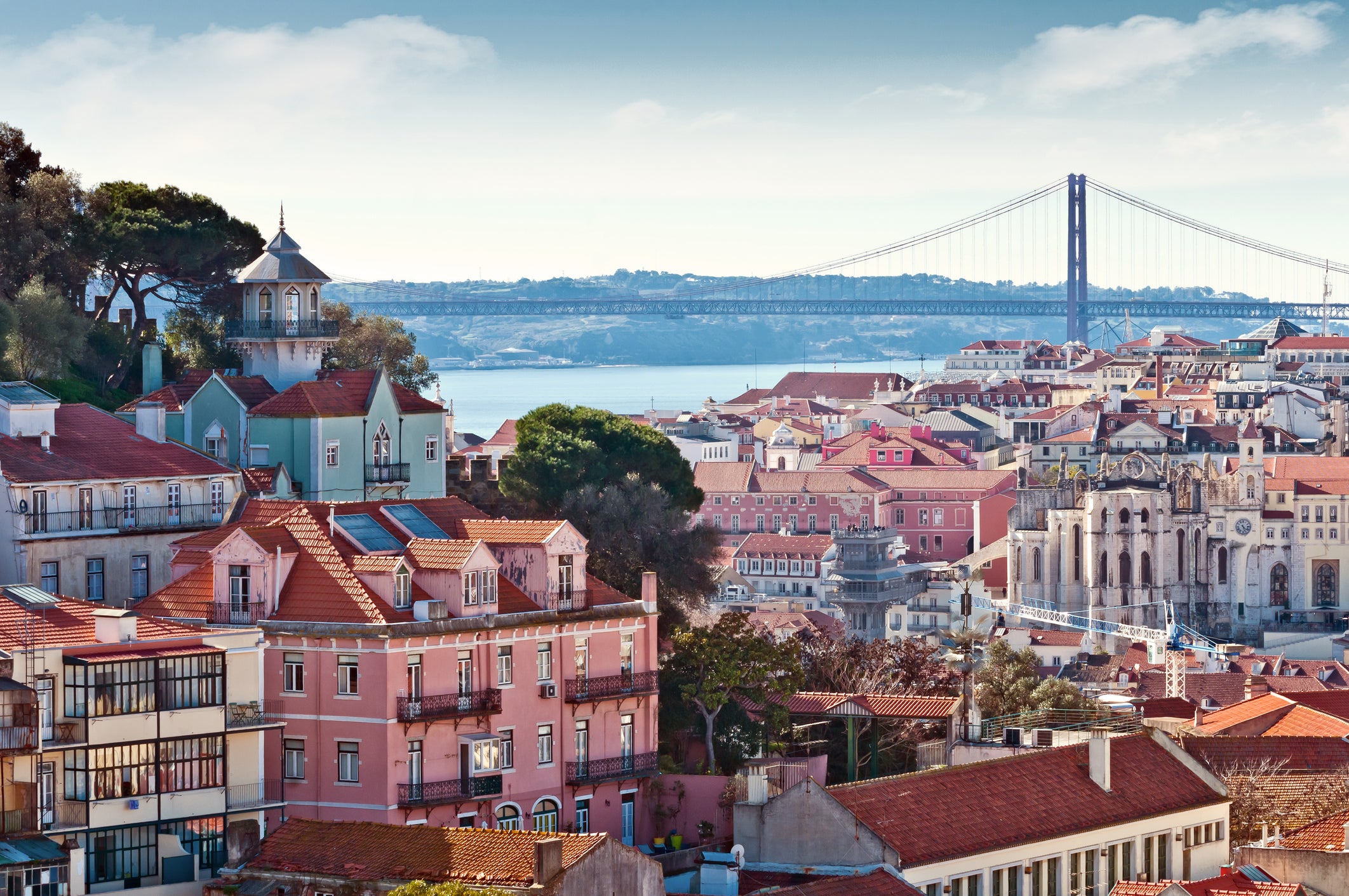
Editor's Note
Chances are you know someone who has traveled to Portugal and is raving about it. After spending two weeks exploring Portugal with my family pre-COVID, I wholeheartedly recommend the country as a great destination for kids when the time comes. But even the best places have pitfalls that come with the highlights, so here is what I encountered while visiting Portugal with kids in tow.
Related: The best credit cards for family travel
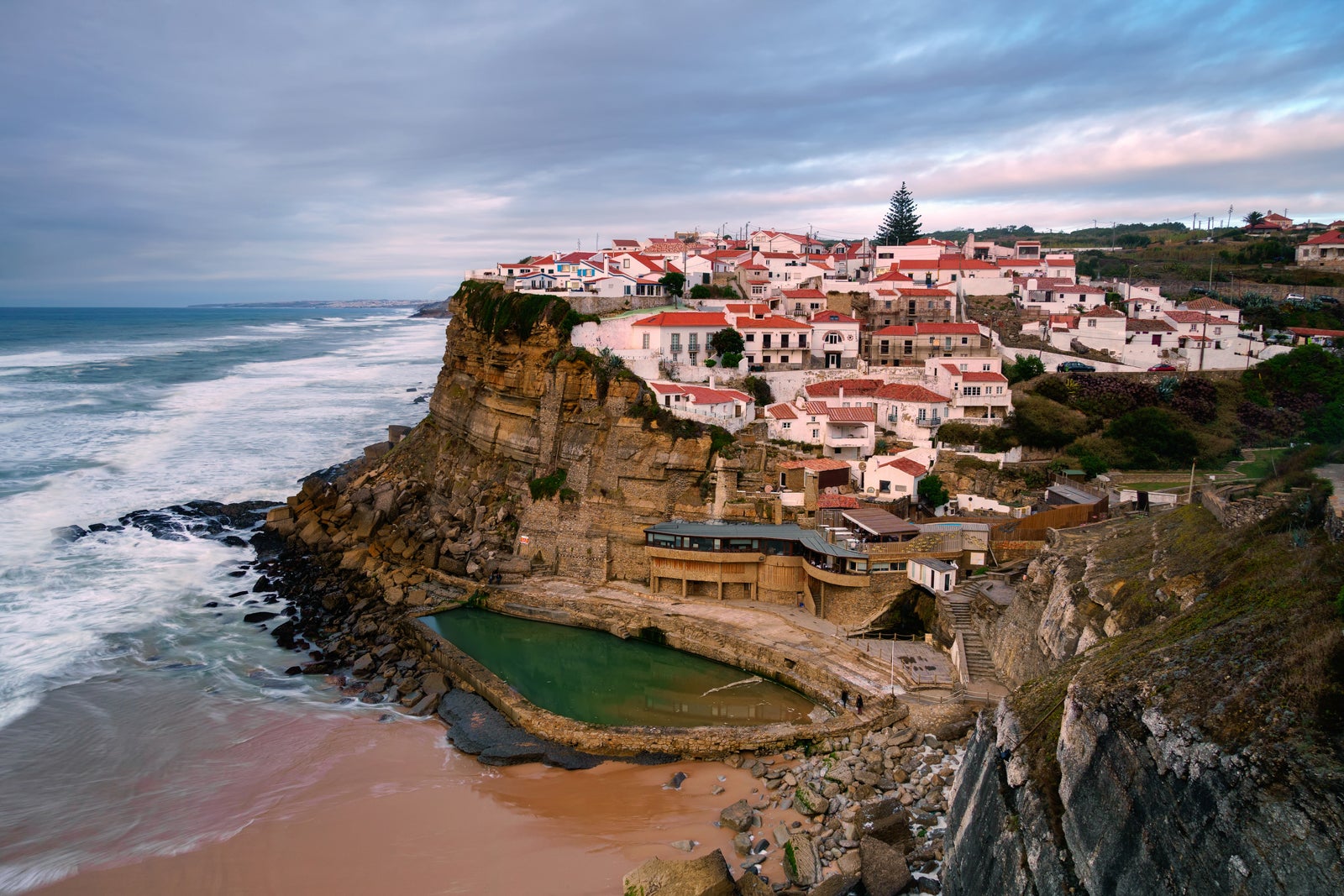
Lisbon is a no-go for strollers
There's a lot about Lisbon to love. It's clean, safe and fun to explore. However, its streets are paved with cobblestones and it is remarkably hilly. Young kids might have trouble keeping up. Consider that one of Lisbon's major neighborhoods is named "Bairro Alto," which literally means "high neighborhood."
This is from a two-hour walking tour of the city, and only records stairs, not hills:

Of course, you don't need to take a two-hour walking tour, but if you are visiting Portugal with an infant, I highly recommend a carrier over a stroller. With a toddler, you might want to limit your plans to neighborhoods that have public elevators and/or bring a stroller that is good with uneven terrain. On the upside, some of the elevators in Portugal, such as the Santa Justa Lift, are attractions in themselves.
Naturally, if an adult in your crew has limited physical abilities, some of these same terrain concerns would transfer to those situations -- so plan logistics accordingly.
We did discover that Ubers were cheap and plentiful. Most rides within the city were less than $7 for Uber X and many were under $12 for Uber Black.
Don't miss the Maritime Museum
A popular Instagram spot in the Belem District of Lisbon is the Monument of Discoveries. It's worth seeing for the view alone.
Read more: 11 best hotels for a beach holiday in Portugal

But our favorite spot was actually across the street at the Maritime Museum (Museu de Marinha). It appealed to our kids much more than other museums as it took visitors through the adventures of Vasco da Gama and other Portuguese explorers. It even had artifacts from da Gama's voyages among its extensive collection. As a traveler, I was obsessed with the historical maps and globes displayed throughout the museum.
Younger kids will especially love the Galliot Pavilion at the end of the museum. There's a huge exhibition hall that houses royal yachts and brigs, fishing vessels and Portuguese ships with lots of room to explore.
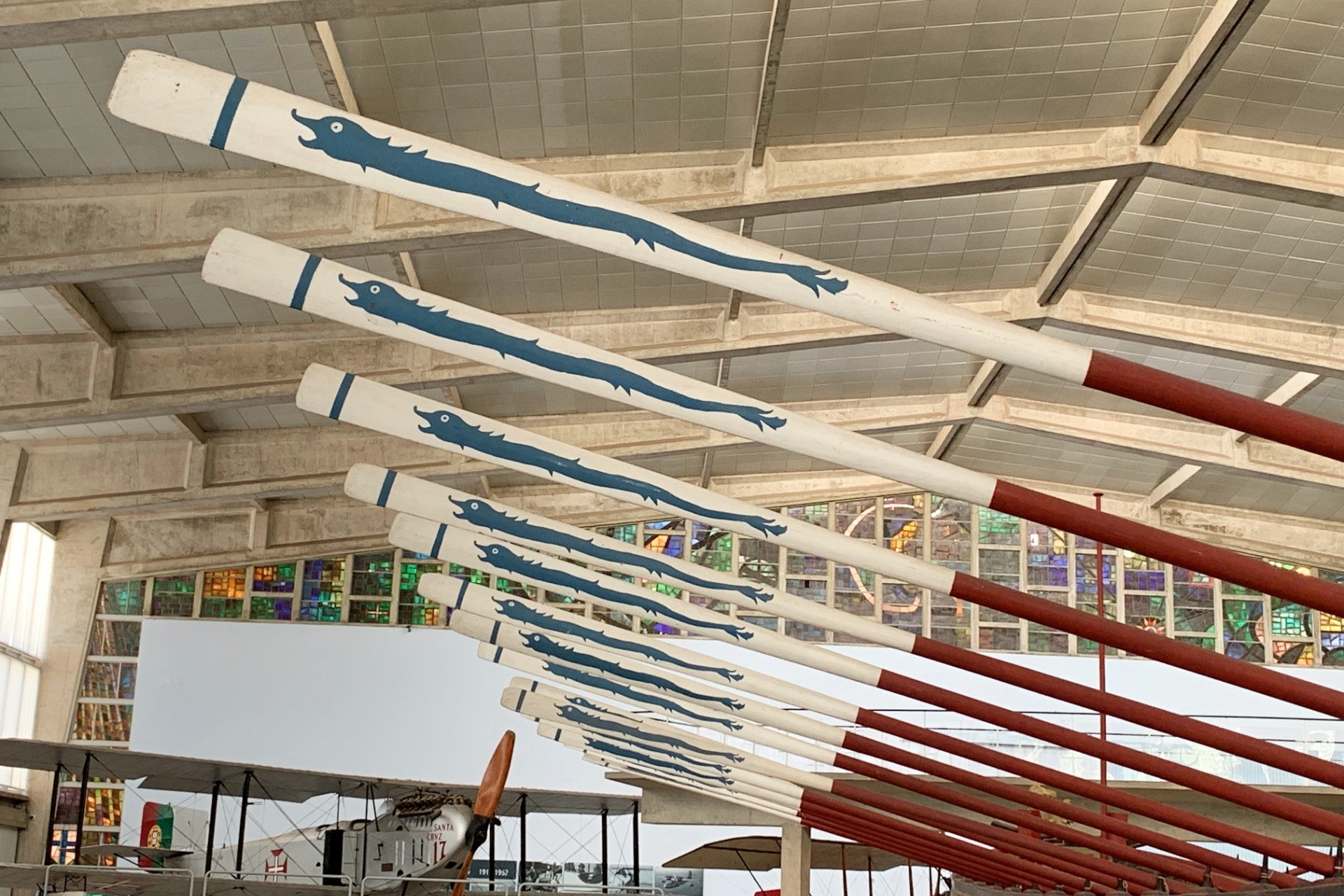
Admission to the Museu de Marinha is $6 for adults and $3 for kids 4–12. The museum is open daily, 10 am to 6 pm, in summer; 10 am to 5 pm in the winter.
Lisbon's famous trams can get crazy crowded
If you have seen photos of Lisbon, you probably know about the iconic yellow trams weaving through the city's distinctive neighborhoods. That's not what we encountered in the days before COVID-19.
Read more: 13 of the most beautiful villages in Portugal
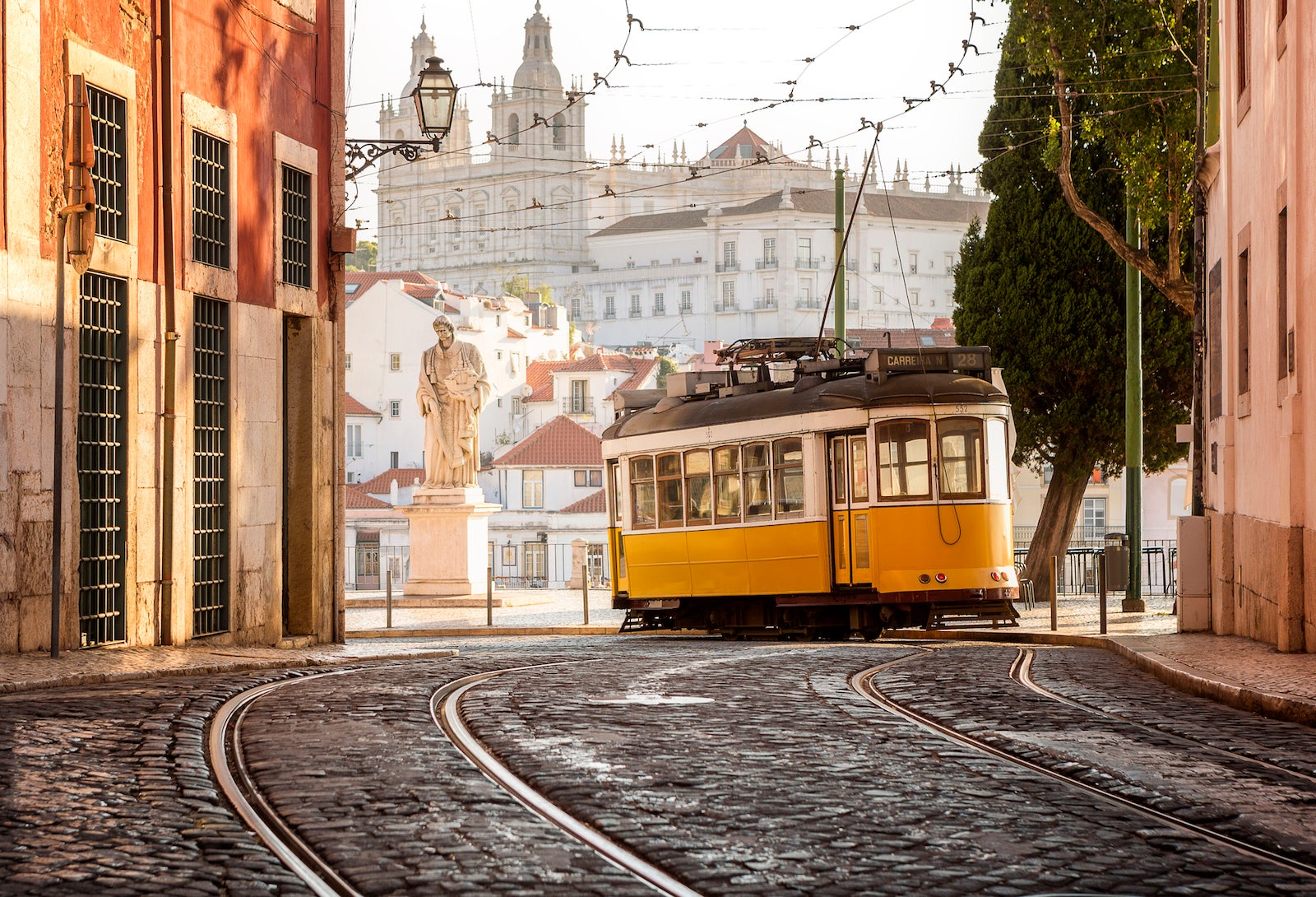
What we saw was a bit more crowded than the postcard image.

I'm not sure when the photos of empty trams are taken, but during an entire week, we never saw a tram that wasn't standing room only. If a future visit is in the cards for you and your family, consider whether or not you'll be able to comfortable social distance before jumping on.
Visit Sintra on a sunny day
Prior to visiting Portugal, everyone we asked told us that we must visit Sintra, mainly because of views like this:

This is another case where our reality was much different from our expectations. I mean, fog happens.

Our moderately cloudy day obscured the views as a misty fog bank enveloped Sintra. We couldn't see the ocean even when we drove just a few yards away. In retrospect, I should have paid more attention and realized that Sintra was a weather-dependent destination because of its location about 25 kilometers (15.5 miles) from Lisbon near the ocean.
The Algarve's water is colder than the Mediterranean
Something to keep in mind if you're an ocean swimmer: Average water temperatures in the Algarve in southern Portugal top out in the low 70s in mid-August. In late June, when we visited, the ocean was 67 degrees according to Sea Temperature , which felt too chilly for more than a toe-dip for us. Those degrees made a huge difference in our ability to swim in the ocean.
If your kids are into building sandcastles and chasing seagulls, the beaches along the Algarve are ideal -- sandy compared to the rocky ones in Mediterranean hot spots. Just keep in mind that you might have to descend a long flight of stairs to get to a spot for your beach towel. Here are some more tips for navigating the Algarve with kids along for the fun .
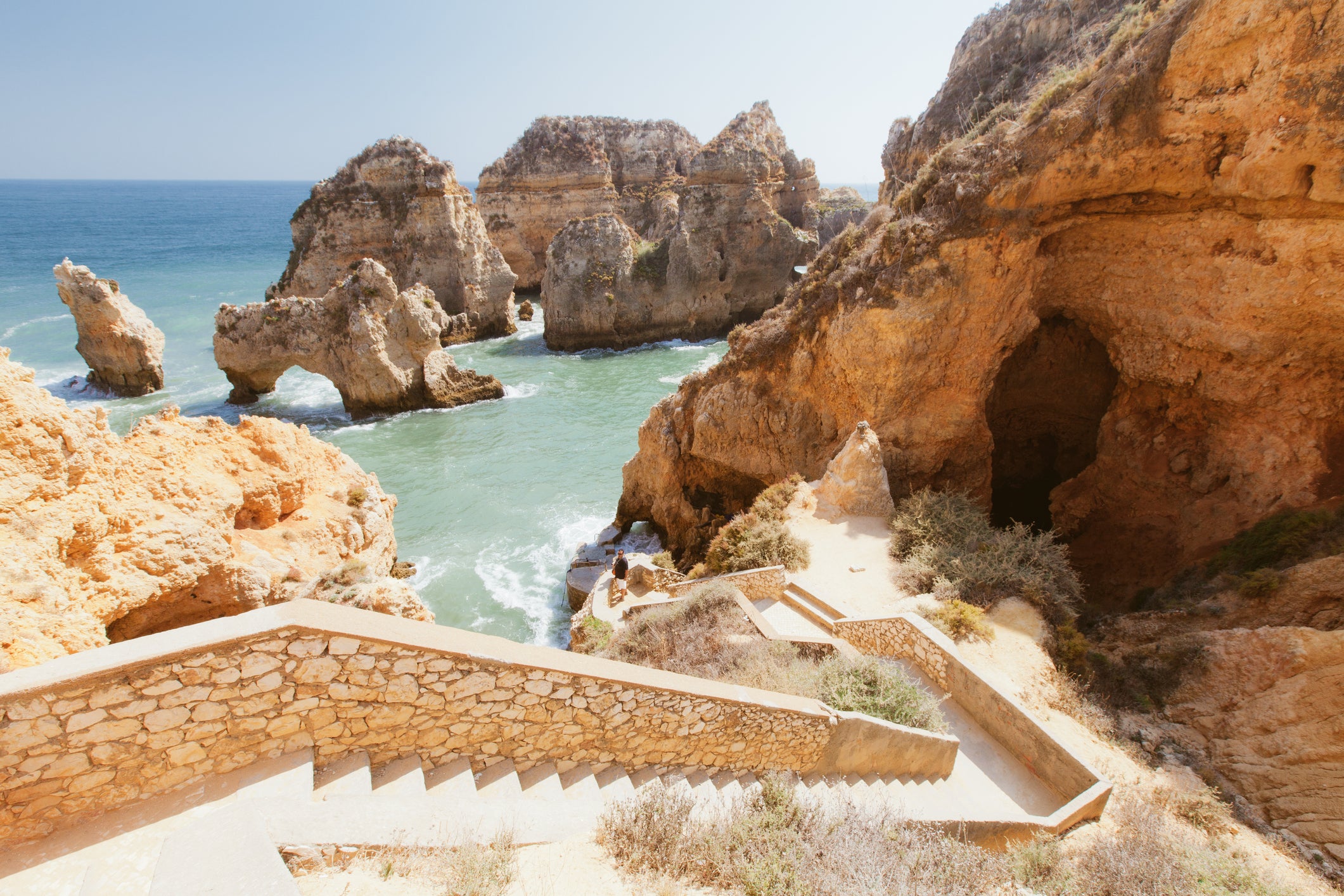
A house with a private pool is surprisingly affordable
TPG wrote about the Pine Cliffs Resort, a great hotel for families or groups of friends. Although it's definitely worth considering, so is renting a house with a private pool . We rented this one for 30% less than a room at Pine Cliffs for a week in June. With three bedrooms, including one in a turret, two patios overlooking the ocean and furnishings that look fresh out of an HGTV shoot, I'd say $254/night (before discounts) was a steal.

It's easier than ever to get to Portugal (in normal times)
Portugal is not currently open to most Americans due to COVID. And, as of Jan. 26, 2021, everyone age two and older traveling to the U.S. from Portugal must show a negative viral COVID-19 test result taken within 72 hours of departure before being allowed to board their flights; documented proof from a licensed healthcare provider of recovery from the virus within the past 90 days will also be accepted.
However, Portugal's pre-COVID popularity has not gone unnoticed by the airlines. TAP Air Portugal has a number of routes including nonstops from Washington, DC, Chicago and San Francisco. TAP is a member of Star Alliance and I've found great availability using United MileagePlus for 30k each way in coach or 70k each way in business class. United is a Chase transfer partner . Air Canada's Aeroplan is another good option if you want to transfer from American Express . TAP tickets include a free stopover in Lisbon or Porto , which can help maximize your travel budget.

Bottom line
Believe the hype: In normal times, Portugal presents tremendous opportunities for a great vacation, though that doesn't mean it is perfect for every single traveler. My teen, who is notoriously hard to please , listed Portugal among his favorite countries. When I asked why, his understated response was simply, "I liked the vibe there." I understood what he meant: Between the maritime history, the expansive vistas and the friendly people, I liked the vibe there, too -- though I'm sure having a private pool didn't hurt.
Read more about planning a vacation to Portugal:
- Tips for Exploring Portugal's Algarve Region With Kids
- Why Families Will Love Marriott's Pine Cliffs Resort in Portugal's Algarve Region
- Portugal Hotels on Points for Families of 4
- Go Here, Not There: European Cities Edition
- The Best Bucket List Points Trips to Beach Destinations

10+ Handy Portugal Travel Tips For Your Next Visit
By: Author Sophie Nadeau
Posted on Last updated: 12th April 2023
Categories Portugal
Last Updated on 12th April 2023 by Sophie Nadeau
Portugal is a stunning country in South West Europe that’s famed for its breathtaking beaches, colourful cities, and its fantastic foodie scene (including the oh-so-delicious pastel de nata and port wine) . Here are some of the best Portugal travel tips you need to know about before your next visit!

Consider visiting Portugal in the off-season
There is much more to portugal than lisbon and porto, don’t try and see all of portugal in one go, discover the best-kept secrets of portugal, be sure to taste some of the local food, you often have to pay for water and bread baskets, portugal has toll roads, check out your public transportation options from the airport if you’re not renting a car, get travel insurance, portuguese is the language spoken, don’t forget to bring a universal travel adapter along, the currency is the euro, be sure to make time for portugal’s nature.
The peak season for visiting Portugal is during the summer months (i.e. from June through to August, with late July and all of August being the most popular times to visit the European country on account of the summer holidays for children) .
A visit to Portugal in high season is also the most expensive time of the year to visit. As well as this, summer is the hottest time of the year to visit and so you may even find it too hot to do too many activities during the middle of the day at this time.
I personally recommend visiting Portugal in May or September as this is the best time to visit for good weather (October and November can be rainy). I have visited during several different months of the year and found that just before or just after peak season is ideal!

Of course, the cities of Lisbon and Porto are often top of traveller’s lists when it comes to visiting Portugal, and for good reason. They’re the two biggest cities in the South Western European country and are the easiest to reach internationally.
With this being said, there’s a world outside of these two cities that are worth checking out and so consider embarking on a Portuguese road trip if you want to discover more that the Portugal has to offer.

In order to truly maximise your trip and be able to see as much as possible without wasting time travelling around and actually instead seeing the destinations themselves, don’t try and see the entirety of Portugal in one go.
After all, Portugal is around the same size as Indiana in the US, meaning that it’s not tiny by any stretch of the imagination. As such, consider focusing on just one part of the country, such as the Algarve or Northern Portugal.
As an increasingly popular holiday destination, you’d think that Portugal has no hidden gems left to discover. However, this is most certainly not the case. There are plenty of hidden gems of Portugal worth visiting.
Some of my personal favourite hidden gems of Portugal include the medieval city of Silves , the bone chapel at Alcantarilha, and Quinta da Avelada , a botanical gardens and vineyard in Northern Portugal where you can go for wine tastings set against the backdrop of beautiful surroundings.

One of the top things to know before visiting Portugal is that the local food and drink is incredibly quality and is very affordable. If you’re in a major city, then you might consider booking a food tour in Lisbon like this one or a food tour in Porto like this one. If you prefer to bring foodie gifts home with you, then check out our suggestions for the best Portuguese souvenirs .
Unlike in some other European countries, most restaurants and cafés in Portugal will make you pay for water. Often times, unlike in some countries, such as France, you’ll also have to pay for bread if you want a bread basket to accompany your meal. Be sure to factor this in when heading out for a meal.

If you’re looking to travel around the country by car, then you should note that factoring in toll roads is a must. Most rental car companies allow you to purchase an additional toll road reader that will automatically add up how much you’ve spent during your road trip. Check car rental comparison prices here.
While I would personally rent a car to visit more remote areas of Portugal, renting a car is often much more expensive than taking public transportation and so this should be taken into consideration when planning your trip budget.
This is especially important to note if you’re just going to be visiting larger cities such as Lisbon or Porto, in which case you won’t need to rent a car at all.
One of the most important aspects to consider before booking any trip is to make sure that you purchase travel insurance in advance. This will give you peace of mind in case anything goes wrong and will help you out greatly in the unfortunate event that something does happen!
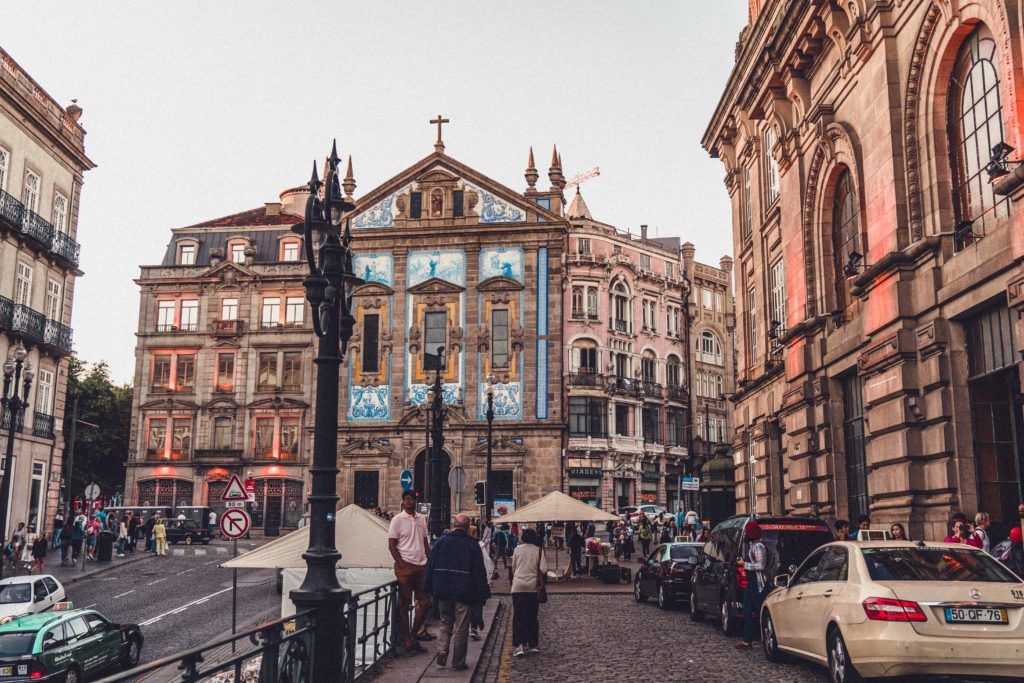
Portuguese is the language spoken in Portugal. With this being said, in most destinations (and particularly in tourist hotspots) people have a good level of English and so it’s easy enough to get by.
Of course, it’s always polite to learn a few words of the local language and so I recommend learning at least ‘hello’ ‘thank you’ and ‘please’ before travelling. Bring along a Portuguese phrase book like this one to help you get by.

If you’re visiting The Netherlands from the USA, UK, Canda, and a plethora of other countries, then you should know that you’ll need to bring along a travel adapter.
The plugs in Portugal are C and F. If you want to save money, then purchase this all-in-one travel adapter that will allow you to use your electronics in over 150 countries!
The currency used in Portugal is the Euro, which is also the currency used in many other major destinations such as France, Spain, Italy, and Germany. While using a card is often convenient, not all places will accept card and are cash only. Be sure to have some smaller notes cash on you to pay for various things.
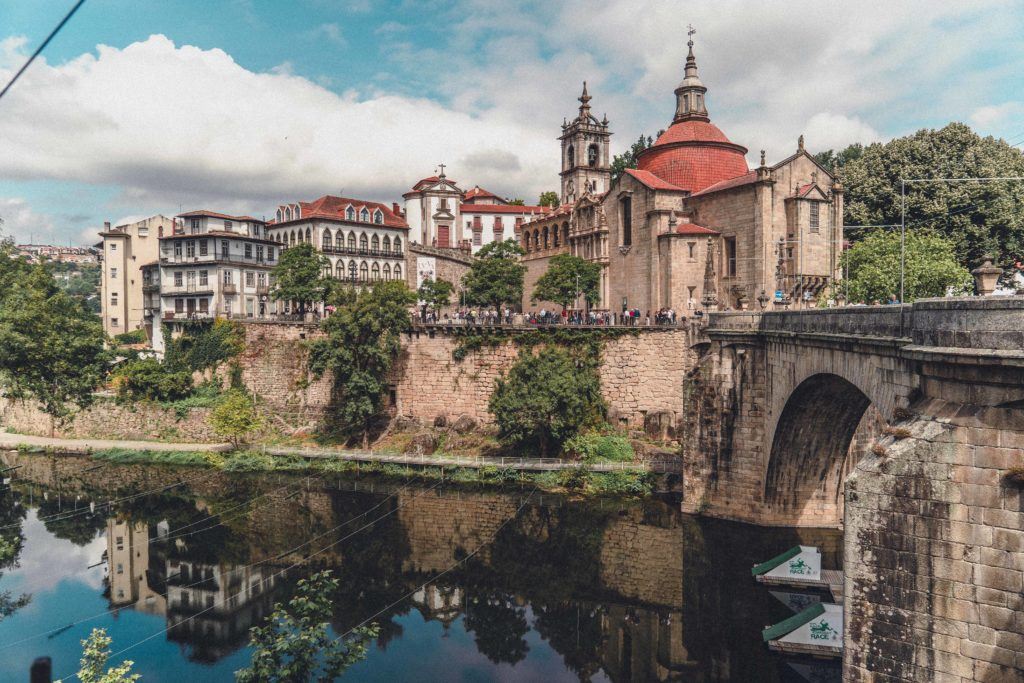
One of the most important things to note before visiting more rural regions of Portugal (including various towns and villages along the Algarve coastline) is that cash is still king in many places.
Indeed, there were even entire restaurants where we found that you could only pay by cash. With this being said, ATMs are widely available in all large towns and cities and so we soon found that it wasn’t necessary to carry lots of cash with us at any given moment.
As well as the major cities like Lisbon, Portugal, and Faro, Portugal has some of the most gorgeous nature landscapes in Europe. From wide open sweeping beaches, such as those found around Sagres to natural geological wonders such as Ponta da Piedade , there’s no shortage of amazing.
Enjoyed reading about the top Portugal travel tips to know before your first visit? Pin this article now, read it again later:

Sophie Nadeau loves dogs, books, travel, pizza, and history. A Francophile at heart, she runs solosophie.com when she’s not chasing after the next sunset shot or consuming something sweet. She splits her time between Paris and London and travels as much as she can! Subscribe to Sophie’s YouTube Channel.
This site uses Akismet to reduce spam. Learn how your comment data is processed .
Portugal Travel Guide
A stunning surfers’ coastline, timeworn cities full of yummy eateries, and hills dotted with vineyards – this is Portugal.
Best time to visit Portugal
Best places to visit in portugal, 9 bucket list things to do in algarve, portugal, monsanto: the stunning rock village of portugal, the castles and palaces of sintra, portugal, 14 best things to do in lisbon (3-day guide), map of portugal, weather in portugal.
The weather in Portugal is incredible! With a warm Mediterranean climate, you can expect lots of sunshine and good temperatures, making it the perfect destination for outdoor activities and beach days.
Great cities
10 great things to do in porto, portugal, evora, portugal: a travel guide to the historical treasure, 9 best things to do in albufeira, portugal.
Beautiful Portuguese villages
Ferragudo, portugal: the prettiest village in the algarve, 9 things to do in cascais, portugal, 8 most beautiful villages & towns in portugal, obidos: one of portugal’s most beautiful villages, douro valley: portugal’s stunning wine region, for your roadtrip, how to travel portugal by campervan + rental, renting a car in portugal in 2024: all you need to know, road trip portugal: the perfect 3-week itinerary, how to rent a car in portugal, best travel insurances, how to use google maps offline.
- Find Hotels via Booking.com
- Find Hostels via Hostelworld
- Find a Rental Car via Sunny Cars
- Find Flights to Portugal via Skyscanner
- Get a Travel Insurance via Heymondo
- Book Tours & Attractions via GetYourGuide
- Book a Bus/Train/Transfer via 12Go
- Get a Visa via iVisa
- How to pack light for your trip
- How to plan your trip our tips
Why is Portugal worth visiting?
Portugal is a captivating destination with a beautiful blend of historic charm and stunning landscapes. From its picturesque cities like Lisbon and Porto to the golden beaches of the Algarve, there’s something for everyone to explore and enjoy.
Is Portugal cheap to visit?
In Portugal, you can try delicious cuisine, stay in charming accommodations, and enjoy things to do without breaking the bank. The country offers great value for travelers. Bigger cities, like Lisbon, have slightly higher prices but still offer many reasonably-priced hotels and restaurants.
Can I drink tap water in Portugal?
In Portugal, you can confidently sip from the tap – the water is safe and refreshing to drink! Bring a reusable bottle to top up at one of the many fountains, and stay hydrated while reducing plastic waste.
Do I need a visa for traveling in Portugal?
Most travelers from the EU, the US, and many other countries can enter Portugal for up to 90 days without a visa. Check the requirements for your country, and get ready for your Portugal holiday.
What language do they speak in Portugal?
Often not easily placed when heard elsewhere, in Portugal, they speak Portuguese. Listen to the romantic rhythms as you journey through the diverse regions. However, English is also widely spoken, especially in more metropolitan areas like Lisbon.

Do I need travel insurance for Portugal?
Travel insurance is your safety net for all your adventures in Portugal, ensuring you have peace of mind while road-tripping the coastline in a camper or surfing the ocean. It protects you against unexpected events, whether it’s a canceled flight or an accident.
What power plug type does Portugal have?
Portugal uses Type F for its power plugs, so it’s a good idea to carry an adaptor to power up your devices when traveling to Portugal. Type F has two round pins that fit most European sockets.
Why do people love Portugal?
Portugal is one of the gems in southern Europe, a place where time weaves tales through cobbled streets and golden beaches touch the Atlantic Ocean. From its soulful fado music, delicious pastries, and the warmth of its people, it’s loved by many who journey here.
Travel to Portugal
Portugal is a country where the thrill of nature takes over and gives travelers a buzz like no other, from the wind in your hair as you drive down the rugged Algarve coast to the sun shining on salty skin after a good surf. Road tripping is a must here, with endless quiet roads that hug extraordinary cliffs, caves, and zig-zag right through stunning national parks like Sintra . All of this makes a vacation in Portugal perfect for adventure lovers.
How to Plan Your Trip to Portugal
Follow our Portugal travel guides to plan the perfect road trip! Whether you’re looking to soak up the sun on the southern coast, party in Albufeira , or dive into the rich history of Porto , we’ve got you covered with our informative guides. Explore all the best places in Portugal, or check out our 2-week Portugal itinerary .
If you want to see even more of the country, 3 weeks in Portugal is even better.
Best Time to Visit Portugal
Portugal’s good weather makes it a year-round destination. The sun reigns supreme in the southern Algarve region, with scorching summers drawing beach lovers to the golden shores. The central areas, including Lisbon and Porto, enjoy a mild Mediterranean climate with warm, dry summers. The islands, like Madeira and the Azores, boast a temperate maritime climate, keeping the scenery lush year-round.
Shoulder Seasons: Spring (March-May) and fall (Sept – Nov) is the best time to visit Portugal. During these shoulder seasons, temperatures are nice, and tourist crowds are low, making it a great time to go sightseeing, hiking, or enjoying wine tasting in the Douro Valley .
High Season: The summer months are the peak season when coastal regions bustle with visitors for the sun and sea. Spring and fall are more relaxed times to explore historic sites, like Lisbon’s iconic neighborhoods and Porto’s wine cellars.
Coastlines and Beaches
Portugal’s beaches and coastline are a sun-kissed paradise, with over 1790 kilometers of sparkling sand. From thrilling water sports near Ferragudo to leisurely beach hopping or simply basking in the summer sun, visiting the coastline is one of the best things to do in Portugal.
The Algarve: Along the Algarve’s rugged cliffs, discover hidden coves and dramatic grottoes that invite you to explore. The pristine Praia da Marinha, with its iconic limestone arches, makes you feel as if you’ve just stepped into a postcard.
Best places to surf: For surfers, the waves of Praia do Guicho near Lisbon make up the perfect playground. Catch a wave, feel the ocean’s energy, and soak up the incredible atmosphere on your vacation in Portugal. Meanwhile, the golden beaches of Praia da Comporta provide another serene escape with quiet rustling dunes.
The Azores Islands: In the Azores, the beaches are unlike any other, with black volcanic sands contrasting with the blue waters on São Miguel Island. It’s as if you’ve landed on another planet.
Food, Culture, and Religion in Portugal
Portugal is a land of captivating contrasts, noticeable in its food, culture, and religion.
Food: The cuisine is a delicious fusion of flavors and influences, boasting seafood along the coast and tasty custard tarts in the cities. Pair all of that with an iconic local wine, and you have great cuisine for your Portugal holiday.
Culture : Portugal’s cultural heritage is a testament to its rich history. From Lisbon’s historic Alfama district with narrow winding streets to Porto’s Ribeira, there’s much to marvel at in Portugal. Listen to the soulful music of Fado echoing through the streets as you sit down on one of the vibrant terraces, looking out over the historic towns and villages by the sea.
Religion : Portugal’s religious roots run deep, with many devotees worldwide still visiting the country on their pilgrimage. Its Catholic heritage is evident in ornate churches and religious festivals that bring communities from many neighborhoods together.
Why You Should Travel to Portugal
With its charismatic character and irresistible blend of old-world charm and sun-kissed coast, a vacation in Portugal is bound to leave every traveler in awe. In Lisbon , stroll through the labyrinth of streets covered in colorful tiles. Then, check out fairytale-like Sintra or historic Evora, where tall castles and old buildings peep between the lush forests. And don’t forget the postcard-worthy coastline, perfect for every type of beachgoer. Combine that with delicious cuisine and a great atmosphere, and you’ll soon feel like you belong.
Safety and Travel Advice in Portugal
Portugal is generally a safe and welcoming destination for travelers. However, staying informed about safety measures and travel tips is always recommended.
Natural disasters: Portugal experiences a relatively low occurrence of natural disasters. However, while rare, earthquakes and forest fires can happen. Download your local government app or register at an embassy for emergency updates.
Crime and safety in Portugal : Crime levels are generally low in Portugal. However, like in many tourist destinations, petty crime can occur in crowded areas or tourist hotspots like Lisbon and Porto. Pickpocketing is a risk, especially on public transport and crowded bus and tram stations. Try leaving your valuables at home and carry your bag in the front. Be particularly careful on the number 15 and 28 trams in Lisbon.
Beach time is one of the best things to do in Portugal, with many kilometers of beautiful golden sand. However, some locations aren’t safe for swimming with strong rip tides and undercurrents. Don’t swim at beaches without a lifeguard or those that have warning flags. A red flag indicates danger; don’t go into the water. A yellow flag means caution, meaning you can walk in the water but not swim.
Learn more about travel safety
Traffic: Depending on your destination and the time of year, traffic can be busy in Portugal. If you’re driving a rental car in Portugal, always watch for traffic signs and stick to the rules (even when locals don’t). Avoid driving in city centers or hilltop villages, known for traffic jams and narrow streets and use our Portugal travel guides for the best tips.
Car theft: Foreign-registered and rental cars in Portugal can be subject to car theft. Because of this, always be mindful of where you park, and don’t leave anything on display inside. Try to remove all valuables and luggage from your vehicle if you can.
Travel Insurance: One of the things we always recommend for your Portugal holiday is purchasing travel insurance. Whether it’s lost luggage or unforeseen accidents, travel insurance provides peace of mind, ensuring a smoother and worry-free experience. Check out these best travel insurances .
- Skip to primary navigation
- Skip to main content
- Skip to primary sidebar
- Skip to footer
TravelAwaits
Our mission is to serve the 50+ traveler who's ready to cross a few items off their bucket list.
5 Things I Wish I Had Known Before Visiting Portugal

- Destinations
Portugal is a very forgiving country in that the ambience of the people and culture is friendly and relaxed. People are open and willing to help, especially in hotels and shops, and there are plenty of tourist information centers in the larger cities. You will also find many people, especially in more metropolitan areas, who speak English.
The climate, although colder and rainier in the north, is basically Mediterranean, which means many days of sunshine and thus lots of opportunities to explore without sheltering under an umbrella or wearing a heavy coat. Dressing in layers is the best way to ensure that you are dressed for warm days and cooler nights.
In every city that we visited during our 5 weeks, we enjoyed the many restaurants and cafes with outdoor seating. It’s an enjoyable way to spend a couple of hours immersed in the scene around you. The Portuguese take their lunch hours seriously and do not rush through their meals. There are very few fast-food restaurants because most work environments include ample time for an afternoon break.
I have traveled extensively and there have been times that I wished that I had known certain things about where I was going ahead of time. Traveling with a little knowledge leaves one better prepared to deal with the unexpected and to plan ahead for the things to be expected. Using the internet and social media has made traveling easier, but it is always useful to hear some tips from a person who has travel experience in the place you plan to visit.
Here are five things I wish I had known about before we traveled to Portugal.

1. Car Rentals
Portugal is a country blessed with an excellent transportation system, especially within and between the larger cities. If you have specific destinations in your travel plans, the train and bus system is extensive and reasonably priced, and you may buy your tickets ahead of time online. However, there are many lovely spots in Portugal less accessible by public transport, and you may choose to rent a car. We rented a car in Lisbon, and it was relatively straightforward.
What I didn’t know ahead of time is that most rental cars have manual transmission. If you are not familiar with driving a manual car, then practicing before you go is a good idea, especially since the cities we visited use roundabouts as the method to get from one part of town to another, and sometimes you need to shift gears quickly. When you rent your car, ask for a transponder, which allows you to pay the highway tolls without stopping. Your credit card will be charged automatically. It makes getting from one place to another so much easier when you don’t have to deal with stopping in front of a gate and taking a ticket. Make sure that you get in the lanes painted green and marked “via verde.”
There is a basic car insurance in Portugal that is mandatory and will be included in the price of your rental.
Pro Tip: Make sure you take both a credit card and debit card if you plan to rent a car. You will pay more for a rental car if you pay with a debit card.

2. Getting Around In Cities
We spent time in Lisbon, Porto, Guimaraes, and Coimbra and we did a good deal of walking to various places we wanted to see, such as castles, museums, monasteries, Moorish neighborhoods, parks riverfronts, and churches.
The streets of many cities are a combination of different kinds of pavement, but many sidewalks, especially in Lisbon are made of small diamond-shaped tiles. They are often uneven and worn smooth, thus you should wear shoes that have good tread — the going can be slippery and a bit hazardous, especially after rain. If you need to get from one end of a city to another or want a guided tour, there are many “hop-on-hop-off” type buses, especially in Lisbon and Porto.
In the smaller towns such as Obidos, the narrow streets are lined with cobblestone, and often a few stones are loose, so be aware of where you step. Cars and taxis move very fast in cities, often even when a light has turned green for a go-ahead to walk, there are taxis coming through that ignore this. Don’t assume cars are going to stop.
It is easy to flag down a taxi, especially in Lisbon, Coimbra, and Porto because they are everywhere. The drivers signal that they are available with a green light on the roof of the cab. If you prefer, there are digital companies like Uber and Bolt as well.
3. Health And COVID
I would recommend a few things when it comes to medical issues that might arise in Portugal. First, make sure you have plenty of your necessary medications before you travel. Although there are plenty of pharmacies even in smaller towns, refilling a prescription is a bit of a hassle. I had to call my pharmacy in the states and have the pharmacist talk to the pharmacist in Portugal.
In addition to the above, I wish I had researched how the medical system in Portugal operates. My husband and I contracted COVID and had to stay for an extra 12 days in the country. I needed to see a doctor and was not sure how to go about this. I received help at a pharmacy and was able to make an appointment at a private hospital in Lisbon. Hotel managers in the larger cities may have helpful information as well. Do the research before you leave by accessing websites like this one .
Bring medical insurance and health records, especially if you have a chronic health condition. Expect to pay for services.
Pro Tip: Make certain about your own health insurance before you leave. Ask if they cover any medical expenses incurred on your trip. It’s a good idea to go to the State Department’s website for information on Portugal and medical issues.

The Portuguese love to eat and take their time when they do, so don’t expect speedy service when you dine out. In some of the more tourist-frequented parts of Lisbon, expect to be approached by waiters motioning for you to sit at the tables set out along narrow streets where cars are not allowed. Some outdoor cafes that cater to tourists have familiar foods such as pizza, hamburgers, and hot dogs, but the more traditional Portuguese menus feature dishes with fish and meat as the main part of the meal. The portions served in restaurants are large, so you may consider sharing dishes, and this way you get more variety in your meal.
If you are vegetarian or vegan, you may find it a bit challenging to enjoy a variety of foods, but almost every menu we perused during our 5-week stay had some vegetarian choices, especially in cities such as Porto, Coimbra, and Lisbon.
If you stay at an Airbnb and have a kitchen, there are small and large grocery stores and some specialty markets that carry produce, wine, fresh meat, and fish. There are plenty of pastry shops as well.

5. Airports
Portugal has three international airports: Lisbon, Faro, and Porto. My husband and I flew into Lisbon from Paris and thus did not have to go through customs again in Portugal. Lisbon’s airport is extremely busy, and it was difficult to find an airport map that named the terminals and check-in areas by airlines.
Expect long lines at the airport. I had a few quick questions that I wanted to ask at the tourist information center, but the line was extremely long. If you plan to get a taxi to your hotel from the Lisbon airport, you will find the place cabs park outside the terminal. People wait in line for taxis, which pull into designated parking spots. The taxi drivers will gesture to the next person in line.
If you plan to return to the U.S. from Lisbon, be aware that there is a passport checkpoint after a security check, and the queues are long. Also, the airport is arranged in such a manner that you are forced to go through duty-free shopping zones before security. We nearly missed our flight because there were far too few attendants checking people through.
When we left the country to return to the States, it took 90 minutes before we emerged from these areas to find our gate. I would strongly recommend arriving no less than 3 hours before your flight, perhaps even 4 if you plan to travel during the summer months. English is widely spoken in the airports, and most signs are in English as well as Portuguese, but Terminal 2 — where all passengers depart from — is a giant hangar and is confusing.
Pro Tip: Whichever airport you decide to fly into or from, I recommend studying the airport map online before you fly and plan to arrive 3 hours ahead of your flight.
For more on Portugal , check out these articles:
- 5 Reasons You’ll Fall In Love With This 300-Year-Old Vineyard Hotel In Portugal
- Our 9 Favorite Stops On A Road Trip Along Portugal’s Beautiful West Coast
- Living In Portugal, We’ve Tasted Cheeses We Never Knew Existed, Here Are Our 11 Favorites
- 10 Best Resorts in the Algarve Region

Although she enjoys cities with museums, culture, and food, her favorite adventures are found in the natural world. She has kayaked among bat rays and dolphins, encountered gray whales, hiked among bighorn sheep, and snorkeled with tropical fish. She is a volunteer naturalist at Elkhorn Slough National Estuarine Research Reserve and Anza-Borrego Desert State Park.

The Ultimate 10 Days in Portugal Itinerary

Planning a trip to Portugal and don’t know where to start? I have my ultimate 10 days in Portugal itinerary that I’ve put together. After my fourth trip to Portugal, I’ve absolutely fallen in love with this country.
I’ve take the very best of all of my trips, all my travel tips for Portugal , and have put them in a single place. There is so much to do in Portugal, from the city to the countryside. I think one of the best ways to experience Portugal is to spend a few days in the city and then get out to visit the greater region.

Now, while I’ve done Lisbon three separate times, I always find myself wanting to spend a bit more time exploring. While I love the city, Portugal has a lot to discover that is under 2 hours drive from the city. That’s what I love most about this Portugal itinerary. You don’t have to travel long distances to see a wide variety of places.

So I’ve pulled together all of my Portugal trips into a single, condensed itinerary to help plan your trip. Read on to find where to stay, how to plan your time, and all the tips. This is my ultimate 10 days in Portugal itinerary.
Short on Time? Here is the Ultimate Portugal Itinerary for 10 Days:
Stop 1: lisbon and nearby day trips — 4 nights.
- Hotel Das Amoreiras or Memmo Principe Real , for the best Principal Real hotels
- The Lumiares or Lisboa Pessoa Hotel , for the best Bairro Alto hotels
- Memmo Alfama , for the best Alfama hotel
Stop 2: Evora — 2 nights
- Octant Evora , for the best overall hotel
Stop 3: Comporta — 3 nights
- Sublime Comporta , for the best overall hotel
What to Know Before Choosing Your Itinerary

How Much Time is Really Needed to Visit Portugal?
This is the top question always asked — how much is needed? I always recommend a minimum of a single week for Portugal. 10 days is not enough but will give you the right amount of time to visit a few things slowly. Lisbon alone takes three full days to properly see, and even a few more if you do day trips.
What is the Best Way to See Portugal?
When it comes to Lisbon and closeby places, by foot or public transport. To see the greater regions of Portugal, you will need a rental car. I’ve rented cars all over Europe, and by far, Portugal has been one of the cheapest yet. So ditch the car for cities like Lisbon or Porto, and take it to the beaches and countryside.
What Do I Need to Know About Renting a Car in Portugal?
You’re likely going to get a rental car in Portugal to do some portion of this itinerary. It’s easy to drive around, and recommended for ease. When deciding on a rental car:
- Do use Discover Cars to Book — They have the best rates and options for rentals, you can add full insurance at a reasonable rate, and more. This is my trusted site for booking.
- There are Toll Roads —Super simple solution: ask the rental car company to turn on the electronic transponder. You’ll get billed at the end and you don’t have to worry about having euros on you.
- Extra Drivers Cost More — If two of you drive, you’ll need to pay an additional driver fee by day. For Sixt, it was 10 euros daily.
- There is an Airport Surcharge — Each company has a different fee, but you’ll likely spend an additional 25 euros to pick up at the airport, which is no biggie since there is a major convenience in doing so.
What’s the Best Airport to Fly Into for Portugal?
If you’re coming international from the US, I always recommend Lisbon. You’re going to want to see the city anyways, and the flight options are the best. It also puts you at a great starting point for this itinerary.
How I Structured this 10 day Portugal itinerary
When I started honing on the best places and regions of Portugal to recommend, I had one thing in mind: slow, intentional travel. I wanted the logistics of the itinerary to make sense, cut down on travel time, and be practical.
This entire trip is essentially a loop beginning in Lisbon, and I’ve included a few extension ideas for places to visit. I’ve chosen destinations in Portugal that I feel aren’t always top of mind. They are incredible, beautiful, and often fewer in crowds (well, except Lisbon, but that’s a must see!).
The 10 Day Portugal Itinerary — Lisbon to Alentejo to Comporta
Stop 1: lisbon & nearby day trips.

Recommended Time: 4 nights
Getting into lisbon from the airport.
When it comes to getting into the city from Lisbon Airport, I always recommend either taking an Uber or pre-booking a transfer. I typically do an affordable pre-booked transfer for ease , and the drive time is around 20-30 minutes pending the time of day.
Where to Stay in Lisbon
I have a few favorite hotels in Lisbon, and neighborhoods. In Principe Real, I love Hotel Das Amoreiras or Memmo Principe Real . My go-to’s in Bairro Alto are The Lumiares or Lisboa Pessoa Hotel . In the Alfama, I love the Memmo Alfama for its location in the heart of the neighborhood.
For my full list of recommendations, read my guide on the best boutique hotels in Lisbon !
My Favorite Things to Do in Lisbon

- Soak in Views from the Miradouros — The city is full of them, and it’s one of the best way to get oriented. My personal favorite is Miradouro de São Pedro de Alcântara .
- Shop Local — The shopping is some of the best in Lisbon. I love shops like EmbaiXada , Claus Porto , Bernardo Atelier Lisboa , and A Vida Portuguesa .
- Stroll the Neighborhoods — Enjoy a quiet walk through the Alfama or even Bairro Alto, both have stunning views of the city. Stop into A Brasileira for the oldest coffee shop in town and cross the street to Livraria Bertrand – Chiado
- Take a Food Tour — These are such a great way to eat your way through Lisbon. I’d recommend this small group tour , this one with the reputable Eating Europe group , or this 17 tastings one.
- Visit the Belem Tower — It’s well worth pre-booking tickets and spending a chunk of time strolling around and taking in the views, and it’s right near Jeronimos Monastery . This walking tour is also a great way to experience both the Tower and the Monastery.
- Tour Jeronimos Monastery — Pre-book tickets to Jeronimos Monastery, the lines are usually for the chapel, which is beautiful but can also be viewed from above with a ticket to the conclaves (can’t be missed). I found myself loving an hour or two to stroll around.
- See MAAT Museum — One of my favorite museums in Lisbon to visit along the waterfront. Pre-book tickets here .
- Spend an Afternoon at LX Factory — They converted a ton of industrial factories into shops and restaurants, and there’s quite a few things to enjoy here. Find a rooftop bar, restaurants, and a wonderful book store too.
- Tour Ajuda National Palace — If you’re looking for grandeur and decorative art, come into the 19th-century palace where the royal residence once lived. Pre-book tickets here .
The Best Restaurants in Lisbon

- Time Out Market Lisboa — this food hall has everything you could want. If you want a good, no-res meal, come here.
- Magnolia — The it-girl right now of Lisbon, come in for any meal. The space is warm and inviting, and the food is it. *Reservation required
- Pica-Pau — This is where I’d go for traditional Portuguese food done highly well. Good spot to try bacalhau. *Reservation required
- Belcanto — Chef Jose Avillez runs the food scene in town and if you’re looking for fine dining, this is the one I’d book. *Reservation required
- Bairro Do Avillez — Several restaurants in one, this is where Chef Jose Avillez has several options for dining. I always love Minibar but wasn’t impressed last trip so I’d stick with Taberna in the front. *Reservation required
- Prado — for best farm to table cooking, this is where I’d come in for do big share plates with friends. *Reservation required
- A Cevicheria — One of the best ceviches in town, I go here every trip. *Reservation required
- Pasteis de Belem — If you want to skip the line, just past by the left and ask for a seat (much shorter than take away).
The Best Coffee Shops in Lisbon
- Hello, Kristof
- Copenhagen Coffee Lab & Bakery
Where to Take a Day Trip From Lisbon

There are so many wonderful day trips I have done over the years and I’ll share a few to consider for your trip. Any of these can typically be done by public transport, but a group tour may be good option too.
- Sintra — The most obvious day trip that one must do is Sintra. It’s home to magical castles and ancient times. Tour places like Castelo dos Mouros, Palacio Nacional da pena, Palacio Nacional de Sintra , and more (you need tickets in advance for all). And of course there is the traditional pastry house of Casa Piriquita which is well worth a visit. You can train there from Lisbon in 40 minutes on the Sintra Line or self-drive in 30 minutes. Some tours to consider are: a full day private tour , half day tour in classic car , or this complete tour full day tour.
- Cascais — Just south of Lisbon is my favorite seaside town of Cascais. Reach it in under 40 minutes by train and have the whole day at the beach and in town. I personally always do this one as I love the change of scenery.
- Ericeira — This is where to go for those who want to go surfing. You can reach it by direct bus in 40 minutes or by car. There is a lot in the small town from boutiques to shops, and the entire beach area.
Sample Itinerary for Lisbon ( My 4-Night Lisbon Itinerary here )
- Day 1 — Get settled in town. Walk your neighborhood. Get a coffee. Dinner at Timeout Market for ease.
- Day 2 — Explore Alfama and the city center. Get a coffee at A Brasilieira and ride a cable car. Have lunch at A Cevicheria. See the miradouros, shop local. Eat dinner at one of Chez Jose Avillez’ restaurants.
- Day 3 — Spend the morning to early afternoon out in Sintra or Cascais. Late afternoon at LX Factory and eat dinner at one of the restaurants there.
- Day 4 — Belem Tower in the morning, stop by Pasteis de Belem for breakfast. Tour the Jeronimos Monastery and then walk along the waterfront to the MAAT. Lunch at Magnolia. Cruise around Bairro Alto and the neighborhood. Dinner at Prado.
Stop 2: Evora

Recommended Time: 2 nights
Getting to evora from lisbon.
The best way to get to Evora from Lisbon to continue this itinerary is by rental car. I would transfer back to the airport and get your rental car there (or book in town with a drop-off at the airport at the end). I recommend booking with Discover Cars for the best rates and options for rentals. You can also add full insurance at a reasonable rate, and more.
Where to Stay in Evora

You have a few choices for accommodations in Evora, but I think the best it to be out in the countryside. I stayed at Octant Evora and enjoyed the natural setting. Some other hotels to consider as well are Imani Country House , Convento do Espinheiro , or L’AND Vineyards .
My Favorite Things to Do in Evora

- See the Historical Sights — You can spend all day walking on foot going from one historic sights to the next. Stop into the Roman Temple of Évora , see the Chapel of the Bones , and definitely go into the Cathedral of Evora (climb the stairs to the rooftop!)
- Do Some Local Shopping — There are several local boutiques in town like Oxalá , O Cesto Artesanato , and Livraria Fonte de Letras . Get things like olive oil, cork products, and more.
- Go Wine Tasting in The Valley — With several wineries within reach, I’d spend an afternoon at one of them like Fitapreta Vinhos or even L’AND Vineyards .
For more Evora recommendations, don’t miss my full guide to Evora, Portugal !
Where to Eat in Evora

- Botequim da Mouraria — One of the best meals of my last trip, line up early for open to get a seat at this 8-person bar. All dishes made by the owner and chef, this is where to come for the classics.
- Fialho — The spot to come for all the classics like roasted lamb and local cheeses. *Reservation required
- Dom Joaquim — Great local spot for elevated dining, it’s one of the most popular restaurants in town. *Reservation required
- Cavalariça Évora — Though there is one in Comporta, the Cavalariça Group opened doors in Evora. I’d pop in for a leisurely lunch here. *Reservation required
Things to Do Nearby Evora

- Visit the Village of Monsaraz — I would spend a full day exploring the valley, going all the way out to Monsaraz. The small hilltop village is so stunning, and well worth a couple of hours.
- Shop Ceramics in Corval — Known as one of the best ceramic towns in Portugal, I’d come here to shop at the “olarias” in the town. I loved Olaria Tavares .
- Stop at São Lourenço do Barrocal for Lunch — Out in the valley is the prestigious hotel , and well worth stopping for lunch at their tavern restaurant . Idyllic views, this was one of my favorite things I did.
- Visit the Village of Montemor-o-Novo — On your way from Lisbon, I’d pop into the historic town to stroll the streets and tour its ancient castle at the top.
Sample Itinerary for Evora
- Day 5 — Drive Lisbon to Evora, stop in Montemor-o-Novo along the way. Spend the whole day in Evora, see all the sights, eat lunch at Botequim da Mouraria or Cavalariça. Check into hotel, relax. Dinner at Dom Joaquim.
- Day 6 — Depart to tour the valley. Stop in Corval to shop pottery. Go to Monsaraz to tour village. Eat lunch at São Lourenço do Barrocal. Head out to the wineries like Fitapreta. Come back to Evora for a dinner at one of the local restaurants.
Stop 3: Comporta

Recommended Time: 3 nights
Getting to comporta from evora.
On your morning out of Evora, leave mid-morning to make the 1.5-2 hour drive out to the coast. It’s a leisurely drive, make sure your car is full on gas. The roads are easy to navigate, windy at times, but straightforward.
Where to Stay in Comporta

There is no more prestigious property than Sublime Comporta . It’s luxurious, super well done, has all of the amenities. So if you’re looking to splurge, I would book in there. I’d consider other properties like Spatia Comporta , Quinta da Comporta , and AlmaLusa Comporta .
My Favorite Things to Do in Comporta

- Spend time at the beach . There’s not a more better way than to just be at the beach in Comporta. The main ones are Praia da Comporta , Praia do Pego , Praia da Torre , and Praia do Carvalhal .
- Relax poolside. Book in a few hours to just stay at your property and enjoy.
- Shop town. Comporta town has a few small local shops for home and lifestyle goods. Stop into Rice – Marta Mantero , Lavanda , and Mercearia Gomes .
- Drive down to the village of Melides. This up-and-coming town has a lot to offer. From its main beach to the iconic Hotel Vermelho which was opened by Christian Louboutin, you could spend a half day here. I’d shop at Vida Dura , eat lunch at the hotel, and stroll the town.
- Go Horseback Riding. With Cavalos na Areia , you embark on a 1.5 hour horseback tour down to the beach with a guide.
For more Comporta recommendations, don’t miss my full guide to Comporta !
Where to Eat in Comporta

- Sublime Comporta Beach Club — This was my favorite spot for a beachside meal. Order the paella and enjoy the sunset views. *Reservation required
- Cavalariça — One of the best meals in town. I really loved how paired down yet elegant this meal was.
- ALMO Café — Stop in here for lunch at least one day, the outdoor patio is lovely. *Reservation required
- Sal — Another classic, I’ve been here several years ago and it was just as packed as last time. *Reservation required
Sample Itinerary for Comporta
- Day 7 — Drive from Evora to Comporta in the mid-morning. Stop in town for lunch at ALMO Café. Head to hotel and check in to enjoy for the night. Sunset dinner at Sal or Sublime Beach Club.
- Day 8 — Slow morning at the hotel. Stop into Mercearia Gomes to pick up things for a picnic. Spend day at the beach. Dinner at Cavalariça.
- Day 9 — Head down to Melides. Spend morning at beach. Lunch in town at the Hotel Vermelho, shop at Pura Vida. Afternoon at pool or horseback riding. Dinner at at Sal or Sublime Beach Club.
- Day 10 — Check out and head back to Lisbon for flight home — or continue on to another destination.
If You Have More Time
For more beaches & small towns.
If you have more time to spend in Portugal and want to make it a 2 week itinerary, you easily could. From Comporta, I would continue on to the Algarves. It’s the most obvious choice for ease and you can drive down the coast in a few hours. Towns like Faro, Albufeira, Lagos, and Sagres are popular. You will need car.
For Small City & Wine Region
If you wanted to head north for a small city and wineries, I would return you car to Lisbon Airport or Lisbon Train station and go to Porto. Porto is another lovely region to visit. From there a few nights in Porto is lovely with a visit to the Douro Valley. You can get there by direct train from Lisbon so you could skip the car.
Save This Post for Later on Pinterest

PS — Are You Booking a Trip Soon? Use My Booking Checklist!
These are the sites I use most to book my own trips. Using the links below is a great way to support Bon Traveler’s travel journalism at no extra cost to you . If you need help organizing your itinerary, get my free travel itinerary template here .
1. Book Your Flights
Use Skyscanner to find the best flights. It searches 100s of airlines and websites across the globe to ensure you’re not missing out on any route options or deals.
2. Book Your Accommodations
Use Booking.com for hotels and guest houses. They have the biggest inventory and consistently offer the best rates.
3. Book Your Tours & Experiences
Use Viator or Get Your Guide to find the best tours and experiences. They are my favorite tour search engines. I always check both as their inventory varies depending on the destination.
4. Book Your Car
Use Discover Cars or Rentalcars.com to find the best car rental deals. I recommend comparing rental agency reviews on Google to ensure you are booking with the best company in that destination, as the reviews are often more accurate than the car rental search engines.
5. Don’t Forget Airport Lounge Access
Get a Priority Pass membership to gain access to 1,400+ VIP lounges and airport experiences worldwide. The Priority Pass app is the first thing I check when I have a layover. I’ve been a member for over a decade, and having a comfortable place to relax before and between flights makes air travel so much more enjoyable.
6. Don’t Forget Travel Insurance
I never leave the country without travel insurance. It provides comprehensive protection in case anything goes wrong (ie. illness, injury, theft, and cancelations, etc.). I use it frequently for my travels to stay protected.
My favorite companies that offer the best coverage and rates are:
- World Nomads (best for all-around)
- Safety Wing (best for frequent travelers)
Xx, Jessica
Related Posts

Where to Take a Family Beach Vacation in Florida in 2024

The Ultimate Kyoto 3 to 4 Days Itinerary

The Ultimate Weekend Guide to Placerville, California
Write a comment cancel reply.
Save my name, email, and website in this browser for the next time I comment.
- Cayman Islands
- Dominican Republic
- Puerto Rico
- South Dakota
- Washington DC
- Czech Republic
- Netherlands
- Switzerland
- French Polynesia
- Travel Tips
- Family Travel
- Accommodations
- Packing Lists
- Photography Tips
- Northern California Guide
- San Francisco
- Lightroom Presets
- Rent Our Home For Photoshoots
- California Map
Type above and press Enter to search. Press Esc to cancel.
- Meet the Team
- Work with Us
- Czech Republic
- Netherlands
- Switzerland
- Scandinavia
- Philippines
- South Korea
- New Zealand
- South Africa
- Budget Travel
- Work & Travel
- The Broke Backpacker Manifesto
- Travel Resources
- How to Travel on $10/day
Home » Europe » Portugal » ULTIMATE Guide to Solo Travel in Portugal | Destinations & Tips for 2024
ULTIMATE Guide to Solo Travel in Portugal | Destinations & Tips for 2024
Traveling Portugal on your ace might just be the best decision you will make this year.
Seriously, there is not much negative to say about the country. Portugal offers a tapestry of experiences for the solo traveler. From the historic cobblestone streets of the capital to flakey pastei de nata’s in Cascais to the honey-lit coastline of The Algarve, you’re in for a real treat for the senses.
It’s also one of the region’s more affordable countries, with good quality accommodation and food that will make sure your hard-saved cash goes a long way. It’s also considered relatively safe and is packed with friendly locals practically yearning for you to visit. Basically – it’s a win-win-win.
That said, planning a solo trip through this large and diverse country can be daunting. You might ask yourself: ‘ Where to go, at what time of year, and what places should be avoided? ’ But don’t fret; this is where I come in – providing you with the ultimate guide to traveling solo in Portugal – you’re welcome.
Follow along as I help you craft the perfect itinerary, plan out the necessities, and avoid any obstacles, with a dose of hype and excitement to motivate you…
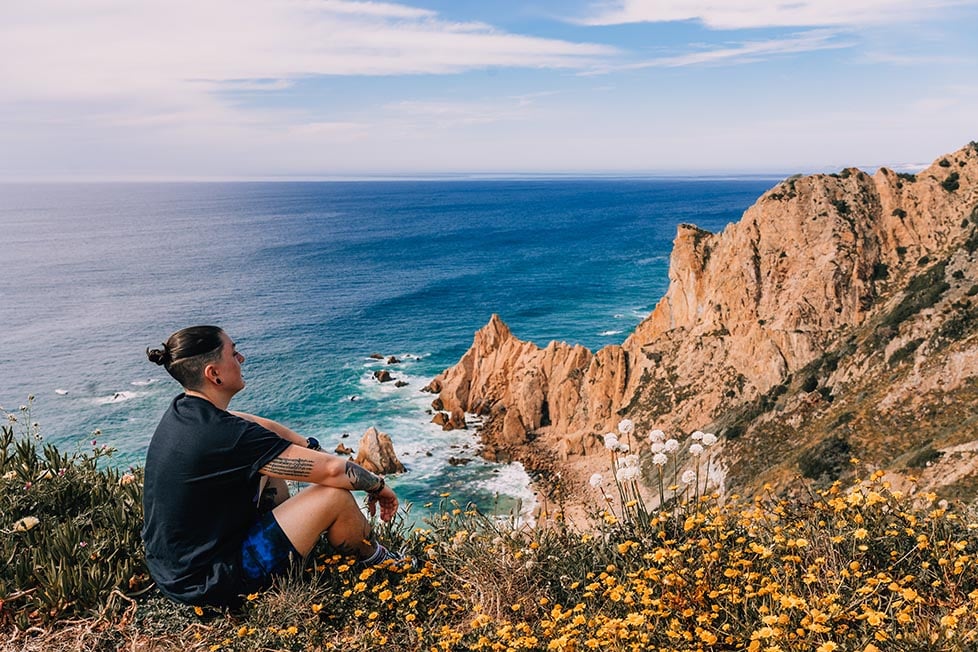
The Broke Backpacker is supported by you . Clicking through our links may earn us a small affiliate commission, and that's what allows us to keep producing free content 🙂 Learn more .
5 Things to Do in Portugal When Traveling Solo
5 best solo destinations in portugal, the best travel apps for solo travel in portugal, safety tips for solo travelers in portugal, tips for solo traveling in portugal, how to meet people when solo traveling in portugal, final thoughts on your solo trip to portugal.
Backpacking Portugal is NEVER a bad idea. The country is overflowing with gorgeous natural scenery, dynamic cities, a wealth of culture and history, and some of the most welcoming locals in Europe.
With this, here are some indoorsy and outdoorsy activities I recommend checking out as you make your way through the country as a solo traveler…

Unlock Our GREATEST Travel Secrets!
Sign up for our newsletter and get the best travel tips delivered right to your inbox.
1. Sip on Portuguese Port Wine in The Duoro Valley
The Duoro Valley is one of the most beautiful parts of the Duoro River. While traveling solo in Portugal , take a trip to the winding terraced vineyards that produce the country’s beloved sweet port wine. The only place in the world where port is legally produced, there is a lot to learn about this generations-old grape blend and fermentation process.
Visit the valley for a day tour and wine tasting , but make sure to stroll through the sleepy countryside villages and towns that line the river, too.
2. Unwind in a Natural Geothermal Pool in The Azores
You have to visit The Azores , a series of islands in the heart of the Atlantic that belong to Portugal. While this might be considered an entirely different trip to the Portuguese mainland, a guide to exploring Portugal would be incomplete without it.
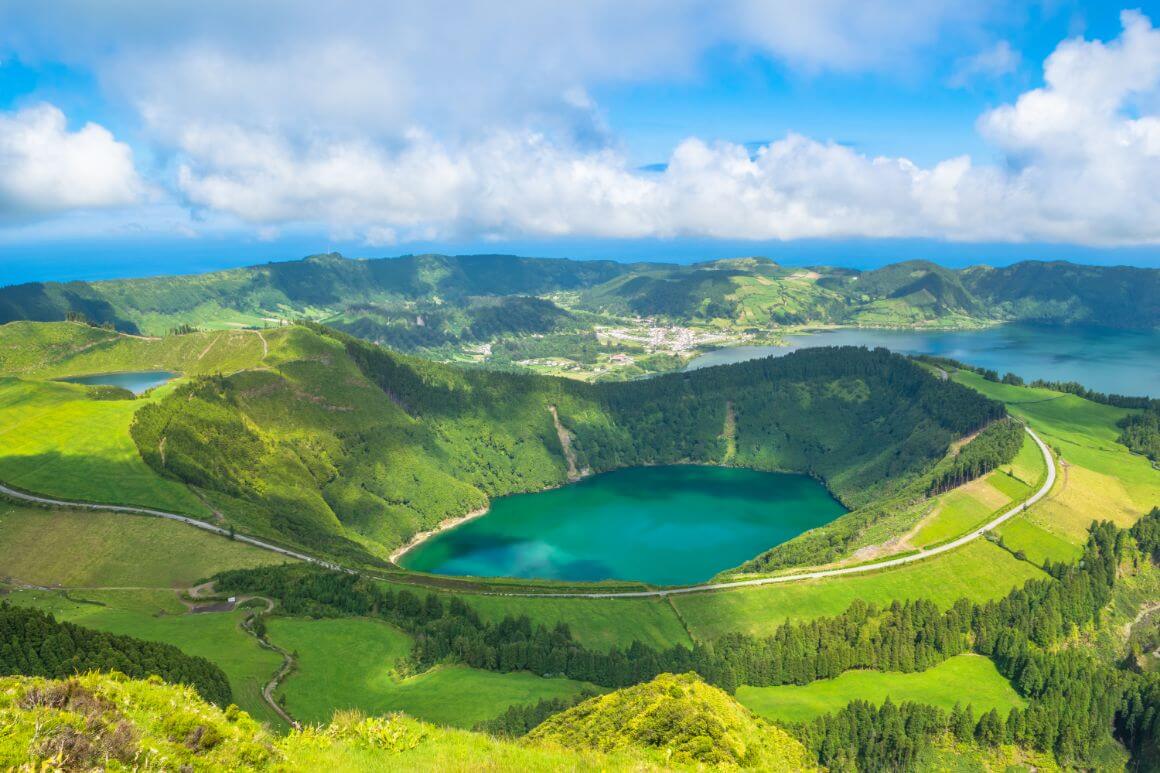
Other than lounging on beaches and enjoying the adrenaline-packed adventures the islands are known for, soaking in a natural hot spring is a must-do here. The Poca da Dona Beija is a hot springs facility with five thermal pools set amongst a tropical landscape. Sign me up!
4. Kayak Under the Benagil Sea Cave
One of Portugal’s most exquisite natural phenomena, Benagil Sea Cave, is a massive cave along the rugged Algarve coastline. Only accessible from the water, you can swim or rent a kayak and paddle into the cave from the shore, passing through a natural opening.
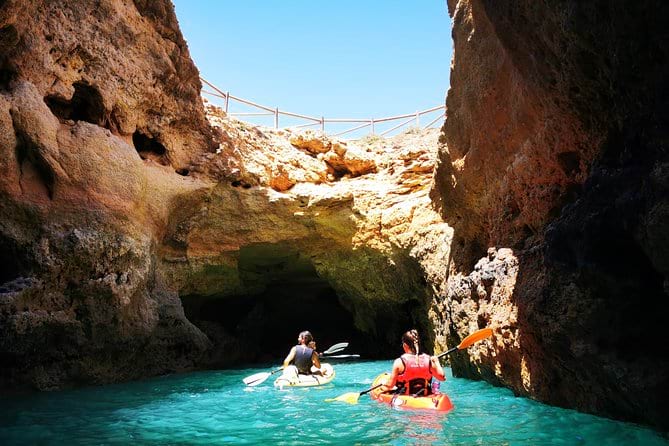
Once in the cave, you’ll be rewarded with otherworldly scenery made up of a massive natural domed ceiling opening up into a near-perfect skylight of blue sky.
4. Experience the Magic of Fado Music in Alfama, Lisbon
You’re undoubtedly going to visit Lisbon if you head to Portugal solo and there are so many things to do here.
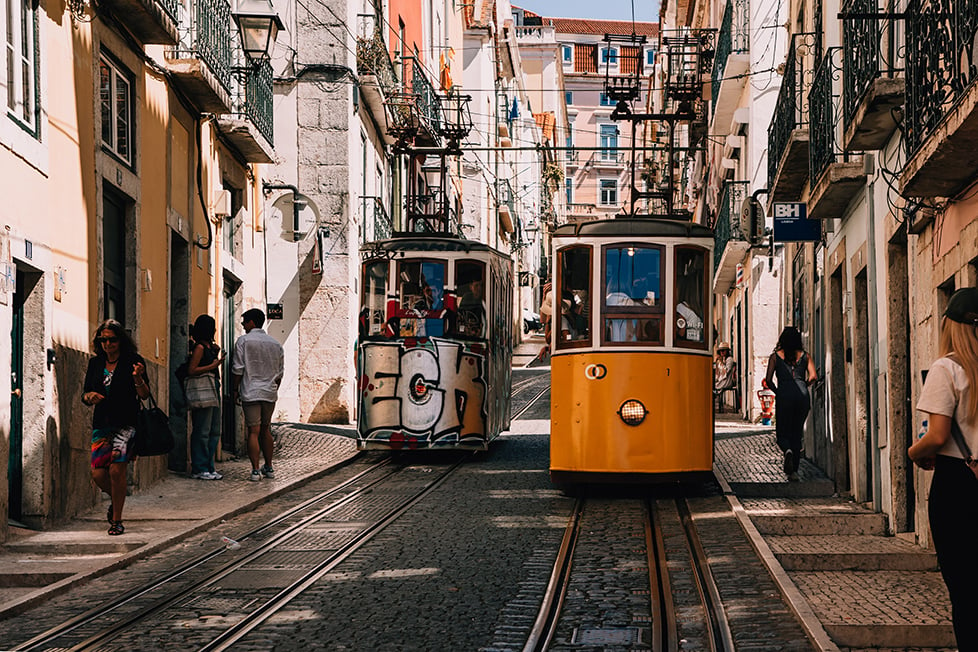
The faint sound of Fado music can be heard in just about any big city in Portugal, but the traditional music genre traces back to the 1820s in the capital of Lisbon. Head to the Alfama district to soak up the bittersweet sounds typical of the sorrowful musical genre.
There are plenty of restaurants and bars that organize performances of the melancholic music in the Alfama neighborhood, where it was supposedly born.
5. Cruise Through Aveiro on a Moliceiro Boat
The historical Aveiro is known as the Venice of Portugal, for good reason. The west-coast city is set along a lagoon called the Ria de Aveiro, which is known for its intricate network of canals and colorful boats.
Exploring the city from a traditional Moliceiro boat tour is an incredible way to absorb the colorful pastel-hued buildings and unique art nouveau architecture that dominates the city. Just across the lagoon, the Sao Jacinto is a nature reserve that will make you feel a world away from the historic city.

We’ve tested countless backpacks over the years, but there’s one that has always been the best and remains the best buy for adventurers: the broke backpacker-approved Osprey Aether and Ariel series.
Want more deetz on why these packs are so damn perfect? Then read our comprehensive review for the inside scoop!
One of the most important things in life is to be happy spending time alone. I’ve often found that I spent less time alone than expected when traveling solo in Portugal.
Whether alone or with a new friend you’ve made along the way, here are five places you just can’t miss as you journey around Portugal:
Going to Porto was one of the best experiences I’ve had as a solo traveler. It’s safe (even as a solo female), accommodation is affordable, and the food scene is off the charts. It’s also super walkable, which, in my eyes, takes any city to the next level of awesome.
The city has a unique vibe that sets it apart from other Portuguese cities. The historic center is dotted with authentic Portuguese buildings, tiled buildings, and winding cobblestone streets, with a different hipster coffee shop or rooftop terrace around every corner.
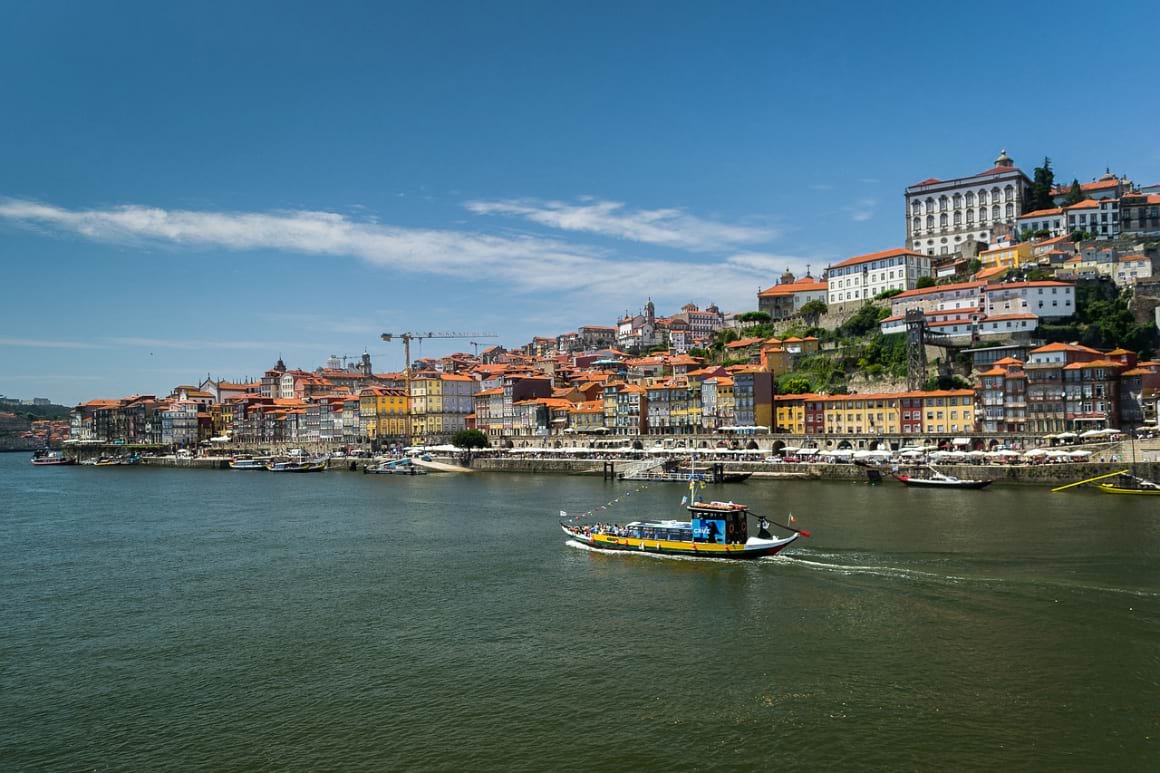
First on your agenda, stroll along the Ribeira, which is the historical center and a well-earned UNESCO World Heritage Site. The riverside streets adjacent to the Duoro River are home to beautiful, colorful homes, street tapas, and authentic streetside restaurants.
While painted tiles scatter the country, Porto is the best place to check out the Azulejos. Check out the Igreja do Carmo and Igreja de Santo Ildefonso churches for some epic blue and white tile art. Some even date back as far as the 16th century.
Decked out with art and surrounded by galleries and museums, Gallery Hostel Porto is the place to stay for budget culture vultures. Mingle with other guests on the summer terrace or winter garden and dig into nightly Portuguese family-style meals.
A few days in Lisbon will leave you head over heels in love with the city. Trust me, this is one of those cities you could visit year after year and never tire of. The colorful city is friendly and welcoming and has a unique history packed with beautiful buildings and parks to show for it. Not to mention, the lively art and culture scene.
Best of all, Lisbon is safe AND one of the most affordable cities to travel in Europe. Here, Portugal solo travelers can really experience the lifestyle, food, and culture without breaking the bank.
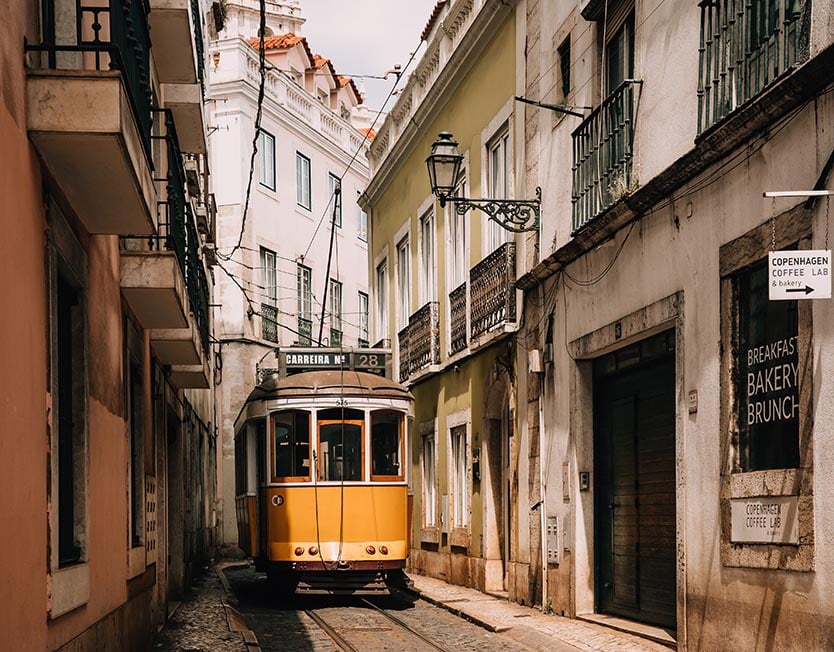
First things first, spend some time wandering the narrow alleyways and hilly cobblestone streets. You never know what cute cafe or magnificent church might await you beyond every corner.
Take a ride on the iconic Tram 28, which passes through the historic neighborhoods of Alfama and Graca. Grab a bite to eat at one of the stalls at Time Out Market Lisbon, and end your day with cocktails on one of the city’s many rooftop terraces.
I’ve had more fun at YES! Lisbon Hostel than I can remember at any other hostel. One of the most social backpackers in the city, it’s also super central and fitted with comfortable and clean rooms. Highly recommend!
Faro, The Algarve
Traveling around the Algarve alone is a dream come true. It’s safe, welcoming, and packed with adventures. Most specifically, the city is a sanctuary for nature lovers and adventure-seekers, but that isn’t to say there isn’t something for the culture fan and history buff, too.
Faro is the capital of the Algarve and one of the biggest cities in the area. Make time for all the best things to do and places to explore such as indulging in local seafood restaurants and visiting the historical side of the city.
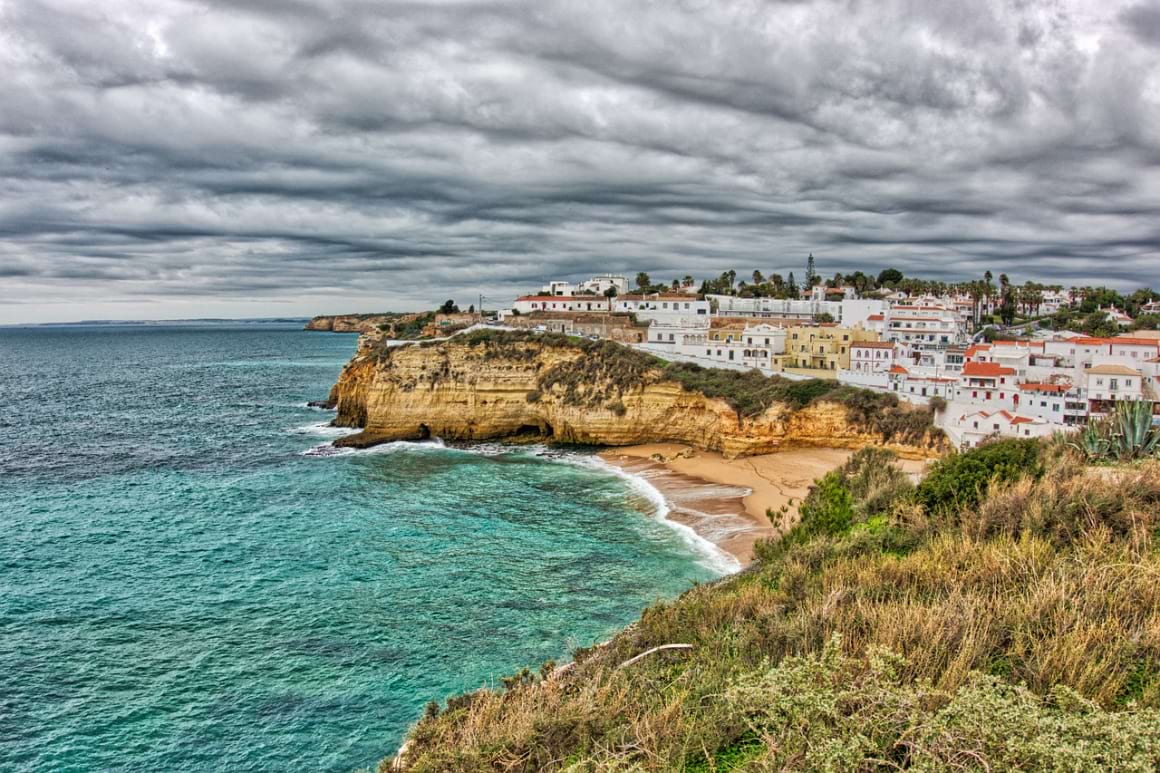
The city is set amongst some of the country’s most spectacular coastal scenery, with steep, colorful cliffs, neverending beaches, and calm, warm seas. Oh, and Faro has over 300 days of sunshine each year. As you might expect, beach days are a must, and I could have easily spent days on end exploring different beaches, coves, and rocky outcrops.
A traditional Portuguese villa in the heart of The Algarve’s capital, there are few places as atmospheric as Casa d’Alagoa . With organized sangria and BBQ nights and world-class local hospitality, you’ll walk away with plenty of new besties after traveling solo in Portugal’s Faro.
Lagos, The Algarve
A thriving town in The Algave’s western region, Lagos is a sanctuary for surfers, kayakers, and stand-up paddleboarders. It’s an ocean lovers’ dream, with coastal sites and gorgeous views from just about every point in town.
If possible, Lagos comes even more alive at night. A huge nightlife scene and a calendar always packed with social events, music shows, live sports, and theatrical performances – there is always something to do once the sun sets.
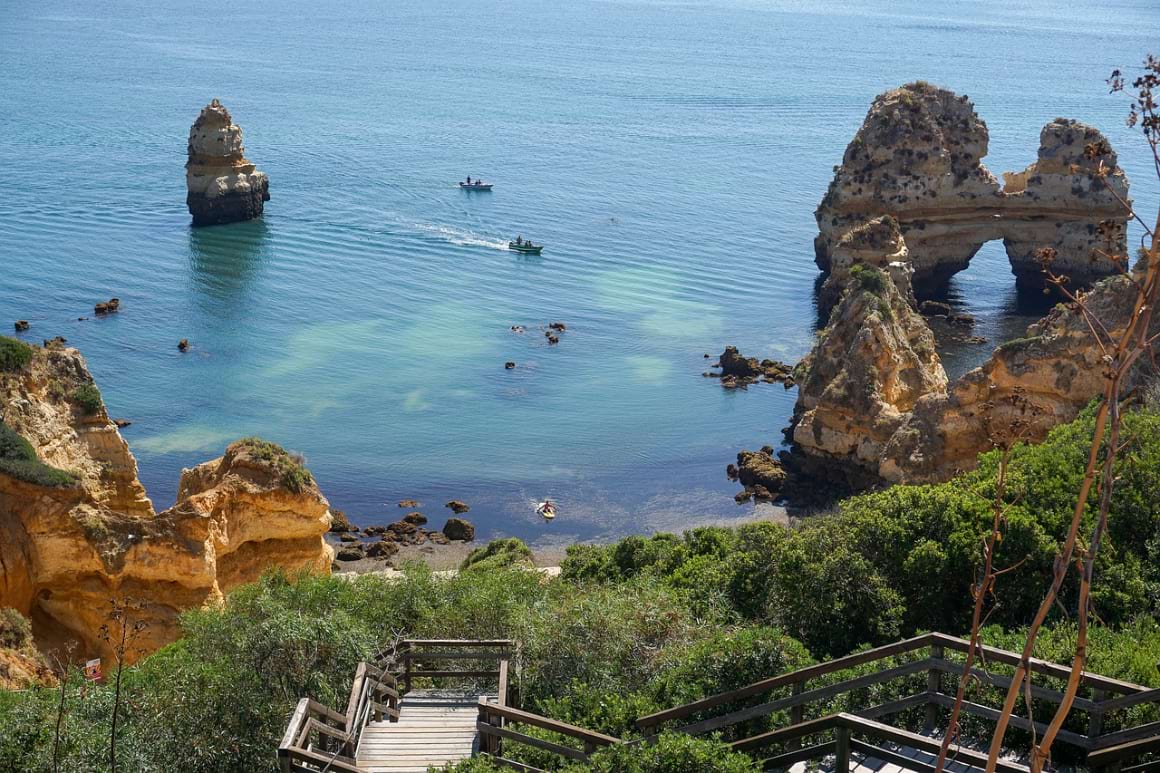
Driving is the best way to get around The Algarve, but if you don’t feel comfortable renting a car and navigating foreign roads alone, there are also plenty of bus and train options to get from A to B. Take note: accommodation is slightly pricier in Lagos, but that isn’t to say you can’t visit here on a budget.
Made for the solo traveler who likes to party, Cloud 9 Hostel is located right in the heart of Lagos’s historic center, close to the beaches and the revered city nightlife we love Lagos for. Enjoy sundowners overlooking the sea from the rooftop terrace, prepare a family meal with new friends in the kitchen, and enjoy movie nights together.
Just a short drive or train ride from Lisbon, Cascais is a small beach town with an exciting history. Sure, the coastal town is known for its sandy beaches, picturesque fishing port, and perfectly maintained buildings, but it’s also home to the medieval Nossa Senhora de Luz Fort and the Citadel Palace.
Between beach days, spend your time exploring the iconic forts, palaces, and museums. Throw in some freshly caught local seafood, and we have ourselves a winning location for solo travel in Portugal.
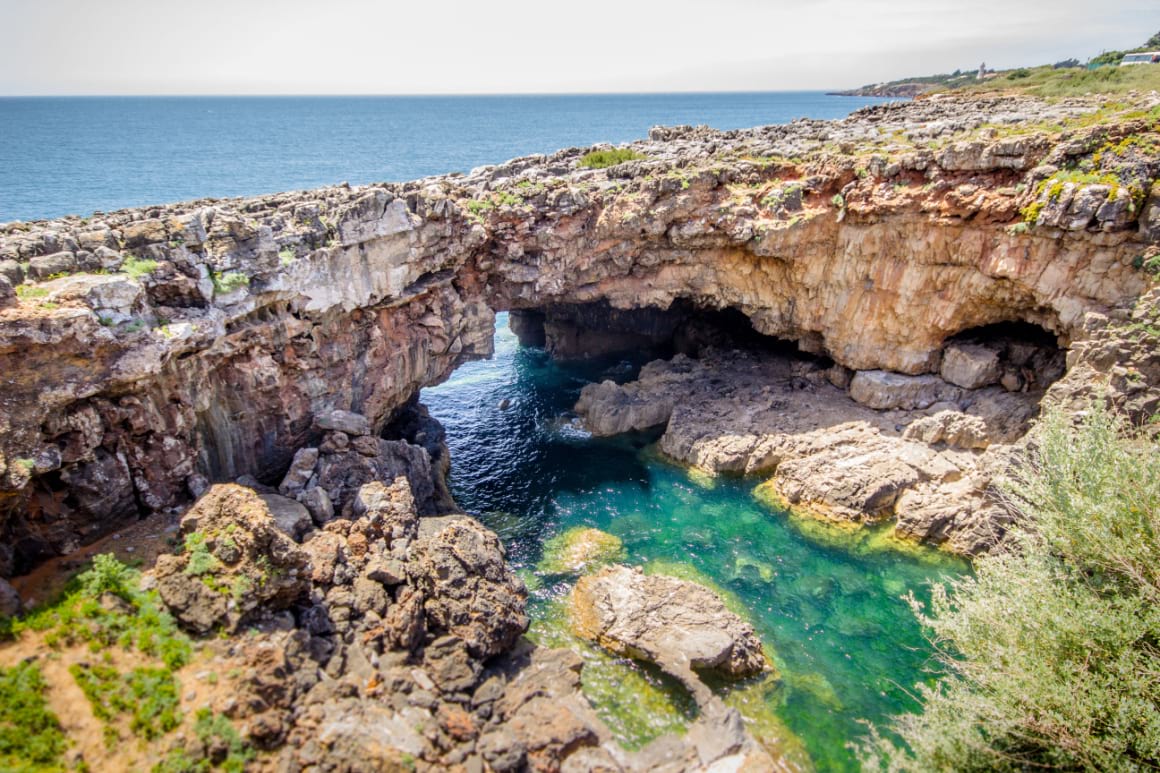
Visit the Boca do Inferno for a slice of natural heaven, and grab a bite to eat at the Mercado da Vila – the perfect day in Cascais. Another great thing about this town is that it’s just a short distance from Sintra, where you can visit multiple palaces, castles, and medieval ruins on a day trip.
Designed to feel like home away from home, Ljmonade Hostel is nestled in a residential street in the heart of the old city. Other than the grand house, the hostel organizes hikes, surfing, paddling, yoga, diving, and horseriding adventures, along with family dinners. You won’t even need to try to be social here, and you will still leave with new friends.
Having the right apps for travel makes your life a whole lot easier. Here are some of my personal favs.
- Hostelworld : The top accommodation application for finding hostels
- Couchsurfing : To connect with locals renting out cheap (or even free) accommodation. Not advised for solo female travelers in Portugal .
- Booking.com and Airbnb : Your go-to apps for finding hotels, bed and breakfasts, and self-catering rentals
- GetYourGuide and Viator : Tour applications to find tours and experiences in the area. Make sure to check the reviews
- Tinder, Bumble, Hinge : Dating apps with a ‘friend mode’ to help you meet people in your vicinity
- Travello : To connect with other travelers visiting the same place as you
- TravelSmart : A safety precaution with relevant embassy information, national holiday alerts, and other safety features
- Bolt : Portugal’s equivalent to Uber
- DeepL : Translate: Break the language barrier between Portuguese and English
- The Fork : For finding the best-reviewed restaurants and to make reservations
- Too Good To Go : Reduces food waste by filling your tummy with discounted restaurant food
- Holafly : An e-SIM application that allows you to download a data-only SIM card without installing a physical card. Learn more about the best SIM card deals for Portugal .
If meeting like-minded travellers is your goal, check out the current popular Facebook groups for travellers in Portugal.

Stop stressing about your phone service when you travel abroad.
Holafly is a digital SIM card that works smoothly like an app — you simply pick your plan, download it, and voilà!
Roam around Europe, but leave the roaming charges for the n00bies.
Maintaining a good awareness of your surroundings is essential when traveling solo. It’s always better to be safe and cautious rather than sorry. Learning how to travel safely is of paramount importance – wherever you go!
As always, busy tourist centers are often the target of petty crime. Hold onto your bags and use a money belt when using public transport. Always keep your valuables out of sight (or leave them at home altogether).
There are a few scams around. Make sure to use well-marked bank-affiliated ATMs and be aware of accommodation scams while traveling solo in Portugal.
As a solo female traveler in Portugal, try to stay in a group at night or stick to well-lit areas that are considered safe. Remember – there is safety in numbers. Keep an eye on your drinks, and never accept anything from a stranger. Use marked official cabs or Bolt. You know the drill – trust your instincts.
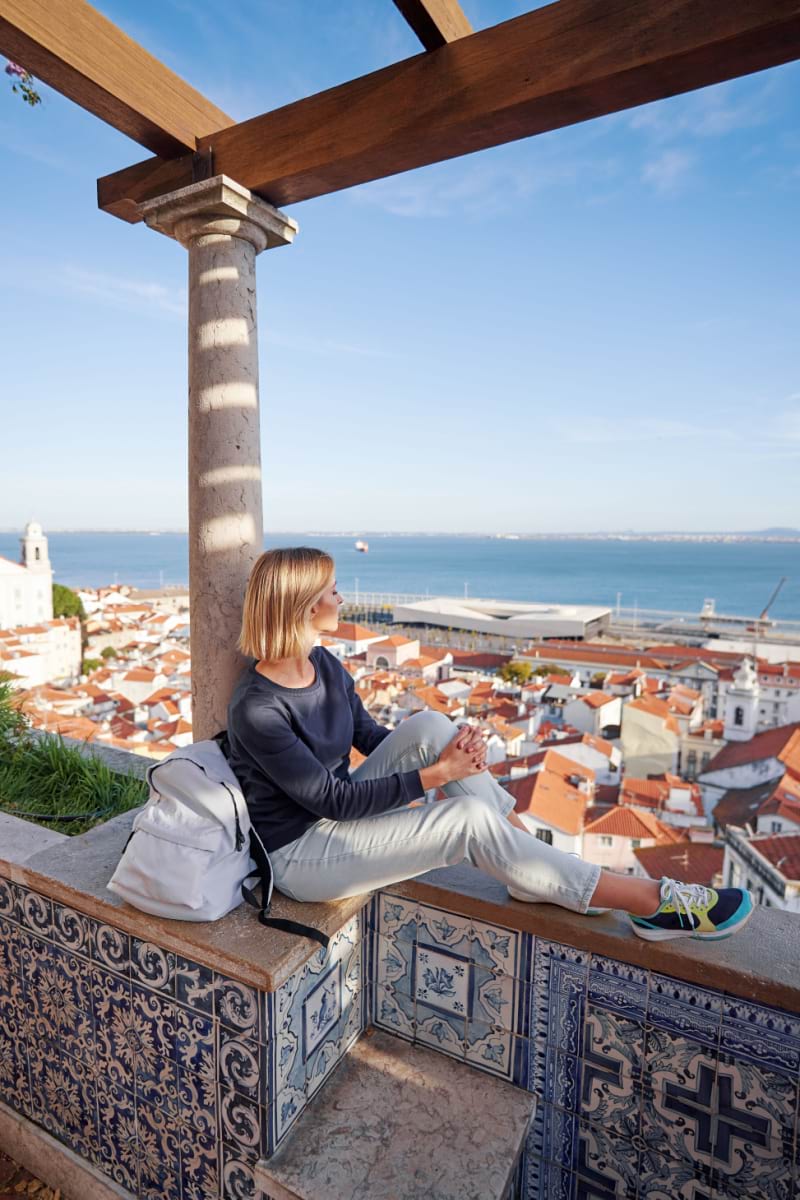
- Book yourself into hostels for at least half of the nights you plan to spend in Portugal. This is one of the easiest and most convenient ways to meet other tourists.
- Sun Lovers Hostel in Albufeira has all the luxuries of a hotel, with the vibe of a hostel. It’s just a short stroll from the party street and hosts BBQ nights, pizza nights, and beer pong events. One of the most vibey hostels in Faro, Casa Da Madalena is a rebuilt authentic Portuguese house with a staff made up of well-traveled locals and ex-pats. Making friends has never been so easy.
- Sure, group tours might not be your thing, but there is no denying the benefits of meeting other travelers on a tour.
- Plan your trip yourself. While others’ advice, online itineraries, and local knowledge provide a good guideline, you should always make sure to design your itinerary based on what you want to see and how you want to spend your time.
- Take the time to understand the local religion and culture. Locals are always appreciative and more open with those who are respectful. A top Portuguese solo travel tip is to learn a few Portuguese words.
- Prepare for all weather conditions. Depending on where you are and the time of year, the weather in Portugal can change quickly.
- Socialise, but appreciate your own space and time. Traveling alone can be lonely at times and rewarding at others. Make the most of this alone time to spend learning about yourself.
- Organise travel insurance. Make sure you have insurance to cover injuries, illness, lost baggage, and flight cancellations and delays.
ALWAYS sort out your backpacker insurance before your trip. There’s plenty to choose from in that department, but a good place to start is Safety Wing .
They offer month-to-month payments, no lock-in contracts, and require absolutely no itineraries: that’s the exact kind of insurance long-term travellers and digital nomads need.

SafetyWing is cheap, easy, and admin-free: just sign up lickety-split so you can get back to it!
Click the button below to learn more about SafetyWing’s setup or read our insider review for the full tasty scoop.

- Go on a pub crawl or food tour : Whether organized by your hostel or externally, I’ve always found pub crawls and food tours to be one of the best ways to socialize. Let’s be honest: is there a better way to meet and mingle with new friends than over an ice-cold beer or plate of food?
- Stay in a hostel : As mentioned, this is a sure way to meet other travelers, those traveling solo, in particular . Most hostels have common areas like bars and restaurants and also organize tours for guests to join in on.
- Use social media for what it was designed for : Open yourself up to new friendships (in a safe environment) using connections from mutual friends you know from home. Facebook groups and Instagram pages often advertise events and festivals happening in each city.
- Attend local cultural events : Check the calendar for any Portuguese festivals or celebrations. An important Portugal solo travel tip: these events are usually attended by locals and tourists and can be a great way to meet people while also learning a thing or two about the local culture.
- Volunteer : Not only will you be making a tangible change and giving back to a community, but volunteering in Portugal is one of the best ways to meet other travelers. Why not try teaching English in Portugal !?
- Commit to a membership at a club : Especially if you’re in a place for more than a week, join a gym, yoga studio, or shared office space to meet people with similar interests in the area.
- Take advantage of shared spaces : Open yourself up to new communities by spending time in social bars and coffee shops. This is especially convenient if you’re a digital nomad.
Portugal is one of my favorite places in the world. It’s a dream come true for all types of travelers but is particularly wonderful for solo female adventurers.
Why is it such a top contender for solo travel, you ask? Well, other than an exquisite natural landscape and a history spanning millennia, it’s also relatively safe. Oh, and it’s an incredibly affordable option compared with the rest of Western Europe.
Speak no Portuguese? No worries, English is super widely spoken, and friendly locals will almost always be willing to help you when needed. It’s this kindness and local warmth that makes it easy to navigate the country solo. Even as a solo traveler, you’ll never truly be alone while traveling Portugal.
The combination of cultural heritage, exciting history, and natural wonder make it the perfect location for solo travel in Portugal . Hopefully, this guide will help you plan your itinerary, have a good idea of where you want to go and what you want to see, and understand basic safety advice.

Darren Griffiths

Share or save this post

Leave a Reply Cancel reply
Your email address will not be published. Required fields are marked *
Save my name, email, and website in this browser for the next time I comment.
Notify me of followup comments via e-mail.

How to Plan the Best Portugal Vacation (+ Itinerary)
by Dyah | Oct 17, 2023 | Destinations , Portugal , Travel Guides
Get ready to be stunned by Portugal’s alluring charms. This Western European country boasts spectacular natural landscapes, fascinating history, and exquisite cultural wonders. Not to mention, Portugal is home to some of the world’s most delicious wines. Stroll around the historical Lisbon or soak up the sun on the Algarve’s powdery beaches. Every step you take in your Portugal vacation leads you to extraordinary experiences.
So, are you thinking of traveling to Portugal? Plan the best vacation ever by reading this article. We are giving you some essential tips about planning a trip to Greece that will lead you to amazing experiences. So, check it out!
How to Plan the Best Portugal Vacation – Summary
- Things to Know Before Traveling to Portugal
Decide Your Portugal Vacation Style
Find out the best time to travel to portugal, how long will you go for a vacation in portugal, secure a budget for your portugal vacation, choose the best vacation spots in portugal.
- Plan the Portugal Vacation Itinerary
Book Your Preferred Accommodations
Things to know before traveling to portugal .
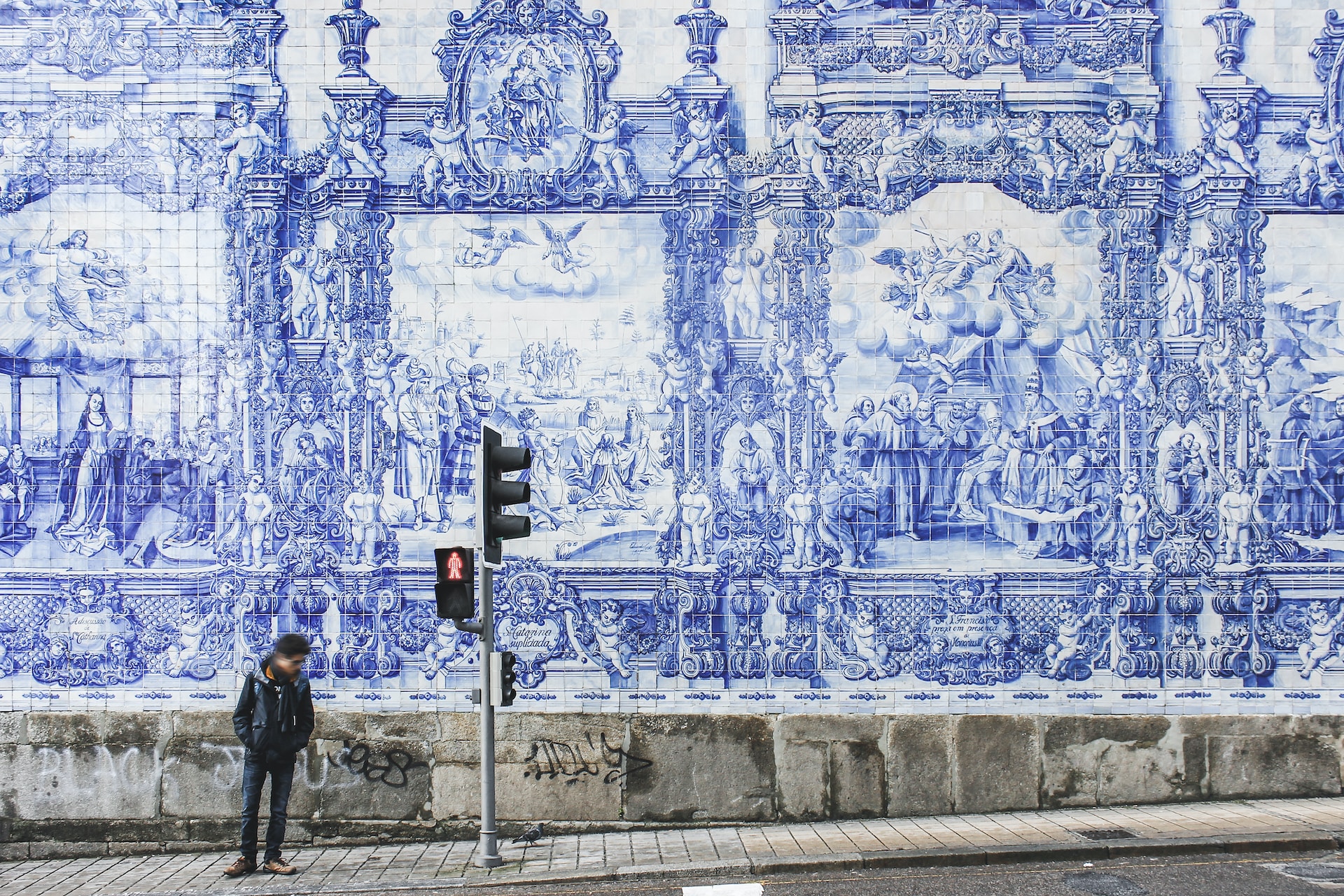
General Information
Here are some essential things to know before you go on your Portugal vacation.
Visa Requirements
Portugal is within the Schengen Area. Citizens of the European Union won’t need a visa to travel to Portugal. However, if you come from outside of the EU, you must apply for a Schengen Visa .
Applying for a Schengen Visa for travelers outside the area has a lot of benefits. You can travel to Portugal and other 26 European countries for 90 days. See the full requirements for a Schengen Visa here.
Climate and Season
Fringed by the Atlantic Ocean, Portugal has a continental climate, which means hot and dry summers and temperate winters. Portugal shares a similar climate with Europe’s Mediterranean countries, like Greece and Spain. For that reason, Portugal is known for its long days of sunshine and mild weather. Like other European countries, Portugal has four seasons – spring, summer, autumn, and winter.
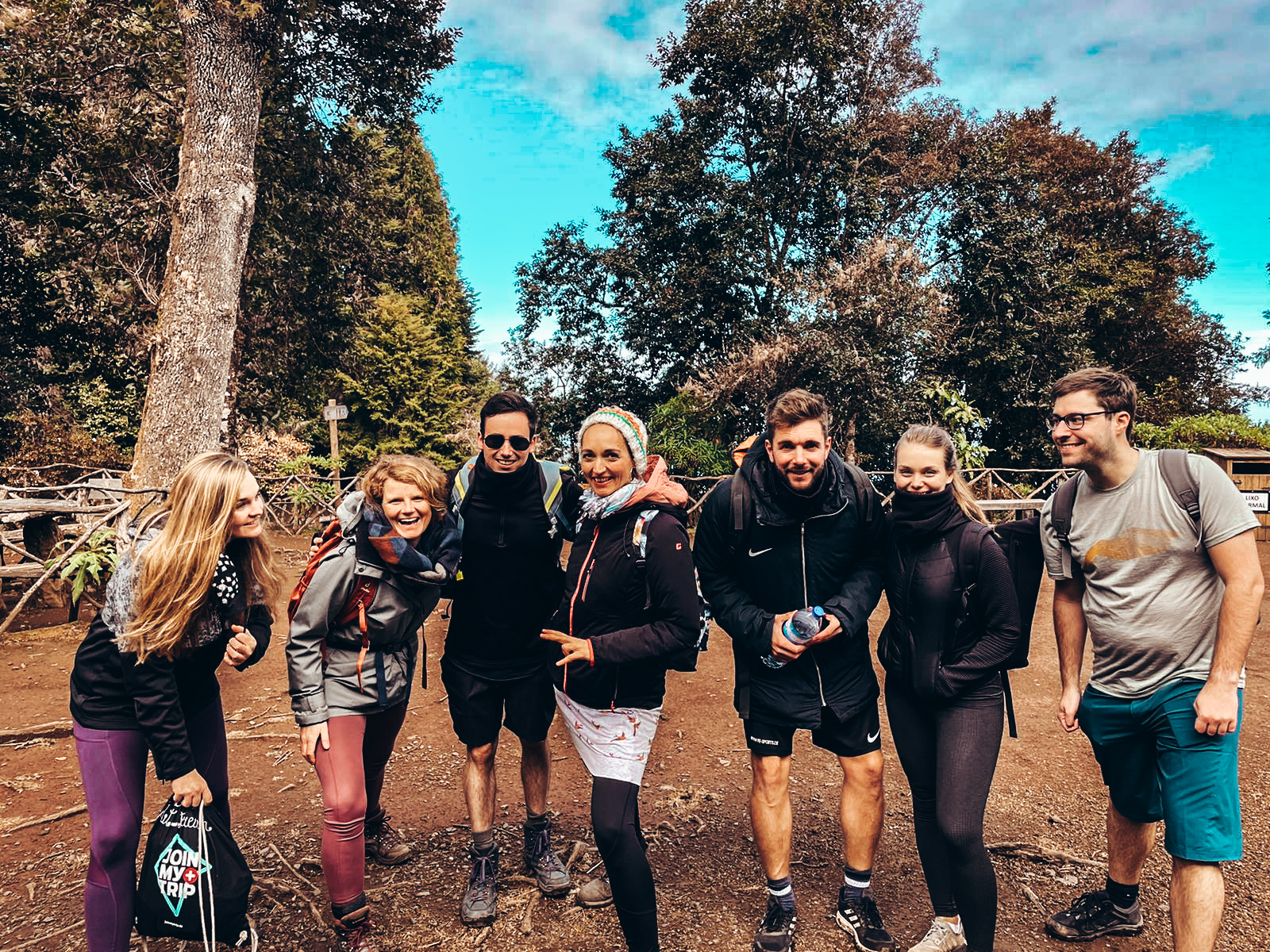
Portugal has a magnificent history, fascinating culture, and outstanding natural landscapes. It welcomes you to experience different kinds of vacations, based on what kind of traveler are you. Then, which of the Portugal vacation styles fits you, your partner, or your travel buddies perfectly? Well, choosing a vacation style allows you to plan your budget, itinerary, activities, and accommodations neatly.
Are you still choosing which Portugal vacation style you would go for? Here are some inspirations!
- History Tour: Portugal is a historical treasure trove. The major cities – like Lisbon and Porto – keep records of prominent kingdoms and periods, like the Renaissance and Manueline. Not to mention, Lisbon takes you traveling back in time with its iconic yellow tram.
- Culinary Journey: Portuguese cuisine might stay off the radar. However, get ready for the surprises it offers. Munch on some creamy pasteis de nata or Portuguese egg tarts and bacalhau or cod fish. A culinary trip in Portugal equals a unique experience you won’t ever forget.
- Wine Tasting Galore: Portugal is home to fantastic wines, especially the Port wine. When in Portugal, make sure to savor a lot of them. You can take a tour around Portugal’s vineyards and wineries.
- Outdoor Adventure: One of the best things about Portugal is its natural beauty. Winding hills, towering mountains, and exceptional forests shroud the country’s lush land. Not to mention, Portugal is fringed by the Atlantic Ocean, allowing it to has beautiful coastline and surf-worthy waves. The country invites you for wholesome outdoor adventures , from hiking to whale-watching.
- Group Travel: Here is how you can spend a wholesome Portugal vacation – group travel ! You can explore the country’s amazing destinations and say yes to fantastic experiences, from hiking to wine-tasting, with like-minded travel buddies. Moreover, group travel makes you feel safe as you have a group to stick to.
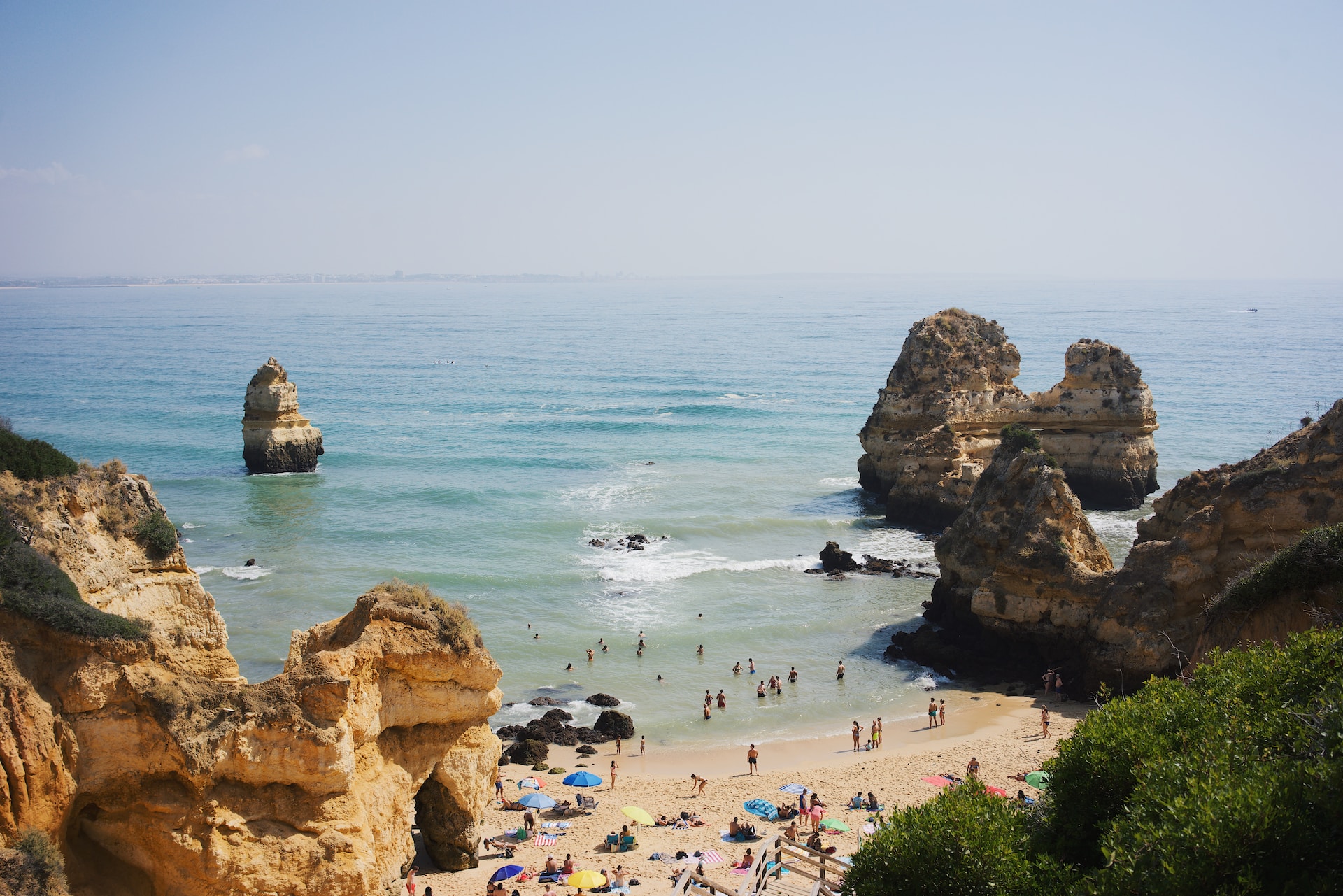
What is the best time to visit Portugal? – that is an important question to ask. With its pleasant continental climate, Portugal is an all-year-round destination. However, the best months to visit Portugal are May-June and September-October. Those months are considered shoulder season, where massive crowds are rarely to be seen and the weather is generally mild and sunny.
As the gateway to summer, May and June are great times to enjoy Portugal’s sun-soaked beaches and stroll around the historically rich cities. Meanwhile, September and October offer spectacular culinary scenes. It is the time to sample some Portuguese autumn treats and savor the world-famous Port wine.
Portugal is packed with stunning places to visit and exciting things to explore. From the centuries-old buildings in Lisbon to the lush hiking trails in Madeira, Portugal calls you for a never-ending adventure.
So, how many days you need to travel to Portugal? Well, if you want to get the best out of the country, you need around 10 – 14 days. It gives you the opportunity to squeeze more places into your itinerary. However, you can also go for a week or 7 days to explore Portugal’s major cities.
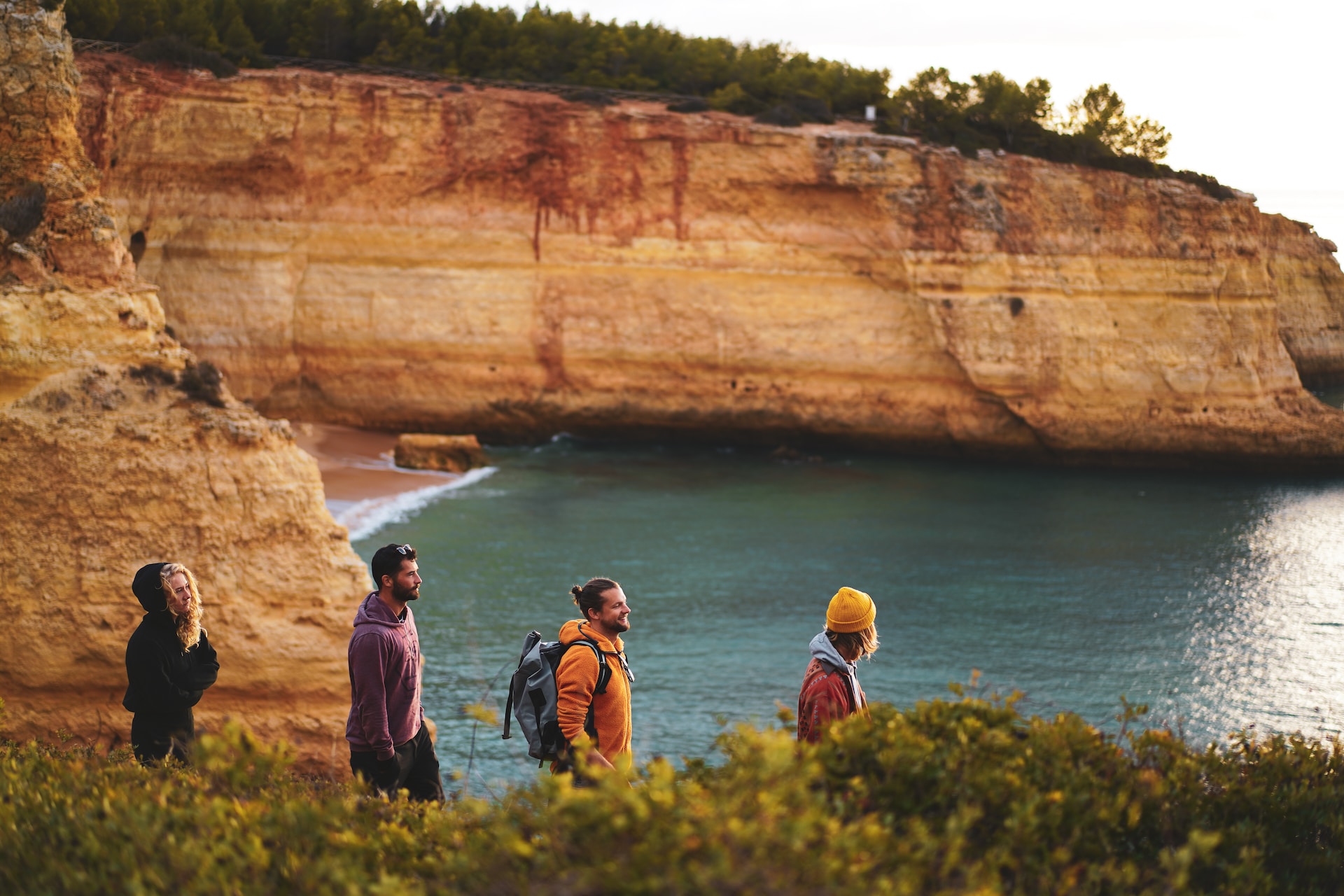
As you have decided on your vacation style and how long you will go for a vacation in Portugal, you can start securing your budget. In general, Portugal is quite affordable. Moreover, it is considered one of the most affordable countries in Western Europe. So, traveling to Portugal is a great idea if you are thinking about saving some money.
You need around €100-150 per day to spend a comfortable Portugal vacation. This includes a standard hotel room, meals, public transportation, and tourist attractions. However, if you want to squeeze your budget, you can prepare €70-100 per day with hostel as your accommodation. Alternatively, if you want a luxurious Portugal vacation, you have to secure a budget of €200-500, which includes a five-star hotel, car rent, meals, and experiences.
There are plenty of awesome places to visit in Portugal. Whether you want to soak up the sun at black-sand beaches or roam around open-air museum, there is a little bit of everything for everyone in Portugal. Here are some of the best places to visit in Portugal that you can consider adding to your itinerary:
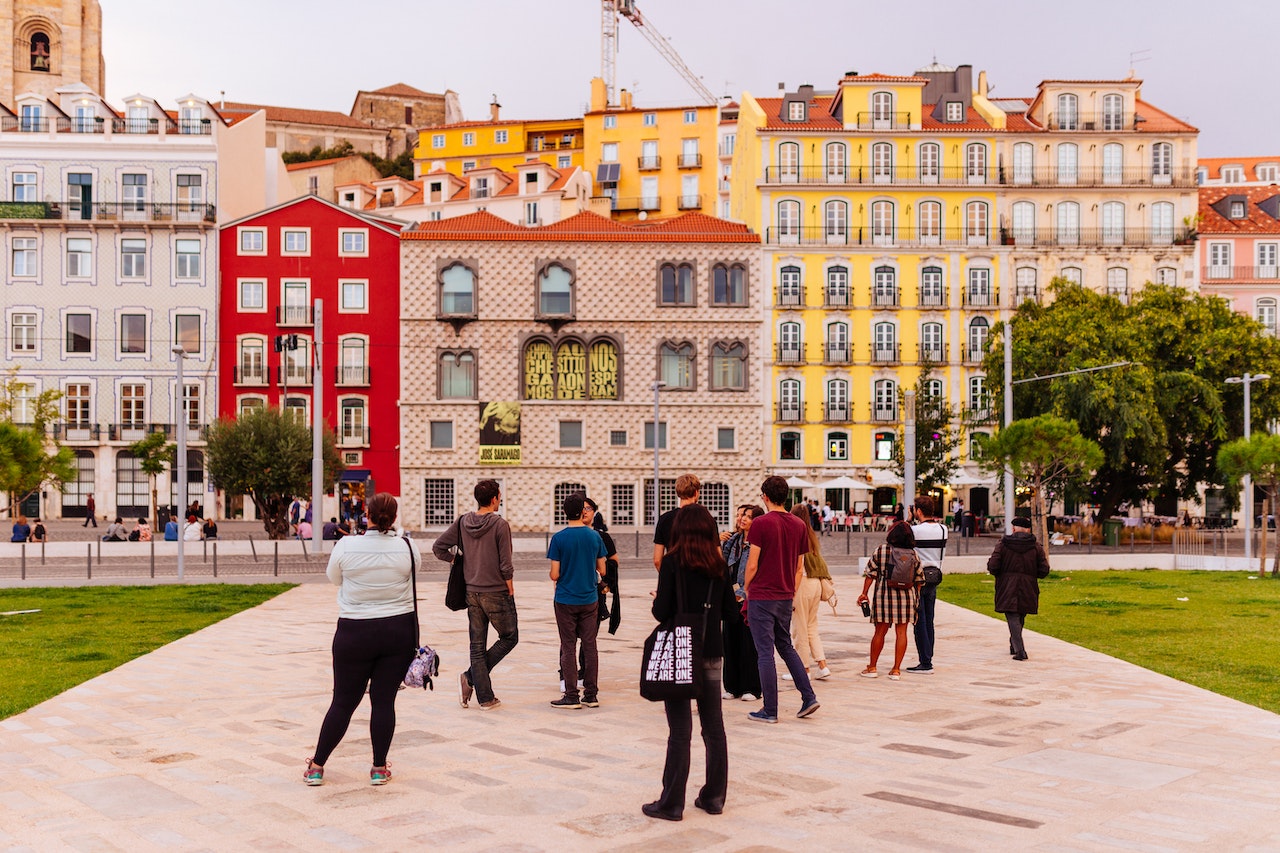
The capital of Portugal shows you a hint of Portugal’s bewitching charms . Time stops in Lisbon, as the city is packed with centuries-old buildings and Baroque architecture. Hop on the iconic yellow Tram 28, which will take you to a nostalgic tour around Lisbon. Visit the famous Lisbon Cathedral and Sao Jorge Castle while learning about the city’s fascinating history. Additionally, say yes to a culinary tour and sample some delicious Portuguese dishes.
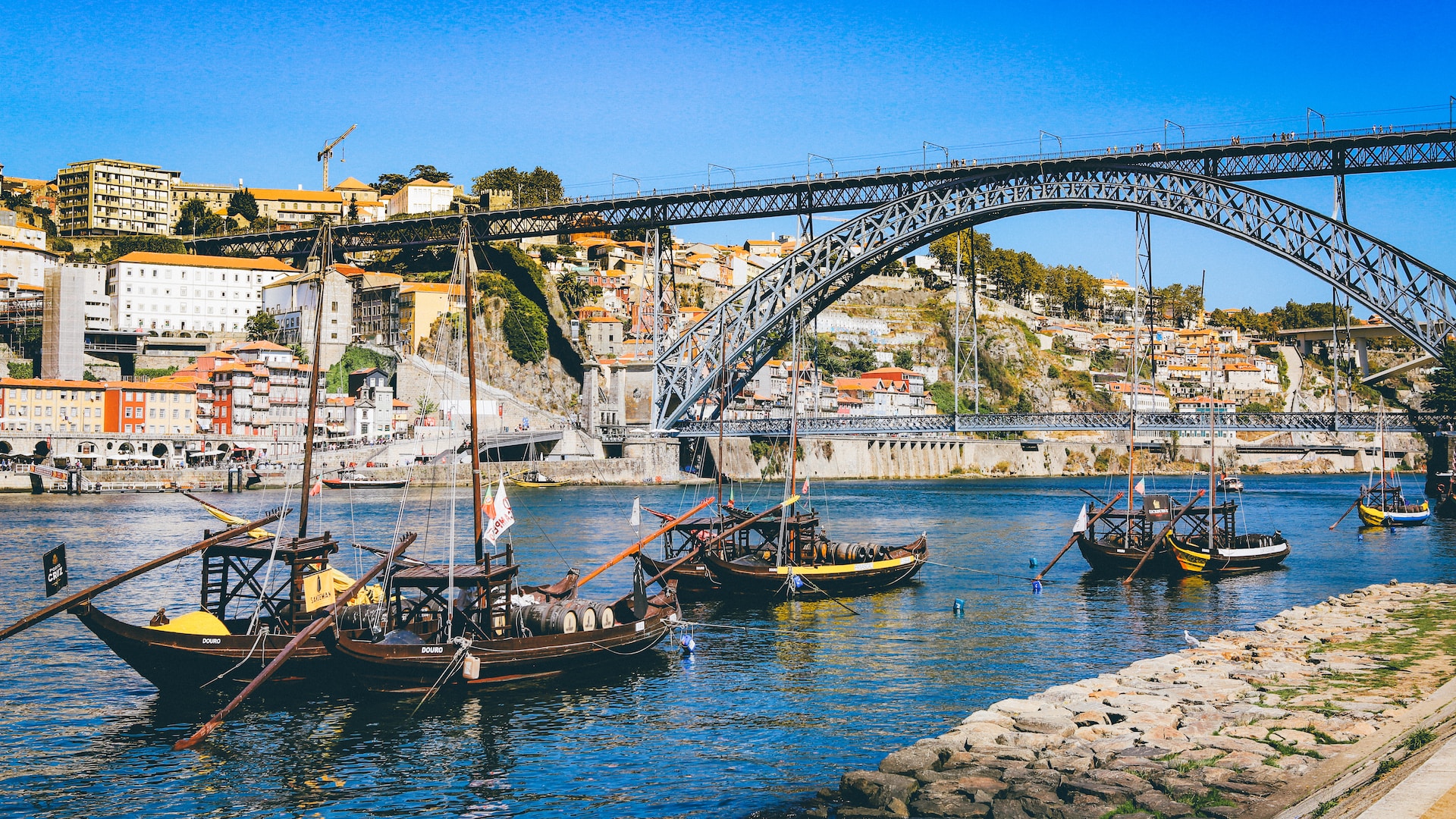
At a glance, this canal city looks like Cinque Terre in Italy or Nice in France. Porto captivates travelers with its riverside Ribeira Old Town, beautiful churches, and artistic structures. Besides that, Porto is home to the world-famous Port wine. Therefore, traveling to Porto means savoring your tastebuds and sights with all the city has to offer.
The Algarve
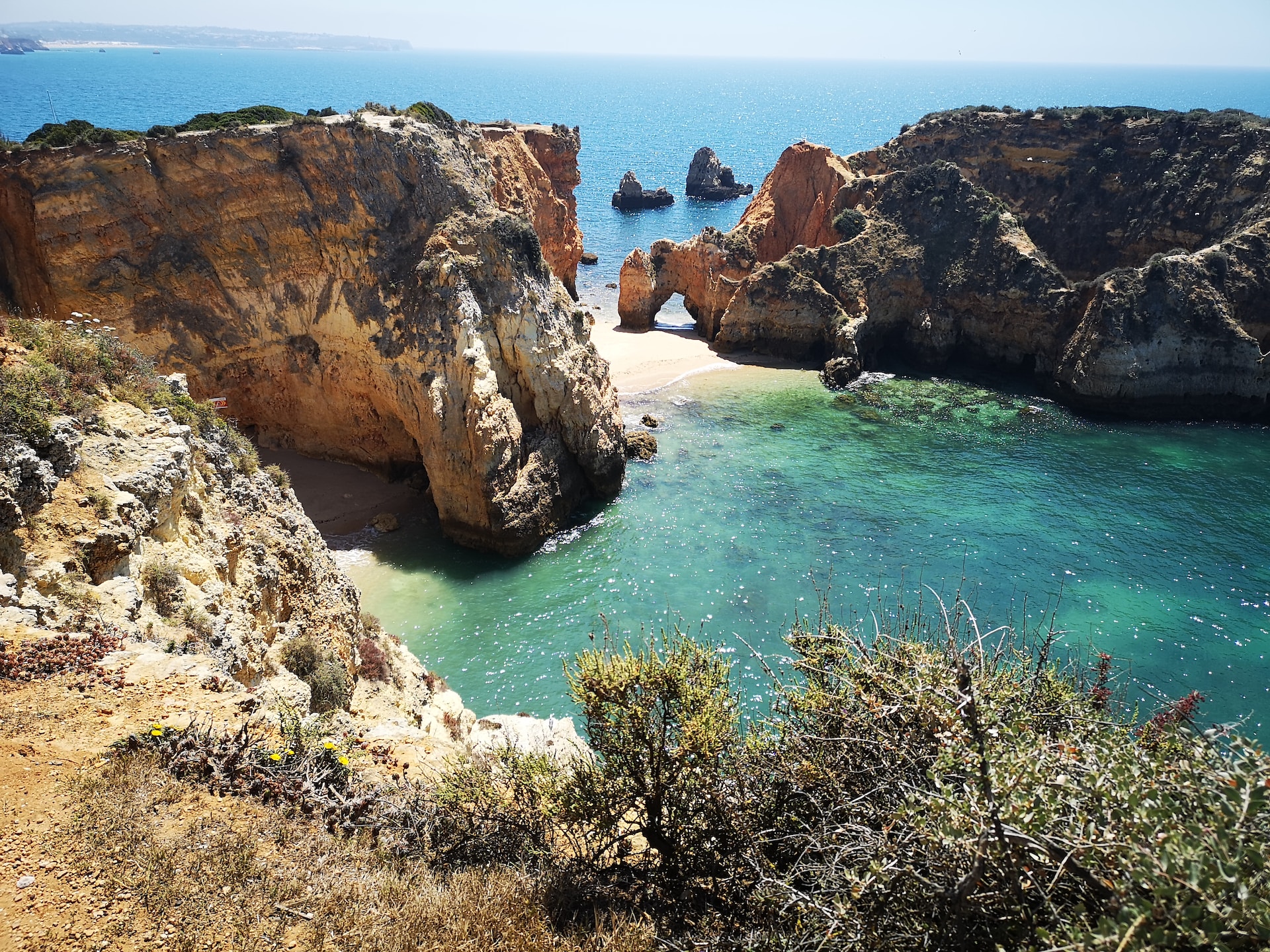
This southernmost region of Portugal will make your dream beach vacation come true. The Algarve is fringed with sparkling coastline, luscious beach towns, and spectacular cliffs. Visiting the Algarve means soaking up the sun, enjoy an exquisite view of uniquely-formed cliffs, and going for city tours. Also, the region’s beach towns, like Lagos and Faro, are the star.
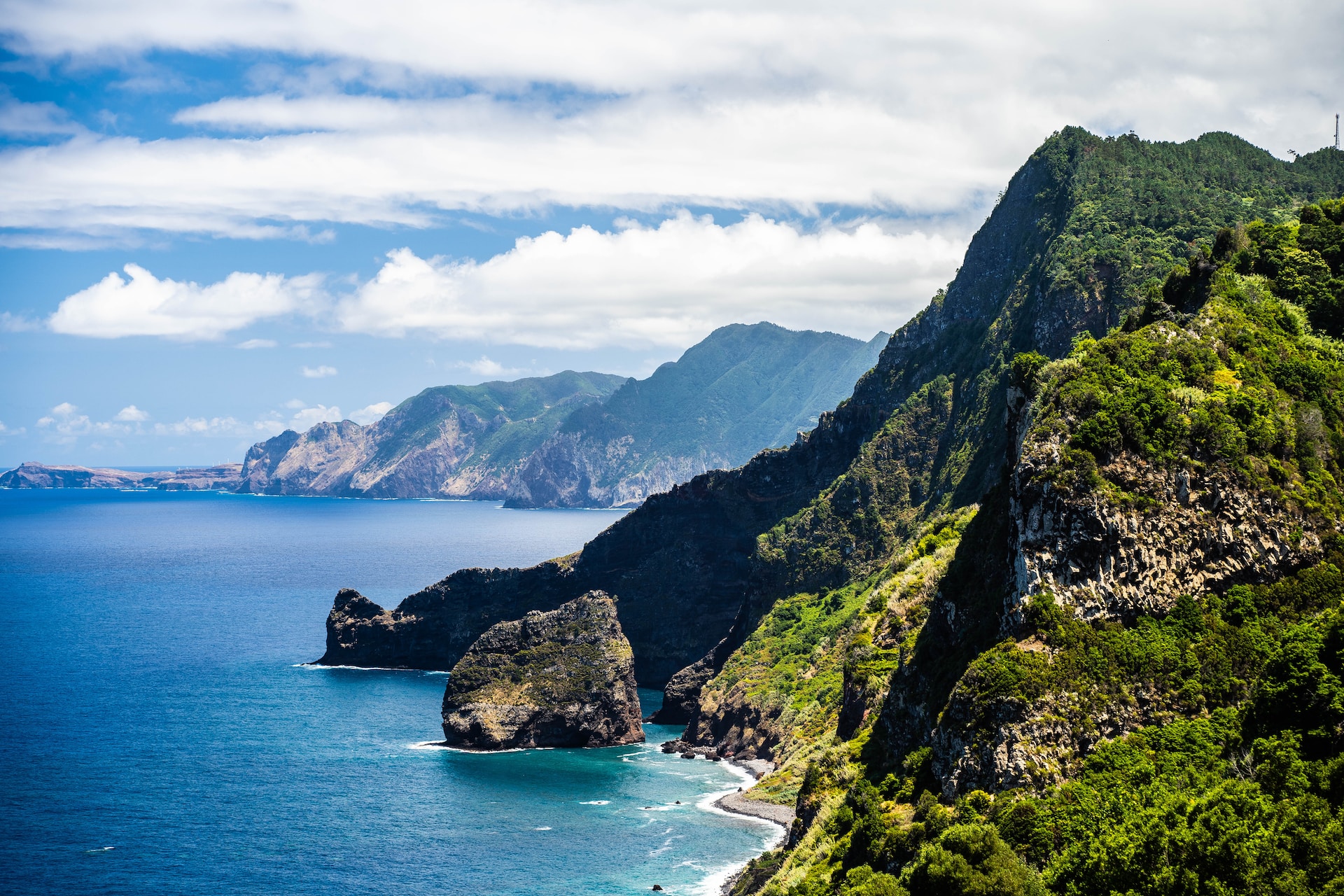
Dear outdoor enthusiasts, this one is for you! Tucked off Portugal’s northwest coast, Madeira is a treasure trove of adventures. The island has winding hills, misty forests, and towering mountains awaiting to be explored. Besides that, Madeira is famous for its capital, Funchal, which is brimming with history and culture.
Plan the Portugal Vacation Itinerary
Figuring out your Portugal itinerary can be a fun thing to do. You can decide which destinations and activities you are excited about. In this blog, we will give you a 10-day Portugal itinerary that you can save as an inspiration or use for your next trip.
Day 1-3: Porto
Start your adventure in Portugal at one of the country’s best cities – Porto. Visiting Porto means immersing yourself into the nostalgic atmosphere of the city. You can start your Portugal vacation by exploring the riverside Ribeira. Pay a visit to some of Porto’s historical sites like Sao Jorge Castle, Porto Cathedral, and the Church of Santa Clara.
When in Porto, don’t miss to try some Port wine. You can head to the vineyards along the Duoro Valley to sample some delicious wines. Besides that, grab some authentic pasteis de nata at Porto’s centuries-old bakery, Confeitaria do Balho.
Day 3-5: Lisbon
The second stop in this Portugal itinerary is Lisbon. Enjoy this vibrant and timeless capital at the fullest. Travel back in time by strolling around Lisbon’s historical center and visit some of the landmarks, like Sao Jorge Castle, Lisbon Cathedral, and Praco do Comerico. Also, make sure to hop on the bright yellow Tram 28.
You can also take a day trip to Belem, which boasts fantastic historical structures. See Manueline-style buildings and landmarks in town. Moreover, you can also sample some Portuguese food and watch a Fado music performance.
Day 5-6: Sintra
Just two hour-drive away from Lisbon, Sintra is a beautiful town to visit. It is listed as one of the UNESCO World Heritage Sites for the enchanting European Romantic architecture. Sintra is packed with fairytale-esque castles that you can visit and admire. Thus, you can choose to stay overnight in Sintra or drive back and stay in Lisbon.
Day 6-7: Coimbra & Nazare
Portugal never runs out of captivating historical cities to visit and you would not want to miss them. Drive from Lisbon to these two cities – Coimbra and Nazare. Coimbra is home to Portugal’s oldest university and elegant Romanesque churches. Meanwhile, Nazare is a vibrant beach town with exquisite half-moon shaped coastline. Fun fact – Nazare has the Guiness World Record of the biggest waves in the world!
Day 7-10: The Algarve
Head to Portugal’s stunning beach towns in its southernmost coast. Algarve is an amazing destination for all seasons, whether it is the sizzling summer or as an escape from the freezing winter. Hit the beaches and dip yourself into the sparkling, crystal-clear waters. Stroll around Faro and visit the neoclassical Arco da Villa. Go beach-hopping in Lagos and enjoy the exquisite scene of its cliffs. Are you down to parties? Then, head to Albufeira, which is lined with bars and clubs.
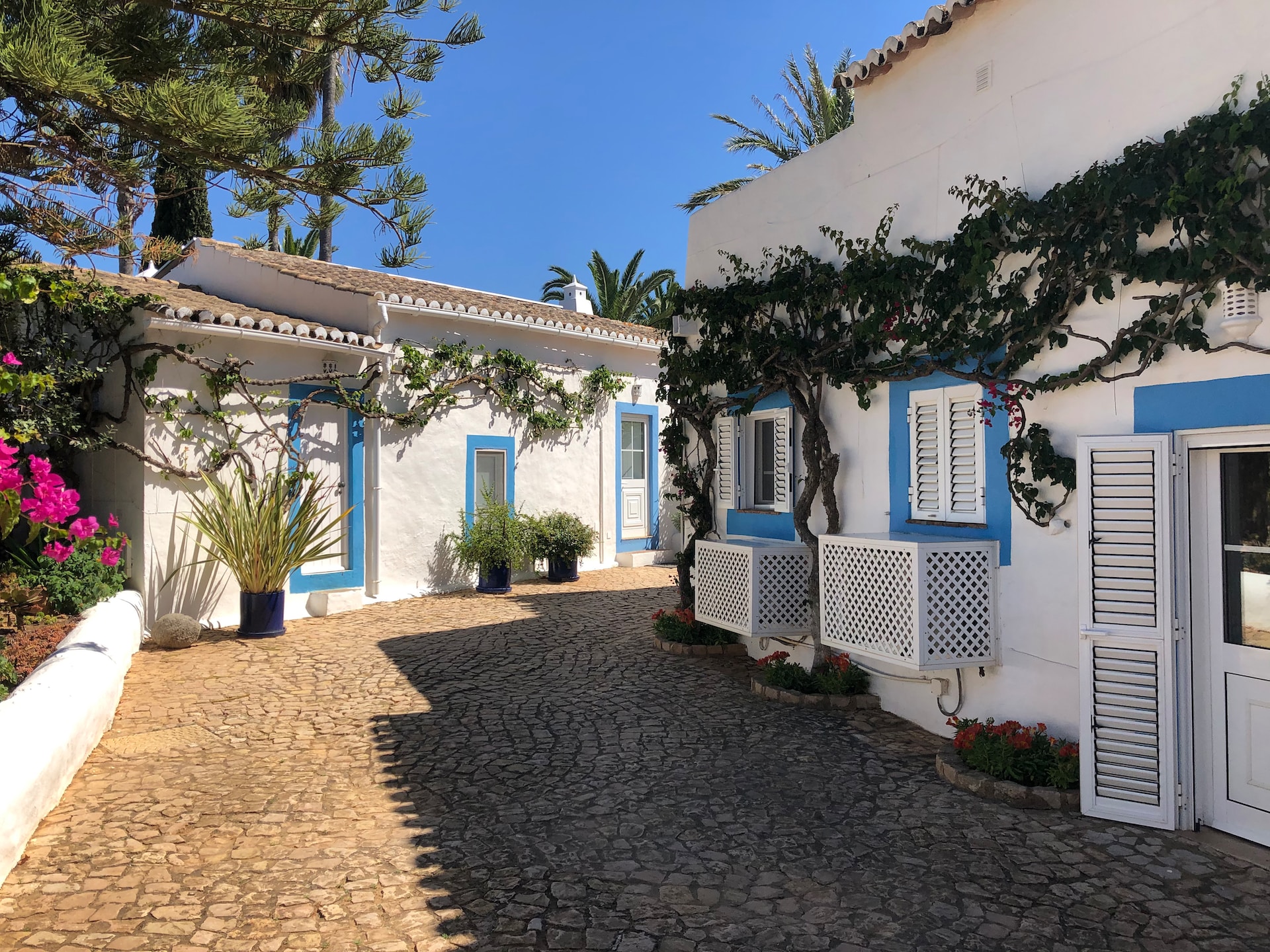
You have figured out your perfect Portugal itinerary! Now, it is time to book the accommodation in each destination you are planning to go to. Is it challenging for you to choose the accommodation that fits? Here are some types of accommodations in Portugal for you to choose:
Hotel is an all-time classic and the easiest choice for staying in Portugal. It is easy to find in every city in Portugal, ranging from the standard rooms to the sumptuous suites. A comfortable hotel is a good place to stay especially if you are traveling with a mid-range budget.
If you are traveling in a backpacker-style and looking for something budget-friendly, hostel is for you. Generally, hostels come with bunk beds and fit 6-12 people per room. You can also choose separate gender rooms in some hostels. Moreover, the fun thing about hostel is that you can mingle and make friends with other travelers.
Hostels are available in every major cities in Portugal.
Guest House
Do you want an authentic experience or blend in with the locals? Try staying at a guest house! Guest houses are run by locals and come with humble yet comfortable rooms. Most of the time, guest houses offer you an interesting experience to mingle with the locals. Don’t be surprised if you are invited to their dinner or a special event!
Guest houses are available in Portugal’s popular tourist spots, like Lisbon and the Algarve.
Apartment
Apartment is a great place to stay for groups. This type of accommodation comes with a number of rooms. Besides that, apartments usually offers a kitchen and living room that will make your group’s life easier.
Star Hotel & Resort
Are you looking for a fancy Portugal vacation? Staying in a star hotel or resort it is! Portugal offers luxurious accommodation for you to stay in, scattered in popular tourist destinations like the Algarve and Douro Valley. You can find resorts from famous hotel chains, like the Six Senses and Four Seasons.
After reading this guide, are you ready to plan the awesome Portugal vacation? Or, are you dreaming of a stress-free trip where everything is taken care of? Then, we have something for you!
JoinMyTrip connects you with other passionate travelers from all over the world. They are hosting fantastic curated trips that you can join. There are many trips to discover, from local-led city tours in Lisbon, coworking trips in Madeira, to many other trips in Europe. Thus, our group trips have tailor-made itinerary that you can’t find anywhere else. It is a new and authentic way to travel!
So, what are you waiting for? Check out our trips and start your incredible journey worldwide!
Welcome to JoinMyTrip
At JoinMyTrip, we bring together travelers from around the world.
Find your next small group travel adventure to unique destinations with JoinMyTrip.

Newest Blogs
- Bali or Thailand: Which One is For You?
- Where to See Cherry Blossoms in Spring 2024
- 25 Best Places to Visit in Asia Before You Die (Group Friendly)
- 21 Best Vacations for Couples (Worldwide)
- Top 7 Flower Festivals to See in 2024
Meet the Writers
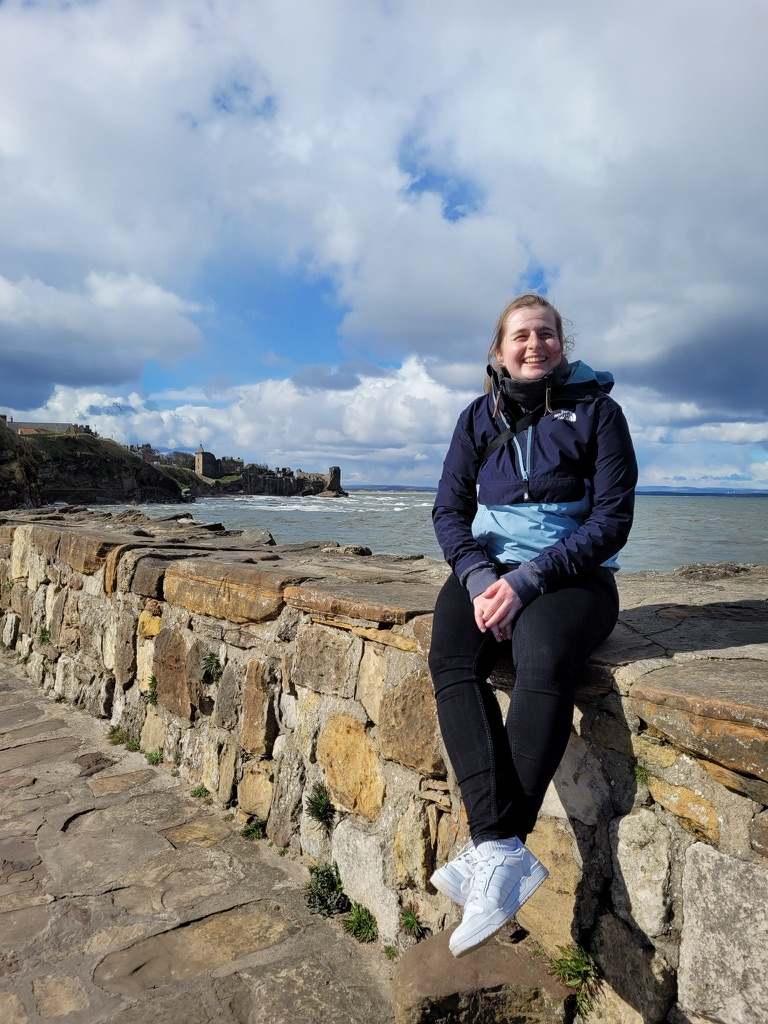
- Central America
- Destinations
- Digital Nomads
- Group Travel
- Hidden Gems
- New Zealand
- Scandinavia
- Solo Travel
- South America
- Tips for Beginners
- Travel Bucket Lists
- Travel Buddies
- Travel Guides
- Travel Tips
- TripLeader Stories
- Uncategorized

30 Best Things To Do in Portugal in 2024
Written By: ThePlanetD Team
Updated On: April 13, 2024
Planning a trip to Portugal can be overwhelming. It’s a big country with so much to see and do, but a perfect itinerary can exist for everyone. This guide to the best things to do in Portugal will help you plan the trip of your dreams!
Lisbon , Porto , and the Algarve are the three obvious destinations in Portugal, especially for first-timers. But what about Penede-Geres, the country’s only designated national park with tall mountains and spectacular landscapes, or Guimaraes , the birthplace of the nation? From strolling historic cobbled streets in historic villages and visiting UNESCO World Heritage Sites to wine tasting or lazing on beautiful beaches, these are some of the best things to do in Portugal from North to South.
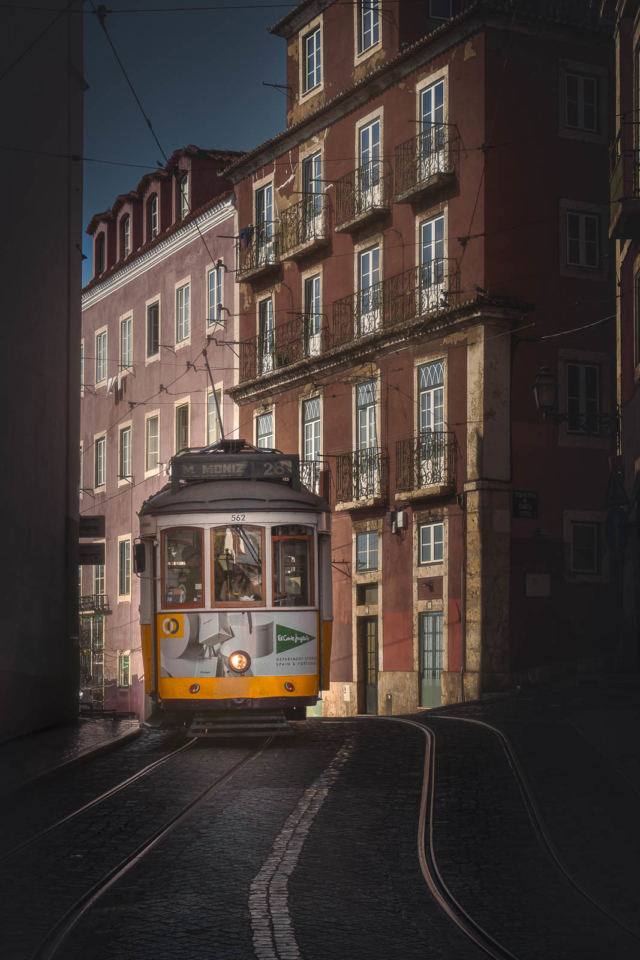
What I like the most about Portugal is that it’s a country for everyone. Whether you want to explore the culinary tradition, ancient landmarks, or the best beaches , you will have everything you need at your fingertips.
The country’s history is as rich and diverse as its architecture and culture, and you can get a glimpse of this in every city, town, and village. So, let’s explore some of the best things to do in Portugal.
Best of Portugal Quick Guide
- Must See: Sintra, Porto , Guimaraes, Algarve, Alcocaba Monastery, Bucacao National Forest, Alfama ( Lisbon ), Obidos Castle, Belem Tower
- Where To Stay: Pousada Castelo de Obidos , Lisbon Art Stay Apartments Baixa , Se Catedral Hotel Porto , Tivoli Carvoeiro Algarve
- Fun To Do: Benagil Cav e, Algarve International Circuit, Peneda-Geres National Park, Douro Valley
- Day Trips: Coimbra, Cascais, Sortelha, Aveira, Read Best Day Trips from Lisbon
- Must-Try Foods: Pasteis de Nata, Bacalhau, Arroz de pato, Piri Piri chicken. Read more: Portuguese Food
Table of Contents
Best Things To Do In Portugal
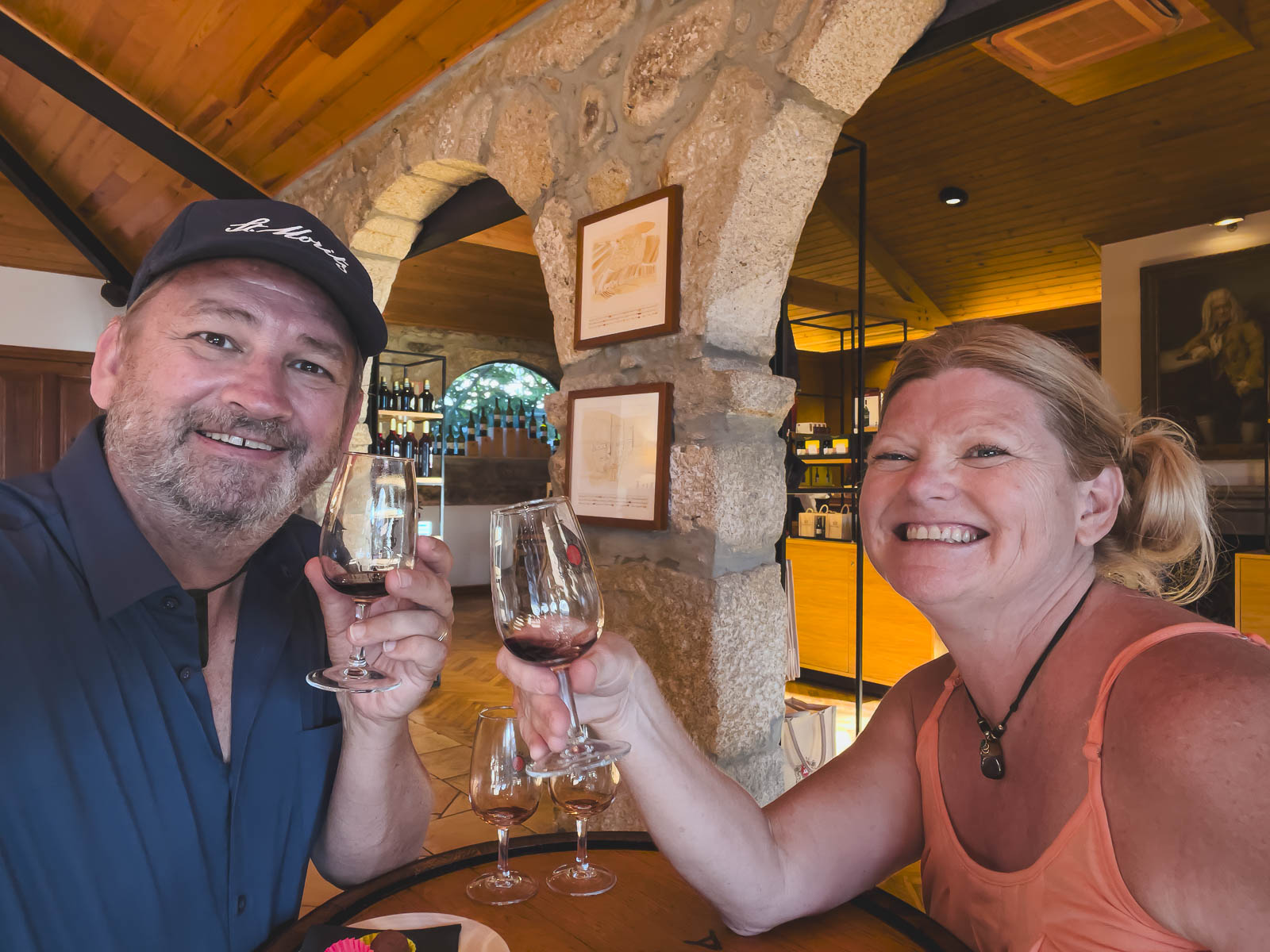
With tall mountains, big cities, and spectacular sandy beaches, Portugal is a country that can appeal to anyone. No matter what you like doing, you’ll find at least one city or town in Portugal that can cater to your every need.
From the best hikes in the north to the best resorts in the south, and all the best historic landmarks in between – here are all the best things to do in Portugal!
1. Listen To Fado Music in Lisbon

Fado is a type of traditional Portuguese music inseparable from the country’s culture. The earliest traces of Fado date back to 1820s Lisbon , but it is believed that the genre originated much earlier. We booked this Fado Show in Porto.
For the best bars and cafes with live Fado music in Lisbon , head to Alfama, the historic neighborhood with some of the capital’s oldest restaurants and bars. Bairro Alto is also home to many places to watch a live Fado performance. Just try to avoid the tourist traps, which you can spot by their overpriced menus. We booked this Fado Show in Lisbon that includes guided tours of Alfama and a traditional dinner.
- Practical Information: Fado performances usually start at 8-9 PM and last for 2-3 hours, with breaks.
2. Discover the History of Belem Tower
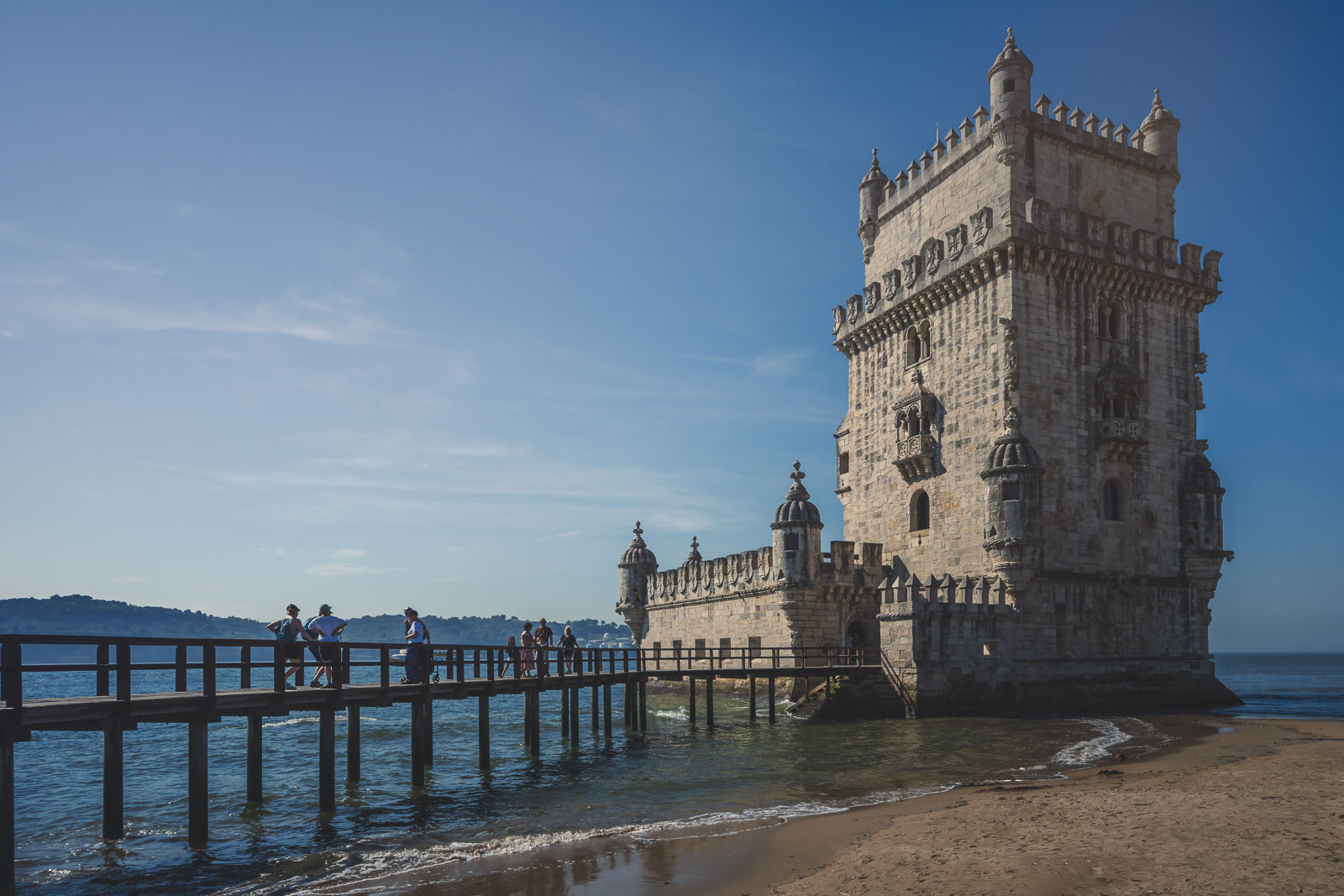
Belem Tower is one of the country’s most important landmarks. With UNESCO World Heritage status, the historic tower is one of the best examples of the Portuguese Manueline architectural style.
The landmark tower is approximately 40 minutes outside Lisbon by bus or an easy and affordable 20 minute Uber ride. It is located in the same part of the town where the Jerónimos Monastery is. It’s best to visit both landmarks in the same afternoon if possible. We took an Uber out to Belem Tower and then walked to Jeronimos Monastery. Afterward, we followed the waterfront path to explore more top Lisbon attractions.
You can tour the Belem Tower to admire the beautiful architecture and fabulous panoramic views from the top. A cafe is located close to the tower where you can sit down for drinks with the best view in Lisbon. Read more: Where To Stay in Lisbon: A Complete Guide For Your First Visit
- Practical Information: Belem Tower is accessible by bus from Lisbon. Tickets for the tower are 8 Euros.
3. Pena Palace in Sintra
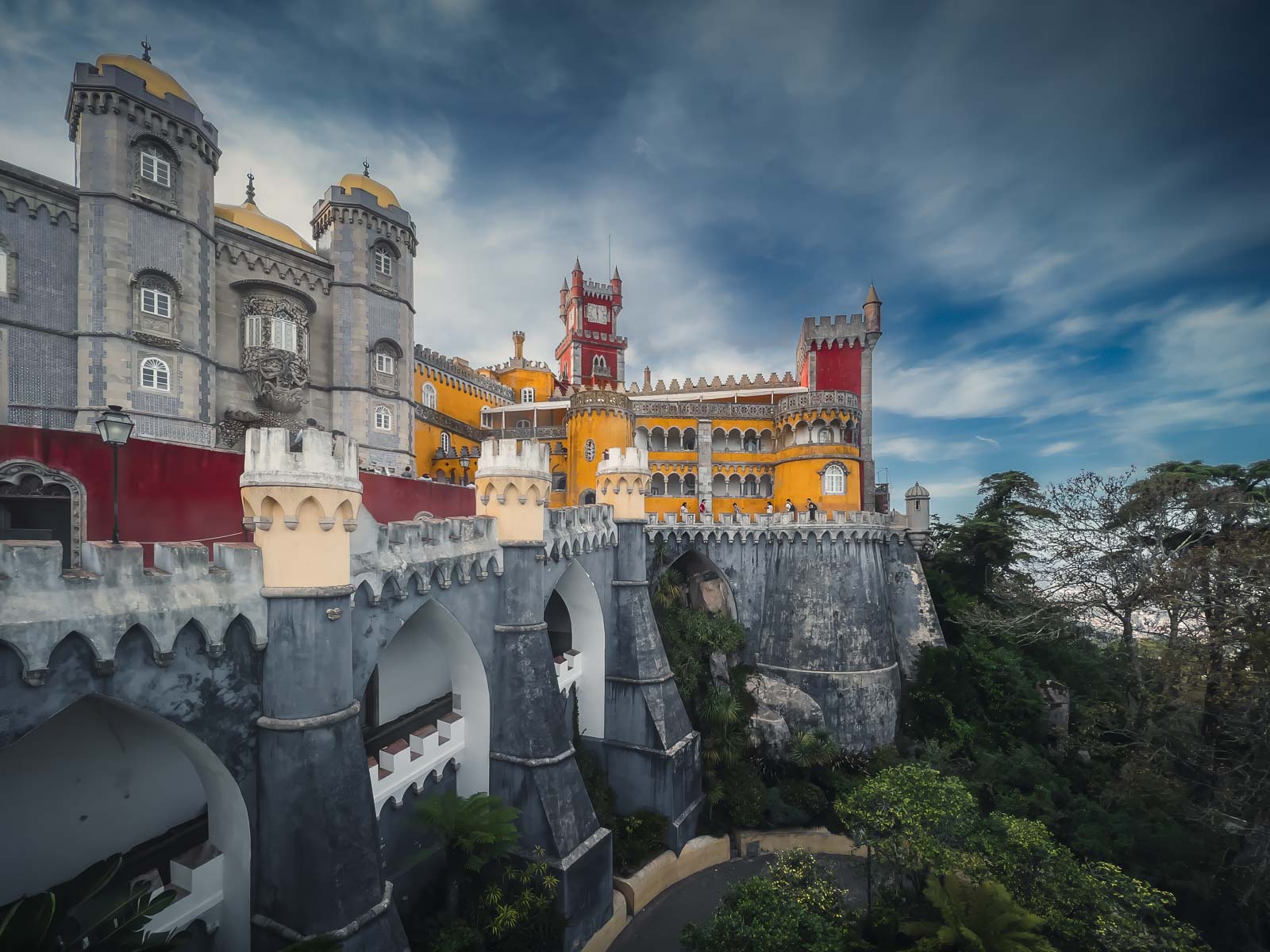
Pena Palace is one of two famous palaces in Portugal. Located in Sintra, it is perched atop a high rock and surrounded by a large park, on the site of a former monastery. The palace is famous for its colorful exterior, which is considered a major expression of the 19th-century Romantic movement. Read more: 14 Best Things to Do in Sintra, Portugal
Pena Palace is both a UNESCO World Heritage Site and one of the Seven Wonders of Portugal. It is one of the best landmarks to visit in the country. You can visit it on a day trip from Lisbon, but we suggest staying in Sintra for at least two nights. Sintra is located just an hour outside the capital.
Practical Information: Full-priced tickets for adults are 20€. It’s possible to pay for a bus service (3€) to take you from the park entrance to the palace entrance. You need to purchase timed tickets ahead of time. You can do that here.
4. Quinta da Regaleira

If you are interested in the Knights Templar, make sure to visit Quinta da Regaleira. Its underground tunnels and caves were once used for initiation rites by secret societies such as the Knights Templar, and their secrets still remain hidden to this day. Visitors can explore the tunnels and caves, discovering hidden chambers and hidden passageways as they go. Book your skip the line entry tickets here.
5. Walk Under The Arco Da Rua Augusta
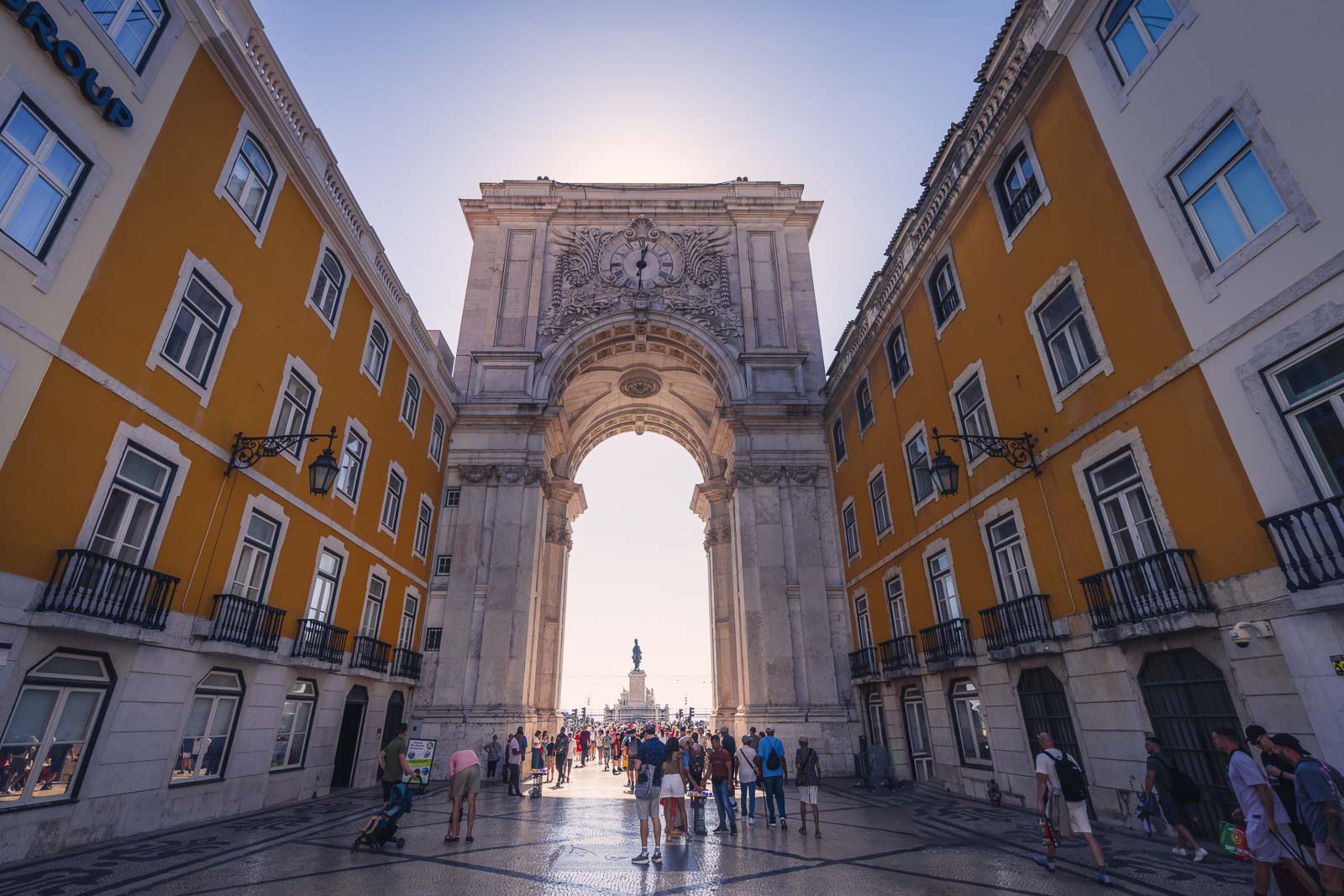
Arco Da Rua Augusta is one of Lisbon’s most famous landmarks. Pass under the arch while making your way to Praça do Comércio, the historic city square on the shore of the Tagus River.
The arch dates back to the 18th century. It was constructed as a memorial to Lisbon’s reconstruction after the devastating 1755 earthquake that destroyed 85% of the city’s buildings.
For a small entrance fee, you can take a lift to an exhibition space behind the clock in the arch. An observation deck is also available here, and it offers beautiful views of Lisbon’s rooftops and the waterfront plaza.
Practical Information: The Rua Augusta Arch can be visited at any time. The observation deck at the top of the arch is open from 10 AM to 7 PM and has a €3,50 entrance fee.
6. Prance Around Porto
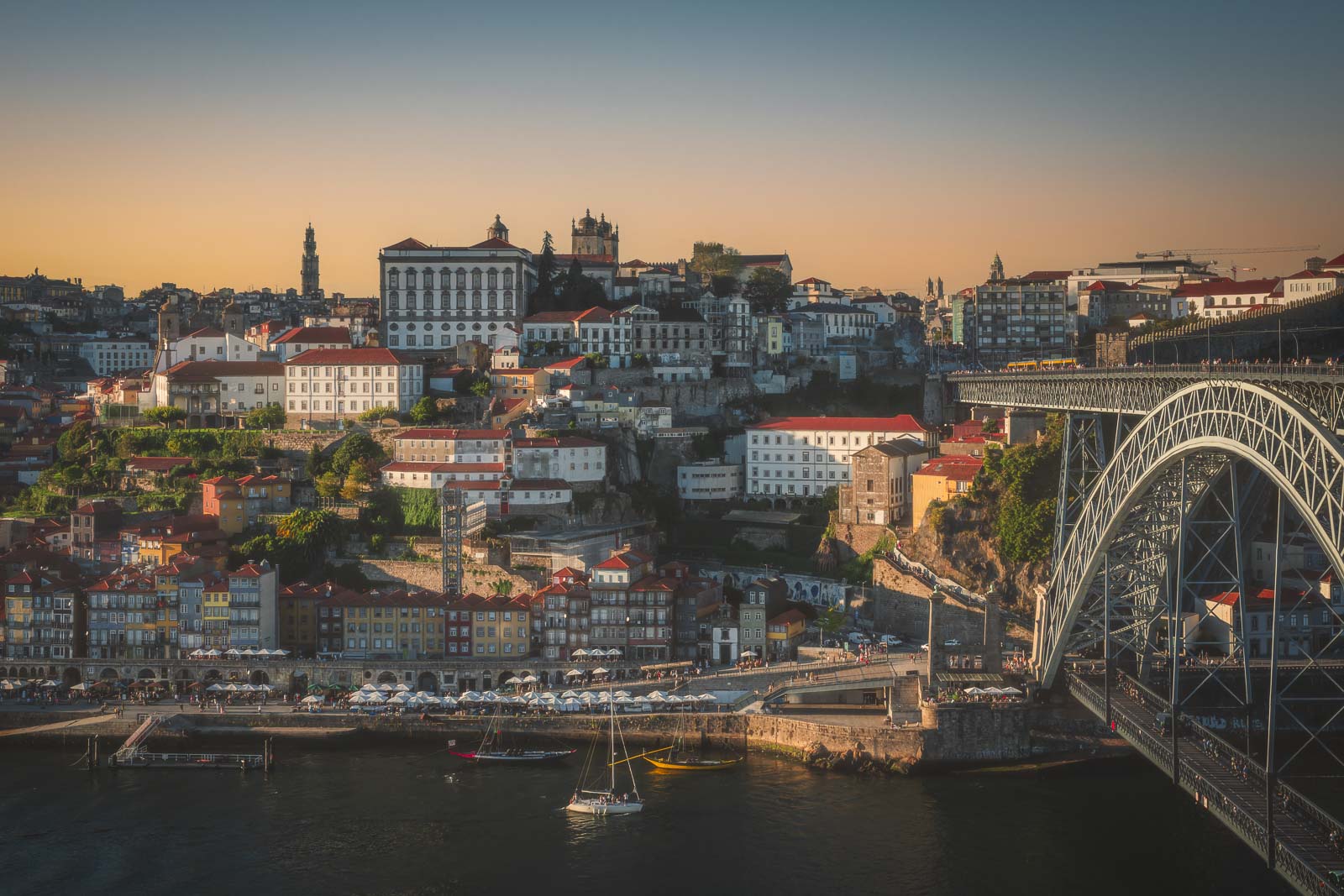
Porto is the second-largest city in Portugal, right after Lisbon. Although it doesn’t get quite as many tourists as the capital, it’s just as good a destination for a city break in Portugal. The city has it all – a rich history, vast beaches, and the best local port wine. Read more: 30 Best Things to Do in Porto, Portugal
Porto’s old town has UNESCO World Heritage Status because it is one of the oldest historic centers in Europe. Bolsa Palace, Porto Cathedral, Rua das Flores, and Torre dos Clérigos are just a few of the iconic landmarks not to be missed in the charming town.
Venture west of the old town and you’ll find all of Porto’s beaches. Stunning views paired with a glass of local port wine – named after this city – is a recipe for a classic Porto afternoon. Plan your trip to porto with this guide on Where to Stay in Porto: A Complete Guide For Your First Visit
Practical Information: Porto is serviced by the Francisco Sá Carneiro Airport which is 25 minutes outside the city center. Lisbon and Porto are three hours apart (by public transport).
7. Lie on the Beach in the Azores
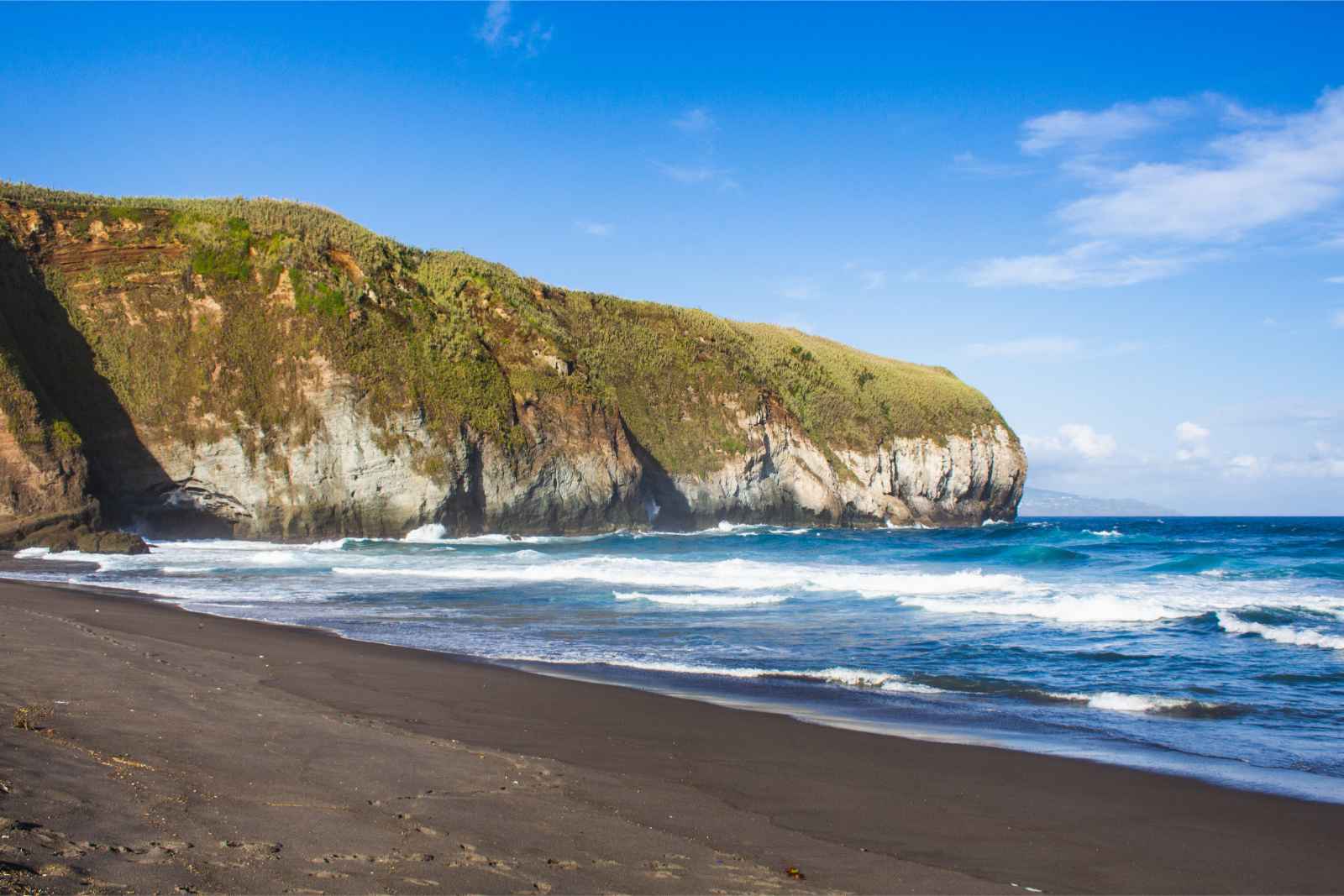
The Azores are an archipelago in the Atlantic Ocean accessible only by flight. A few days in this stunning region are a must if you’re planning a longer stay in Portugal. Read more about the Azores at Top 10 Things to do in Sao Miguel, The Azores
The good news is that flights to the Azores start at 40€ for a round trip from Lisbon, so you can visit the archipelago for very little money. Book a flight to one of the islands to experience the gorgeous beaches and breathtaking nature characteristic of these Portuguese islands.
Azores islands are also great for scuba diving. Pico Island is particularly popular among divers, while Terceira Island is the perfect playground for hikers and outdoor adventurers.
Practical Information : The Azores Islands are accessible only by plane. Return flights from Lisbon to Terceira start at 35-40€.
8. Discover Nature of Parque Nacional Peneda-Gerês
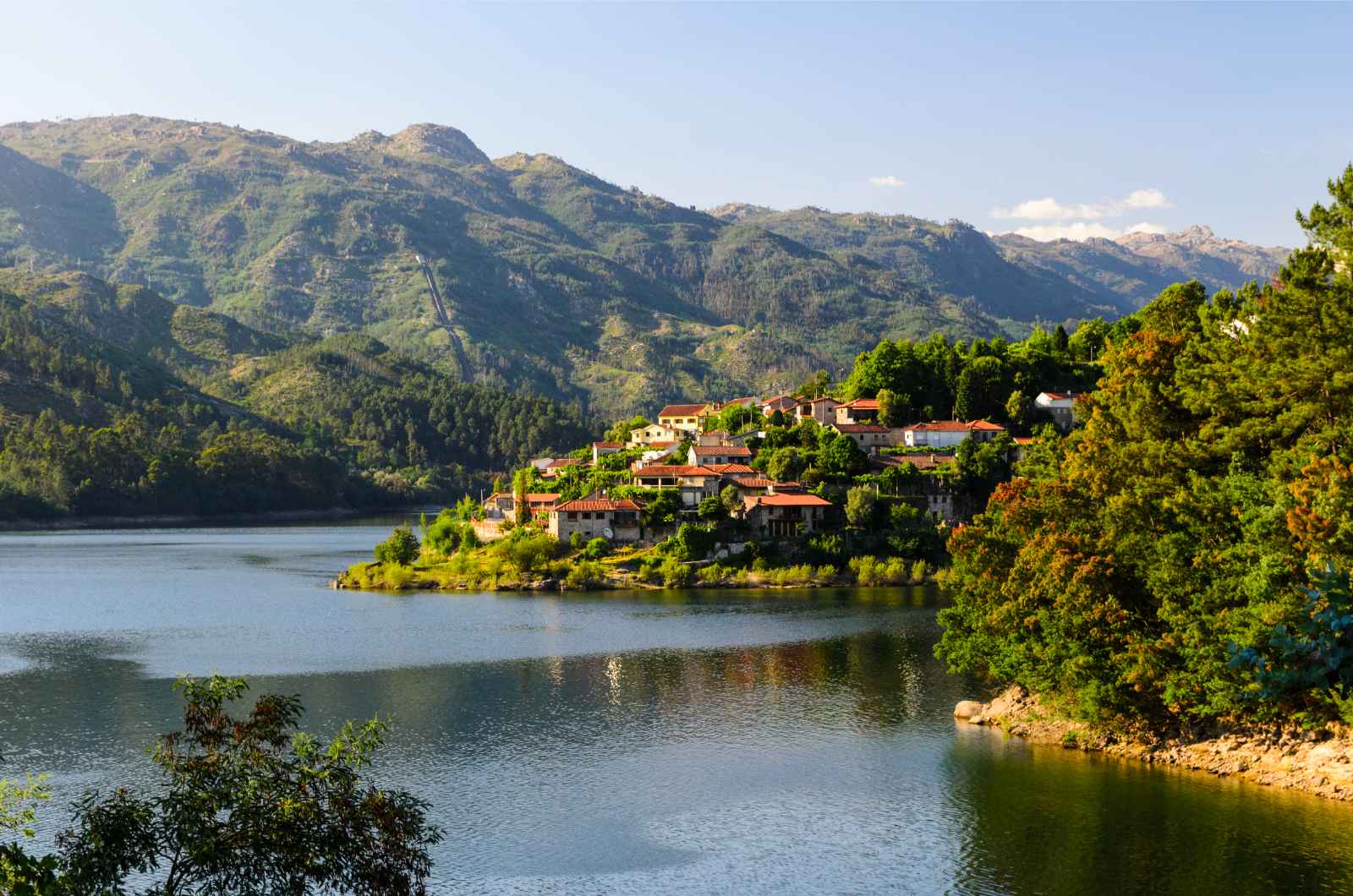
Peneda-Gerês National Park is a vast nature reserve in Northern Portugal. Featuring tall mountains, a plethora of hiking trails, and prehistoric remains, the park is a great place to discover stunning landscapes.
This is one of the best destinations in Portugal for outdoor lovers. If you want to go hiking or ride in quads, you can do so here, while uncovering Neolithic remains. Camping is allowed at Peneda-Gerês , which is great because the park cannot be done in a day.
If you’re considering a more alternative Portugal itinerary, I would recommend focusing on this national park for a while and then visiting the other places that interest you. Guided day trips to the park exist, but they cover only small portions of this magical place.
Practical Information: Peneda-Gerês National Park is approximately an hour and a half by car from Porto.
9. Roam Around the Historical Streets of Évora
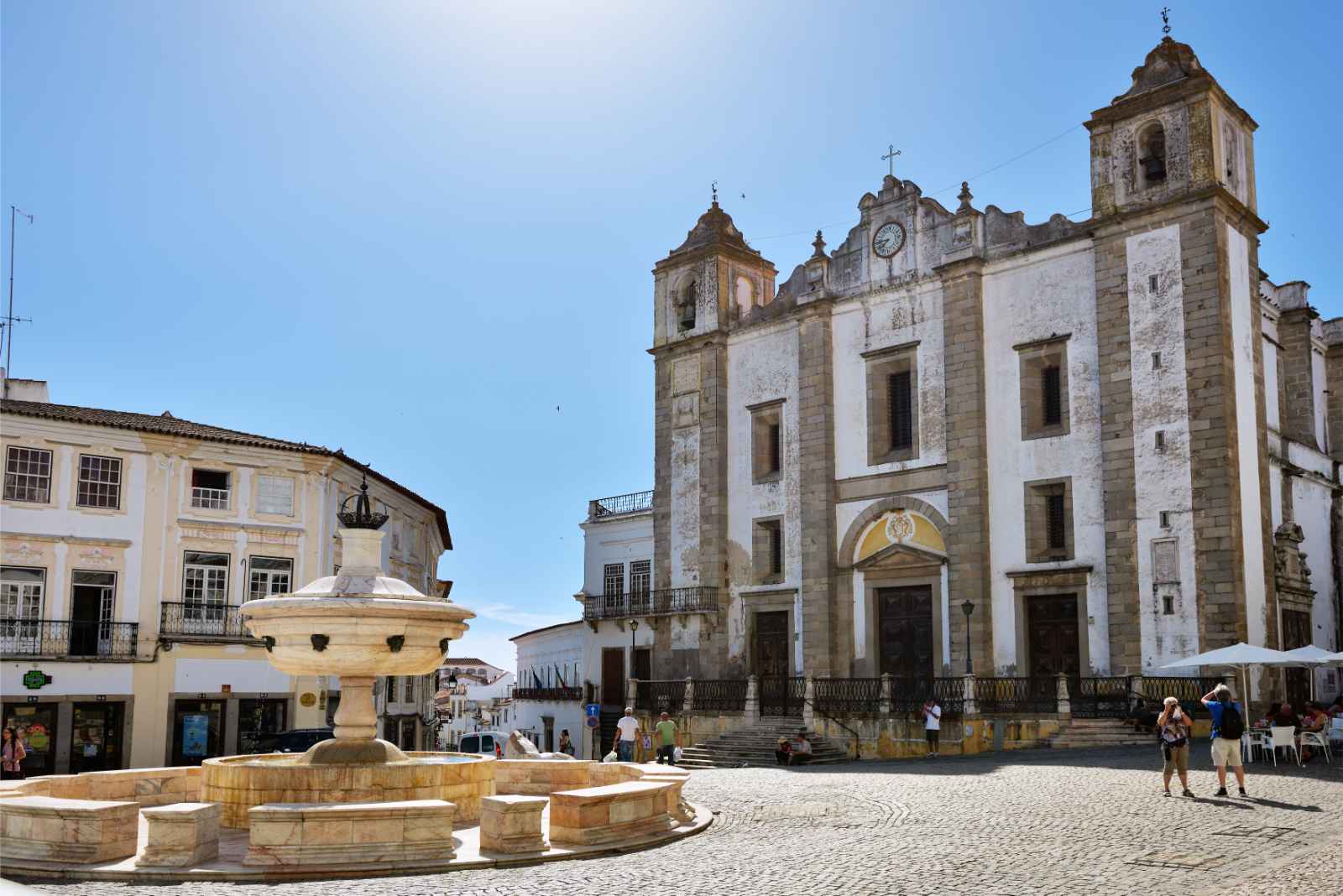
Evora is a medieval town in the Alentejo region whose old town serves as one of the best UNESCO World Heritage Sites in Portugal. It’s best known for whitewashed houses and Templo Romano Évora, the historic Roman temple that dominates its center.
This quaint town is truly a wonderful destination in Portugal, and perfect for travelers who want to escape the big city crowds and spend a day somewhere more historic.
The Cathedral of Évora is another special building in the small town. It’s the tallest building with the absolute best views of Evora’s rooftops and surroundings. You must climb the church’s tower to experience this wonderful view.
Practical Information: Evora is an hour and a half outside Lisbon by bus.
10. Road Trip Through the Algarve Region
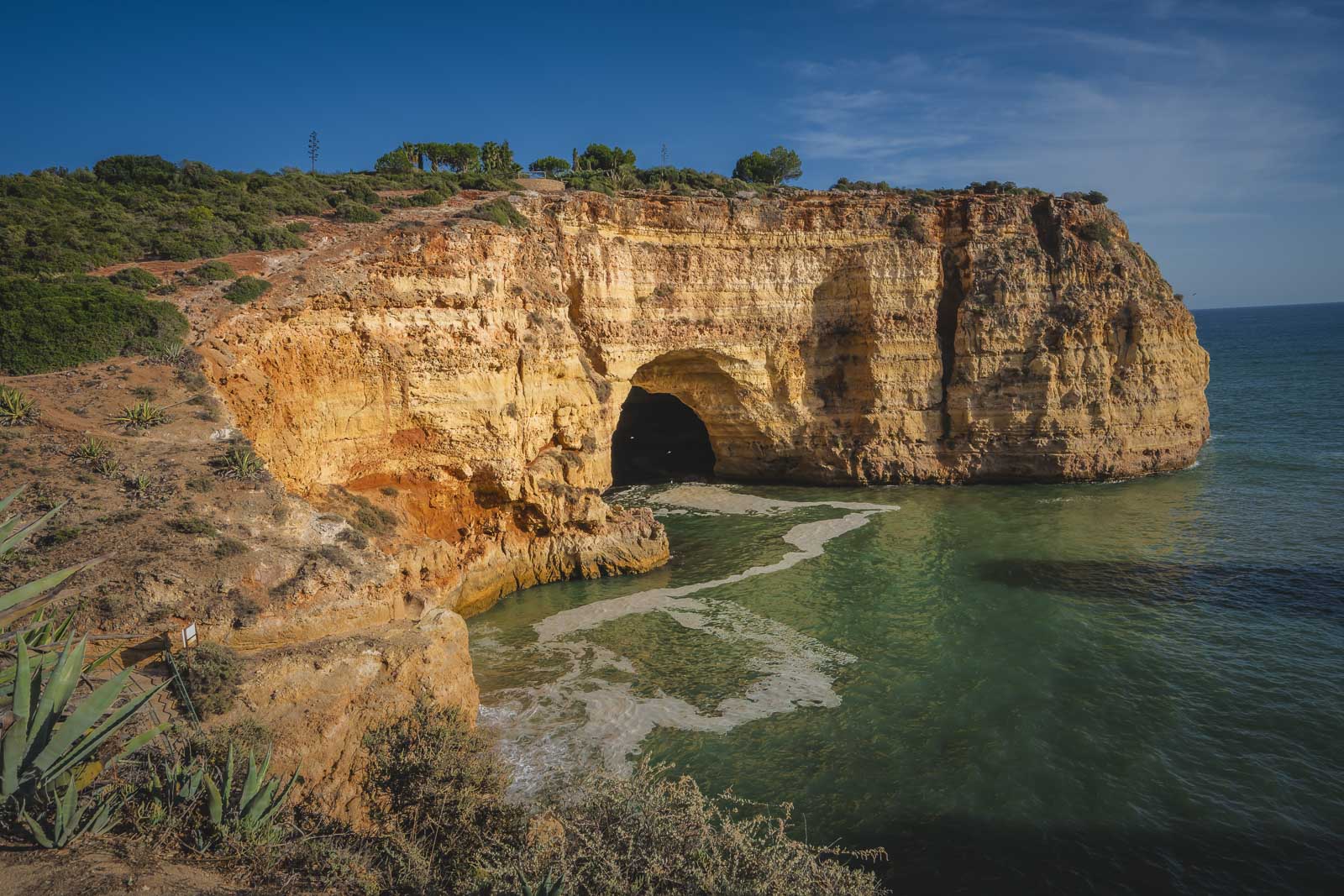
The Algarve region of Portugal is known for its vast sandy beaches, golf resorts, and fishing villages. The Algarve is one of our favourite places in Portugal. While many tourists only visit it for a short stay, we recommend at least 3 days in the Algarve to truly appreciate it. Rent a car to explore all the little towns and villages. Read more: 3 Days in the Algarve Itinerary
Lagos, Portimao, Sagres, Vilamoura, Faro, and Cacela Velha are towns to visit on this road trip. Each offers historic landmarks, gorgeous beaches, and some of Portugal’s best resorts. Silves and Tavira are also worth checking out, especially if you’re into historic villages with fewer tourists.
Practical Information: The Algarve Region is in southern Portugal, stretching from the Spanish border to the Atlantic Ocean.
11. Hiking in The Douro Valley
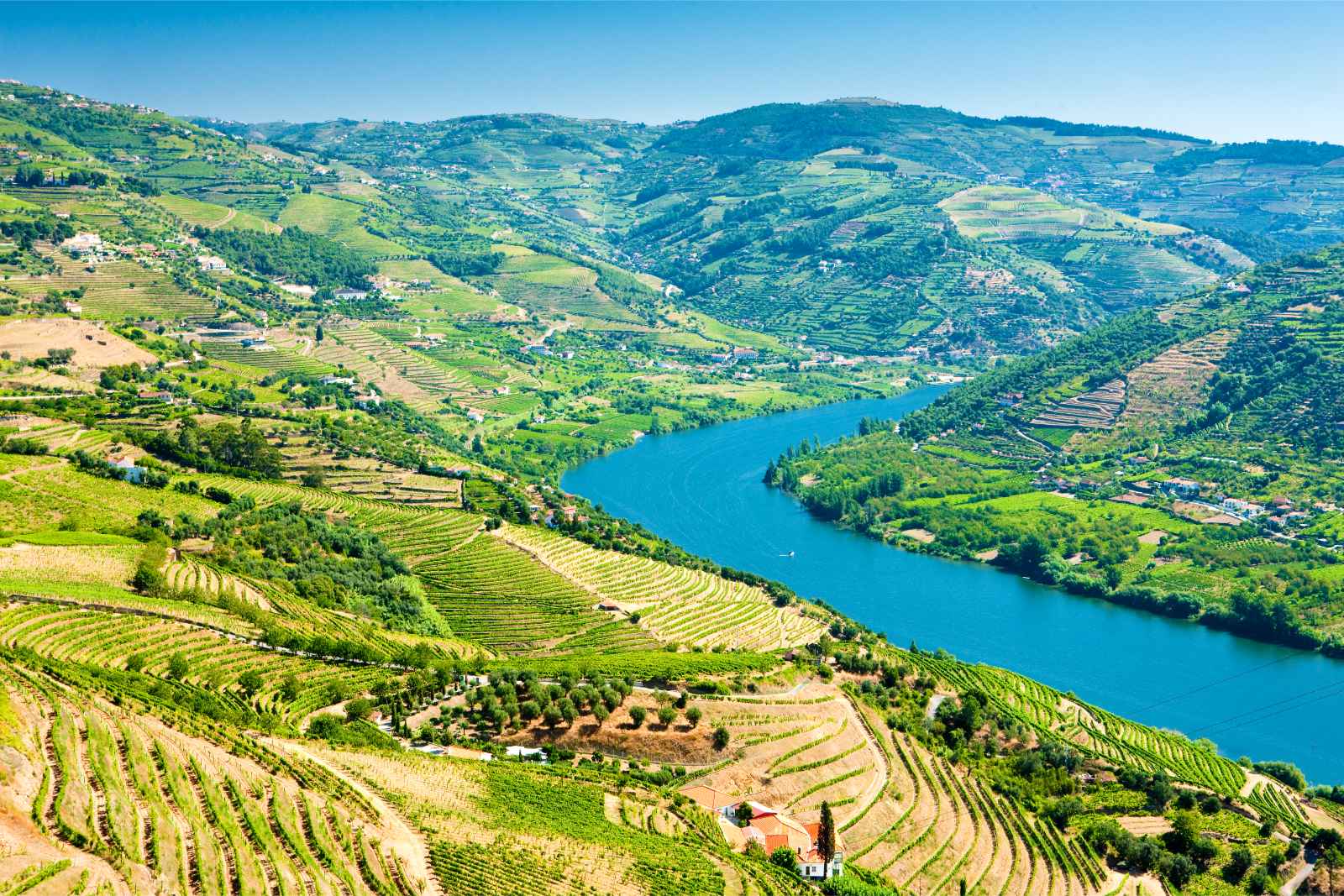
Douro River flowers through Spain and Portugal, until it meets the Atlantic Ocean in Porto. The river valley stretches horizontally through northern Portugal, from the International Douro Natural Park on the border with Spain to Porto city.
Douro Valley offers a myriad of hiking trails, the best of which can be found in the natural park. From easy trails that can be completed in a couple of hours to challenging, multi-day adventures, the River Valley is ideal for travelers who enjoy exploring the great outdoors.
Douro is also a prominent wine region in Portugal. As such, it offers a variety of wine trails and vineyard tours, making it suitable even for a slightly more relaxed vacation.
Practical Information: Public transport from Porto to International Douro Natural Park is scarce. Rent a car and drive there or arrange a guided tour for the best experience.
12. Visit Portugal dos Pequenitos
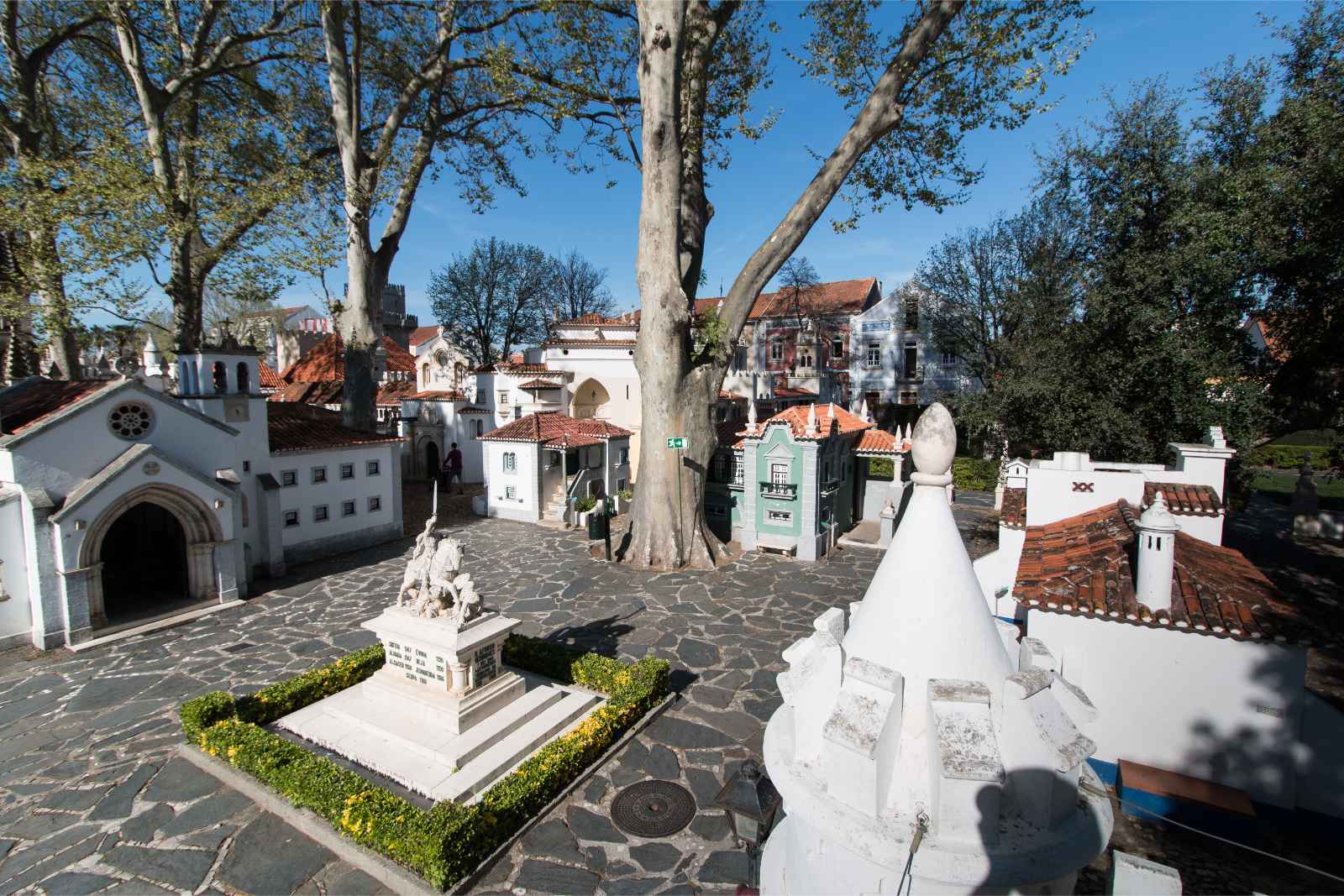
Portugal dos Pequenitos is a theme park in Coimbra, a city in central Portugal. Situated approximately halfway between Lisbon and Porto, Coimbra is a great destination for a day trip or even a short stay in the country.
The theme park boasts miniature replicas of the works of the best Portuguese architects. There’s everything from miniature villages to replicas of iconic Portuguese-made landmarks from other countries. A tour of the park is an excellent experience, one that will help you learn more about this fascinating country.
Practical Information : Portugal dos Pequenitos is open every day from 10 AM to 5 PM. Tickets are 15€ for adults.
13. Drive a Racing Car Around the Algarve International Circuit
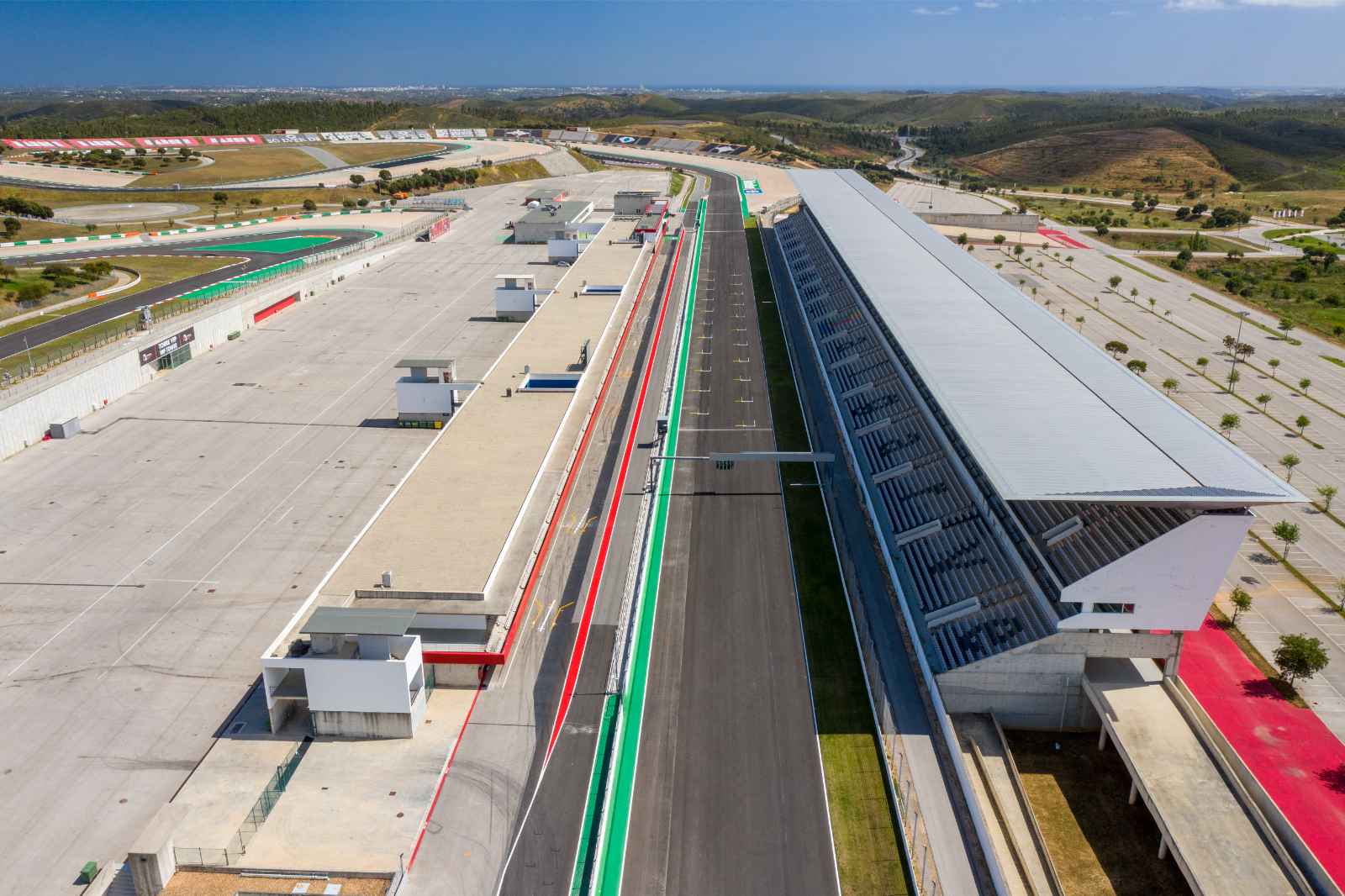
Algarve International Circuit remains the most important race track in Portugal. It’s home to all the races in the Formula 1 and Moto GP series, and an excellent destination for all motorsport and car enthusiasts in Portugal.
Come here to watch a race if you’re lucky enough, or to drive a super fast car on the track for a couple of laps. You can even have the experience of driving a Formula 1 car on this track, but I reckon that’s more expensive than first-class plane tickets to Portugal.
Practical Information: Algarve International Circuit is a 30-minute drive from Lagos.
14. Get Lost in The Buçaco National Forest
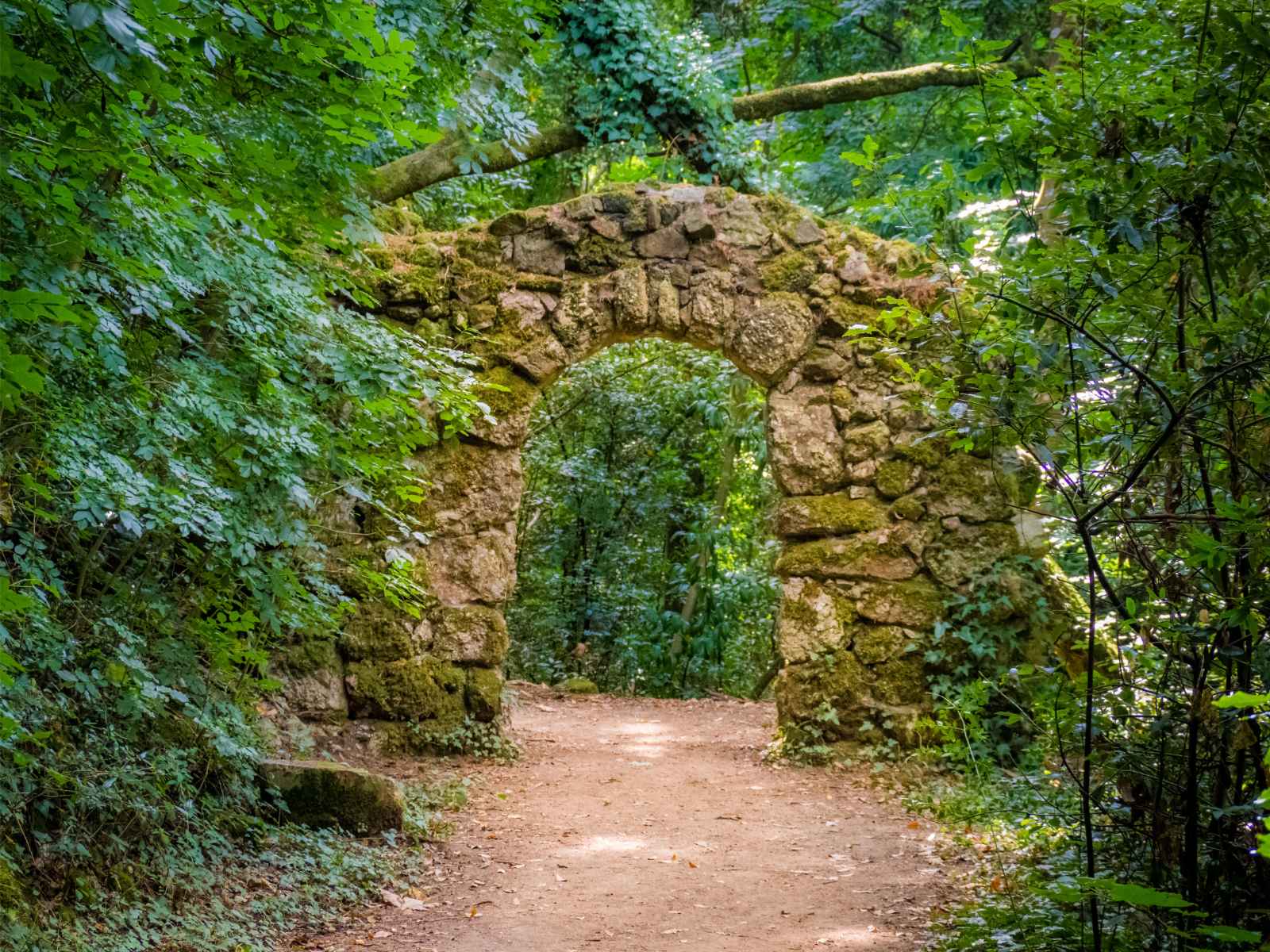
Have you ever visited a forest encased by an ancient wall? You can do so in Portugal if you head to Buçaco National Forest, just 40 minutes outside Coimbra.
The forest was first inhabited by monks in the 6th century, and the ownership of the land was passed around between various monasteries in the region. It was the monks who built the walls surrounding the arboretum and planted many of the trees inside the forest.
Buçaco National Forest is famous for its dendrological collection, which is believed to be one of the best in Europe. Boasting more than 2,500 plant species from five different continents, little is left to the imagination at this spectacular place.
Practical Information: Buçaco National Forest is accessible by public transport from Coimbra. Entrance to the forest is free for passengers on foot.
15. Visit Bom Jesus do Monte Sanctuary
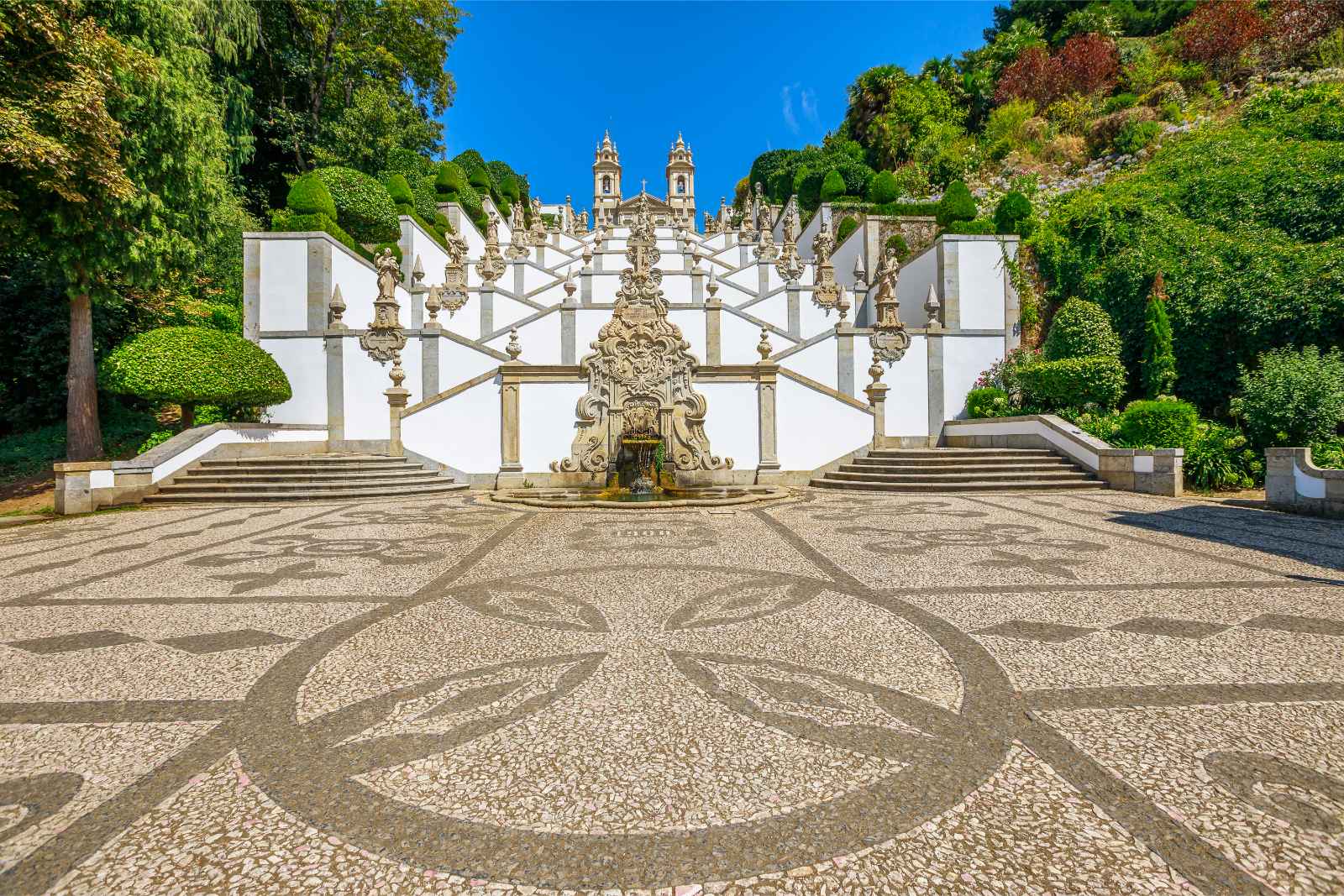
Bom Jesus do Monte is a religious sanctuary close to Braga in northern Portugal. With stunning gardens, a neoclassical church, and a world-famous stairway, it’s a must-visit for anyone traveling in the north of the country.
You can reach the sanctuary in a funicular, which will take you up the hill for just 2 €. From there, walk around the beautiful gardens, and stand on the terrace in front of the church, to soak in the panoramic sights. Descend the famous staircase for even more epic views.
Practical Information: Bom Jesus do Monte is open daily from 9 AM to 7 PM, with free admission.
16. Spend a Day in Coimbra
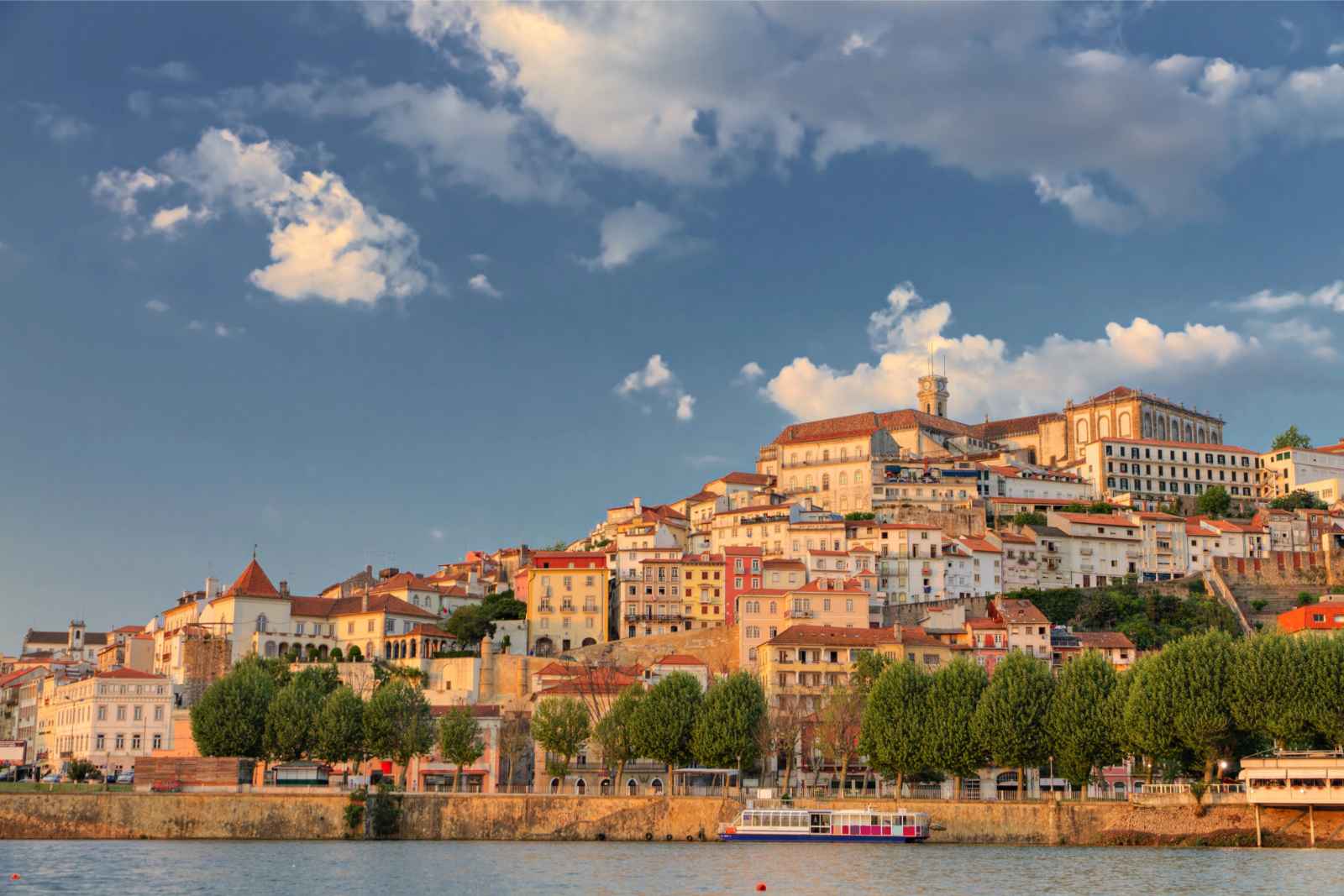
Coimbra is a city in Central Portugal, approximately halfway between Porto and Lisbon. It is mostly known for its university, which is one of the oldest on the continent. The University of Coimbra was founded in the late 13th century, and its main buildings boast a diversity of architectural styles.
Other noteworthy attractions in Coimbra are the Old Cathedral of Coimbra, the Joanine Library, the New Cathedral of Coimbra, Quinta das Lágrimas Gardens, and Portugal dos Pequenitos, which has its own entry on this list. A day is enough to discover the top sights in the city, but you might want to stay longer for the proximity to other excellent Portuguese destinations.
Practical Information: Coimbra is accessible by train from Lisbon (1 hour 45 minutes) and Porto (1 hour 10 minutes).
17. Witness The Magic of Benagil Cave
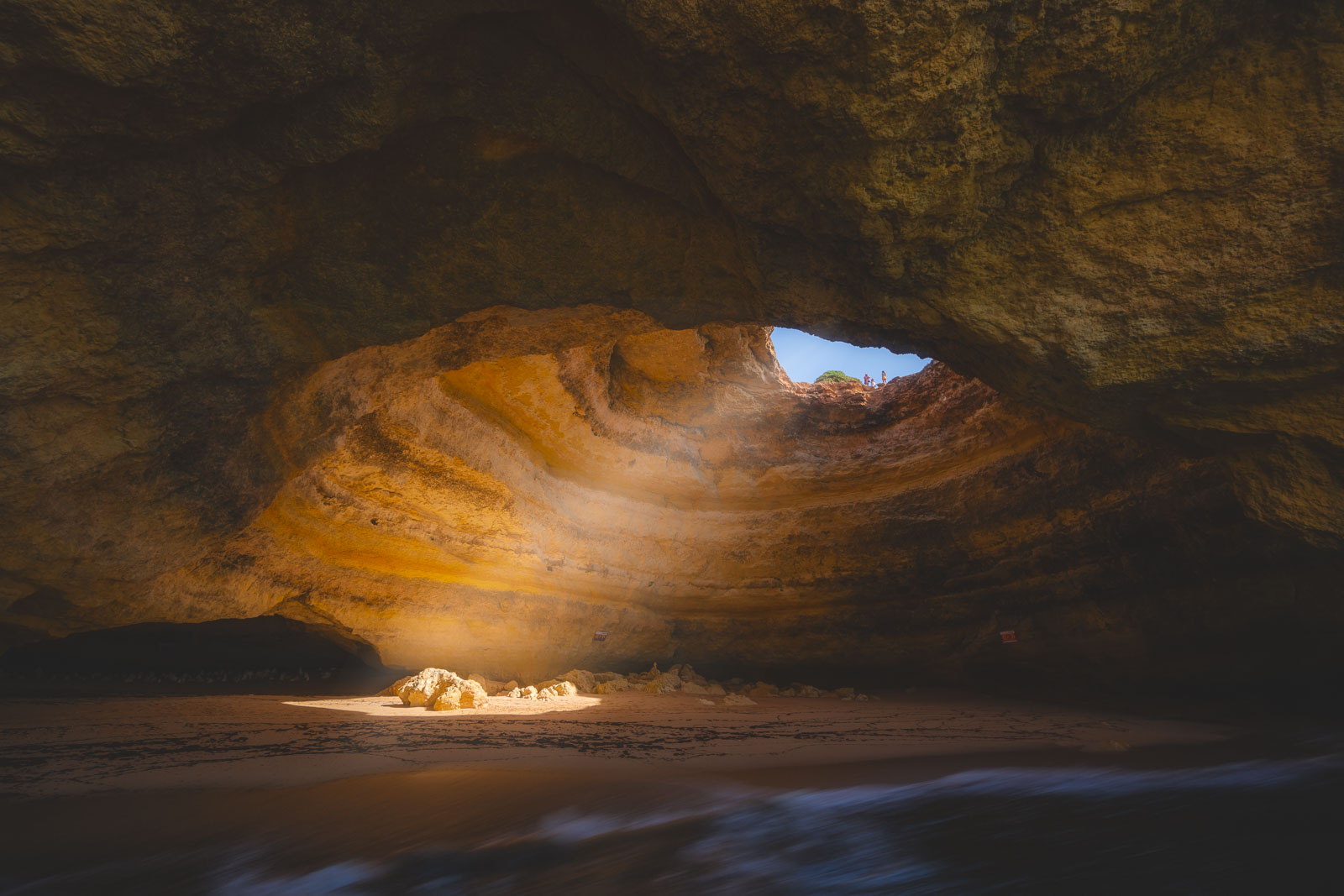
Benagil Cave is one of Portugal’s most famous natural landmarks. Set on a beach in the Algarve, the cave remains one of the best places for a boat excursion in southern Portugal. The ceiling of the cave is accessible via hiking trails and offers an aerial view of the Benagil Cave interior.
The cave has been Algarve’s most famous landmark for years, which ultimately resulted in many accidents and overcrowding. The local authorities had to step in and suspend access to the cave. It was previously possible to visit Benagil cave on a SUP and hang out inside for a couple of hours, but that’s no longer to case.
Rental of SUPs and kayaks is now prohibited on the beaches near the cave, and visitors who attempt to swim in the cave will be fined up to 2,500€. You must arrange a guided boat tour to see the cave, and you won’t be allowed to go inside. But you might see dolphins from the boat, which is just as exciting in my book.
Practical Information: Arrange a guided hiking tour to Benagil Cave to peek inside it from above. Visitors are not allowed inside the cave.
18. Climb the Mountains of Serra da Estrela Nature Park
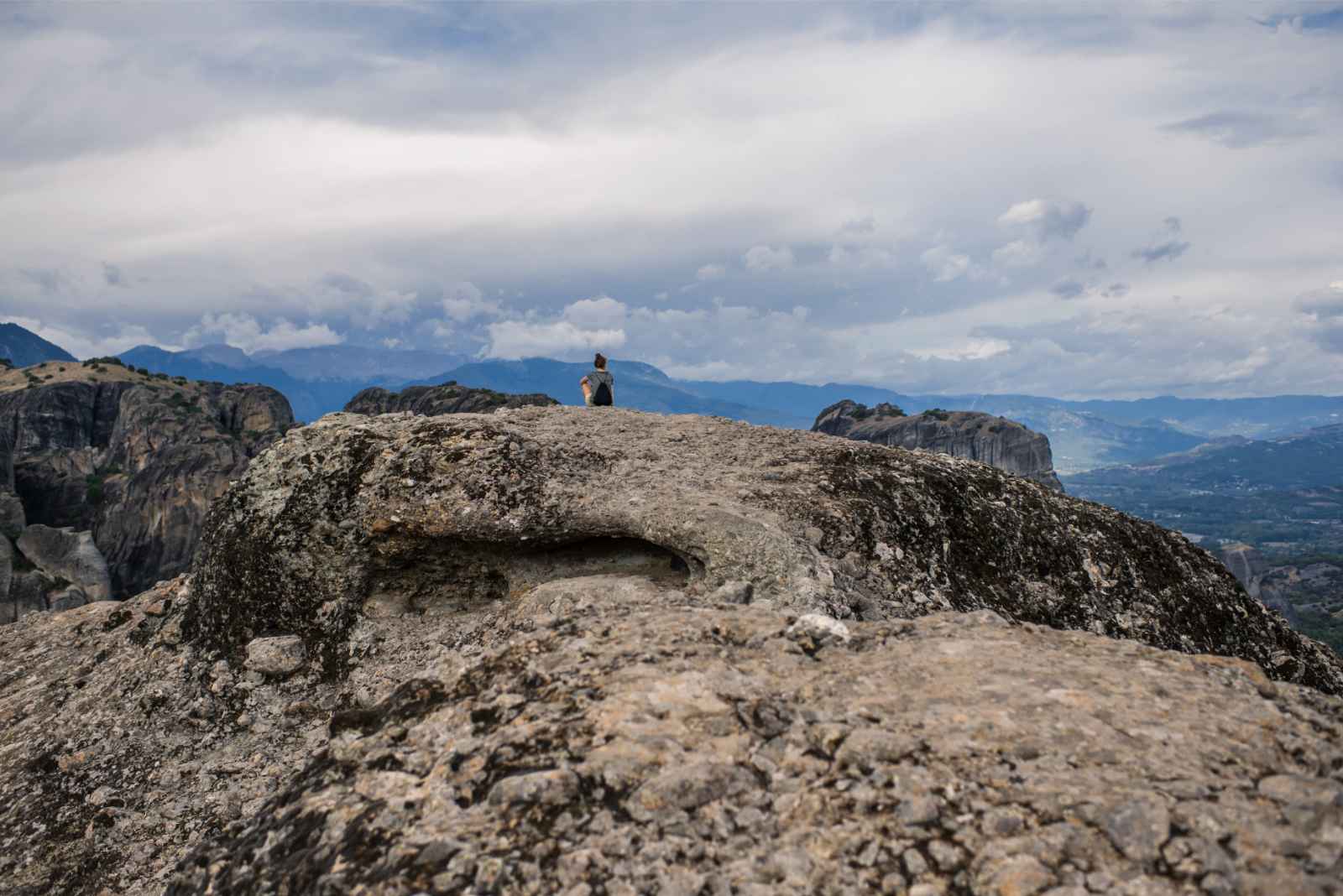
Serra da Estrela Nature Park is a top destination for travelers who enjoy discovering new landscapes. The natural park is in the northern area of central Portugal and features roads to its tallest summits. It is the car road-trip alternative to hiking, where you get to discover some fascinating natural landmarks, but needn’t climb a mountain on your own two feet.
And there’s plenty to do here once you’re out of the car. With spectacular rock formations, observation platforms that offer sprawling panoramic views, and rewarding hiking trails, the national park leaves no one indifferent.
Practical Information: Admission to the nature park is free of charge.
19. Peek Inside a Walled Town
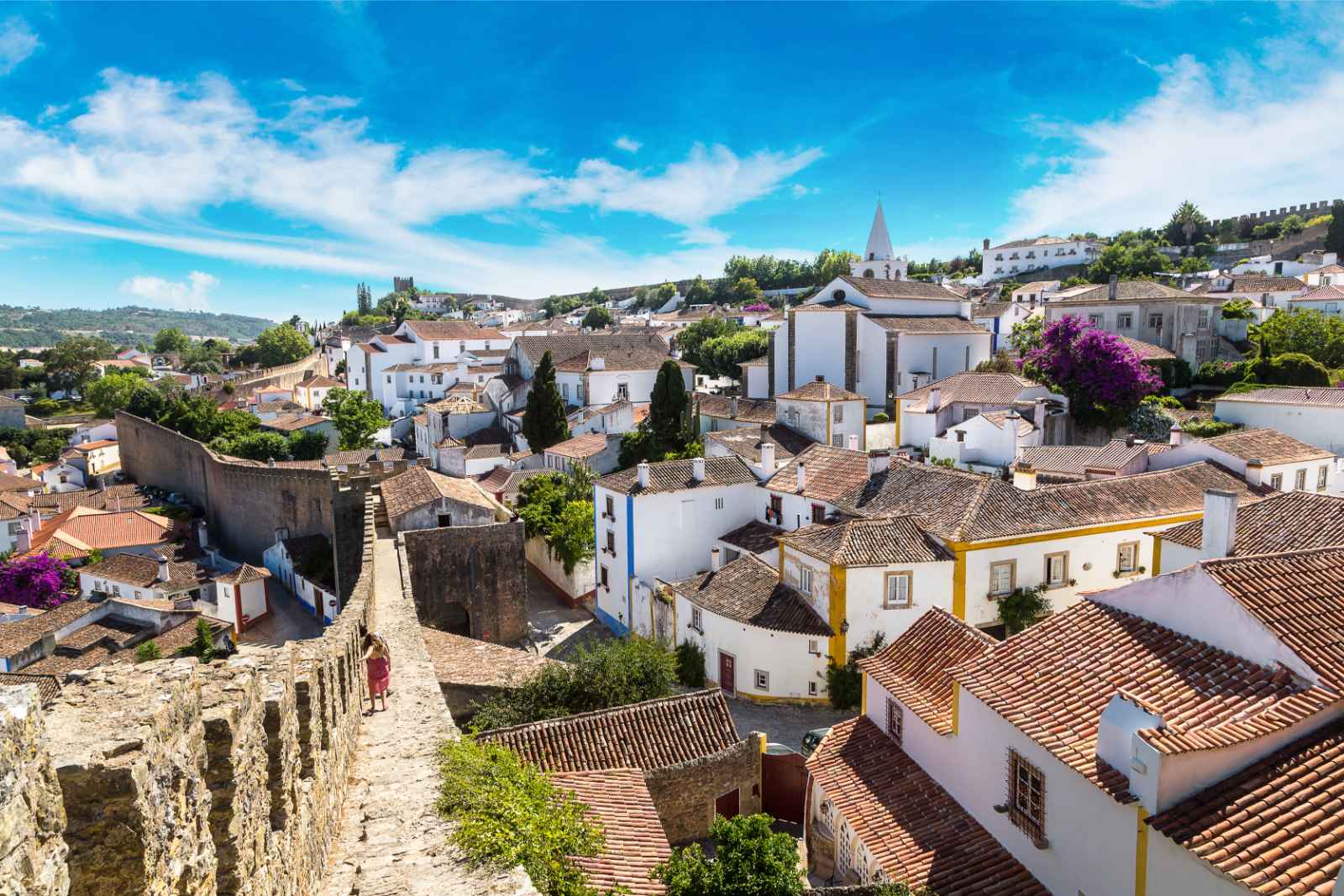
Óbidos is a tiny walled town in central Portugal. Best known for the hilltop Castle of Óbidos, the town serves as one of the best examples of medieval architecture. The castle dates back to the 9th century and even has a hotel within its medieval walls.
Set just two hours outside the capital city, Óbidos is the best destination for day trips from Lisbon . The village is absolutely charming and offers unique architecture, ancient cobbled streets, and mesmerizing art inside the castle.
Practical Information : Óbidos is accessible by public transport from Lisbon (2 and a half hours) and Porto (almost 4 hours).
20. Admire the Complexity of Lisbon Cathedral
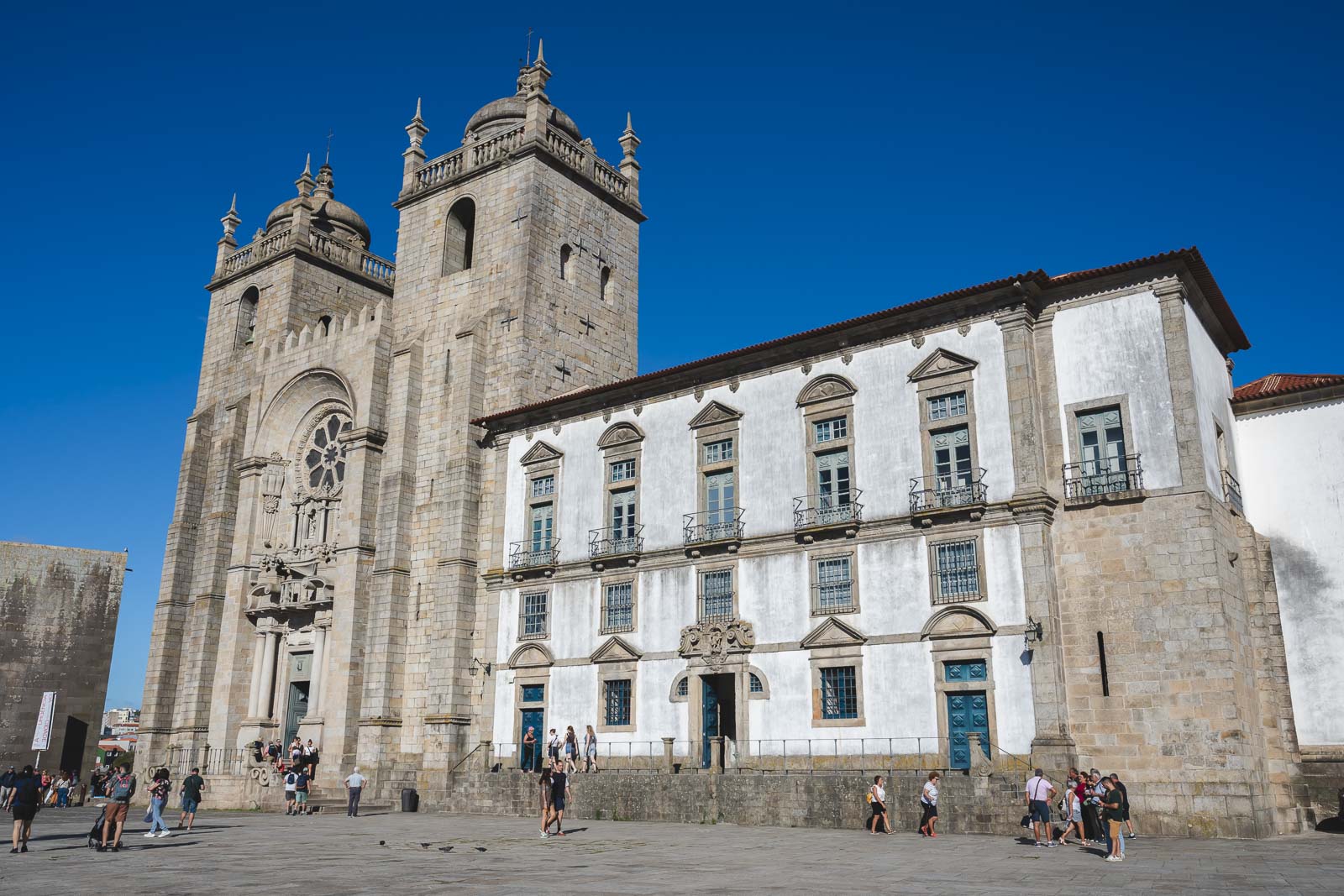
The Lisbon Cathedral is the oldest church in the capital. It is one of few that have managed to survive the devastating 18th-century earthquake, although not without great damage. The cathedral’s royal pantheon and Gothic main chapel were entirely destroyed, and many of the cloisters and chapels were heavily damaged.
It took many years of reconstruction for the church to appear as it does today. And because of so many reconstructions, the cathedral is architecturally diverse, incorporating elements from Gothic, Baroque, and Romanesque styles. If you stay in Lisbon for even just a day, a visit to Sé de Lisboa is a must.
Practical Information: The Cathedral in Lisbon is open from 10 AM to 6 PM every day except Sunday. The entrance is 5€.
21. Take it Slow at Cascais
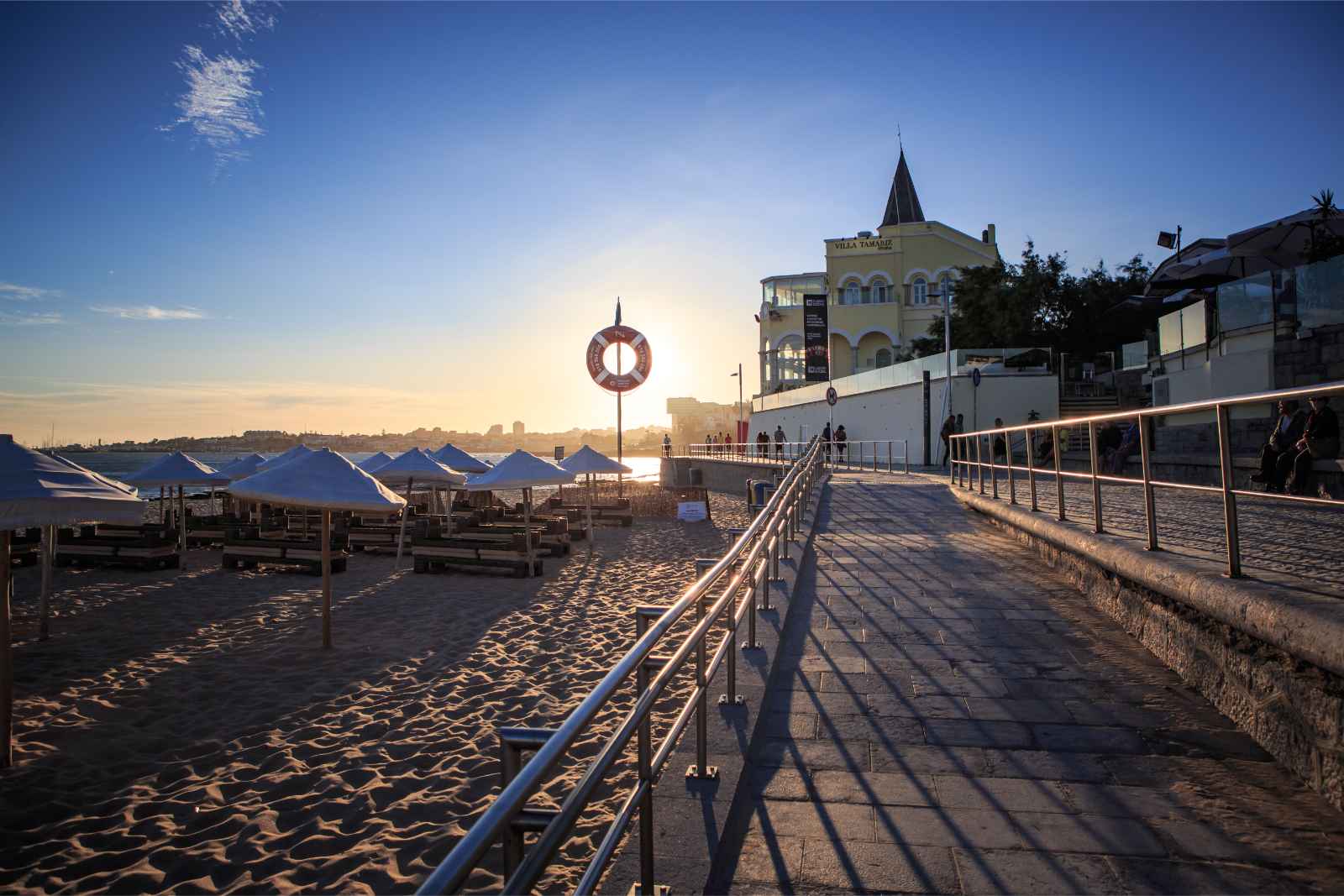
Cascais is a resort town in the Lisbon District, easily accessible from the capital city. It’s an important tourist destination in Central Portugal because it’s home to some of the best resorts. For relaxed beach vacations, Cascais remains at the top of most travelers’ lists.
With sandy beaches, historic architecture, and vast golf courses, the town can offer something to nearly anyone. Whether you want to spend your days in Portugal relaxing, playing sports, or discovering the local history and traditions, you’ll be right at home in Cascais.
Practical Information: Cascais is situated west of Lisbon City, just an hour away by bus.
22. Indulge in Portuguese Cuisine
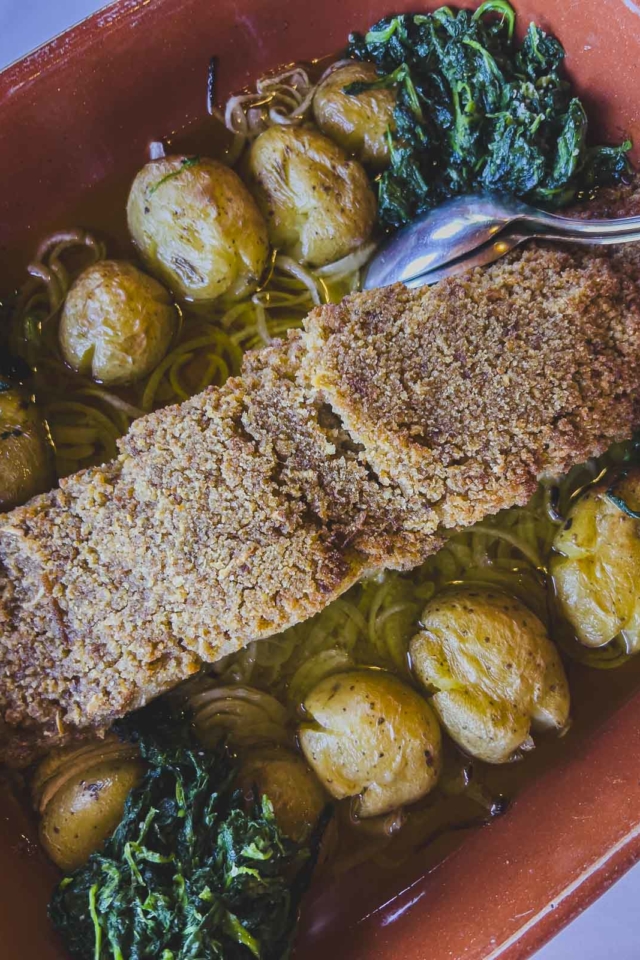
Portuguese food is diverse and layered, just like the country’s rich history. The cuisine is influenced by Portugal’s geographic location as well as history and includes a blend of seafood, hearty meats, and stews.
Some of the most famous dishes you should try are Bacalhau, Arroz de pato, Piri Piri chicken, and Caldeirada de peixe. They’re all main courses with either seafood or other meat. Pastéis de nata have long been the snack of choice for the locals, and who can blame them? I couldn’t resist a flaky custard tart either.
Practical Information: Get recommendations from locals to avoid tourist traps and find the best local restaurants in every Portuguese city you visit.
23. Time Travel to Sortelha
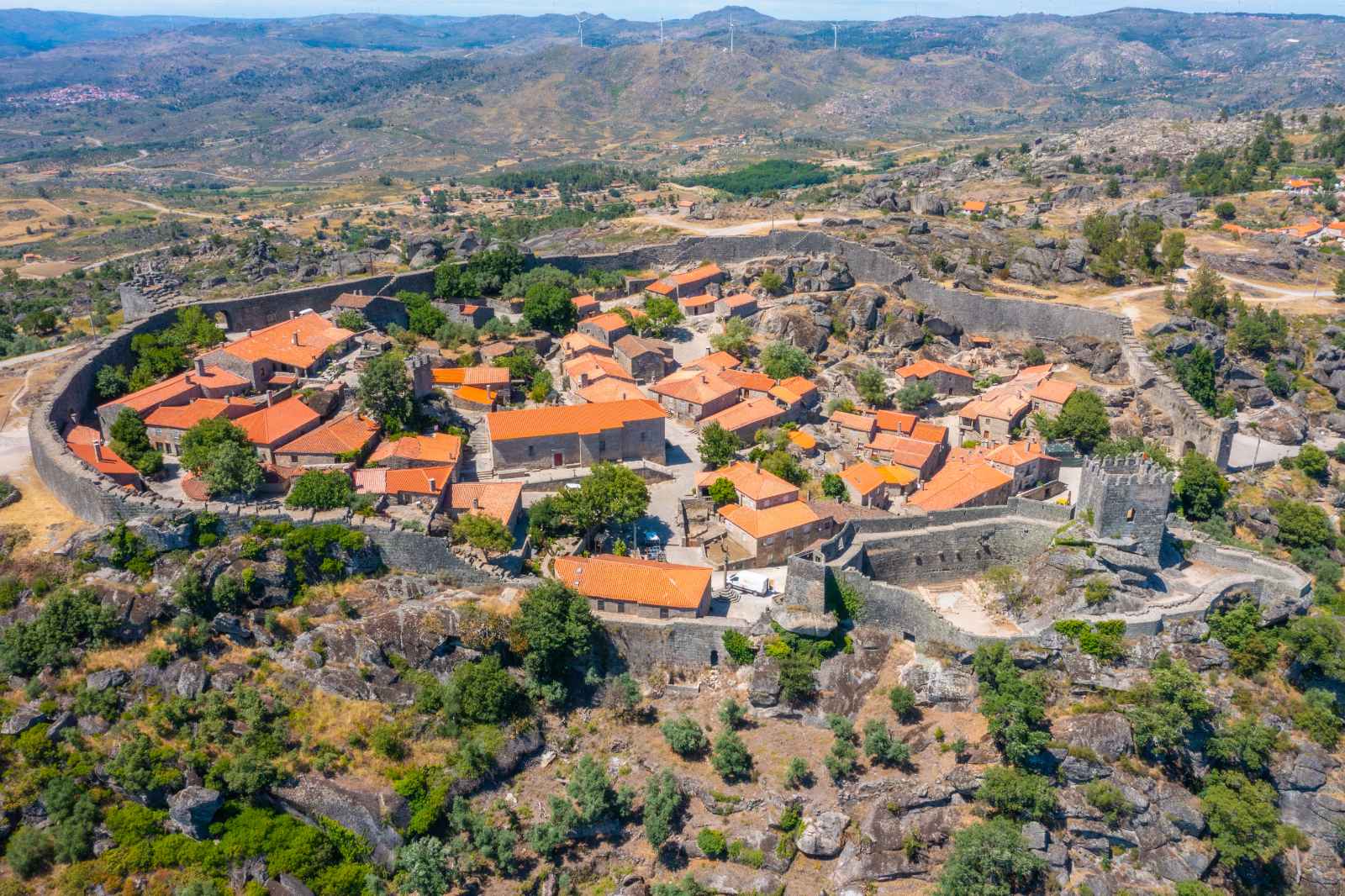
Sortelha is a medieval village close to Serra da Estrela Nature Park. Combine a trip to the village with a visit to the nature park, otherwise, it will likely be too far out of the way.
The village is approximately a three-hour drive from both Porto and Lisbon, without the option of traveling by public transport. It’s best known for the hilltop castle, which offers sprawling views of the landscapes of eastern Portugal.
Visiting Sortlha is like traveling back in time. It is surreal how ancient everything about this village is, and if you want to have a unique experience in Portugal, this is by far one of the best destinations.
Practical Information: Sortelha is most easily accessible in a personal vehicle. The closest bus stop is 20 km outside the village.
24. Venture Into Monsanto
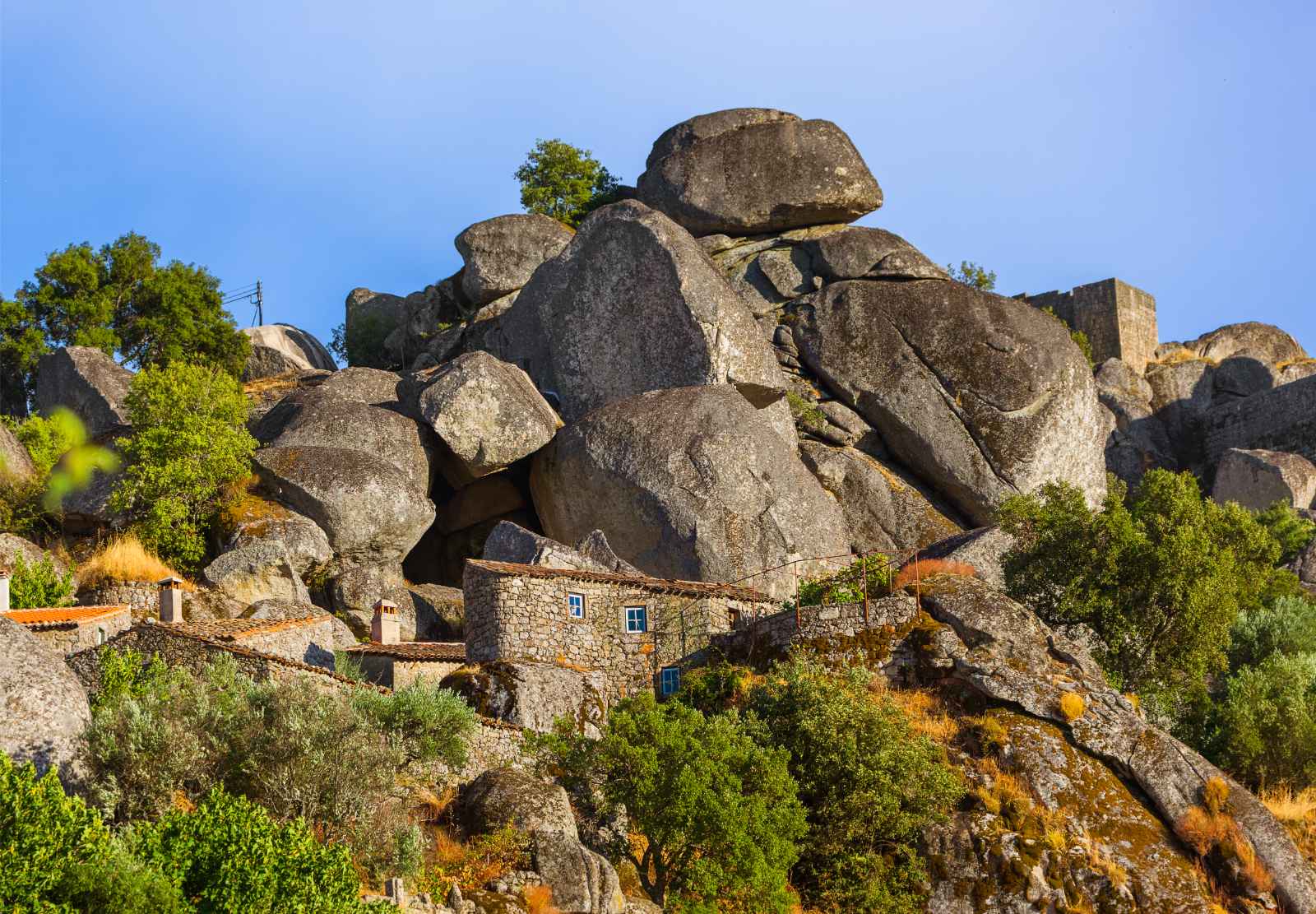
Monsanto is a hidden gem off the beaten path, perfect for travelers who want to stay away from the tourist areas in Portugal. The village is close to the border with Spain, and it’s best known for the hilltop ruins of the Castle of Monsanto.
Rocks are what mostly remains of the former castle, chapels, and churches. The views from the site of the castle ruins are incredible and some of the best in Portugal. The village is at the foot of the hill with castle ruins and offers the opportunity to spend the night in a medieval house built from stone.
Practical Information: There is no public transport to Monsanto and driving is the best way to reach the village.
25. Tour Sintra National Palace
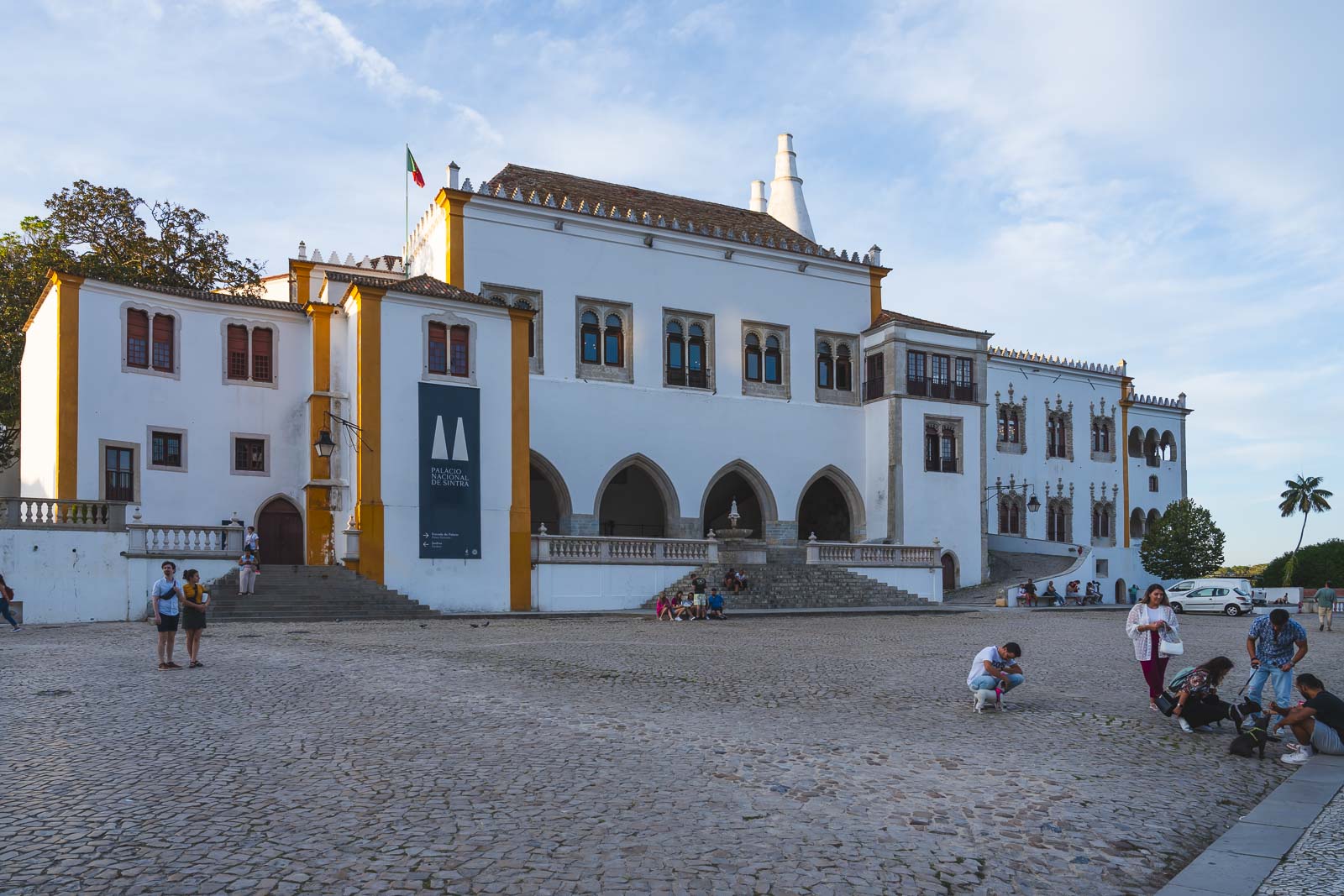
Sintra National Palace is one of two important palaces in Sintra. It can be visited on the same day as the National Palace of Pena, provided you get up early enough.
The Moorish palace originates from the 11th century and it’s the oldest palace in Portugal. With gorgeous rooms, period furnishings, and exceptional artwork, touring the palace is like going on a journey throughout history.
The Swan Room, Arab Room, and Magpie Room are the three most famous areas of the palace. But all the other rooms are also worth visiting, so you should set apart several hours at least for this landmark.
Practical Information: Sintra National Palace is open from 9:30 AM to 6:30 PM. Tickets are 13€ for adults.
26. Fly to Madeira
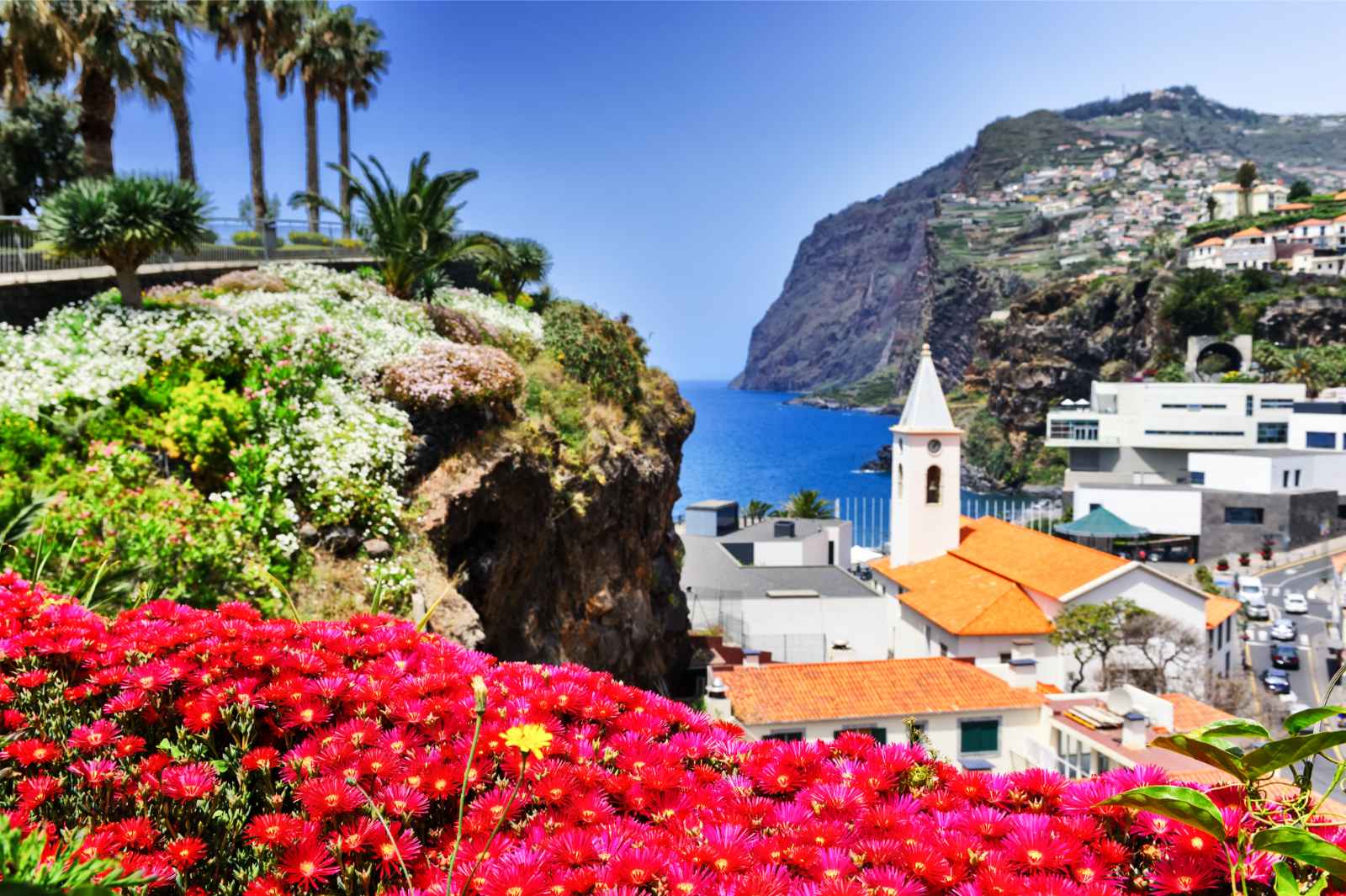
Madeira is another Portuguese archipelago accessible only by airplane. The upside is that low-cost carriers operate flights to the island, and you can get there from Lisbon for less than 30€ if you can pack in a small backpack.
Madeira Island is known for its gorgeous beaches, tall mountains, excellent hiking trails, and scenic vistas. Come here for hikes in the mountains that reward you with incredible views, but also for picturesque coastal towns with friendly locals.
Practical Information: Madeira is approximately a 2-hour flight from Lisbon. Return tickets start at 30€.
27. Hike a Section of Camino de Santiago
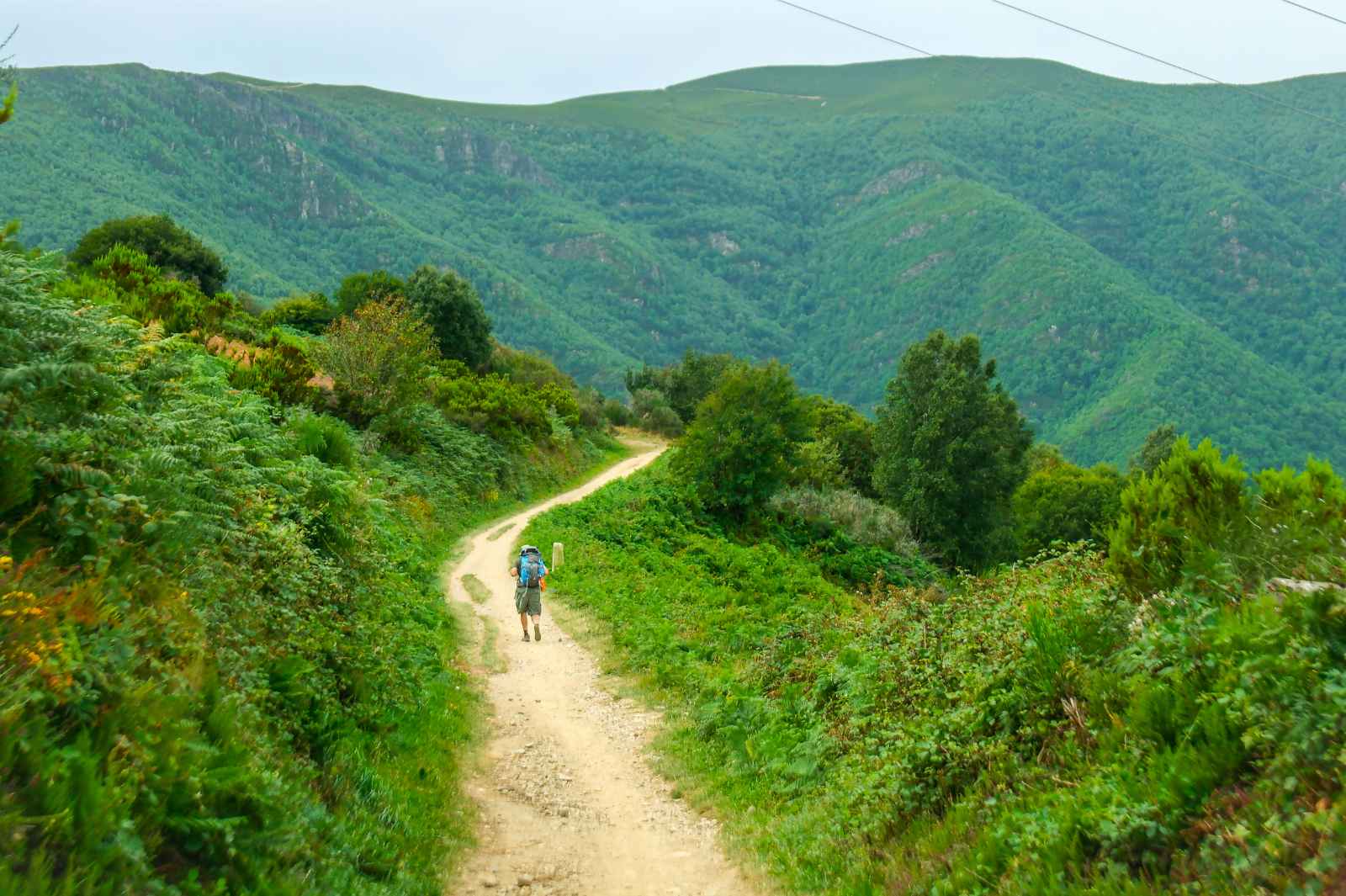
Camino de Santiago, also known as the Portuguese Way, is a network of pilgrimage routes in Portugal. The path starts in either Lisbon or Porto and leads the pilgrims to the cathedral of Santiago de Compostela in the northwest of Spain.
The route is also called the Way of St. James, and it has many iterations throughout Western Europe. Hiking even a small section in the hills north of Porto is great for understanding the difficulty of this pilgrimage. Just imagine covering 25 kilometers every day, for 35 days straight.
Practical Information: The Portuguese Way can be hiked from Porto or Lisbon. The shortest route begins at the Cathedral of Porto and goes on for 227 km.
28. Explore Braga
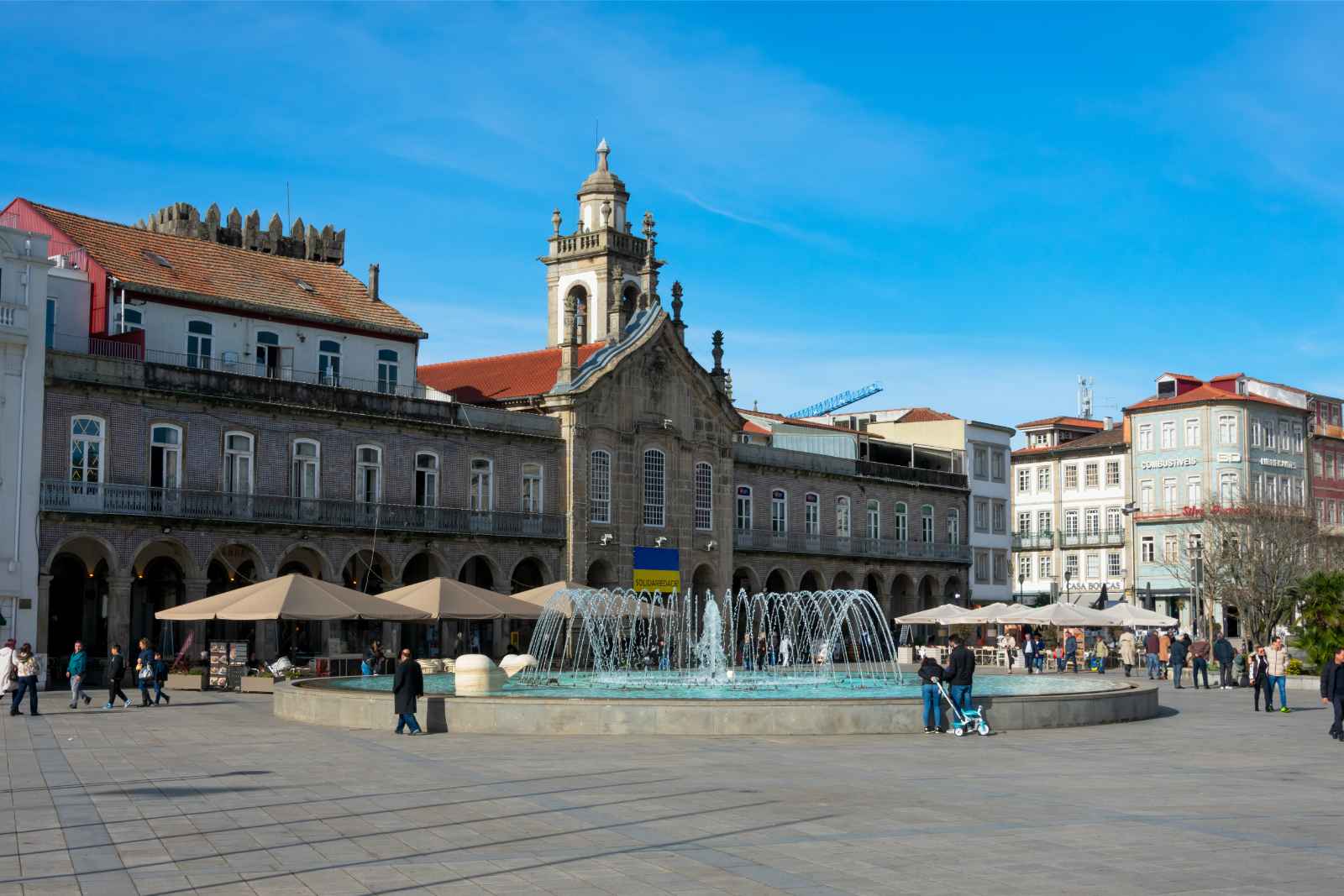
Braga is the first stop for anyone planning a thorough discovery trip through Portugal. Set in the north of the country, Braga is a city famous for its religious heritage. It is best known for Bom Jesus do Monte sanctuary, which attracts travelers from all over the world.
It’s a picturesque town with historic houses, ancient churches, and Roman ruins. Braga boasts gorgeous arcthiecture, which includes Baroque, Romanesque, Neoclassical, and Gothic elements. Also, Braga offers easy access to the only designated national park in Portugal (Peneda-Geres).
Practical Information: Braga is easily accessible by bus from Porto (1 hour 10 minutes).
29. Boat Rides in Aveiro Canals
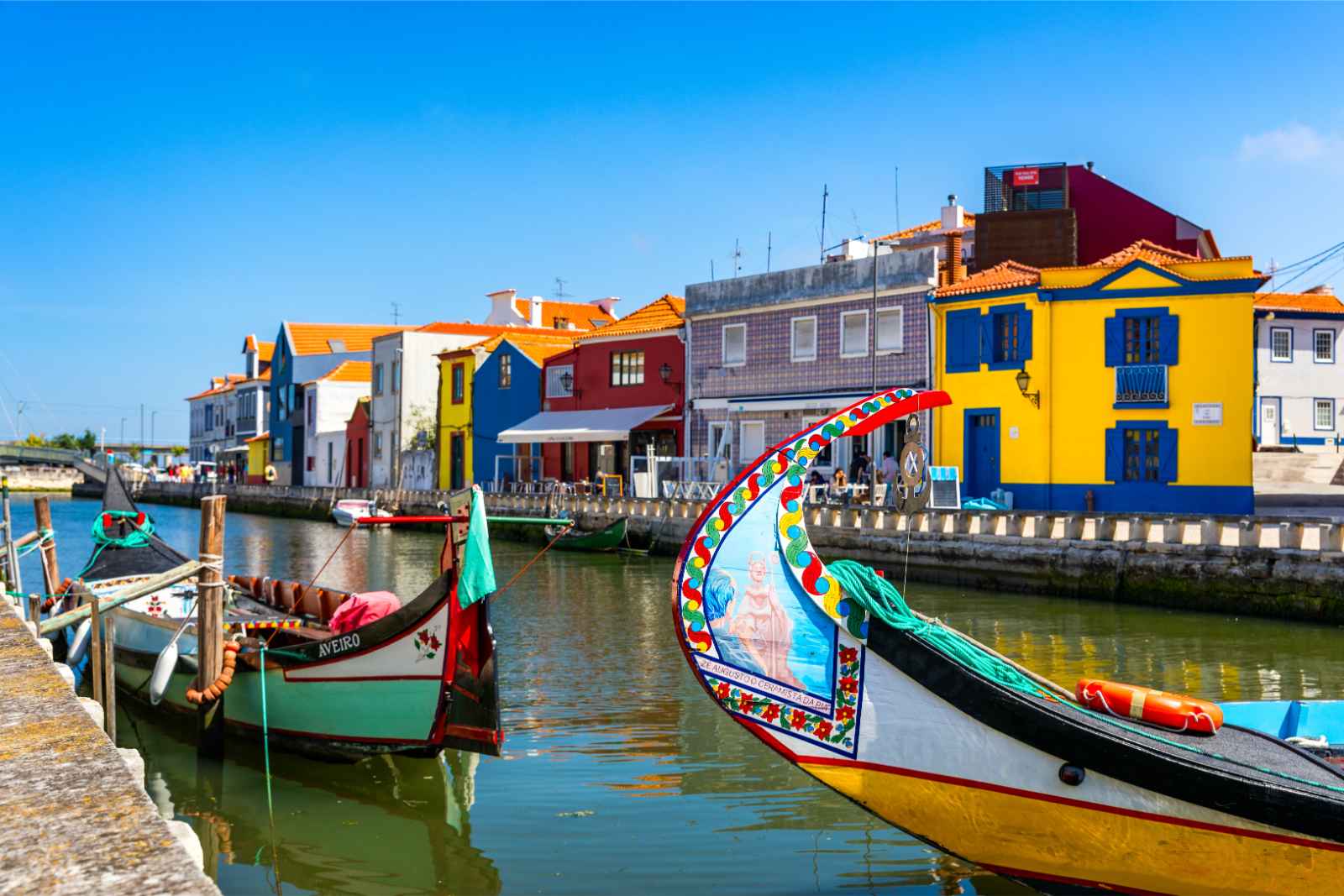
Aveiro is a town in the west of the country known as the Venice of Portugal because of its canals. Colorful boats locally called barcos moliceiros run through the canals, and jumping on one of these for a tour is the top thing to do in Aveiro.
The small boats are primarily intended for harvesting seaweed, but they’ve become the best tourist attraction in town. Aveiro is also known for Art Nouveau architecture in its historic center, as well as the Aveiro Museum with impeccable religious art.
Practical Information: Aveiro is accessible by train from Lisbon (two and a half hours) and Porto (40 minutes).
30. Marvel at Alcobaça Monastery
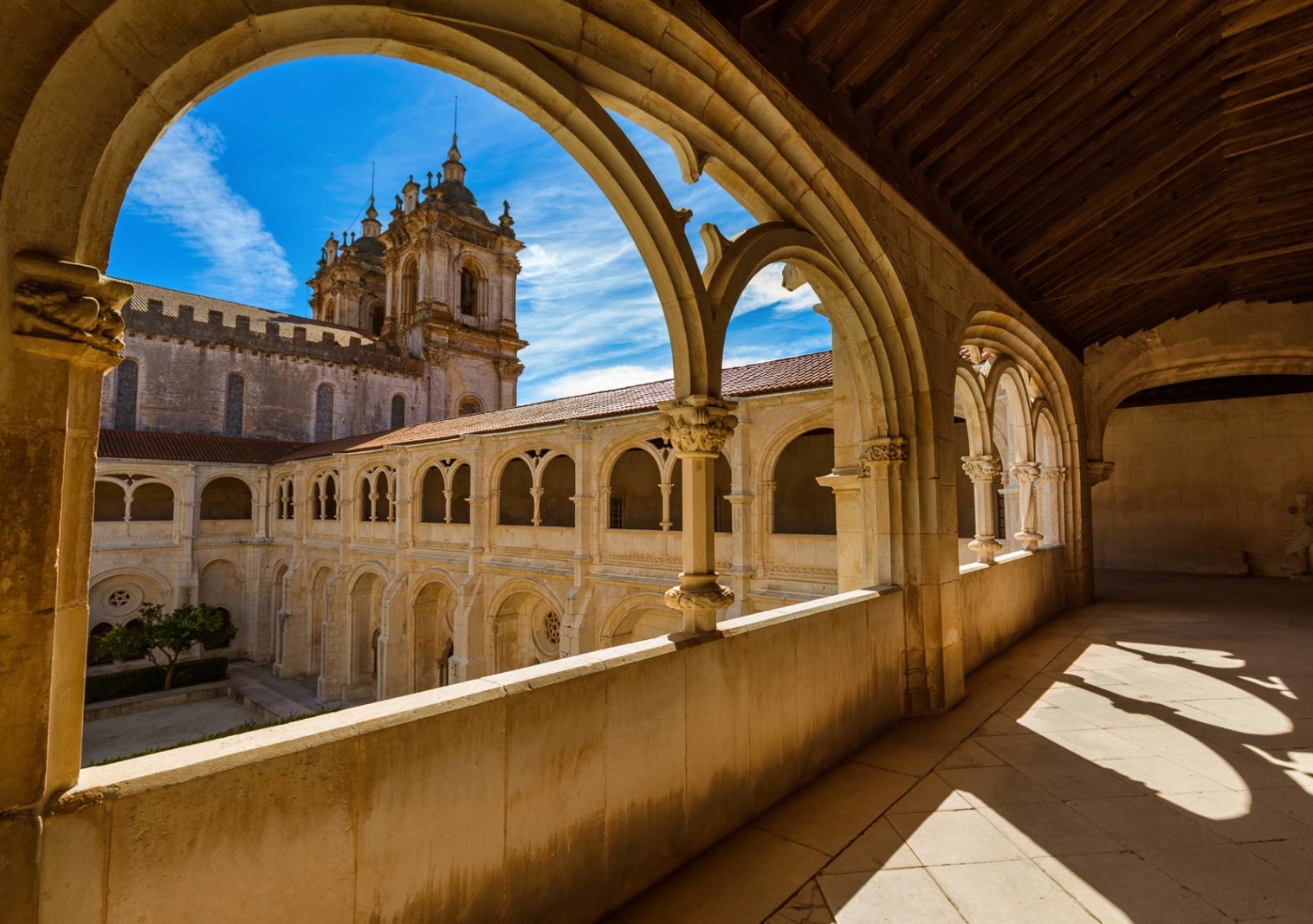
Set 120 kilometers north of Lisbon in Central Portugal, Alcobaça Monastery is a UNESCO World Heritage Site. It was constructed in the 13th century as the first Gothic building in the country, it was originally a Knights Templar stronghold. Baroque elements were added to the church in the 18th century, making it appear even more spectacular.
The church has free entrance and visitors must buy tickets to enter the monastery. They’re worth the money; the complex is massive and it takes hours to explore the entire grounds. See the stunning decorations inside, the tombs of Kind Pedro I and his mistress Ines, and the beautifully landscaped monastery gardens.
Practical Information: Alcobaça Monastery is open daily from 9 AM to 6 PM. Tickets are 10€.
FAQ for Visiting Portugal
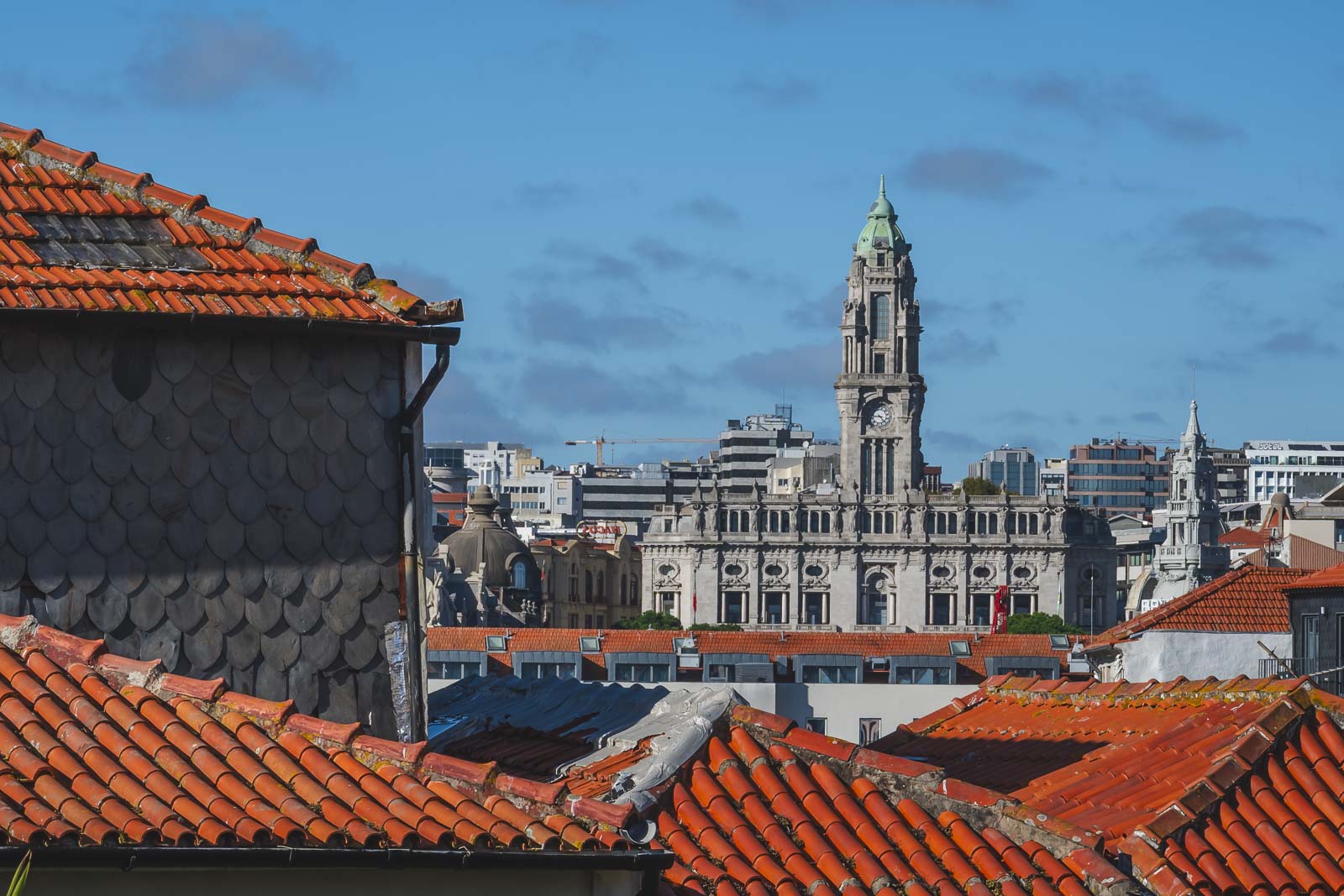
What Is The Main Thing Portugal Is Known For?
Food is the main thing Portugal is known for around the world. The country’s cuisine is heavily influenced by the proximity of the Atlantic Ocean and seafood is widely eaten in Portugal.
How Many Days Do You Need In Portugal?
You need at least 10 days to travel the country from north to south. Two weeks should give you plenty of time to explore most of Portugal’s famous landmarks.
Is It Cheap To Travel In Portugal?
Yes, it’s mostly cheap to travel in Portugal. It’s considered one of the most affordable countries in Western Europe, and more affordable than the neighboring Spain.
What Is The Nicest Part of Portugal To Visit?

The Algarve Region is the nicest part of Portugal to visit. With vast sandy beaches, excellent resorts, and plenty of historic villages, it showcases all the best of Portugal.
Tips And Information For Visiting Portugal

Best Time To Visit
Portugal can be enjoyed any time of the year. I’d even say it’s best to visit Portugal in the winter, especially if you live in a place where it snows. Escape the cold by going to Lisbon for a while, where it’s a balmy 16 degrees Celsius even in January.
Summer is the most popular season in the country, and there’s a huge influx of tourists from all over the world. Avoid summer if you’re interested more in tourist attractions than resorts and beaches.
Late spring and early fall are good seasons for warm weather and smaller crowds.
Getting There
The top three largest airports in Portugal are the ones in Lisbon, Porto, and Faro. Chances are you’ll be arriving at one of those airports, and if you can choose, I would choose Porto and start exploring Portugal from the north down.
But most people land in Lisbon, which is approximately half an hour outside the city center by public transport. Trains and buses can take you from Lisbon to other cities in Portugal.
Getting Around
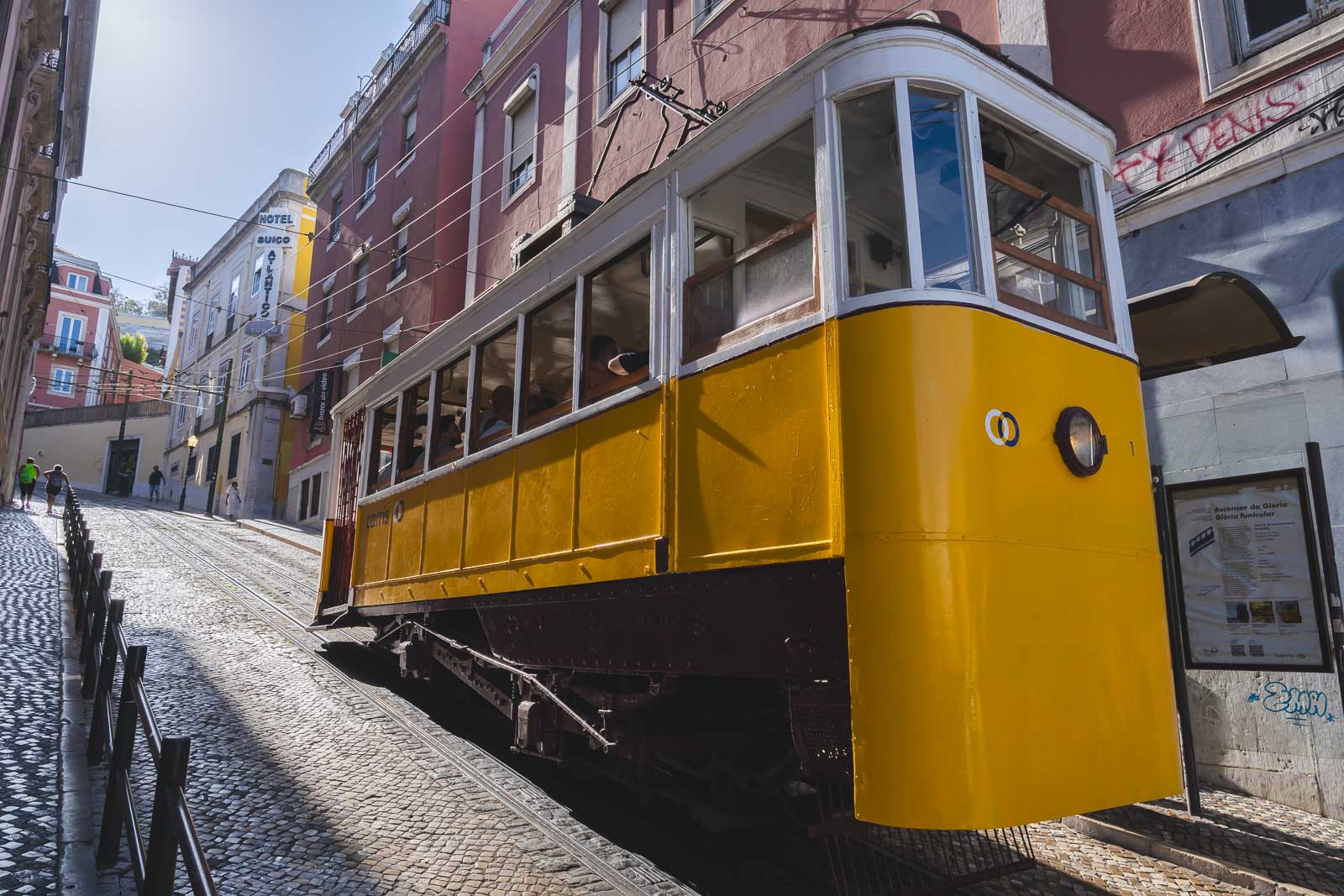
Portugal has a decent network of public transportation, but car rental is the best solution for exploring the country. Buses take much longer and are not available at nature parks outside the cities.
Train travel is good for getting from one major tourist center to another. The Algarve is connected to the north with trains, which travel much quicker than the buses. But they can’t take you to all the smaller towns worth your time in Portugal, and they’re still slower than driving.
How Much Time Do You Need
You can explore Portugal a little in five days as easily as you could spend a month wandering around the country and discovering all of its beauty. Plan a stay of 3-5 days if you’re mostly focused on staying in one city and touring its attractions, with an optional day trip. But consider a vacation of at least two weeks, if you want to explore as much of Portugal as possible.
The Algarve region alone takes at least a week, and I would reckon it’s even more time for all the spectacular destinations in Central and North Portugal.
Where To Stay In Portugal
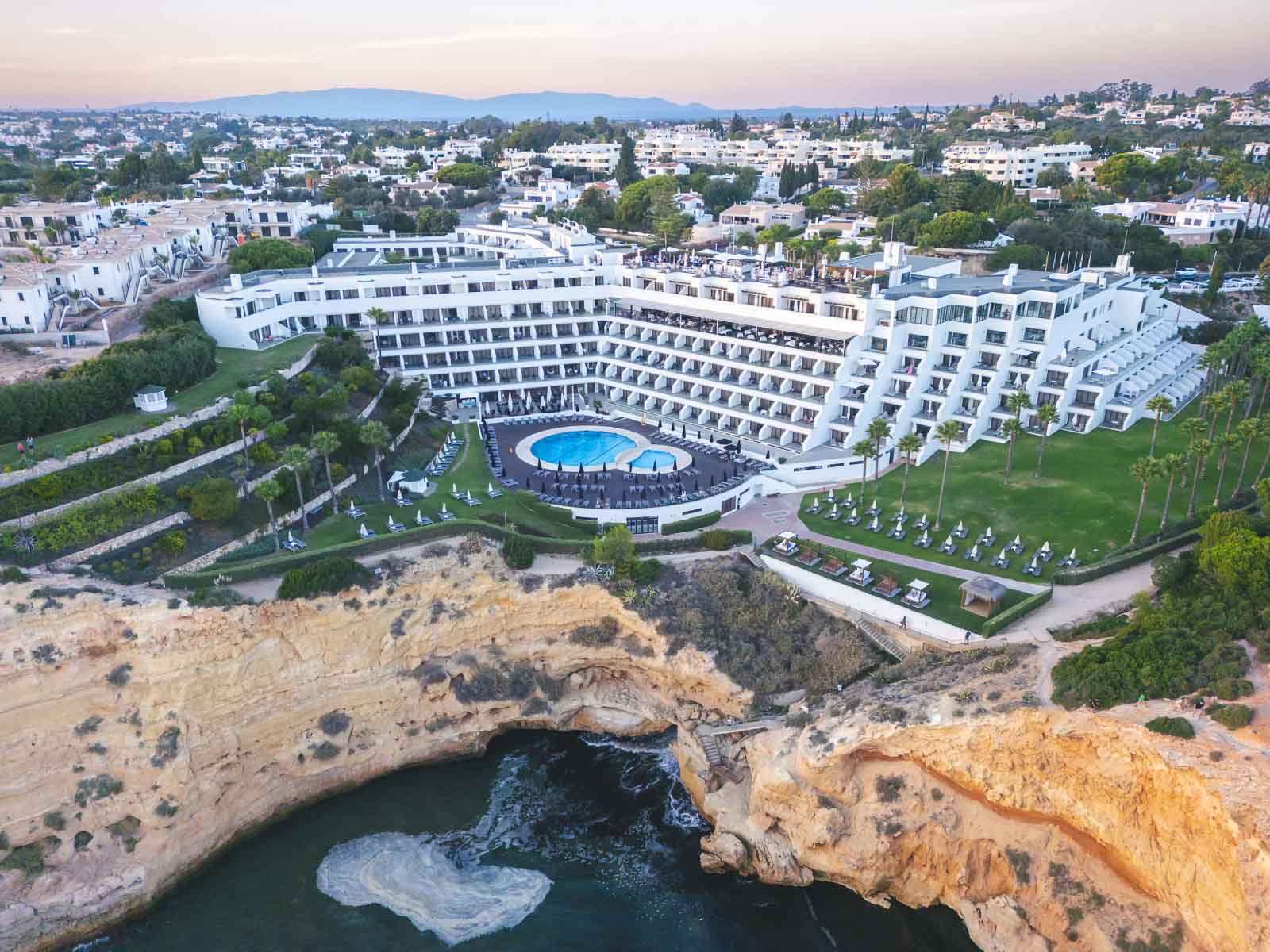
Stay in Lisbon to explore the capital city and for easy access to the south of Portugal. Alternatively, stay in Porto for a more relaxed vibe, and better access to attractions in the north of the country. Some of the best hotels in Portugal for all budgets are:
- Lisbon Art Stay Apartments Baixa is a popular boutique hotel in the heart of historic Lisbon.
- Óbidos Castle is a personal favorite. The medieval town is a must-stop on the way from Lisbon to Porto, and a night at the castle might just be the highlight of the trip.
- Se Catedral Hotel Porto is an excellent four-star hotel right next to Porto Cathedral.
- Tivoli Carvoeiro – Is a five star hotel in the Algarve with the best views of the sea. It is our favorite hotel.
Plan your trip to Portugal with these valuable resources
- 30 Best Things to Do in Porto, Portugal In 2024
- 18 Best Beaches in Portugal to Visit in 2024
- Where To Stay in Lisbon: A Complete Guide For Your First Visit
- 22 Best Day Trips From Lisbon in 2024
- 3 Days in the Algarve Itinerary
- 14 Best Things to Do in Sintra, Portugal in 2024
- 7 Reasons You Should Visit Obidos, Portugal
Travel Planning Resources
Looking to book your next trip? Why not use these resources that are tried and tested by yours truly.
Flights: Start planning your trip by finding the best flight deals on Skyscanner
Book your Hotel: Find the best prices on hotels with these two providers. If you are located in Europe use Booking.com and if you are anywhere else use TripAdvisor
Find Apartment Rentals: You will find the cheapest prices on apartment rentals with VRBO .
Travel Insurance: Don't leave home without it. Here is what we recommend:
- Allianz - Occasional Travelers.
- Medjet - Global air medical transport and travel security.
Need more help planning your trip? Make sure to check out our Resources Page where we highlight all the great companies that we trust when we are traveling.
You May Also Like
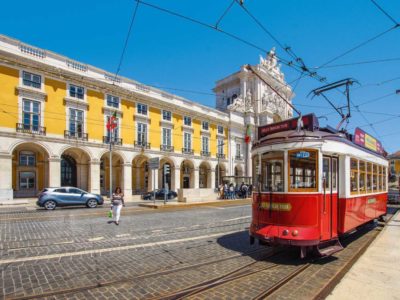
The Perfect One Day in Lisbon Itinerary

The Ideal One Day in Porto Itinerary: Your Complete Guide to The City
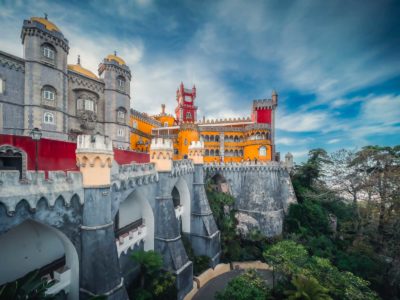
Ultimate Guide to Planning Your Sintra Day Trip from Lisbon: Tips & Itinerary
About ThePlanetD Team
Guest writers for The Planet D offer insider tips and information on destinations that they are experts in. We can't be everywhere at once, and it is important to have the highest level of travel information from local writers and experienced travelers.
Join thousands of others who get our monthly updates!
Leave a comment cancel reply.
Save my name, email, and website in this browser for the next time I comment.

Portugal Packing List: Everything You Need to Bring in 2024
WONDERING WHAT TO TAKE TO PORTUGAL?
I’ve got your back. Living in this incredible country since 2020, I’ve put together this Portugal packing list, sharing my personal tried-and-true favorites.
So do you have any burning Portugal packing questions? Like what to wear in Portugal in May? Or what are some essential things to bring? Have no fear — all your Portugal packing questions are all here.
Ready for my Portugal packing guide and a list of all the things to bring to Portugal? Let’s dive in.
⚠️ Don’t Pack A Portable Speaker
First things first, if you’re gearing up for a trip to Portugal’s beaches and thinking of packing that portable speaker, you might want to reconsider. In 2023, Portugal made a clear stance on maintaining the tranquil atmosphere of its shores.
The National Maritime Authority passed a rule: no more loud music from portable speakers on the beach. And trust me — they mean business. The fines can range from €200 to up to €36,000 . So if you do plan on packing your JBL speaker , make sure to leave it at home during a beach day.
Portugal Packing List: 13 Essential Items
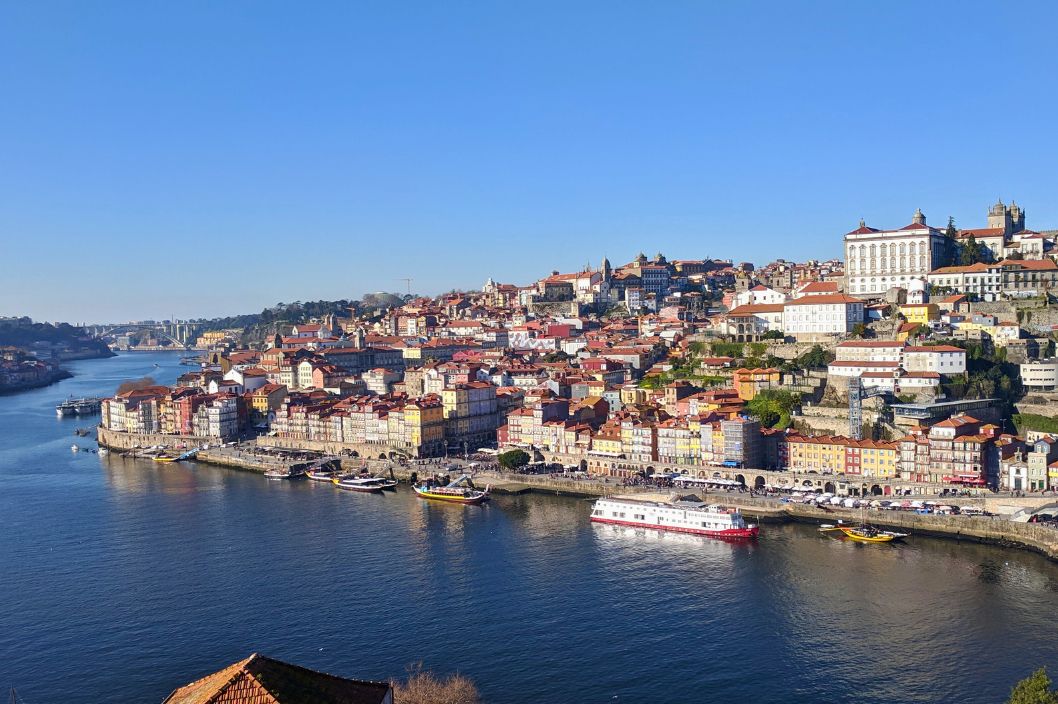
Now that we got what not to bring let’s answer the question: what to bring to Portugal ? This is not an exhaustive list of everything that you should bring to Portugal. This list can change depending on when you come and where you plan on going.
If you are packing for Portugal in September, you’ll probably end up taking a swimsuit , while if you packing for Portugal in March, you might want to bring warmer clothes and a waterproof jacket. In any case, this list of essential items provides a good foundation. You’ll probably need the majority of these things, whether you are going to Porto in November or Madeira in August.
1. Comfortable Walking Shoes
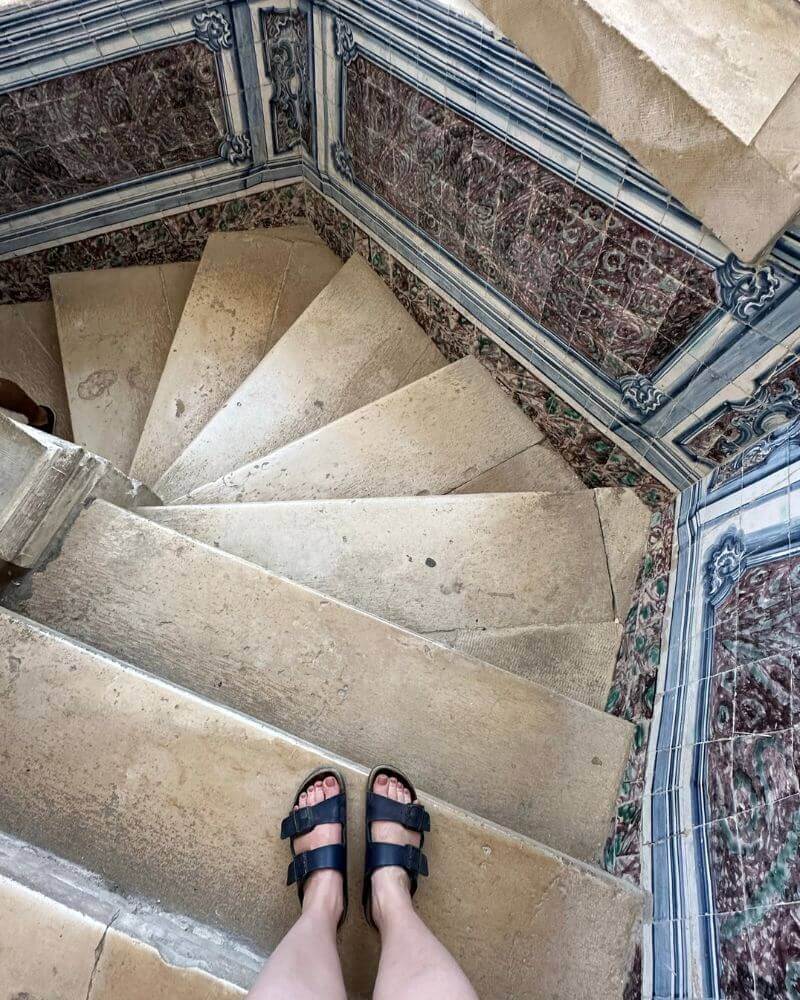
The #1 thing you need to bring if you are heading to Portugal is comfortable non-slip shoes. Along with charming cobblestone streets, many of the cities, like Porto and Lisbon, were built on hills. These hilly terrains and tricky cobbles can be a workout for your feet, so packing a pair of comfy shoes is an absolute must.
The type of shoes that you decide to bring really depends on when you are coming and what you plan on doing. Remember, regardless of the season, heels and flip-flops are not the best idea —as a main walking shoe—especially if you plan on exploring Portuguese cities on foot.
In terms of shoes, I personally love Birkenstocks and Merrel or Sorel hiking shoes. But I have also heard good things about Teva sandals. These Teva Women’s Hurricane Xlt2 Sandals , for example, have over 8,000 reviews and an overall 4.6 rating.
A quick tip: If you plan on going to any river beaches or any outdoor water-inspired activities , I would strongly recommend that you also bring a pair of sturdy water shoes to protect your feet.
Portugal Packing List
2. travel safety purse.
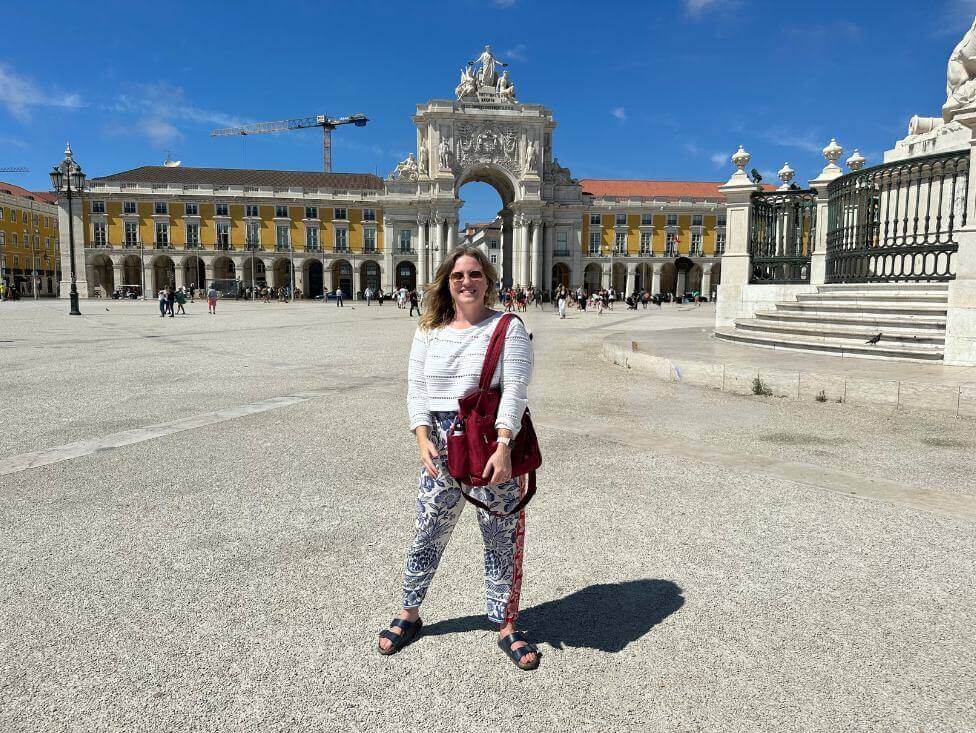
Is Portugal safe? Yes, it is. Crime rates are low, and rates of violent crime are practically nonexistent. And although it is one of the safest countries to visit in Europe, this doesn’t mean that crime doesn’t happen.
Pickpocketing is a potential risk in major cities like Lisbon and Porto, so I always recommend travelers bring along a travel safety purse or travel backpack. My favorite? Travelon . I have multiple purses from them and have taken them all over the world.
👜 Travelon Convertible Backpack/Tote Bag

All of Travelon’s products have a 5-Point Anti-Theft Security System. It protects travelers with lock-down straps, pickpocket-proof compartments, a slash-resistant body, steel-wired straps, and RFID-blocking pockets.
On top of the anti-theft system, the Travelon Convertible Backpack/Tote Bag has a main compartment, front zip pocket, water bottle slot, and a key clip with LED, all in water and dirt-resistant fabric.
If you don’t like wearing a purse or prefer something smaller, have no fear. Travelon has products for both men and women, including men’s bags , carry-on bags , cross-body bags , and unisex waist packs.
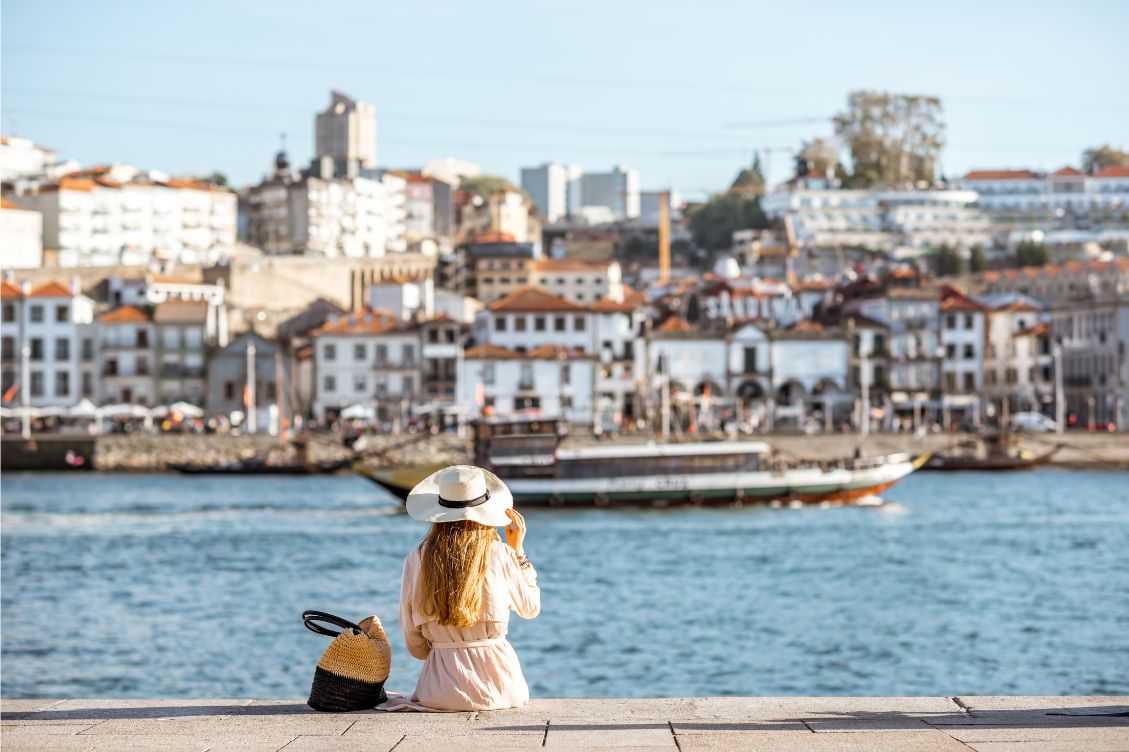
A day bag is a personal preference, but it is a great option if you plan on spending the day exploring, going on a day trip (like a Lisbon to Porto day trip ), or doing any type of outdoor activity (FYI, Portugal is famous for its hikes ).
I tend to wear day bags for two specific reasons. The first is to fit in all my camera gear, including my drone. For these types of trips, I love to bring my Manfrotto backpack that I’ve had for years — yes, it’s that sturdy. Other brands I recommend are Nomatic and Lowepro backpacks.
Then there are trips where I’ll bring a day bag filled with a water bottle, a sweater, snacks, and some other nick-nacks. In those cases, I tend to either bring a collapsible day bag or a regular day bag. I’ve recently fallen in love with TropicFeel and all their products.
4. International Charging Adapter
This item is definitely a no-brainer. A universal travel adapter is essential because it ensures that your devices can be charged and used in any country, regardless of varying plug shapes and voltage requirements.
Without one, you risk being unable to connect their devices or even damaging them due to incompatible electrical systems.
🔌 Universal Power Adapter Worldwide

Why do I love this particular adapter ? It boasts international compatibility, with plugs suitable for over 160 countries, ensuring seamless connectivity wherever you go. It also stands out with its ability to smartly charge five devices simultaneously using 4 USB slots and 4 AC sockets.
Finally, prioritizing safety, this adapter is certified with a 6.3A fuse, FCC CE ROHS safety system, and added features like surge protection and child shock protection, ensuring a worry-free experience for all your charging needs.
5. Packing Cubes
Packing cubes are especially handy for a trip to Portugal. With the variety of activities you’ll be diving into, you’re bound to pack a mix of clothing. So why rummage through a jumbled suitcase when you can easily organize and find exactly what you’re looking for?
I admit I’m biased, as I have been a loyal Eagle Creek customer for the last fifteen years. My favorite is the Clean/Dirty Packing Cube , perfect for keeping clean and dirty undergarments separate.
🧳 Eagle Creek Packing Cubes

Another favorite is the Pack-It Specter Starter Set , which comes as a trio. Inside, you get a medium Garment Folder, perfect for keeping those special clothes wrinkle-free. Plus, it comes with 2 sizes of Pack-It Cubes for effortlessly organizing your smaller clothing items and keeping undergarments separated and tidy.
The great thing about packing cubes is that they can be reused and can also be quite handy when you aren’t traveling. I use some of my packing cubes to separate my clothes when I go to the gym.
6. Portable Travel Safe
Again is Portugal safe? Yes! But there have been stories of Airbnbs being robbed when travelers are out and about exploring the city. Although less common, this can also happen in hotel rooms.
For extra piece of mind, a portable travel safe allows you to keep all of your valuables safely locked up at your accommodation while you explore. Remember, you should never sightsee with your passport, and you should always leave one extra credit card in your room, just in case you get pickpocketed.
🔒 Masterlock Small Portable Lock Box

This lock box is small but mighty. It also includes a cable to wrap securely around a fixed object or can be used as a carrying handle.
7. Power bank
Portugal is a picturesque country with beautiful photo opportunities lurking at every corner. Given its beauty, you’ll find yourself frequently reaching for your phone to capture those unmissable moments. However, this frequent usage can drain your battery in no time.
To avoid missing out on that perfect shot due to a dead battery, always have a portable power bank (or battery pack) in tow. The market is flooded with options, but aim for a fast-charging power bank boasting at least 10,000mAh capacity.
Ultimately, the best choice hinges on your specific needs, but it’s always better to be prepared for those snap-worthy Portuguese views. The one that I carry with me around Portugal? This INIU Power Bank, 25000mAh 65W USB C Laptop Portable Charger.
A quick tip: I was in a restaurant in Coimbra, and I asked if I could charge my phone, and they refused . They even had a warning printed on their menu. What is the moral of the story? Be prepared and don’t assume anyone will charge your phone.
8. Sunglasses
If you are visiting Portugal, even in winter, expect to see the sun and lots of it. Given that my eyes are on the sensitive side, I’ve made it a habit to always keep a pair of sunglasses handy in my handbag.
🕶️ Sunglasses

I personally love Raybans, and I have about 4 different styles. But I have to say, hands down, my favorite pair (other than these Hexagonal Flat Lens Sunglasses ) are these Double Bridge Round Sunglasses . I personally have the polarized ones, and I recommend them for their style and sturdiness.
9 . Quick-Dry Travel Towel
In Portugal, this travel towel wears many hats. It’s ideal for lounging on the beach or accompanying you on scenic day cruises. Use it as a packing cushion, a modesty wrap, or even as a makeshift seat cover on public transport. Its versatility is truly unmatched.
🧖♀️ Quick-Drying Travel Towel

Made from high-quality materials, this specific microfiber towel is ultra-light and super absorbent, ensuring you dry off quickly. Its compact nature makes packing a breeze, and it comes with a breathable mesh carrying bag.
An added bonus? The towel features a convenient hang snap loop and a zip pocket to safely store your valuables like cellphones and keys
10. Luggage Scale
A luggage scale can be a lifesaver, especially when you’re tempted by delightful souvenirs like Portuguese wine . It’ll ensure you stay within airline weight limits, saving you from any unexpected baggage fees.
⚖️ Luggage Scale

This particular luggage scale is compact and easily switches between pounds and kilograms. Its backlit LCD screen displays weight, signals low battery, and alerts for overload. Designed for travelers, it features a durable hook and nylon strap for bags.
11. A Toiletry Bag
Another obvious yet essential addition to the list is the perfect toiletry bag. I personally recommend something that lies flat and has multiple see-through compartments— this allows you to easily organize and see all of your products.
👜 Toiletry Bag

Again I’ll recommend Travelon here, and this particular toiletry bag has 4 zip compartments, 2 slip pockets, loops for brushes, and av front zippered pocket.
12. Photocopies of All Your Important Documents
Obviously, a copy of your passport isn’t going to grant you any travel privileges, but it’s still a smart thing to have on hand. Imagine the stress of misplacing your passport in a foreign country — it’s a nightmare. A photocopy can speed up the process at the local embassy if you need a replacement.
Also, when you’re out and about in Portugal, keep that copy with you, and if there’s ever a need to flash some ID, pair it with your driver’s license. It’s all about being prepared without risking your originals.
13. A European eSIM
Do you need an eSIM in Europe? Definitely. An eSIM is essentially a digital SIM card, eliminating the need for a physical one. Instead of swapping out tiny cards, eSIMs can be activated with just a few taps on your smartphone. Super convenient, right?
Now, when you’re navigating the beautiful landscapes of Portugal, staying connected is crucial. Whether it’s hailing an Uber for a ride, pulling up directions on Google Maps, or even just checking out local recommendations, a stable internet connection will make your journey smoother and more enjoyable.
If you are still on the fence about securing an eSIM before your trip to Portugal, The Savvy Backpacker wrote a great article about the best eSIM for European Travel .
What’s the most important thing to add to a Portugal packing list?
Step aside, fashion — when you’re packing for Portugal, the undisputed MVP of your suitcase should be comfortable, non-slip shoes.
Portugal’s picturesque cobblestone streets and hilly terrains can be a challenge. And while they’re oozing with charm, they’re also notoriously slippery and uneven. So comfy non-slip shoes are a must. Also, opt for shoes that you’ve already broken in.
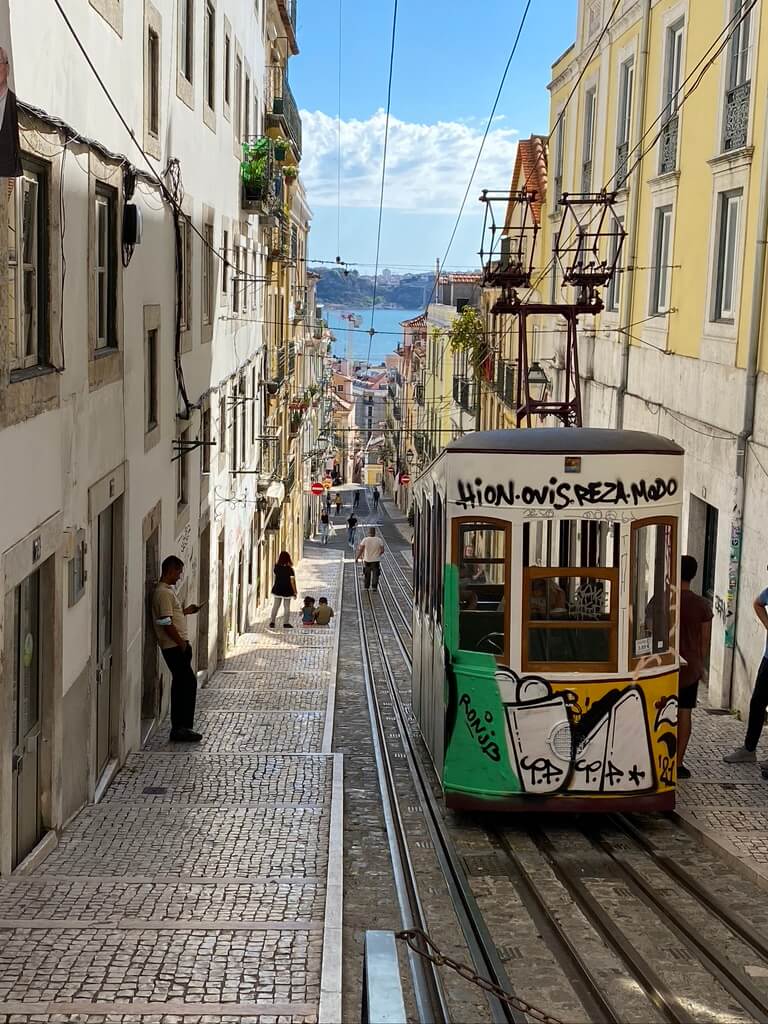
And if you want to level up the comfort game, consider adding extra cushioning or insoles to your packing list for Portugal. They’ll give your feet that added support, turning those long exploration days into a breeze.
Portugal Packing List: Month-by-Month Breakdown
Wondering what you should be packing for Portugal in October? Or putting together a Portugal summer packing list? Let’s dive into some seasonal-specific items that you should be bringing on your trip.
Jan-February

Portugal’s winter during January and February can be a mixed bag. With temperatures typically ranging from 8°C to 15°C (46°F to 59°F) , it’s colder and damper, especially up north. The Algarve, however, tends to be a tad warmer.
Rain can make frequent appearances, so if you’re packing for these months, prioritize warmth and dryness. Load up your suitcase with warm clothes — think cozy sweaters and thermal leggings. Umbrellas or waterproof jackets are essential to fend off unpredictable showers.
March-April
As spring starts to tease Portugal in March and April, the weather begins its unpredictable dance. While days can feel pleasantly warm, often hovering between 12°C to 20°C (54°F to 68°F) , evenings might have you reaching for that sweater or even jacket.
So what to wear in Portugal in March and April? The transition from winter to spring can be a little sneaky: sunny strolls can quickly turn to cool evenings. For these months, lean on versatility.
Your packing list for Portugal in April and March should still include warm clothes but also consider lighter layers that can be added or removed as the day’s temperament changes.
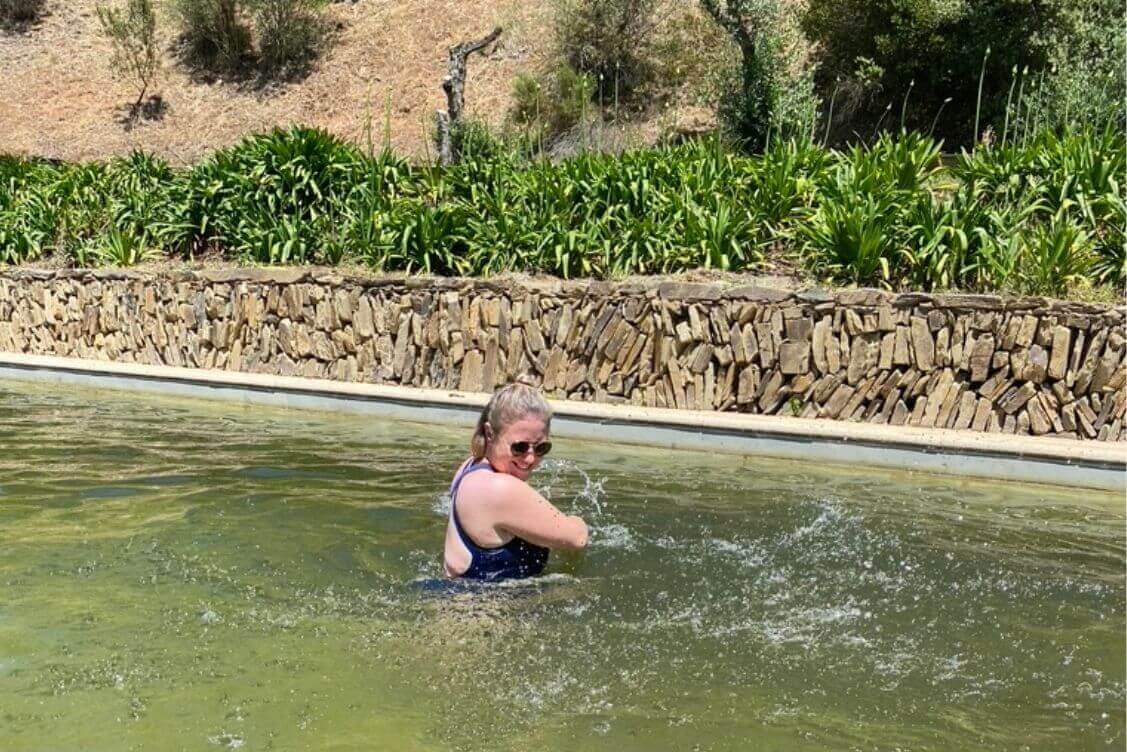
Ahhh, the magic of May and June in Portugal: the coveted shoulder season. The climate finds its sweet spot during these months, gifting us with warm, inviting days that aren’t too scorching. Expect temperatures to comfortably nestle between 16°C to 25°C (61°F to 77°F).
But don’t be fooled by the daytime charm; evenings are still quite cool. So, your packing for Portugal in May list should include a light jacket or sweater for those cool chilly mornings and evenings. Also, as nature buzzes to life, bugs make their debut, especially if you plan on going to the countryside. A good bug spray will be your best ally.
And let’s not underestimate the strengthening sun – arm yourself with sunscreen, a trusty hat, sunglasses, and maybe even a fashionable scarf for that added flair and protection. You’ll be able to go to the beach during this time, so pack your beach must-haves.
July-August
Welcome to the sizzling heart of Portugal’s summer! July and August are not shy, delivering temperatures that soar between 25°C to 35°C (77°F to 95°F). When prepping for city explorations, lightweight, breathable fabrics are a must. Think linen shirts, flowy dresses, and open-toed sandals for those scorching city streets.
If the beach beckons, arm yourself with the basics: a trusty swimsuit, flip-flops, and an oversized beach towel. But remember, the sun here doesn’t play. A wide-brimmed hat, a bottle of high SPF sunscreen, and those sunglasses are non-negotiables.

Have you heard of a cooling towel? This Hero Cooling Towel is a high-quality microfiber that can provide you with between 30-60 minutes of cool, relaxing support when you need it most. Perfect for those hot Portuguese summer days. ↳ BUY IT HERE
For adventurers, your Portugal packing list summer edition should include specialized gear. Athletic wear, durable hiking boots, heavy-duty sunscreen, and a day pack are key. And whatever your summer activity, hydration is key . Always carry a reusable water bottle to beat the heat.
September-October
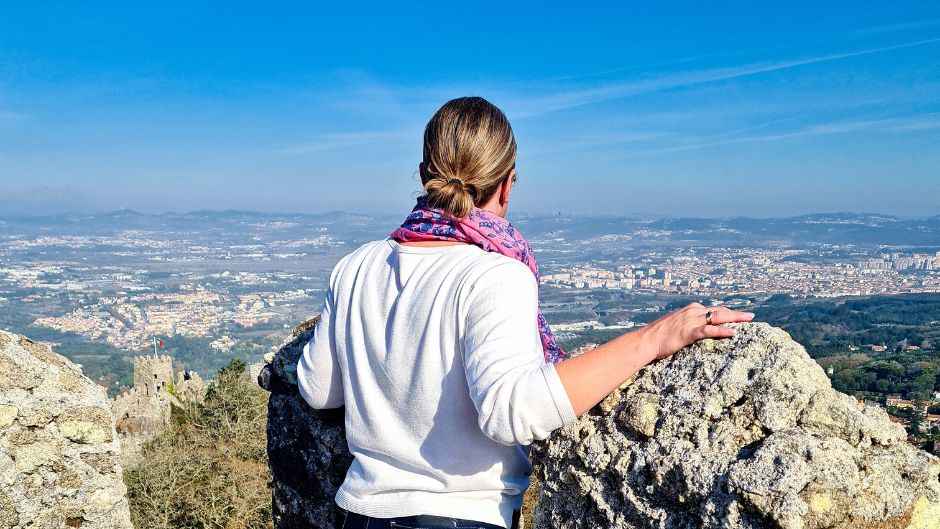
September and October are Portugal’s second shoulder season. The hustle and heat of the peak summer simmer down, yet the warmth lingers, with temperatures usually floating between 18°C to 28°C (64°F to 82°F).
☀️ A tip for beach lovers: September often has the warmest ocean temps, making it perfect for dips, dives, and surfing .
While your summer staples – light dresses, shorts, and tees – will serve you well during the day, it’s wise to keep a cozy sweater or a jacket handy for the increasingly cooler evenings. September and October are also prime months to go to the Douro Valley to watch the grapes being harvested.
November-December
As Portugal transitions into winter during November and December, temperatures usually range between 10°C to 18°C (50°F to 64°F). Though it’s not the deep cold of January, you’ll definitely feel the change in the air.
Expect regular rain showers during these months. So, it’s wise to pack waterproof essentials like a good rain jacket, a durable umbrella, and shoes that can handle a splash or two. Layering is key. Pack sweaters, long-sleeve shirts, and a decent jacket. If you are looking for snow in the winter, you can also find it at Serra da Estrela.
And remember, even with the colder weather, Portugal’s charm remains. The streets come alive with festive decorations and bustling Christmas markets, making it a delightful time to explore.
What to Wear in Portugal
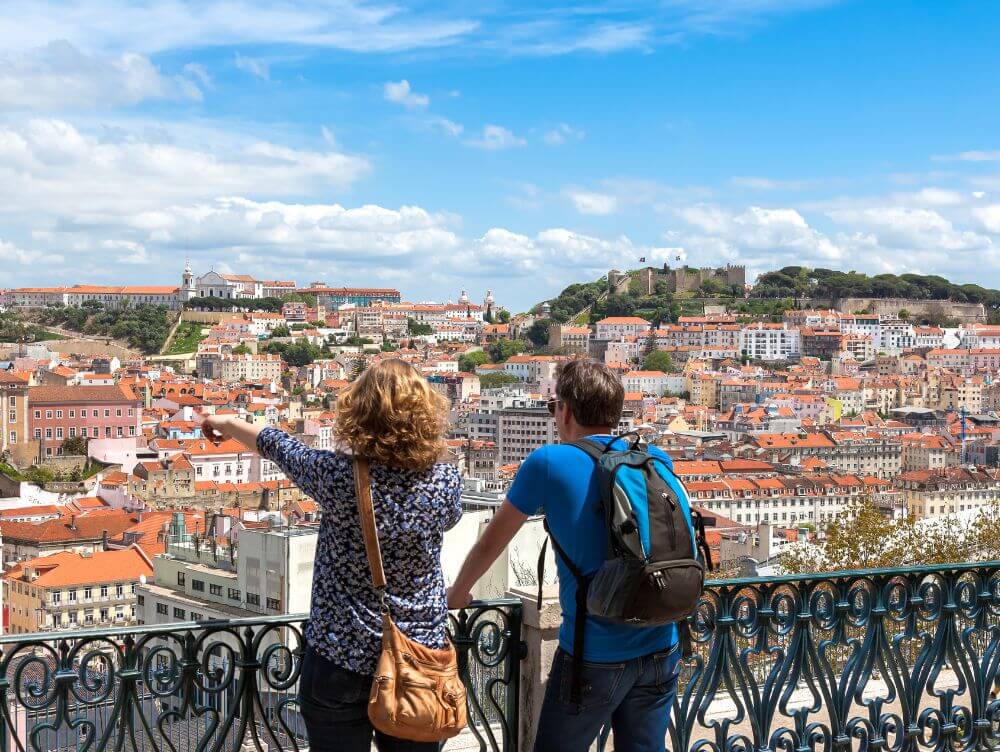
Portugal, unlike some of its European neighbors, offers a more relaxed vibe when it comes to attire. So the fashion in Portugal? Relaxed. That said, it’s always helpful to blend in and look the part when touring this beautiful country. Here’s what I’d suggest:
- Comfy Footwear is Essential: Ditch the heels. The charming but uneven cobblestones can be tricky. If you’re aiming for a chic look, stylish flats are your best bet.
- Beachwear for the Beach: While the sun might beckon you to don those swimsuits and sarongs, keep them reserved for beach days. Strutting them in city centers is a no-no.
- Layers, Layers, Layers: Whether it’s spring’s mild chill or winter’s biting cold, layering is the key. Opt for light layers during fall/spring and more substantial, waterproof layers in the colder months.
- Respect Religious Sites: Summer’s scorching heat might tempt you into minimalistic attire, but always carry something like a pashmina. It’s perfect for when you need to cover up at religious sites or monasteries.
- Stay Prepared for Unexpected Weather: Places like Sintra are notorious for sudden weather changes. While dressing for the day, be prepared just in case the temperature drops or if it starts raining.
- Opt for Versatile Clothing: Items that can be dressed up or down are your best choices. The type of clothing in Portugal you should wear? Think basic tees that can be paired with jeans for daytime exploring or with a nice skirt or trousers for evening outings.
And above all else, have fun. There is no real Portugal dress code. Embrace the vibrant culture and breathtaking landscapes of Portugal with style and confidence.
Packing List Portugal: 5 Tips
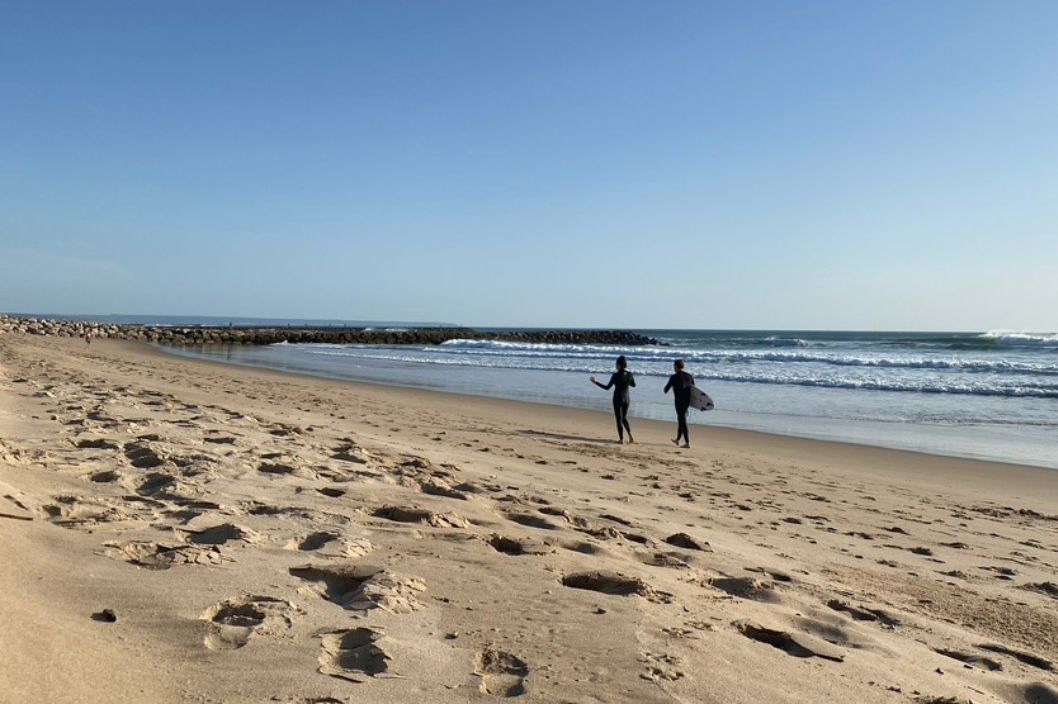
To help you tread the balance between over-packing and missing essentials, here are five essential travel tips to consider on what to pack for Portugal.
1. Consider The Season You’re Visiting
When traveling to Portugal, the season is a prime factor in deciding what to pack. Summers in the country, particularly in the southern regions, can be intensely hot, prompting the need for lightweight and breathable outfits.
On the other hand, winters can bring cold and damp conditions, especially in the northern areas. Here, cozy sweaters, waterproofs, and warm layers come into play. Spring and fall offer milder temperatures, yet packing might require a mix of both light and warm clothes.

2. Consider Your Itinerary
Where you’re headed in Portugal makes a big difference in what you pack. If you’re visiting cities like Lisbon or Porto, think about comfy shoes for walking, good day outfits , and maybe something nice for special evenings . For nature trips like the Azores or Madeira, gear up with sturdy clothes that match the outdoor activities you’re planning.
As a result, your Lisbon packing list may be very different than your Algarve or Madeira packing list. Always think about where you’re going and what you’ll be doing — be it urban exploration, beach relaxation, or mountain hiking — and pack in accordance with what you plan on doing.
3. Suitcase Vs. TravelBackpack
Those mesmerizing cobblestone streets? They’re not suitcase wheel-friendly. Accommodations, particularly Airbnbs situated in historic centers, may come with the challenge of lugging your belongings across cobblestones and up never-ended steps.
In these scenarios, a durable, ergonomic travel Portugal backpack could be a more versatile and manageable choice. Even if you are set on bringing a suitcase, opt for one smaller-sized hard-cover suitcase — remember, less is more.
4. Pack Light
Speaking of downsizing—allow yourself to savor every moment in Portugal without being bogged down by an overflowing suitcase. Prioritize packing essential items, lean towards versatile clothing options that can be mixed and matched, and always reserve some space for the unique souvenirs you’ll undoubtedly want to bring home. Embrace the philosophy: Quality over quantity.
5. Buy Toiletries in Portugal
Dragging heavy liquid toiletries across borders? Skip that hassle. Portugal has a range of stores offering everything from shampoos to lotions, often at comparable prices. By buying locally, you not only lighten your luggage but also get a chance to try some local brands, which might just become your new favorites.
Portugal Packing List: Frequently Asked Questions
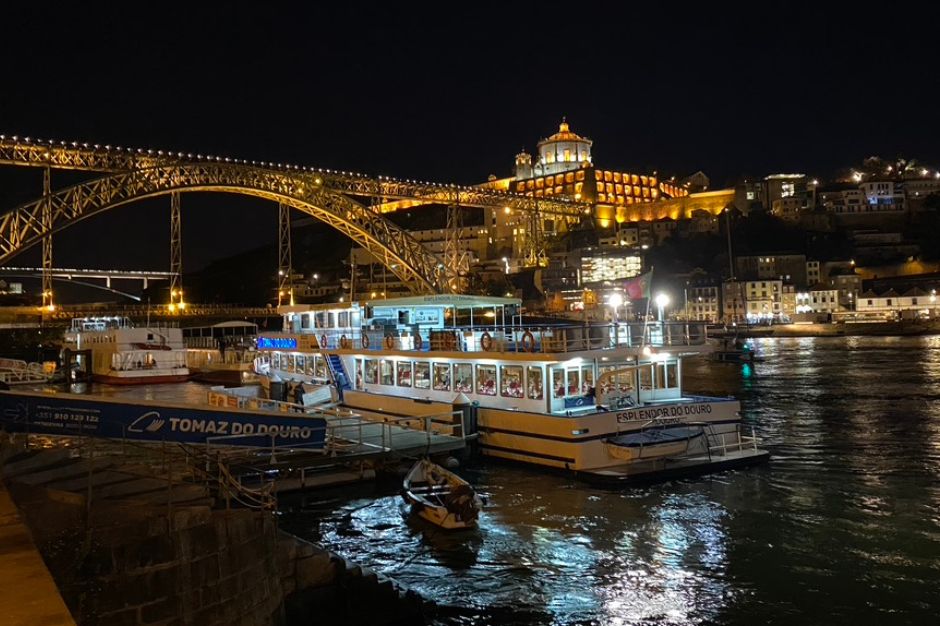
What should I pack for 4 nights in Portugal?
Depending on your destination and the season, the essentials might vary. Typically, for a short trip, consider packing:
- 3-4 versatile outfits (mix of casual and slightly dressy)
- A pair of comfortable walking shoes
- A light jacket or sweater
- Essential toiletries
- A day-pack or tote for daily outings
- Travel adapter (for European outlets)
- Personal entertainment or reading material for downtime.
What to wear in Portugal in winter?
Warm and waterproof layers are a must. Think cozy sweaters, a waterproof coat, sturdy boots, scarves, and possibly gloves and a beanie, especially if you’re venturing north.

If you are questioning what to wear in Portugal in December, let’s break it down. December marks the start of the colder season in Portugal. Expect temperatures to range from 8°C (46°F) to 15°C (59°F) depending on the region. Here’s a guide:
- Layering is key: Start with a comfortable base layer, like a lightweight shirt or blouse, and then add a sweater or cardigan. Top it off with a medium-weight jacket.
- Footwear: Closed-toe shoes or boots are essential. Think waterproof or water-resistant, especially if rain is in the forecast.
- Accessories: Scarves, gloves, and beanies aren’t just fashionable; they’ll keep you warm on those chilly mornings and evenings.
- Rain Gear: While December isn’t the rainiest month, sporadic showers are common. Pack a compact umbrella or a light rain jacket.
- Night Out: If you plan to enjoy Portugal’s nightlife, a stylish but warm outfit is a must. Blazers for men and shawls for women are practical choices.
Remember, while days can be milder, nights tend to be colder. So, always be prepared with an extra layer!
What to Wear in Portugal in Summer
Light, breathable clothes to handle the heat. This includes shorts, tank tops, sundresses, sandals, sunglasses, a hat for sun protection, and definitely sunscreen. Also, don’t forget a swimsuit (or even two to mix it up a little).
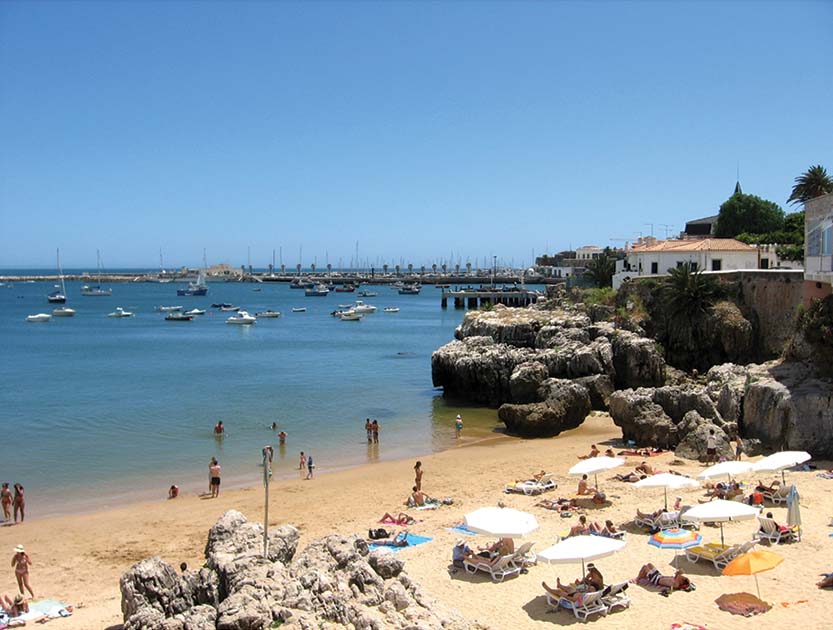
What should tourists wear in Portugal?
How to not look like a tourist in Portugal? To blend in seamlessly, opt for a casual chic approach. Neutral colors, paired with stylish yet comfy shoes, work well. Also, avoid overly touristy outfits like “I Love Portugal” t-shirts.
Opt for neutral colors, stylish yet comfy shoes (think flat shoes over heels), and a fashionable yet functional bag.
What do people wear to go out in Portugal?
For a casual outing, locals often wear chic yet comfortable outfits, pairing jeans or nice trousers with a stylish top. For more upscale venues, dresses or more formal wear might be appropriate. But, generally, the vibe is elegant and casual.
Do I need bug spray in Portugal?
It’s a good idea, especially during the warmer months. While Portugal doesn’t have a significant mosquito problem, having bug spray can be beneficial, particularly if you’re heading to more rural or coastal areas in the evening.
Final Thoughts: Packing in Portugal

Getting ready for Portugal? Drafting your ultimate Portugal packing list is about more than just choosing the right attire. While understanding how to dress in Portugal is important, it’s the meticulous preparations that can be game-changers. Remember to photocopy your passport, consider bringing multiple credit cards (just in case), and always have travel insurance.
If you visit during the summer months, prepare for a blend of beachy relaxation and vibrant city exploration, perhaps paired with sips of the nation’s renowned wine. Meanwhile, winter unveils a different charm, proving Portugal is truly a year-round destination.
As you note down the things to pack for Portugal, strike a balance between pragmatism and pleasure to ensure your trip is unforgettable.
Yvonne Ivanescu is the founder of Now in Portugal and Now in Rio Swim, an ethical and sustainable swimwear company. She is a writer, editor and marketer with over 10 years of experience.
Storytelling is her second nature and she wants to share the magic of Portugal with the rest of the world.
Similar Posts
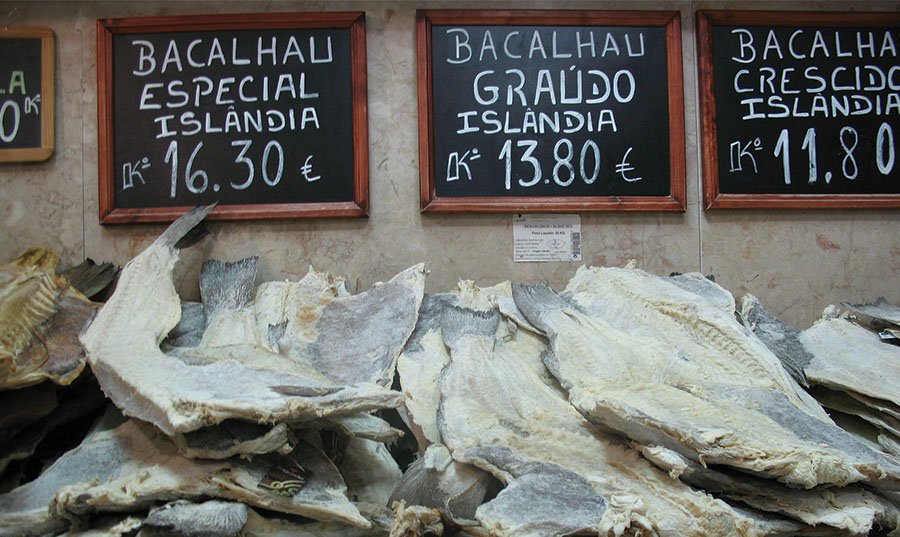
Why Do the Portuguese Love Bacalhau? + 5 Dishes To Try
One of the first things you will probably notice while on a trip to any Portuguese city is that almost every restaurant advertises “bacalhau.” No matter if you go to Porto or Braga in the north, or all the way down to the beautiful beaches of the Algarve in the south, bacalhau is a thread that connects every corner throughout the country.
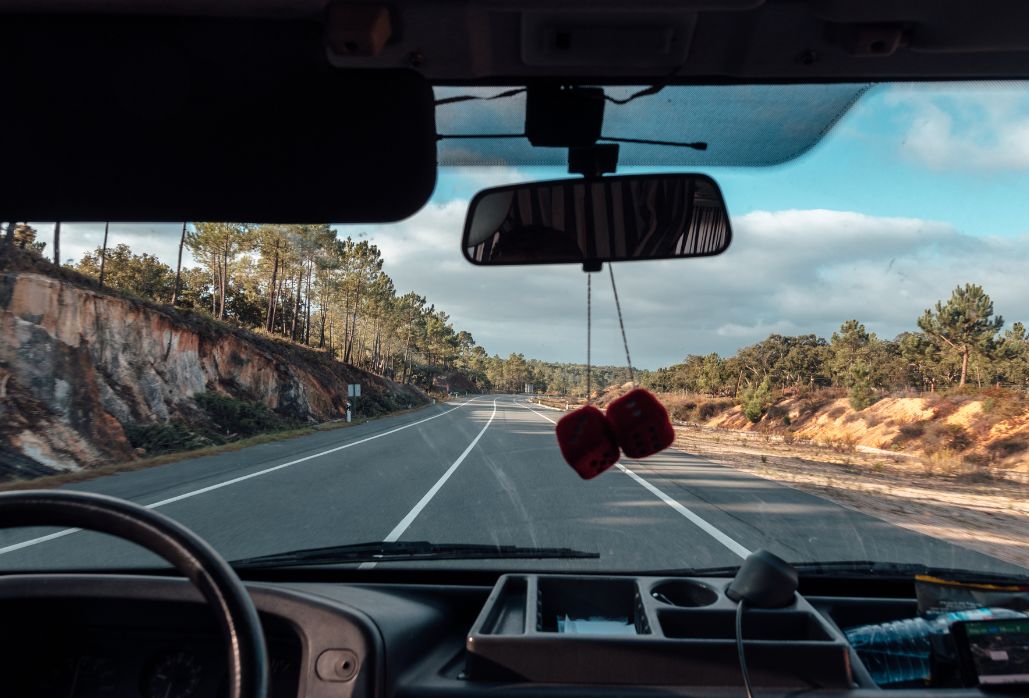
Driving in Portugal: Your Best Guide to the Portuguese Highways
Thinking about driving in Portugal? Dive into this ultimate guide for all things Portugal driving. Navigate roads confidently and discover hidden gems.
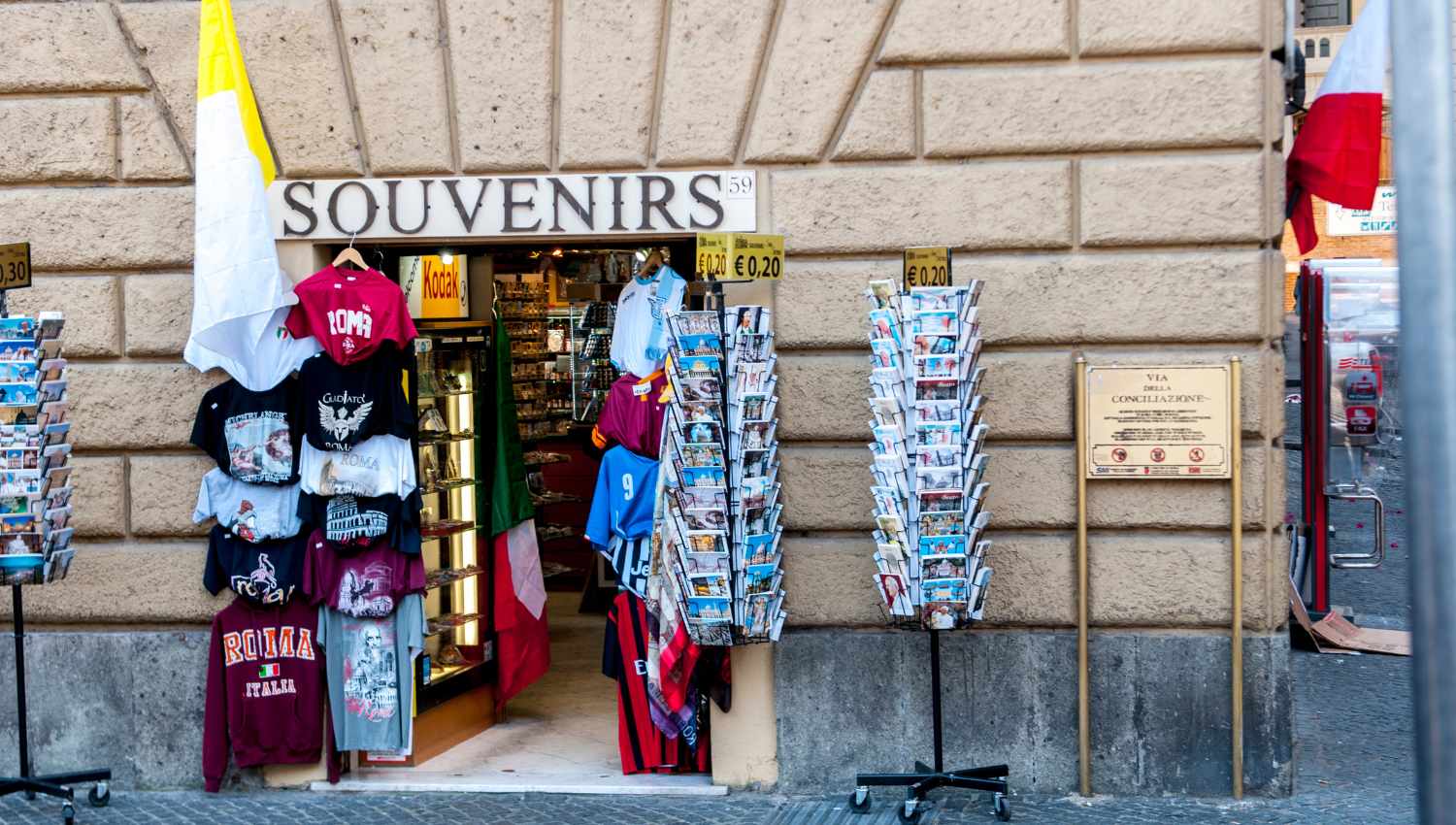
15 Best Souvenirs from Portugal: What to Buy in Portugal
Are you planning a trip to Portugal and looking for some authentic souvenirs to bring back home? Look no further! We’re here to talk about the best souvenirs from Portugal.
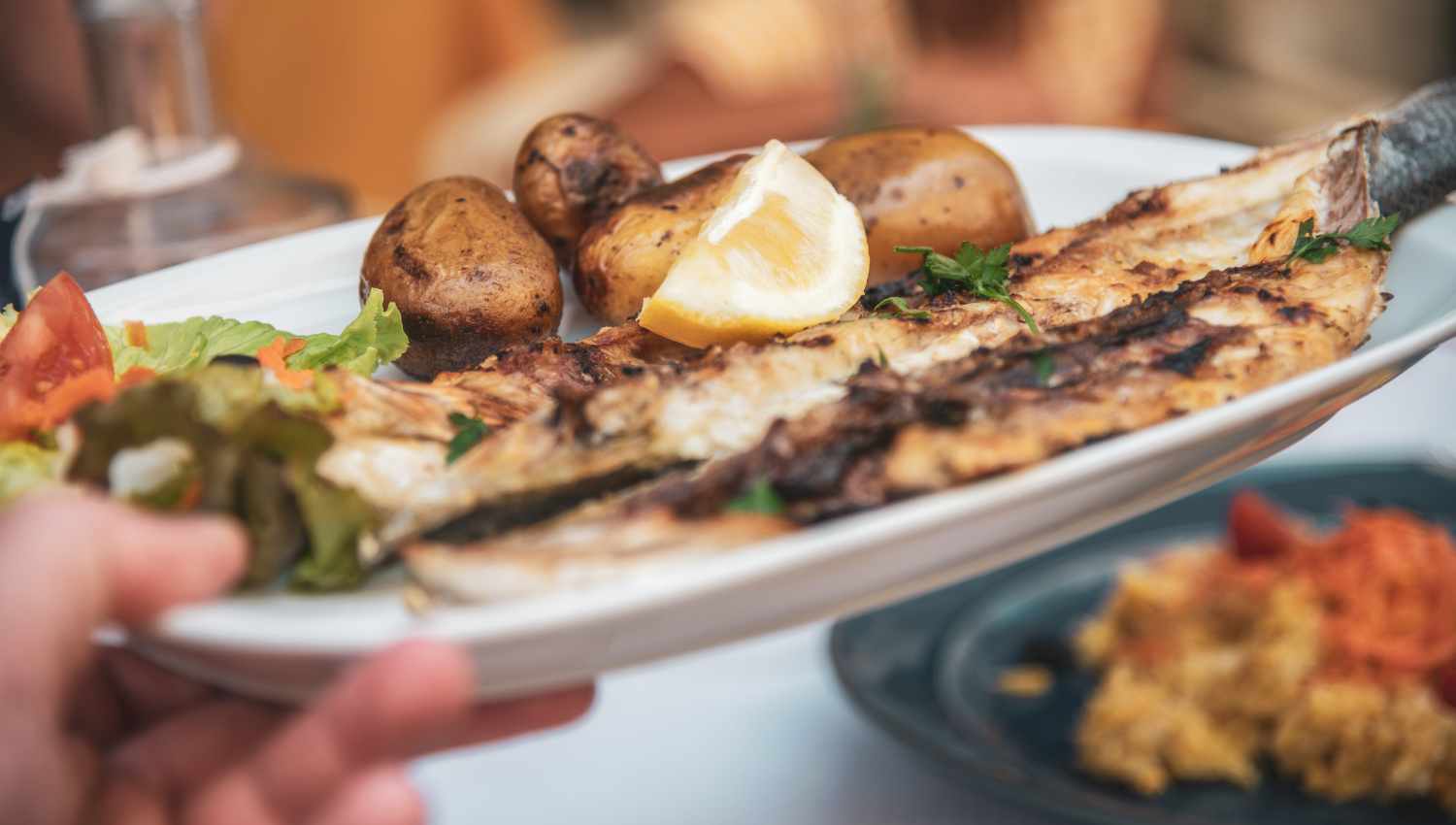
Discovering the best food in Portugal: A taste tour of the country’s top 27 dishes
In this article, I’ll guide you on a taste tour of the best food in Portugal. Follow along as I take you on a journey through the country’s culinary delights, from traditional dishes to modern twists on classic flavors.
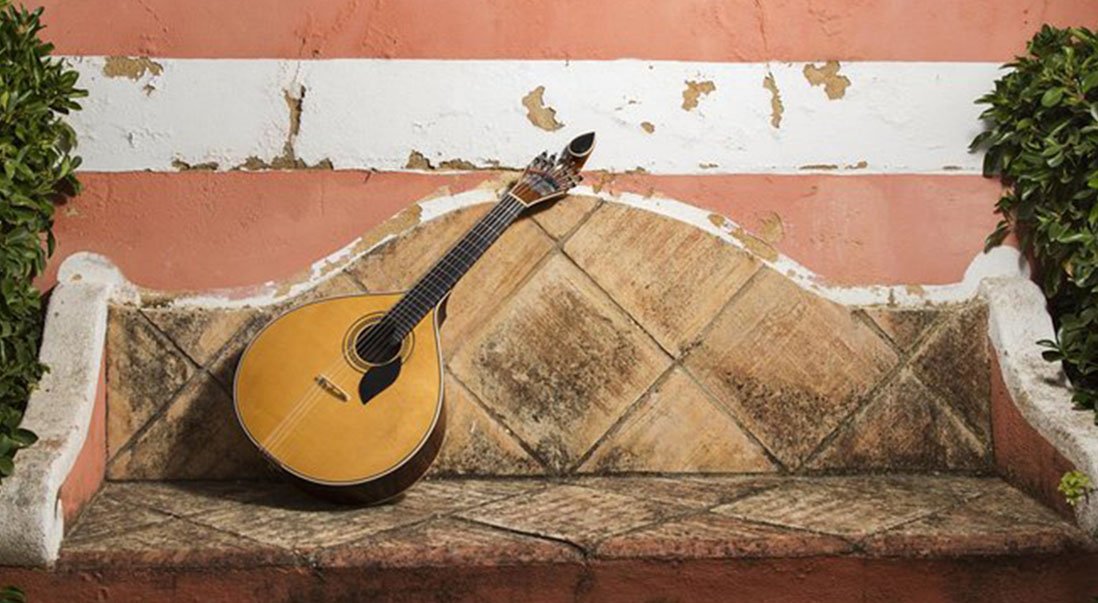
The Best Fado in Lisbon: 11 Fado Houses to Explore
Fado is more than a music genre; it is a feeling. You should listen to or watch a live performance to understand its magic. Keep reading this article to learn more about fado and also to learn about where you can experience the best fado in Lisbon.
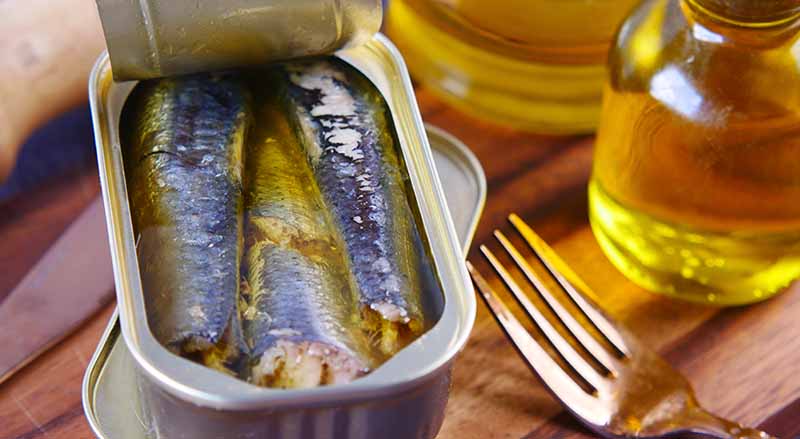
A Guide To The Best Canned Sardines from Portugal
So, what makes sardines so popular in Portugal? When did tinned sardines become a meal served in gourmet restaurants? Is there a difference between whole canned sardines and filets? What about sauces? Where can you find the best canned sardines from Portugal? Where should I go to buy or taste them? Let’s find out.
Hello I am traveling to Porto, Portugal in November and looking for the best mode of transportation (taxi, uber, public, privat) from Porto Airport to Averio. Any recommendations?
I would recommend either a bus that will take you there, a private transfer or if you want to rent a car, that is also a great option.
Thanks for taking the time to do this website with great travel information. Husband and I going to Lisbon and Porto this February and your site has provided me with what i need to know to travel there. Faye CANADA
Hi there, We are going to the Algarve area next week for 21 days. I’m struggling with what to pack. Is this time more like our spring? Should I leave the linen and bathing suits behind? Most stressful part of the trip! LOL
April in the Algarve can still be quite warm. I would treat it like the end of spring and beginning of summer. Bring bathing suits and linen but also bring some sweaters and warmer clothes for the chillier evenings.
Leave a Reply Cancel reply
Your email address will not be published. Required fields are marked *
If You Love the Website, I’d Love the Support ❤️
There’s no paywall here. Consider Donating To My Coffee Fund and help me keep delivering amazing Portuguese-related content to you.
About Portugal
Lisbon Porto The Algarve Central Portugal Moving to Portugal Living in Portugal Ultimate Guides
About Us Contact Us Travel Planning (Coming Soon)
© 2023 Now in Portugal | Privacy Policy | Disclosure Policy | Terms & Conditions

32 Lisbon Travel Tips To Make Your Trip So Much Better
L isbon, the capital city of Portugal, is one of the best places on Earth. This vibrant, colorful destination — a bit reminiscent of San Francisco in its better days — has so much to offer visitors!
From its rich history and laidback culture to its stunning architecture and delicious seaside cuisine, Lisbon is a city that is sure to captivate and inspire you to come back time and time again.
As with any travel destination, there are certain things to keep in mind when planning your trip to make the most of your experience.
In this post, I will share a handful of my lessons learned and travel tips for Lisbon to make your trip that much better. Whether you’re a first-time visitor or a seasoned traveler, these tips will help you navigate the city like a pro, help you save time and money, and ensure that you have an unforgettable experience in an even more unforgettable destination!
From where to eat and drink to how to get around and what to see, I’ve got you covered. Let’s dive into all the travel tip goodness.
This post may contain affiliate links. You won’t be paying a cent more, but in the event of a sale, the small affiliate commission I receive will help keep this blog running/pumping out useful and free content. Thanks a lot!
LISBON IN A NUTSHELL
Here’s a quick overview of all the useful info you need to plan an awesome trip!
- When To Go : March – May or September – October. During these shoulder season months, the weather is pleasant (cooler than in the summer), hotel rates are cheaper, and you’ll find far fewer crowds than during the summer.
- Goodnight Hostel ($) – the best hostel in Lisbon! Comes with super spacious rooms and free breakfast as well.
- Palácio das Especiarias ($$)- modern boutique hotel in an old palace
- Solar dos Poetas ($$) – best for a cozy yet luxurious guesthouse experience
- Nearest Airport : Humberto Delgado Airport (LIS)
- How to Get Around : Public transportation or rideshare — both are super affordable compared to other European countries.
- Must-Do’s : visit the historic Jeronimos Monastery , explore the charming Alfama neighborhood, day trip to Sintra , and try the local cuisine such as pastel de nata, bacalhau, bifana sandwich, and seafood!
- Before You Go : Lisbon has so much good food. Make a list of all the restaurants you want to dine at — and try to make reservations for them so you can guarantee your seat!
- ‘Hello’ and ‘Thank You’ in Portuguese : “olá” (hello) and “obrigado” (thank you) when addressing a man or “obrigada” (thank you) when addressing a woman
- Currency : the euro (€) – click for current conversion rates
32 LISBON TRAVEL TIPS TO MAKE YOUR TRIP SO MUCH BETTER
1. everything airport-related takes longer, especially if you’re used to using tsa precheck. .
Be prepared for longer lines and wait times at Lisbon airport. This airport gets BUSY. We arrived into LIS on a Sunday, and throngs of people were everywhere — it was truly shocking how many people were walking around the airport.
Sure, it’s a Sunday, one of the busiest days of any airport. But when we left on a Wednesday, we were faced with not crowds, but long and slow security check lines! If you’re someone who’s used to getting through a security check line in under 10 minutes, this will NOT be your experience in Lisbon.
Just to me safe, I’d allocate at least an hour to get through security. Make sure you arrive early for your flight and have all your documents and boarding passes ready!
If you need some time to buy or swap out the SIM card in your phone, allocate some time to do that by showing up 10-15 minutes earlier than you intended.
2. Expect cobblestones, so be prepared with your footwear and luggage.
Lisbon is known for its charming cobblestone streets, but they can be challenging to navigate with heavy luggage or inadequate footwear. Expect uneven tiles with gaps between them… if that sounds like a rolling suitcase nightmare, it is.
After about 3 minutes of rolling your suitcase on Lisbon’s cobblestoned roads, you’re going to regret your choice of luggage and telling yourself “RIP suitcase wheels”!
If you’re getting picked up and dropped off door-to-door from the airport to the hotel and vice versa, then feel free to use whatever luggage you choose! But if you’re going to be taking public transportation and have some long distances to walk with your suitcase, then I hope you have strong arms!
After about 30 seconds of rolling my luggage on the cobblestones, I decided to just carry my carry-on the whole way to the hotel. Never making that mistake again!
Be sure to wear comfortable shoes with good traction and consider packing a travel backpack or rolling suitcase with extra sturdy wheels (or at least a good warranty!).
Read more: 10 Best Carry-On Travel Bags For Your Next Trip
3. The currency of Portugal is the Euro (€).
While most establishments take credit cards, it’s best to carry along with you a little cash for those smaller vendors who don’t take card.
4. Portuguese is the official language of Portugal but you should have no problem getting by with just English.
You’ll find that most people speak at least a little English.
5. Traveling during the winter/shoulder season? Bring the right shoes for rain.
When packing footwear, you should pack a pair of comfortable shoes to walk around in, as well as a pair of boots in case there is rain in the forecast.
The one pair of shoes that kills two birds with one stone for me? For both guys and gals, I’d highly recommend getting a pair of Blundstone boots !
These shoes are so comfortable — I find that I can wear them walking around town on a sunny day, on light hiking trails, and even in the rainiest conditions. They’re so, so, so versatile! Don’t forget to pack a thick pair of socks to pair with your boots!
If snow and rain are not in the forecast, then you can go with regular walking shoes.
My all-time favorite travel shoes these days are the tried and true Ecco Soft 7 (they’re stylish, comfortable, and have been raved about for decades since they were first created)! The best part is that they have them for both men and women .
The sole support on these is great for Europe travel — you’re not going to be feeling each and every rock under your foot if you happen to be walking on cobblestoned streets!
6. Be prepared for some steep hills and stairs when exploring Lisbon.
But don’t worry as there are plenty of lookout points to take in the view and catch your breath! Chances are, everyone else around you is probably also out of breath.
7. Tram #28 is especially popular with tourists, so it can be quite crowded.
On certain days in the high season, there can even be wait times to board at over an hour. If you want to try out the tram, aim to hop on board one of the earlier trams of the day. The early bird gets the worm!
Not only will you get the figurative worm, aka a seat on the tram, but you’ll also have a much more peaceful experience with fewer people chattering on board!
8. Portugal has a fairly low crime rate but you should still be vigilant.
Portugal, including Lisbon, has a relatively low crime rate compared to other European cities. However, as with any big city, it is important to take precautions to protect yourself and your belongings.
One of the most common types of crime in Lisbon is pickpocketing, especially in crowded areas such as tourist attractions, public transportation, and busy shopping streets. To avoid becoming a victim of pickpocketing, keep your valuables (credit cards, ID, money, and phone), in a secure location such as a money belt or a cross-body bag.
Avoid carrying large amounts of cash and be aware of your surroundings at all times. Pickpocketing can be common in trams, particularly on Tram 28.
Read More: 10 Best Anti-Theft Travel Bags For Your Next Vacation
9. Many tourist attractions are closed on Mondays.
This is a common practice throughout Portugal, with many museums, monuments, and other attractions choosing to close on Mondays for maintenance and cleaning.
Some of the popular tourist sites that are closed on Mondays in Lisbon include the National Museum of Ancient Art, the National Coach Museum, and the Berardo Collection Museum. Other attractions, such as the Belem Tower and the Jeronimos Monastery, are open on Mondays but may have reduced hours or limited access.
With this in mind, plan your itinerary accordingly! Consider visiting attractions that are open on Mondays, such as the Lisbon Oceanarium or the Calouste Gulbenkian Museum.
10. Take elevators to Alfama instead of walking up the hills.
Alfama is a historic neighborhood in Lisbon known for its steep hills and narrow streets. Tourists who aren’t in the know will probably end up walking up alllll the steep inclines to get there.
To save yourself from a strenuous climb, take the free public elevators that are available in the area. Taking the right elevators can help you skip what feels like 7+ flights of stairs!
How to get up to Alfama by elevator : At the Baixa-Chiado metro station, walk straight across Baixa (toward Alfama, away from Chiado) until you can’t go further. Go inside the blue building that houses a set of public elevators. When you get off at the top, cross the street and turn left.
Head for Pingo Doce (the grocery store). Inside the Pingo Doce building, you will see elevators. Take them as far up as they go. From there, you’re pretty close to Alfama!
11. Buy a Viva Viagem card and load it with the carris to save money on rides.
Lisbon’s metro, buses and trams are among the cheapest in Europe, making them affordable ways to help you explore the city.
To use any means of public transportation, you’ll need to buy a Viva Viagem card. The Viva Viagem card is a quick and easy way to pay for rides on public transportation in Lisbon. It’s basically a reloadable card that contains all your tickets or transportation funds on there.
By opting for the 10-ticket carris instead of just loading your card with 1 ticket, your ticket price goes from €2 per ride to €1.65 per ride.
12. Rideshare like Bolt, Uber, and Freenow are super affordable.
The bus and metro are great, but sometimes you just want to get somewhere without having to do any walking or making a ton of extra stops. That’s where the convenience of rideshare comes in!
Rideshare services are a convenient and affordable way to get around Lisbon, especially if you’re traveling in a group or want to get somewhere quickly.
To give you a sense of how affordable it is, our ride from town to the LIS airport via Bolt came out to €4 (about $5 USD). Our rides around town were also never really more than €3 either. What. A. Steal!
Especially since we were a group of 4 — each ride was basically €1 each, which is cheaper than what it would have cost us all to ride the metro.
For reference, the metro/bus cost to get from the airport to our hotel was €1.65. An extra couple of euros spent to save time and effort of lugging your suitcases to the bus/metro stop? 100% worth it!
13. If you’re planning to get by with public transportation, do note bus end times.
Buses don’t run all night long and there is such a thing as “the last bus of the night” here. If you’re going to be out and about late at night, then you’ll want to pay attention to bus end times.
If anything, you can always rely on the metro to get you closer to where you want to go. However, if your destination is not covered by the metro, then taking rideshare is a great option as well because it’s super cheap!
14. Buy a Lisboa Card to save money on attractions.
The Lisboa Card is a great way to save money and make the most of your time in Lisbon. This card offers free admission to over 37 museums and attractions in the city, as well as free public transportation on buses, trams, and metro trains.
The Lisboa Card is available in different durations, ranging from 24 hours to 72 hours, and can be purchased online or at various locations throughout the city. The card also comes with a guidebook and map, which can be helpful for planning your itinerary and navigating the city!
Some of the top attractions included with the Lisboa Card are the Belem Tower, the Jeronimos Monastery, the National Tile Museum, the Lisbon Zoo, and the Lisbon Oceanarium. The card also offers discounts on tours, restaurants, and other activities, making it a great value for travelers who plan on doing a lot of sightseeing.
In addition to the cost savings, the Lisboa Card can also save you time by allowing you to skip the ticket lines at many popular attractions. This can be especially helpful during peak tourist season when lines can be long.
During our last trip, we had only one day planned for sightseeing at paid attractions, while the other remaining days were reserved for walking around, sampling foods, and taking day trips out of Lisbon.
With our 24-hour Lisboa Card , we did the following:
- National Coach Museum
- Jerónimos Monastery
- Belém Tower
- ride around town with the Lisboa card – unlimited for 24 hours!
- Museu Nacional do Azulejo (National Tile Museum) the next morning before the 24 hours were up!
We definitely got our money’s worth with the 24-hour pass!
15. Get your timed entry Pena Palace tickets ahead of time.
If you wait until the day-of to buy your ticket there, you might have a LONG wait ahead of you. That’s because admission at Pena Palace is now time-based. This means if all the time slots for your arrival time have already been sold out, you’ll be given the next available time slot, which could be 1-2 hours after you’ve already arrived.
This actually happened to me on my second visit to Pena Palace! My friends had decided last-minute that they wanted to visit. (Last-minute is never a good idea!)
Online reservations were sold out that morning, so our only option was to show up physically at the ticket office to buy tickets. Luckily, they had availability for in-person ticket purchases.
BUT, we had to wait 2 whole hours before they would let us in! We had walked all the way up the hill to get to the Palace, so there was no way we were walking back down to kill time. So we mostly just sat around for the whole two hours before getting in line to enter. It was a total waste of time, to be honest!
To avoid long lines and stupid wait times, purchase your tickets for Pena Palace online ahead of time . This will mean no wasted time — you’ll get to enter the palace at your desired time slot. Easy in, easy out!
16. If you’re traveling outside of the summer season, bring warm clothes to Sintra.
Sintra can be significantly cooler than Lisbon, especially during the off-season. Be sure to bring warm clothing and dress in layers to stay comfortable. If the clouds and the fog are rolling through, it’ll feel a lot colder when the sun isn’t shining directly on you.
17. For nightlife, go to Barrio Alto or Pink Street.
For night owls or people looking for a lively nightlife scene in Lisbon, two popular neighborhoods to grab drinks, party, and dance are Barrio Alto and Pink Street (or Rua Nova do Carvalho) .
Barrio Alto is home to a wide range of bars, restaurants, and nightclubs, catering to all tastes and budgets. Visitors can enjoy live music, DJ sets, and dancing until the early hours of the morning. Some popular bars in Barrio Alto include Pavilhão Chinês, Foxtrot, and A Capela. Round out the night with a gyro sandwich!
Rua Nova do Carvalho, is another nightlife destination located in the Cais do Sodré neighborhood. The street is known for its pink-colored pavement and is home to several bars and nightclubs. If you can, try to enjoy live music, dancing, and drinks at venues such as Pensão Amor, Musicbox, and Tokyo Bar.
Note: These areas can get quite crowded and noisy, especially on weekends and holidays! Be prepared to be chest-to-chest with people in some venues!
18. Make time to eat at a tasca and try local Portuguese food.
Tasca is a Portuguese word for a small, casual restaurant that serves traditional food. These restaurants are a great way to try local cuisine and get a taste of the local culture.
There are lots of options within the city of Lisbon, but by far my favorite restaurant is Tasca Do Teimoso . This little restaurant is run by a duo comprised of a son and a mom. The son does all the cooking while his mother is doing all the serving and hosting!
They only take a set number of reservations per day, and when that quota is met, they turn everyone else away! Be sure to make reservations ahead of time if you want the chance to dine in here! The food was so good. I’m still dreaming about their beef cheek dish…
19. Bring cash if you plan on eating at tascas.
Not all of them accept card, so be prepared with some cash money on hand to pay for your meal.
20. Make reservations for sit-down restaurants ahead of time.
This goes for any big city with a thriving food scene! Making reservations at restaurants you actually have on your travel itinerary will save you so much time and guarantee you get to eat at all the spots on your list.
I’ve seen my fair share of people getting turned away at smaller, more intimate tascas due to capacity constraints!
21. Be aware of the couvert charge.
In many restaurants in Lisbon, it is common to be served a small appetizer called “couvert” before your meal. This may include items such as bread, olives, and cheese. While couvert is not usually expensive, it can add up if you are charged for it at every meal.
If you don’t want to be charged for couvert, one practice is to move it to the side of your table and not touch it during your meal. This signals to the server that you do not want to be charged for it. It is important to note that this practice may not be well-known or accepted in all restaurants, so it is always a good idea to ask your server if you are unsure.
Another option is to simply decline the couvert when it is offered. You can politely tell your server that you do not want it, and they will usually remove it from your table without charging you.
It is also worth noting that some restaurants in Lisbon may include couvert in the price of your meal, especially if it is a traditional or upscale dining experience. In these cases, it is unlikely that you will be able to avoid the charge.
22. Tipping is not mandatory in Portugal, but it is appreciated.
Tipping is not mandatory in Portugal, but it is considered a polite gesture to show appreciation for good service. While it is not expected, leaving a tip is a common practice in many restaurants, cafes, and bars throughout Lisbon.
In general, the amount of the tip is up to the customer and depends on the level of service received. A typical tip in Lisbon is around 5-10% of the total bill, but some people may leave more or less depending on the situation. It is also common to round up the bill to the nearest euro or leave small change as a tip.
It is important to note that some restaurants in Lisbon may include a service charge, or “serviço,” in the bill. This is usually around 10%, and it is not necessary to leave an additional tip in these cases.
If you do choose to leave a tip, it is best to do so in cash rather than adding it to the credit card payment. This ensures that the tip goes directly to the server and is not subject to any additional fees or processing time.
23. If you’re in a car, don’t speed and wear your seatbelts.
If you plan to rent a car or take a tour that involves traveling by car in Lisbon, it is important to follow all traffic laws and regulations. This includes wearing your seatbelt at all times and not exceeding the speed limit.
The Portuguese National Republican Guard, or GNR, is responsible for enforcing traffic laws and ensuring the safety of drivers and passengers on the road. They may conduct random checks of vehicles to ensure that all passengers are wearing seatbelts and that the driver is not exceeding the speed limit.
In fact, this is exactly what happened to our group when we were on a full-day tour outside of Lisbon. All of the members of my group were wearing seatbelts when the GNR pulled us over, but the rest of the tour members were not so lucky! All four of them ended up getting ticketed and find €120 per person!
What a steep price for not being vigilant and wearing a seatbelt in a car!
If you are pulled over by the GNR, it is important to remain calm and cooperative. They may ask to see your driver’s license, vehicle registration, and proof of insurance. If you are found to be in violation of any traffic laws, you may be subject to fines or other penalties.
To avoid getting pulled over by the GNR, it is important to obey all traffic laws and regulations. This includes staying within the speed limit, using turn signals when changing lanes or turning, and yielding to pedestrians and other vehicles when necessary.
24. Bring a bottle of water with you while out and about.
Bottled water can be expensive in Lisbon, so consider bringing a reusable water bottle with you to refill throughout the day.
Like most of Europe, bottles of water cost nearly as much as beer!
25. Wandering around on foot is the best way to see art all over Lisbon.
The city is home to a vibrant art scene, with street art, galleries, museums, and installations scattered throughout its neighborhoods.
You’ll honestly find artwork all over the place (including all kinds of tile artwork unique to Portugal), so be sure to stop and enjoy these free sights!
One of the best places to start your art walk is in the Alfama neighborhood. You can explore the neighborhood’s many art galleries, including the Galeria de Arte Urbana and the Underdogs Gallery, which showcase some of the city’s best street art and contemporary art.
Another great neighborhood to explore on foot is the Chiado district. This trendy area is home to several art galleries, including the Bertrand Gallery and the Chiado 8 Contemporary Art Museum.
For those interested in public art, the Parque das Nações neighborhood is a must-visit. This modern area is home to several large-scale installations, including the Vasco da Gama Bridge and the Gare do Oriente train station.
26. If you have the time, take a day trip out of Lisbon.
Taking a day trip out of Lisbon is a great way to see more of Portugal and experience different parts of the country. There are several destinations that are easily accessible from Lisbon and make for great day trips.
One popular day trip destination is Sintra , a charming town located about 30 minutes from Lisbon by train. Sintra is known for its beautiful palaces and castles, including the stunning Pena Palace and the Moorish Castle. Visitors can also explore the town’s historic center and enjoy the local cuisine.
Another popular day trip destination is Cascais , a coastal town located about 40 minutes from Lisbon by train. Cascais is known for its beautiful beaches, charming marina, and historic center. Visitors can stroll along the promenade, explore the town’s museums and galleries, or simply relax on the beach.
Other day trip destinations from Lisbon include the historic city of Évora , the fishing village of Setúbal , and the medieval town of Óbidos . Évora and Óbidos are some of my favorite destinations in Portugal!
27. Try the local ginjinha at least once.
Ginjinha is a traditional Portuguese liqueur made from sour cherries, sugar, and alcohol. It is a popular drink in Lisbon and can be found in bars and cafes throughout the city! When in Lisbon, you have to try at least one!
Ginjinha is typically served at room temperature or slightly chilled, and it has a sweet and slightly tart flavor. It is often served as a digestif after a meal, but it can also be enjoyed as an aperitif or as a refreshing drink on a hot day.
One of the best places to try ginjinha in Lisbon is at A Ginjinha, a historic bar located in the Rossio neighborhood. This bar has been serving ginjinha since 1840 and is a popular spot for locals and tourists alike. You’ll also find a ton of locals selling ginja in the Alfama area.
Don’t forget to say YES to the chocolate cup that it comes in!
28. Visit the local markets.
Visiting the local markets and food halls in Lisbon is a great way to experience the city’s vibrant food culture and sample some of its best local products.
One of the most popular food halls in Lisbon is the Mercado da Ribeira , also known as the Time Out Market . This historic market has been transformed into a trendy food hall, featuring some of Lisbon’s best restaurants and food vendors.
You can find anything from handmade pastas, seafood dishes, local Portuguese entrees, and even pasteis de nata from Manteigaria . Even if you don’t plan on eating here, it’s worth a quick stroll through.
Another popular market is the Mercado de Campo de Ourique , located in the Campo de Ourique neighborhood. This refurbished market features a mix of food stalls and artisanal shops, selling everything from fresh produce to handmade crafts. Enjoy a meal at one of the market’s many restaurants or take a cooking class to learn how to make traditional Portuguese dishes.
The Mercado de Alvalade is another popular market located in the Alvalade neighborhood. It was featured by the late Anthony Bourdain in his show No Reservations . This market specializes in fresh produce, with vendors selling everything from fruits and vegetables to flowers and herbs. You can also find local products to snack on, including cheese, wine, and olive oil!
Other markets worth visiting in Lisbon include the Mercado de Santa Clara , known for its antiques and vintage goods, and the Feira da Ladra , a popular flea market held on Tuesdays and Saturdays.
29. Soak in the views at the miradouros.
Because of how hilly the city is, Lisbon is known for its stunning viewpoints, or miradouros , which offer panoramic views of the city. Some popular ones include Miradouro de Santa Luzia and Miradouro da Senhora do Monte.
The Miradouro da Senhora do Monte is hands-down the best place in Lisbon to catch a sunset. During sunset, it gets pretty lively as other locals and tourists gather to enjoy the views. You can even expect drink vendors and live music on occasion.
From the Miradouro de São Pedro de Alcántara (vista point), you’ll enjoy postcard-perfect views of Baixa, the Tagus River, and the São Jorge Castle on a hill.
30. Food and coffee are so much more affordable than in the USA / other parts of Western Europe.
One of the great things about traveling to Lisbon is that food and drink are much more affordable than in the USA. Whether you’re looking for a quick snack, a sit-down meal, or a cup of coffee, you’ll find that prices in Lisbon are generally lower than what you might be used to back home.
For example, a traditional Portuguese pastry called pastel de nata, which is a must-try when visiting Lisbon, typically costs around 1.25 euro (or less) at a local bakery. A sandwich or a salad at a casual cafe or bakery can cost between 3 to 5 euros. A sit-down meal at a mid-range restaurant can cost between 10 to 20 euros per person, depending on the type of cuisine and location.
In terms of coffee, a single espresso shot at a local cafe can cost as little as 0.60 euros. A cappuccino or latte typically costs between 1.20 to 2.50 euros, depending on the location.
This definitely beats the $6 cappuccinos of California or New York!
31. Skip the ride up the Santa Justa lift.
The ride up the elevator is like… 30 seconds long, while the wait is usually over an HOUR. Does that sound like a good payoff to you?
Instead of taking the lift, just walk to the top where the lift drops you off! You get to appreciate the same views as you would’ve had you taken the elevator, except you’ll have saved about an hour’s worth of time from NOT waiting in line.
To get to the top on foot, just GPS to Casa Portuguesa do Pastel de Bacalhau – Elevador Sta. Justa . Once you get there, you’ll find the elevator just a few steps away!
32. If you love seafood, try to eat as much as you can in Lisbon.
Whenever I find myself planning a trip to Lisbon, the first thing that always comes to mind is the amount of seafood I plan to eat. The dish that I look forward to the most? Caldeirada!
I first tried caldeirada (I think it was called fisherman’s rice on the English menu) at a restaurant called Versus in Nazare, while I was on a day trip from Lisbon.
This dish took forever to cook, but when it finally appeared on the table, it was filled with this thick orange broth, rice, crab, mussels, squid, and more. It was one of the BEST things I’ve ever eaten — even better than San Francisco’s cioppino!
You won’t have to go that far to get it because there are lots of seafood restaurants in Lisbon that serve it too.
Here are some other must-try seafood dishes for those of you eager to savor Lisbon’s seafood delights:
- Grilled Sardines (Sardinhas Assadas): A quintessential Portuguese dish! Enjoy them with a slice of crusty bread and a glass of Vinho Verde for the ultimate Portuguese experience.
- Seafood Rice (Arroz de Marisco): A medley of fresh seafood cooked with rice in a rich and fragrant broth. From succulent shrimp to tender clams and mussels, seafood rice offers a taste of the ocean in every bite.
- Grilled Octopus (Polvo à Lagareiro): Tender and charred octopus, often drizzled with olive oil and garlic, served with potatoes.
- Amêijoas à Bulhão Pato: Named after a renowned Portuguese poet, this classic dish features succulent clams cooked in a savory broth of garlic, olive oil, coriander, and white wine.
- Gambas com alho : This simple appetizer is exactly what it sounds like: shrimp with garlic. But it’s soooo flavorful and delicious.
- and of course, bacalhau (cod) and tiger prawns!
LISBON TRAVEL INSURANCE
This is a no-brainer. When traveling internationally, be sure to get yourself some travel insurance.
I’ve heard of too many unfortunate experiences where friends and family have had baggage lost/stolen, hotels canceled, or have had unexpected medical emergencies while traveling where they’ve had to cut their trips short.
True story alert — in 2022, my partner even had his shoulder completely dislocated while surfing in Mexico, resulting in a $950 USD emergency room bill that we had to pay out of pocket for! Not fun… and most definitely not cheap.
Without travel insurance, you would have to pay out of pocket for these mishaps. This is why I get travel insurance for all my international trips now!
One of the best budget-friendly travel insurances for those traveling outside their home country is SafetyWing .
SafetyWing Insurance provides coverage for unexpected illness or injury, including eligible expenses for hospital, doctor or prescription drugs. This means that if you get ill or injured, THEY will cover the medical expenses.
In addition, it provides emergency travel-related benefits such as:
- emergency medical evacuation – very much needed if you like to go hiking or backpacking in the wild .
- travel delay
- lost checked luggage
- adventure sports coverage (add-on) – so you can rappel down waterfalls, cave dive, mountain bike, scuba dive, etc. with peace of mind.
- electronics theft (add-on) – get reimbursed if your laptop, phone, camera or other electronics get stolen.
Click here to price out how much travel insurance would be for your trip .
FREQUENTLY ASKED QUESTIONS: LISBON TRAVEL
Is lisbon safe.
The short answer is yes; Lisbon is considered to be an exceptionally safe city, especially when compared to other popular European destinations.
The crime rate in Lisbon is low compared to other major cities and most visitors report feeling safe while they are there. I’ve been to Lisbon twice and I’ve never encountered anything sketchy, other than the peddlers who try to sell you friendship bracelets by trying to tie them on your wrist as you pass them by!
Having said that, you should still take standard travel safety precautions such as being aware of your surroundings, not walking alone at night, and avoiding secluded areas.
And as with any major metropolitan city, pickpocketing can occur in tourist hotspots like on public transportation or near monuments. To avoid this potential issue, it’s best to keep your belongings in an anti-theft travel bag , keep them close by, and always remain vigilant when out exploring the city.
With that in mind, you should have an enjoyable and safe experience while visiting Lisbon!
IS LISBON EXPENSIVE?
When compared with other major cities in Europe, Lisbon is definitely not expensive. I’d say Lisbon is cheaper than cities like Paris, Milan, and Rome, but more expensive than cities like Prague, Budapest, and Krakow.
A cup of coffee rarely costs more than 1 euro, and wine/beer is not too much more expensive. And on the food side, local Portuguese food is very high quality and inexpensive.
While you can certainly rack up some hefty expenses in Lisbon, such as accommodation costs and dining out at higher-end restaurants, there are also plenty of ways to explore this vibrant city without breaking the bank.
In fact, many activities can be done for free or very low cost – walking around the streets of Alfama, taking free walking tours around the city, exploring Parque das Nações, or enjoying free admission to paid attractions with a Lisboa Card !
If you’re trying to do Lisbon on a budget, shopping at local markets, staying at hostels, and eating at cafés or casual counter-service restaurants can also help keep your costs down.
IS LISBON HILLY?
The answer is both yes and no, depending on where in Lisbon you are.
Lisbon does contain several hills, including many steep cobbled streets in its old quarter. However, for the most part, the streets are quite flat. This makes it easy to explore on foot or by bike without having to worry about tiring yourself out too quickly with all the inclines!
In some parts of Lisbon, you may come across quite hilly climbs, but this isn’t true for every area as there are plenty of parks and waterfront districts which offer great views without too much effort.
If you plan on taking public transport then don’t worry either; many buses and trams can make their way up steep hills with ease!
Looking for more Lisbon travel tips? You may also like:
- 50 Fun Things To Do In Lisbon, Portugal
- Where To Stay In Lisbon: 5 Best Areas To Consider
- 3 Days In Lisbon: A Detailed Itinerary For What To See, Do, and Eat
- The Ultimate Guide To Getting Around Lisbon By Public Transportation
- How I Traveled Europe For 3 Months For Under $8,000
- 50 Brilliant Ways To Travel Europe On A Budget
My Favorite Travel Booking Resources
These are my favorite companies to use when planning out a new trip itinerary. The sites/companies listed here typically have the best overall value, offer deals, beat out other competitors, and offer great customer service when needed.
- DEAL ALERT! Use code ‘travelswithelle’ for 10% off WayAway Plus.
- Booking.com | Honestly, this is my go-to accommodation booking site. This site has free cancellation and no prepayment required on reservations which is huge for me. It also has amazing abilities to filter accommodation options by rating and price. Honestly, it’s shaved off so many hours of endless research for me and has made booking hotels and other accommodations a breeze.
- Viator | Viator is a huge online marketplace for all things tours and excursions. They have tons of tour options available in cities all around the world, including everything from cooking classes, ATV tours, sailing trips, walking tours, hot air ballooning, and more.
- Go City | Go City offers great value-for-the-money attraction passes in various destinations around the world. Whenever I want to play tourist in a city, I always check to see if Go City operates in that city. The money you can save with this pass is unreal (as opposed to buying admission tickets for various attractions separately).
- SafetyWing | SafetyWing is by far one of the best travel medical insurance for travelers as they’ve got a large network and offer both short-term and long-term coverage. They have cheap monthly plans, great customer service, and an easy-to-use claims process that makes it perfect for those heading abroad.
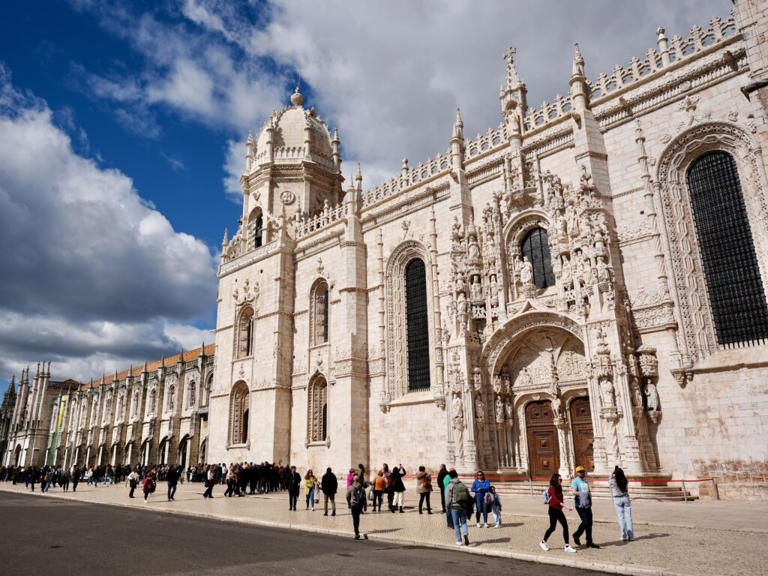

- Entertainment
- Rex Reed Reviews
- Awards Shows
- Climate Change
- Restaurants
- Gift Guides
- Business of Art
- Nightlife & Dining
- About Observer
- Advertise With Us
A Guide to Portugal’s Best Beach Towns
The famed and lesser known spots on and off Portugal’s stunning coast, from the Algarve to the Azores.

Portugal is the place to go at the moment. An approximately seven-hour flight from the East Coast, it’s one of the most accessible countries in Europe—but that’s not the only reason why it’s so popular. Portugal is a choose-your-own-adventure country; you can embark on a city exploration, wine tasting tour, action-packed adventure or beach retreat. The best part? You don’t need to pick just one. Everything is a short car ride, train or quick flight away.
Planning a vacation around Portugal’s beach towns is one of the best ways to organize your trip. Each town offers a glimpse into a different side of the country, from the sweeping coastal capital, to the smaller southern regions, to the sunny islands. With picturesque beaches and an impressive culinary scene with plenty of fresh seafood, there’s something for everyone. For those looking to narrow down the ample options of scenic towns, start with Lisbon, and then venture down the coast to the Algarve. The Azores—a collection of volcanic islands off of the mainland—are not to be missed.
Now, we present the best beach towns (and cities) in Portugal. Don’t forget to pick up a pastel de nata—or two—while you’re there.
Discover Portugal's Beach Town Hidden Gems
When you think of a beach town, a bustling city might not be the first thing to come to mind. Lisbon, however, defies expectations at every turn. As the only European capital along the Atlantic coast, Lisbon is as much a beach town as it is a cultural hub. There are a handful of famed museums—like the Calouste Gulbenkian Museum and Museu Nacional do Azulejo —and you can admire the pastel-colored architecture of waterfront Belém. Walk to the suburbs of Alfama and Mouraria, along the hillside below the castle. For a home base, the luxurious Four Seasons Ritz is always a safe option. Slightly removed from the commotion of the city, the hotel serves as a relaxing retreat where you can venture up to the rooftop for a grand view of the ocean. After exploring the city and its local beaches, take a trip to the famed resort town of Sintra. Once a royal sanctuary, it now stands as a glamorous historical site, replete with palaces and sweeping vista points. It can be pretty chaotic, so we recommend booking a guide . Upon your return back to Lisbon, stop into Trinca —a hole in the wall local eater—or dine beachfront at Casa Reîa .
You can also visit Lisbon’s northern cousin, Porto, which is famed for its massive bridges and port wine production. Head to the medieval Ribeira district and meander through vibrant streets while observing the ornate architecture. Stay nearby at Gran Cruz House , which overlooks the Douro River. Go to Foz do Douro to experience the city’s buzzy beach, and follow it with drinks at one of the terrace cafés. You can also take a day trip down the coast to Nazaré and watch the surfers come from near and far to tackle the monster 100-foot waves.
Looking to escape the touristy crowds and up for a longer road trip? Smack in the middle of Lisbon and the Algarve (about an hour and forty minutes from the capital) is the lesser-known parish of Melides. The creative community of Melides is a stark contrast to its sceney neighbor, Comporta. An international set of famed artists—designers, painters, architects and more—have second homes in this humble town. You can pop into the quaint restaurants lining the main cobblestone square, opt for a wine tasting, or go horseback riding on the beach. Stay at the Christian Louboutin -designed Vermelho Hotel for one of the most uniquely ornate experiences; he has permanent residence in Melides. It’s an amalgamation of glamorous art and sleepy coastal streets.
One of Europe’s quintessential beach towns is located just 45 minutes outside of Lisbon. Known for its silky sand and crystal waters, Cascais is the Portuguese Riviera’s top vacation spot. Choose a hotel that’s situated on the coast, like Relais & Châteaux’s Fortaleza de Guincho , which was built on the site of a 17th-century fortress and is home to an eponymous Michelin-starred restaurant. Make sure you squeeze in a cliffside lunch at The Albatroz Hotel overlook for unparalleled ocean views. To take full advantage of all the coastal town has to offer, book a sailboat that takes you along the Atlantic Ocean.
The Algarve is on everyone’s radar as of late, but the southernmost region of Portugal has been enticing travelers since the 15th century. The fishing villages of the past are now filled with restaurants, villas, hotels and bars, making this one of the liveliest beach areas in Europe. For a bigger resort with a wide range of activities and experiences, book somewhere like Domes Lake Algarve . While you can venture to the beaches, the resort also offers activities in its surrounding lake. Bella Vista Hotel is a romantic oceanfront oasis featuring a L’Occitane spa. Make sure you visit the Bengali Caves on a kayak, paddle board or dolphin cruise from Portimão .
Dubbed the “Hawaii of Europe,” the Azores are the talk of the travel industry. If you want to stick with just this region, there are five-hour direct flights from New York. The Azores are composed of nine volcanic islands, boasting breathtaking foliage and natural feats. Sao Miguel, the largest of the islands, has lake-filled caderas and Europe’s oldest tea plantation. The Azores archipelago also features lagoons, thermal springs and craters to explore, as well as ample whale watching. Two notable hotels include Octant Furnas and Santa Barbara (with its sister partner White serving as a romantic option for honeymooners). Santa Barbara is the Azores’ first eco-beach resort; a luxurious, calming retreat set amid green pastures and blue waters. For a spa-centric vacation, Octant Furnas is all about wellness, with thermal pools, treatment rooms and culinary and sensory experiences. Outside the hotel, there’s no shortage of epic experiences, from an ATV tour of the massive crater of Sete Cidades to canyoning and rappelling down waterfalls.
We noticed you're using an ad blocker.
We get it: you like to have control of your own internet experience. But advertising revenue helps support our journalism. To read our full stories, please turn off your ad blocker. We'd really appreciate it.
How Do I Whitelist Observer?
Below are steps you can take in order to whitelist Observer.com on your browser:
For Adblock:
Click the AdBlock button on your browser and select Don't run on pages on this domain .
For Adblock Plus on Google Chrome:
Click the AdBlock Plus button on your browser and select Enabled on this site.
For Adblock Plus on Firefox:
Click the AdBlock Plus button on your browser and select Disable on Observer.com.
More From Forbes
What you need to know when traveling for taylor swift’s eras tour.
- Share to Facebook
- Share to Twitter
- Share to Linkedin
US singer and songwriter Taylor Alison Swift, also known as Taylor Swift performs on stage at the ... [+] Paris La Defense Arena as part of her The Eras Tour, in Nanterre, north-western France, on May 9, 2024.
Taylor Swift thrilled fans with the addition of performances from her latest album The Tortured Poets Department when she kicked off the European leg of The Eras Tour in Paris on Thursday, May 9, 2024. She jokingly called that section of the show Female Rage: The Musical . Most concertgoers already knew and sang along to every word of all the songs she sang from the album even though it was released just a few weeks earlier on April 19. Such is the power of Swift.
In her long career of riveting live shows, her stunning performance of “Who’s Afraid of Little Old Me?” may very well be her masterpiece so far. Swift is enjoying unprecedented success with her latest albums and tour, which showcase how she can tell a story like no other artist. Both her singing voice and her literary voice are stronger than ever, and it’s joyful to watch Swift embody and embrace her mightiness as a performer.
It's no wonder many fans are willing to travel hundreds or even thousands of miles for the chance to see Taylor Swift perform live. Since tickets sold out so quickly for the few remaining U.S. tour dates and resellers are aware of the intense demand, some fans discovered it was more doable to attend one of her international shows.
So, many fans in the U.S. and other countries have decided to make a vacation out of going to The Eras Tour in Europe this summer. If you are among them, here’s some advice on how to make the most of your international adventure.
It s Possible The Russian Army Is Tricking The Ukrainian Army With A Fake Offensive
Ufc st louis results bonus winners from night of memorable finishes, vasiliy lomachenko vs. george kambosos results: winner, ko, reaction.
PARIS, FRANCE - MAY 09: Taylor Swift performs onstage during "Taylor Swift | The Eras Tour" at La ... [+] Defense on May 09, 2024 in Paris, France. (Photo by Kevin Mazur/TAS24/Getty Images for TAS Rights Management )
Consider Your Lodging and Transportation Choices First
Before buying a ticket, be sure that you will have accommodations available. If you can book a hotel that’s within walking distance of a stadium and know the area is safe, that is ideal. Otherwise, check bus and train schedules for the night of your venue, then look at hotels that might be close to bus or train stops.
With tens of thousands of fellow concertgoers leaving at the same time, transportation can get tricky. If you book a room that’s farther from the venue, try to get a rental car instead of vying for a taxi or rideshare after the show. If you do that, just be sure parking will be available. You may need to buy a parking pass from the venue.
Also be aware that hotel room prices skyrocket when Swift is in town because there is such a high demand. If you are renting a car and don’t mind a longer drive, you can save a lot of money by booking a hotel room that’s a longer drive from the venue.
Enjoy The Moment
Amy Wilkinson, a 49-year-old Swiftie from Tucson, AZ, went viral in December 2023 for her reenactments of The Eras Tour performances using Elf on the Shelf dolls. She posted them to her Instagram, @Tswizzle_Momma , and found thousands of people watching each time she posted her videos. Like many other Swifties in the US, she is flying to Europe for The Eras Tour.
Wilkinson told me she had this advice for fellow fans going to the show abroad, “Enjoy the entire experience, from the moment you get on the plane until the morning after. You may be going for the concert, but the memories are made in the details. See the sights. Enjoy the food. Meet other Swifties. This is at the heart of what international travel is about.”
Make The Friendship Bracelets
Rebecca Bartley, a Swiftie from Nova Scotia, Canada, is going to Sweden to see The Eras Tour. She advises bringing friendship bracelets to share with fellow concertgoers on the night of your show. Wilkinson suggested making friendship bracelets in the language of the country where you’ll be seeing the show.
MARINA DEL REY, CALIFORNIA - OCTOBER 13: A Taylor Swift fan, friendship bracelet detail, attends the ... [+] opening night theatrical release of "Taylor Swift : The Eras Tour" at AMC Marina Marketplace 6 on October 13, 2023 in Marina del Rey, California. (Photo by Amanda Edwards/Getty Images)
It’s easy to learn how to make friendship bracelets. I had never dabbled in making jewelry before, but now I find great joy in creating friendship bracelets. I created dozens and handed them to fans at The Eras Tour movie.
To make friendship bracelets, I start by choosing the colors I want and which word or phrase I want the bracelet to express. Then I choose colorful beads and pick out all the necessary letter beads.
Next, I cut off elastic string. I find it’s best to use Stretch Magic elastic string because of its strength and durability. To make the bracelets, I cut off a piece of string that’s twice as long as I need so that there is ample room for cutting and tying multiple knots.
Then I tape one end of the string to my workspace, string the beads I have set aside until I feel like the bracelet is complete. Being careful to not let any of the beads slide off the string, I then wrap it around my wrist to see how it fits and then consider whether I am making the bracelet for a wrist that’s likely larger or smaller than mine. (Also, with elastic string, there’s room for a flexible fit.) I adjust accordingly.
As a last step, I make four to five knots in the string to tie off the bracelet. Many fans choose to add a dab of fabric glue to the end of the knot, but I found that got really messy and wasn’t necessary if you make multiple knots. Then I tuck the knots into one of the beads so that it doesn’t show on the bracelet. Then the bracelet is concert-ready!
Keep in mind that there are a lot of other ways to make friendship bracelets that are for more involved and creative that mine. And, if the idea of making friendship bracelets doesn’t sound fun to you, don’t worry. You can buy premade friendship bracelets on Etsy. Some Etsy shops like RainFoxx13 and BonniesBracelet have elaborate, beautiful friendship bracelets that you may want to keep for yourself. Others sell packs of friendship bracelets in bulk.
If you don’t want to trade friendship bracelets, that’s okay, too. The Swiftie community is accepting and supportive, and you still may get several bracelets as gifts.
What To Wear To The Eras Tour
There are no rules for what you should wear to Taylor Swift’s The Eras Tour beyond the guidelines from the venue. Some fans go casual, and others choose to dress to the nines for the show. Some fans choose to wear merch from Taylor Swift’s official store . Many fans choose to dress up in costumes inspired by Swift’s songs and lyrics.
With the release of The Tortured Poets Department and its video “Fortnight,” some fans are choosing to imitate some of her looks from the video. Others are wearing their interpretation of the incredible costumes she wears during The Eras Tour concert. Others look at past eras for inspiration. You are likely to see every era represented in fan costumes at a show.
What You Should Bring To The Eras Tour In Europe
Wilkinson advised me that the number one thing to bring is a portable phone charger. If you plan on recording video and taking photos, your phone’s battery may die down quickly, and a phone charger can ensure you can keep capturing the memories all night.
Earplugs are a good idea if you’re sensitive to loud noise. If you’re bringing kids along, they are a must. They ensure you can enjoy the music while protecting your ears.
Bring along a cardigan or jacket. Layering is a good idea for a concert during the summer. Although it may be hot in the stadium, you might be chilly on the way home from the show.
You can’t go wrong bringing along hand sanitizer and a travel pack of tissues. Even if you can get through “All Too Well” without tearing up, you may cry at the sheer excitement of the experience. It can be intense in the best way.
If you have tickets that are far back, bring along binoculars to see close-up details.
What To Avoid At The Eras Tour
Don’t come to the stadium with a big bag. If you haven’t attended stadium concerts before, you may not know that you need to carry a clear bag if you want to bring a purse. It also has to fit within the measurements allowed in the stadium, so you can’t just buy a clear backpack and expect to get in the show. Check with your show’s venue to make sure you follow their rules for what you can bring.
What Are The Dates Of The Eras Tour 2024 In Europe?
Taylor Swift started the European leg of The Eras Tour in Paris on May 9, 2024. Here are all the dates for The Eras Tour that are scheduled for the rest of 2024.
Thursday, May 9, 2024 – París La Défense Arena - Paris, France
Friday, May 10, 2024 - París La Défense Arena - Paris, France
Saturday, May 11, 2024 - París La Défense Arena - Paris, France
Sunday, May 12, 2024 - París La Défense Arena - Paris, France
Friday, May 17, 2024 – Friends Arena - Stockholm, Sweden
Saturday, May 18, 2024 - Friends Arena - Stockholm, Sweden
Sunday, May 19, 2024 - Friends Arena - Stockholm, Sweden
Friday, May 24, 2024 - Estádio da Luz – Lisbon, Portugal
Saturday, May 25. 2024 - Estádio da Luz – Lisbon, Portugal
Wednesday, May 29, 2024 - Estádio Santiago Bernabéu – Madrid, Spain
Thursday, May 30, 2024 - Estádio Santiago Bernabéu – Madrid, Spain
Sunday, June 2, 2024 - Groupama Stadium - Lyon, France
Monday, June 3, 2024 - Groupama Stadium - Lyon, France
Friday, June 7, 2024 - Scottish Gas Murrayfield Stadium - Edinburgh, United Kingdom
Saturday, June 8, 2024 - Scottish Gas Murrayfield Stadium - Edinburgh, United Kingdom
Sunday, June 9, 2024 - Scottish Gas Murrayfield Stadium - Edinburgh, United Kingdom
Thursday, June 13, 2024 - Anfield Stadium - Liverpool, United Kingdom
Friday, June 14, 2024 - Anfield Stadium - Liverpool, United Kingdom
Saturday, June 15, 2024 - Anfield Stadium - Liverpool, United Kingdom
Tuesday, June 18, 2024 - Principality Stadium - Cardiff, United Kingdom
Friday, June 21, 2024 - Wembley Stadium in London, United Kingdom
Saturday, June 22, 2024 - Wembley Stadium in London, United Kingdom
Sunday, June 23, 2024 - Wembley Stadium in London, United Kingdom
Friday, June 28, 2024 - Aviva Stadium - Dublin, Ireland
Saturday, June 29, 2024 - Aviva Stadium - Dublin, Ireland
Sunday, June 30, 2024 - Aviva Stadium - Dublin, Ireland
Thursday, July 4, 2024 - Johan Cruijff Arena - Amsterdam, Netherlands
Friday, July 5, 2024 - Johan Cruijff Arena - Amsterdam, Netherlands
Saturday, July 6, 2024 - Johan Cruijff Arena - Amsterdam, Netherlands
Tuesday, July 9, 2024 - Stadion Letzigrund Zurich - Zürich, Switzerland
Wednesday, July 20, 2024 - Stadion Letzigrund Zurich - Zürich, Switzerland
Saturday, July 13, 2024 - San Siro Stadium - Milan, Italy
Sunday, July 14, 2024 - San Siro Stadium - Milan, Italy
Wednesday, July 17, 2024 - Veltins-Arena - Gelsenkirchen, Germany
Thursday, July 18, 2024 - Veltins-Arena - Gelsenkirchen, Germany
Friday, July 19, 2024 - Veltins-Arena - Gelsenkirchen, Germany
Tuesday, July 23, 2024 - Volksparkstadion - Hamburg, Germany
Wednesday, July 24, 2024 - Volksparkstadion - Hamburg, Germany
Saturday, July 27, 2024 - Olympiastadion - Munich, Germany
Sunday, July 28, 2024 - Olympiastadion - Munich, Germany
Thursday, August 1, 2024 - PGE Narodowy - Warsaw, Poland
Friday, August 2, 2024 - PGE Narodowy - Warsaw, Poland
Saturday, August 3, 2024 - PGE Narodowy - Warsaw, Poland
Thursday, August 8, 2024 - Ernst-Happel-Stadion - Vienna, Austria
Friday, August 9, 2024 - Ernst-Happel-Stadion - Vienna, Austria
Saturday, August 10, 2024 - Ernst-Happel-Stadion - Vienna, Austria
Thursday, August 15, 2024 - Wembley Stadium - London, United Kingdom
Friday, August 16, 2024 - Wembley Stadium - London, United Kingdom
Saturday, August 17, 2024 - Wembley Stadium - London, United Kingdom
Monday, August 19, 2024 - Wembley Stadium - London, United Kingdom
Tuesday, August 20, 2024 - Wembley Stadium - London, United Kingdom
Friday, October 18, 2024 – Hard Rock Stadium – Miami, Florida, United States
Saturday, October 19, 2024 - Hard Rock Stadium – Miami, Florida, United States
Sunday, October 20, 2024 - Hard Rock Stadium – Miami, Florida, United States
Friday, October 25, 2024 – Caesars Superdome – New Orleans, Louisiana, United States
Saturday, October 26, 2024 - Caesars Superdome – New Orleans, Louisiana, United States
Sunday, October 27, 2024 - Caesars Superdome – New Orleans, Louisiana, United States
Friday, November 1, 2024 – Lucas Oil Stadium – Indianapolis, Indiana, United States
Saturday, November 2, 2024 - Lucas Oil Stadium – Indianapolis, Indiana, United States
Sunday, November 3, 2024 - Lucas Oil Stadium – Indianapolis, Indiana, United States
Thursday, November 14, 2024 – Rogers Centre – Toronto, Canada
Friday, November 15, 2024 - Rogers Centre – Toronto, Canada
Saturday, November 16, 2024 - Rogers Centre – Toronto, Canada
Thursday, November 22, 2024 - Rogers Centre – Toronto, Canada
Friday, November 22, 2024 - Rogers Centre – Toronto, Canada
Saturday, November 23, 2024 - Rogers Centre – Toronto, Canada
Friday, December 6, 2024 – BC Place – Vancouver, Canada
Saturday, December 7, 2024 - BC Place – Vancouver, Canada
Sunday, December 8, 2024 - BC Place – Vancouver, Canada
For more information about the forthcoming shows, see the tour page of Taylor Swift’s official website .
How To Get Taylor Swift Tickets In 2024
Tickets have already gone on sale for the rest of the currently confirmed dates of The Eras Tour for 2024. However, you can get secondhand tickets from resellers. It’s usually not a good idea to buy from individuals in Facebook groups offering to sell tickets. That’s hard to verify, and many are scammed that way. Instead, check with the individual venue to see how their resell process works. It varies throughout Europe depending on the country and the individual stadium.
- Editorial Standards
- Reprints & Permissions
Join The Conversation
One Community. Many Voices. Create a free account to share your thoughts.
Forbes Community Guidelines
Our community is about connecting people through open and thoughtful conversations. We want our readers to share their views and exchange ideas and facts in a safe space.
In order to do so, please follow the posting rules in our site's Terms of Service. We've summarized some of those key rules below. Simply put, keep it civil.
Your post will be rejected if we notice that it seems to contain:
- False or intentionally out-of-context or misleading information
- Insults, profanity, incoherent, obscene or inflammatory language or threats of any kind
- Attacks on the identity of other commenters or the article's author
- Content that otherwise violates our site's terms.
User accounts will be blocked if we notice or believe that users are engaged in:
- Continuous attempts to re-post comments that have been previously moderated/rejected
- Racist, sexist, homophobic or other discriminatory comments
- Attempts or tactics that put the site security at risk
- Actions that otherwise violate our site's terms.
So, how can you be a power user?
- Stay on topic and share your insights
- Feel free to be clear and thoughtful to get your point across
- ‘Like’ or ‘Dislike’ to show your point of view.
- Protect your community.
- Use the report tool to alert us when someone breaks the rules.
Thanks for reading our community guidelines. Please read the full list of posting rules found in our site's Terms of Service.

IMAGES
VIDEO
COMMENTS
20. Make sure you try Vinho Verde. Moving onto Portugal tips for food and drink - AKA the most delicious and valuable section. My first recommendation is to try Vinho Verde or green wine. I know it sounds weird, but the 'green' part of the wine has less to do with the wine's colour, and more with its age.
Top 20 Portugal travel tips. When and where to go 1. Avoid July and August. Due to Portugal's mild climate and proximity to the ocean, the summer vacation season is by far the most popular among travellers. You can clearly witness this in July and August, especially in Lisbon and in the Algarve, as the city centres get packed to the point ...
Portugal is generally a safe country to visit with a low overall crime rate - violent crime is extremely rare. Pickpocketing and bag-snatching are the main concerns to keep in mind, especially when traveling on the trams and metro in Lisbon or Porto. Avoid moving around during the crowded peak times, and don't zone out on your phone.
12. If you exchange money before travelling to Portugal, try to avoid bringing large bills, i.e. bigger than 50 euros. If your currency exchange provider has given you a stack of 100, 200 or worse, 500 euro notes, take them into a local bank when you arrive to get a stash of smaller notes.
The information in this article is taken from The Rough Guide to Portugal, your travel guide for Portugal. 1. Think about visiting Portugal off-season. 2. Get off the beaten track in Portugal. 3. Portugal travel tips for eating and drinking like locals. 4. Take a walk to find hidden Portugal.
AC isn't as common in Portugal as it is in other parts of the world, like North America and Asia. This means that if you rent an Airbnb or stay in a hotel, you should check that it has AC if this is a priority for you. Summer temperatures can get close to 40°C (around 104°F), particularly in the south of the country.
Public transportation - Larger cities like Porto and Lisbon have comprehensive public transit, including trains, trams, and buses. Tickets generally cost 1.20-1.50 EUR. Train - Portugal has a great rail system. Tickets are affordable, with a ride from Porto to Lisbon costing around 25 EUR.
Portugal Bucket List: 25 Best Things to Do in Portugal. Explore the palaces in Sintra, taste port wine in Porto and the Douro Valley, go beach hopping along the Algarve, walk the Portuguese Camino de Santiago, and visit the Azores and Madeira…these all top the list of things to do in Portugal. Get the full list in our Portugal Bucket List.
Take a look at our list of travel tips to Portugal to make the most of your Portugal vacation! 14 Top Travel Tips To Portugal. These 14 best travel tips for Portugal will come in quite handy on your next EuroTrip. Take a look and do take notes for planning an impeccable vacation with your loved ones. 1. Travel out of peak season
When you arrive on your Portugal trip by aeroplane, train, or cruise, you may be wondering the best way to safely get to your hotel, especially if you're travelling alone. Portugal is generally a safe country to visit and travel around via taxi, private transfer, and rideshare. While taxis are perfectly fine and generally safe, I prefer using ...
Money tips while traveling in Portugal. 3. Opt for cash in most cases. One of our top travel tips is to be sure you have your money situation squared away—and when it comes to making purchases while visiting Portugal, cash is king. "Portugal is not as credit card friendly as other places, so make sure to bring an ATM card and withdraw euros ...
There's a huge exhibition hall that houses royal yachts and brigs, fishing vessels and Portuguese ships with lots of room to explore. The Galliot Pavilion at Museu de Marinha, Lisbon. (Photo by Dia Adams) Admission to the Museu de Marinha is $6 for adults and $3 for kids 4-12.
Last Updated on 12th April 2023 by Sophie Nadeau. Portugal is a stunning country in South West Europe that's famed for its breathtaking beaches, colourful cities, and its fantastic foodie scene (including the oh-so-delicious pastel de nata and port wine).Here are some of the best Portugal travel tips you need to know about before your next visit!
A Travel Guide to Portugal with ️ Travel Itineraries, ️ Top places to visit in 2024, ️ Best beaches, and more! ... staying informed about safety measures and travel tips is always recommended. Natural disasters: Portugal experiences a relatively low occurrence of natural disasters. However, while rare, earthquakes and forest fires can ...
3. Health And COVID. I would recommend a few things when it comes to medical issues that might arise in Portugal. First, make sure you have plenty of your necessary medications before you travel. Although there are plenty of pharmacies even in smaller towns, refilling a prescription is a bit of a hassle.
See the miradouros, shop local. Eat dinner at one of Chez Jose Avillez' restaurants. Day 3 — Spend the morning to early afternoon out in Sintra or Cascais. Late afternoon at LX Factory and eat dinner at one of the restaurants there. Day 4 — Belem Tower in the morning, stop by Pasteis de Belem for breakfast.
Day 3: Lisbon (sleep in Lisbon) Day 4: Lisbon, or side-trip to Sintra by train (sleep in Lisbon) Day 5: Morning in Lisbon; in the afternoon, pick up car and drive 3 hours to the Algarve (sleep in Salema) Day 6: Beach day in Salema (sleep in Salema) Day 7: Side trip to Cape Sagres and more beach time (sleep in Salema) Day 8: Drive 30 minutes to ...
In Portugal, the top things to do include Lisbon, Porto, the Algarve beaches, wine tasting in the Douro Valley, visiting Madeira and the Azores, touring the palaces and castles in Sintra, and visiting smaller towns such as Óbidos, Monsanto, Nazaré, Braga, and Guimarães.
Fast Facts about Portugal. Power voltage is 230V at 50 Hz. Portugal's currency is the euro (€) and 1 euro is equal to 1.13 USD. Traveling by bus is considered the best way to get around Portugal. You do not need a tourist visa as long as your visit is under 90 days.
1. Sip on Portuguese Port Wine in The Duoro Valley. The Duoro Valley is one of the most beautiful parts of the Duoro River. While traveling solo in Portugal, take a trip to the winding terraced vineyards that produce the country's beloved sweet port wine.The only place in the world where port is legally produced, there is a lot to learn about this generations-old grape blend and fermentation ...
You need around €100-150 per day to spend a comfortable Portugal vacation. This includes a standard hotel room, meals, public transportation, and tourist attractions. However, if you want to squeeze your budget, you can prepare €70-100 per day with hostel as your accommodation.
15. Visit Bom Jesus do Monte Sanctuary. Bom Jesus do Monte is a religious sanctuary close to Braga in northern Portugal. With stunning gardens, a neoclassical church, and a world-famous stairway, it's a must-visit for anyone traveling in the north of the country.
Portugal Packing List. 12. Photocopies of All Your Important Documents. Obviously, a copy of your passport isn't going to grant you any travel privileges, but it's still a smart thing to have on hand. Imagine the stress of misplacing your passport in a foreign country — it's a nightmare.
In general, the amount of the tip is up to the customer and depends on the level of service received. A typical tip in Lisbon is around 5-10% of the total bill, but some people may leave more or ...
Planning a vacation around Portugal's beach towns is one of the best ways to organize your trip. Each town offers a glimpse into a different side of the country, from the sweeping coastal ...
The 4 main cities in Portugal are Lisbon, Porto, Braga, and Setubal. These cities in Portugal have the largest populations. Lisbon has a population of over half a million residents and Porto has around 250,000 residents. Both Braga and Setubal have close to 120,000 residents each.
Wilkinson told me she had this advice for fellow fans going to the show abroad, "Enjoy the entire experience, from the moment you get on the plane until the morning after. You may be going for ...